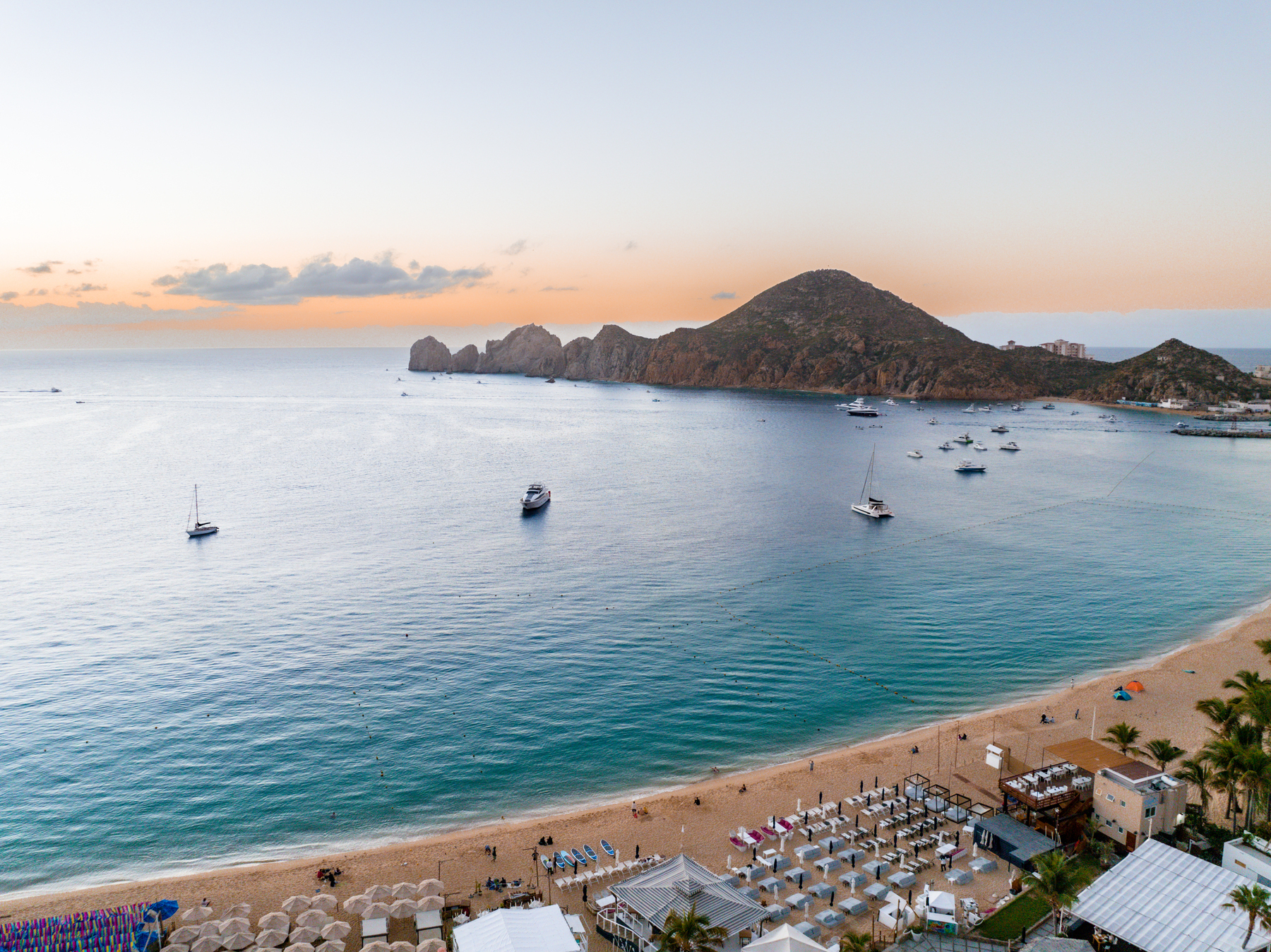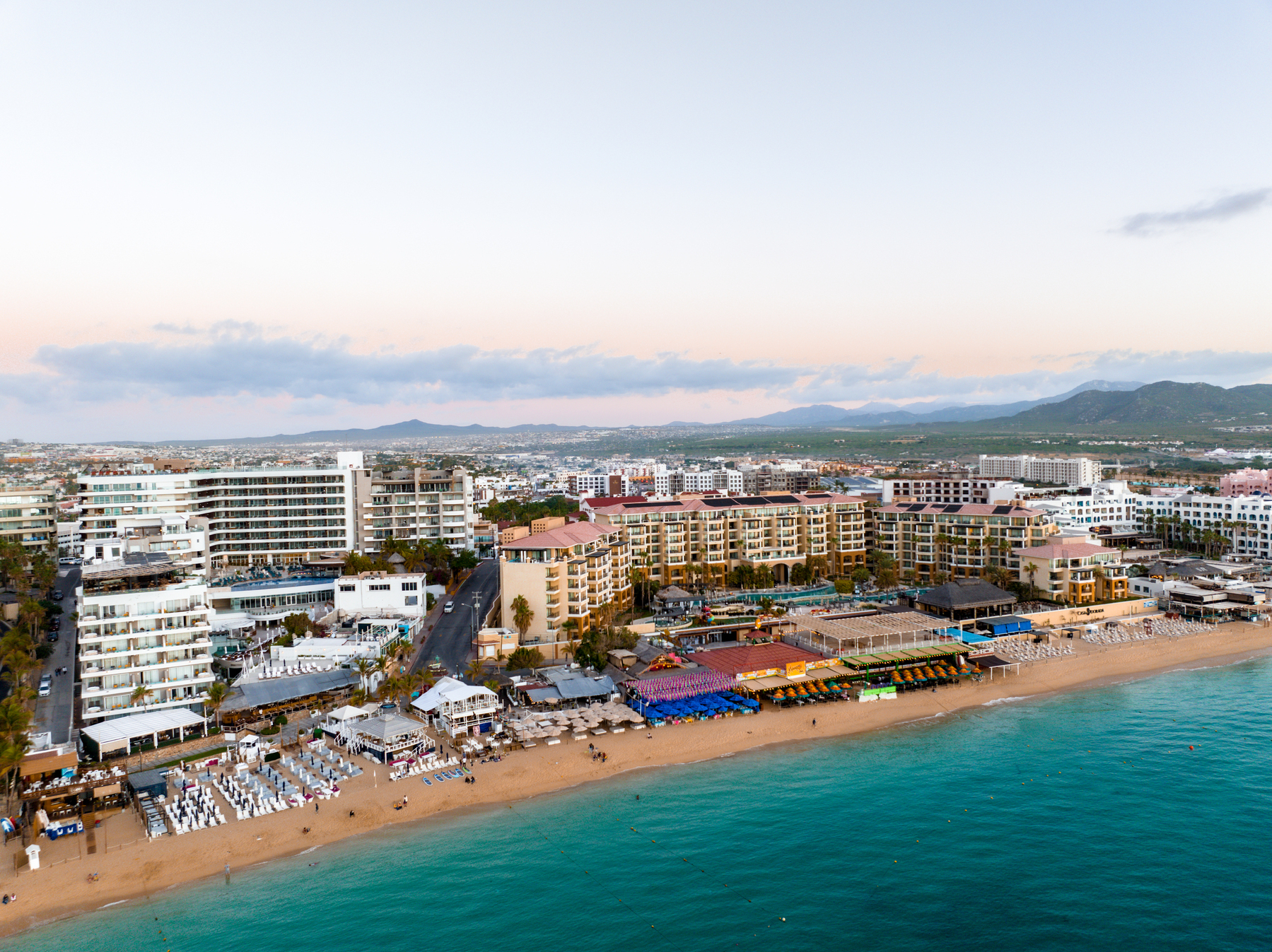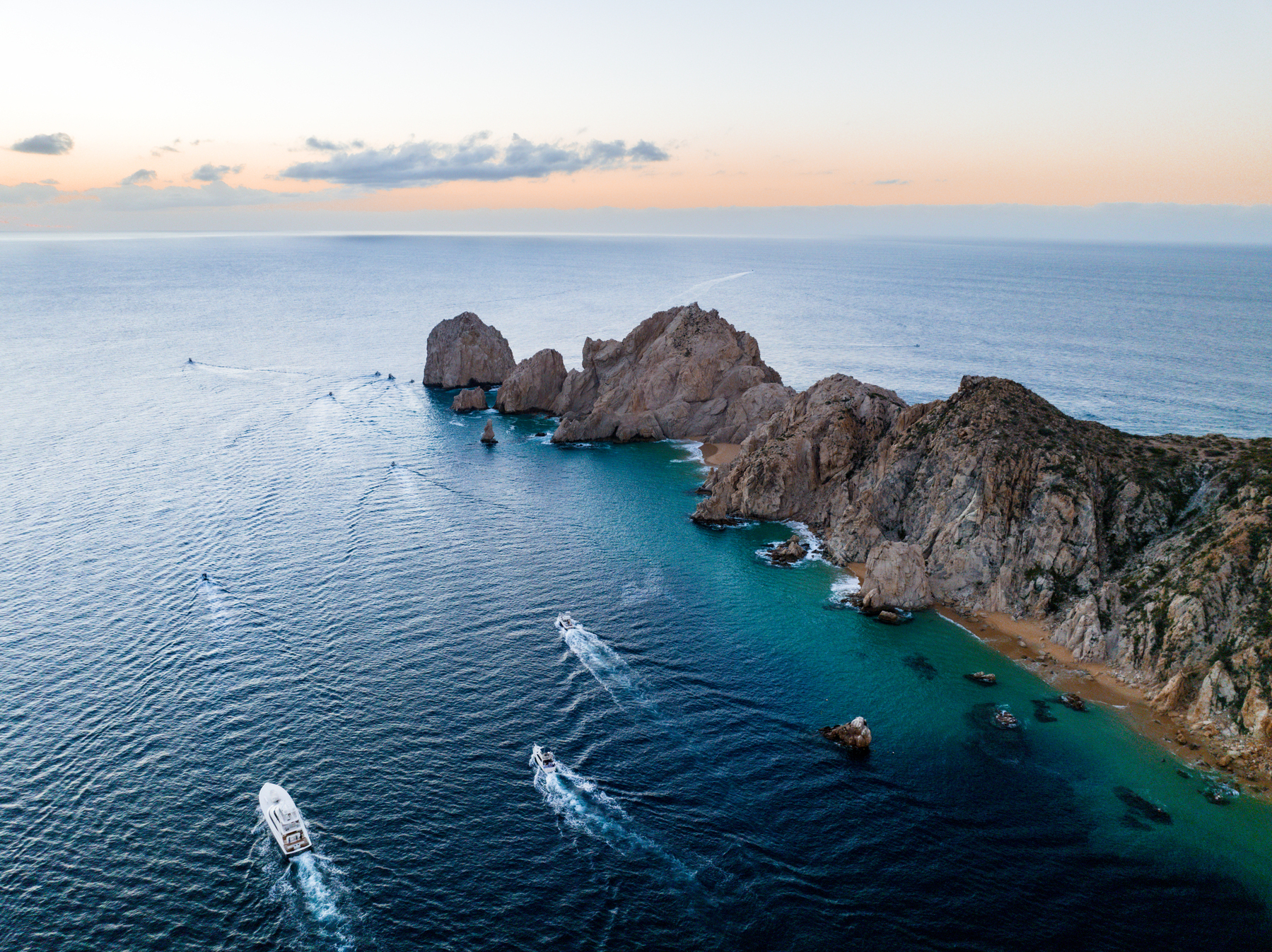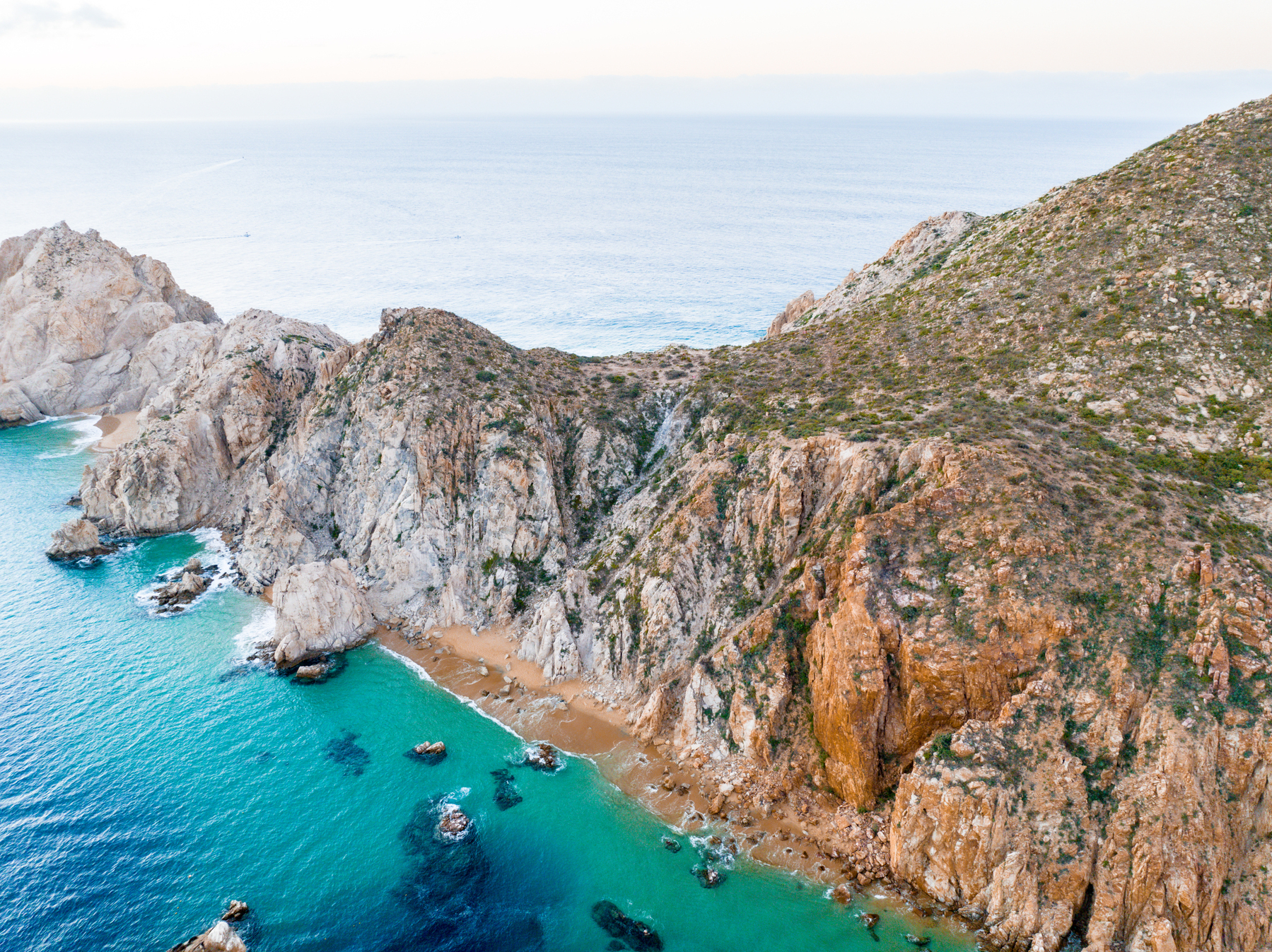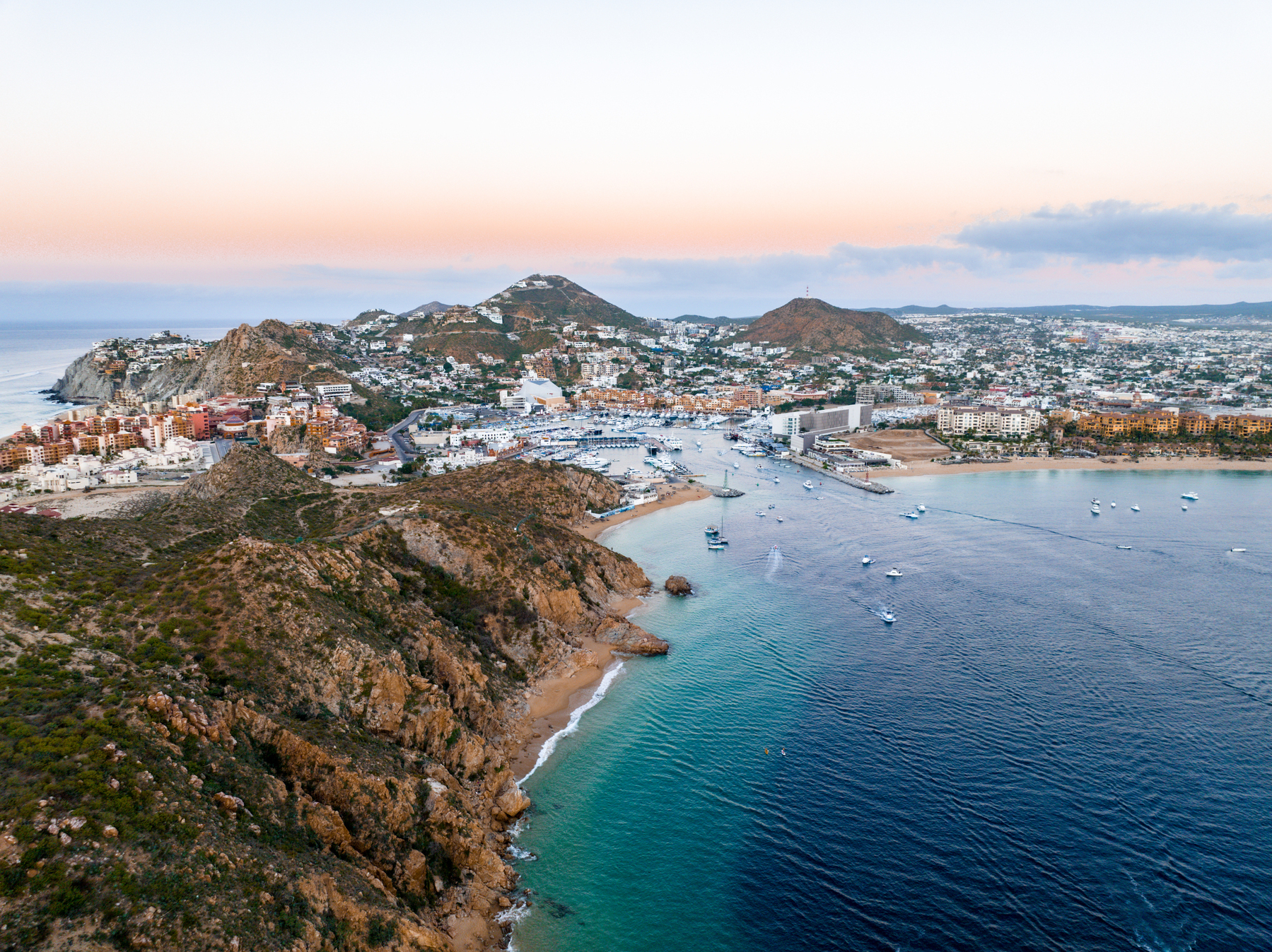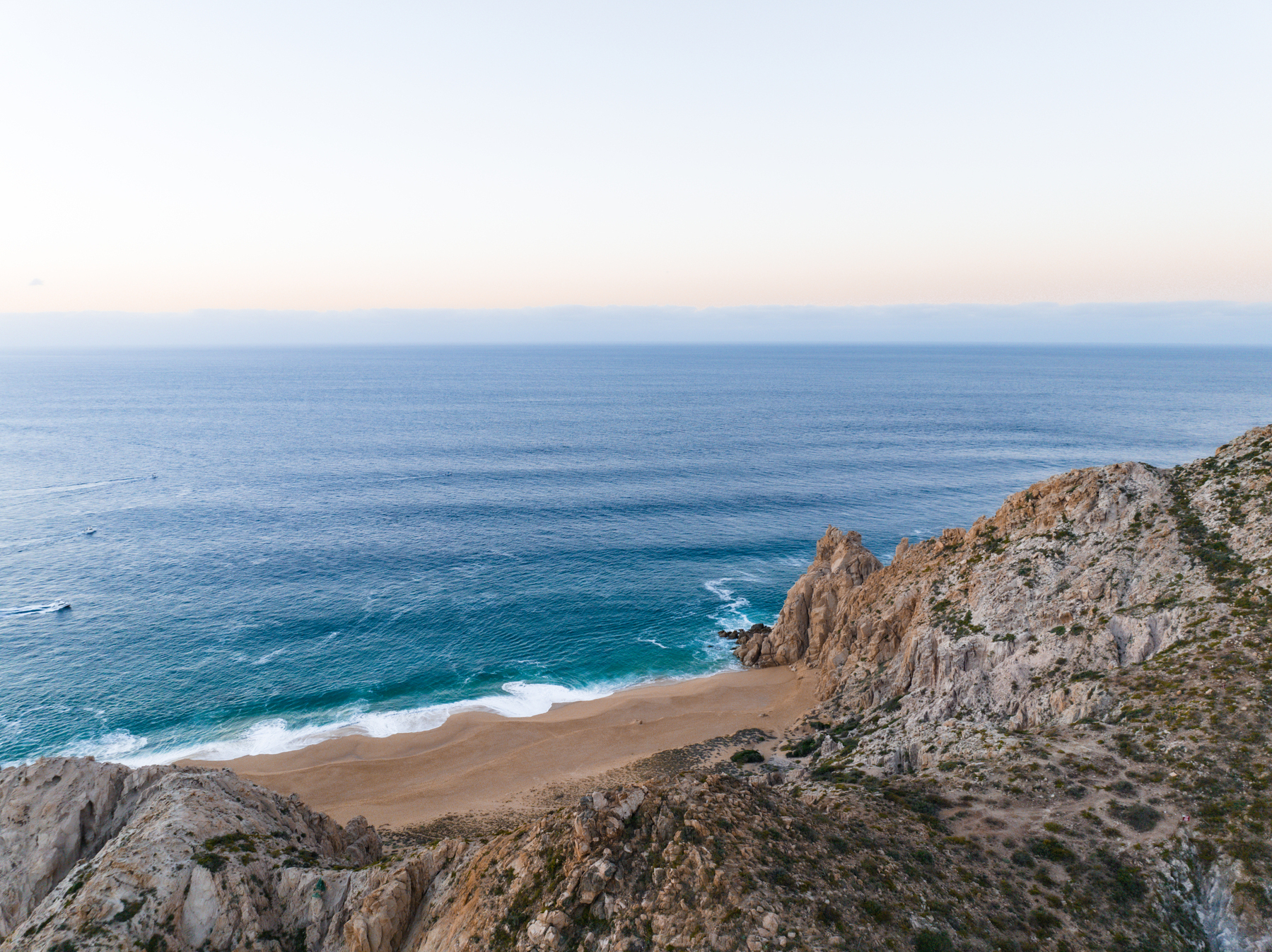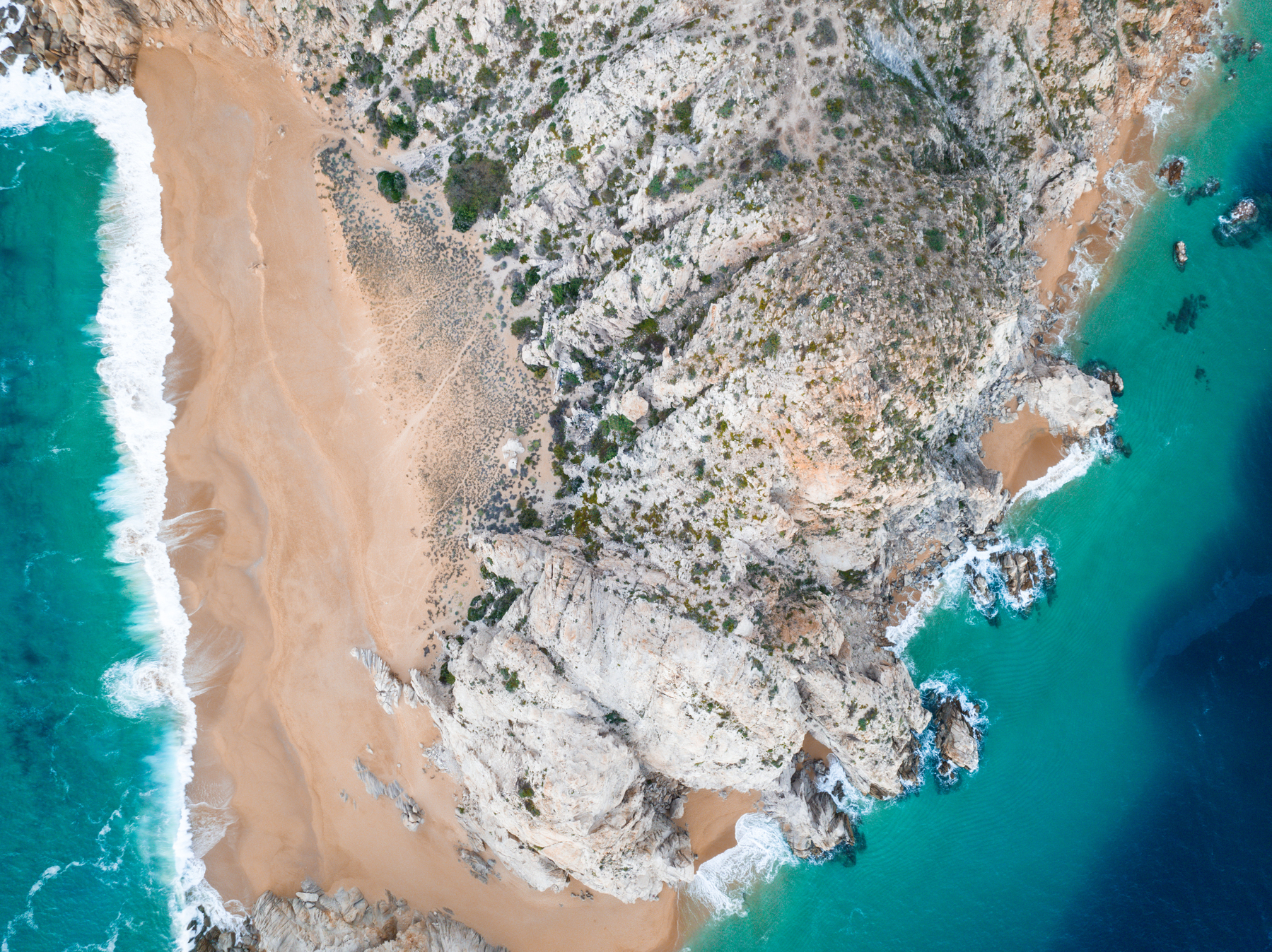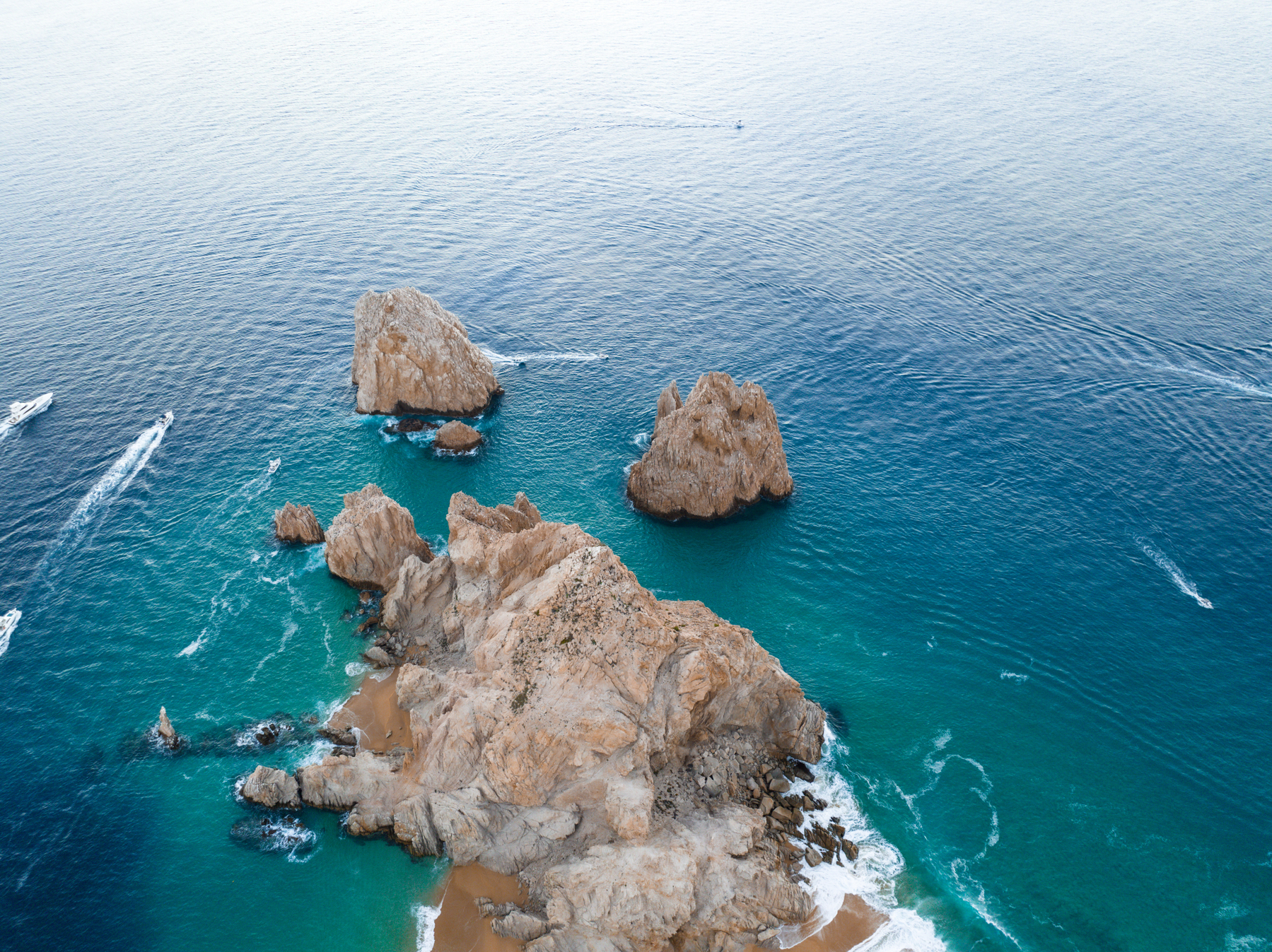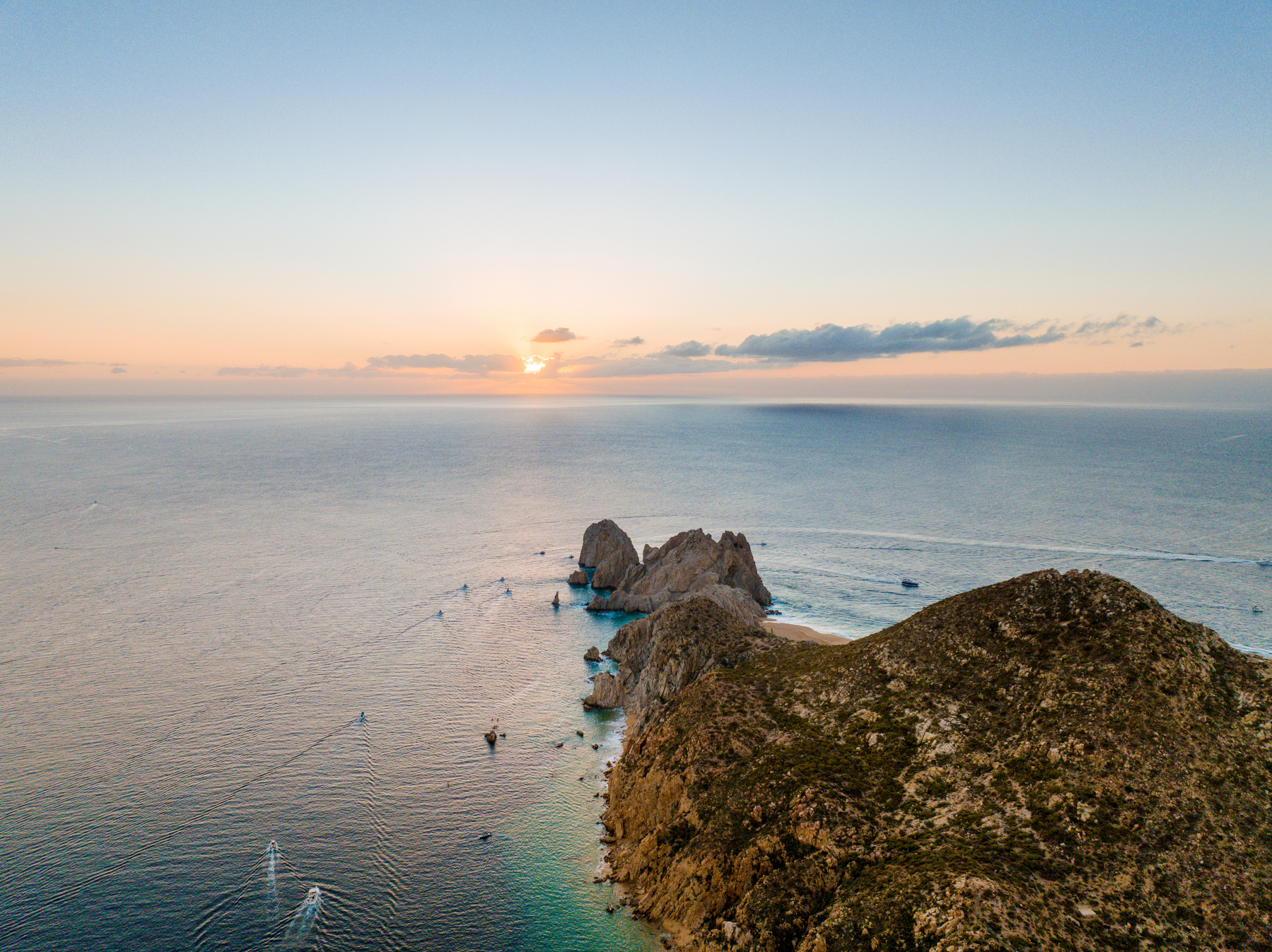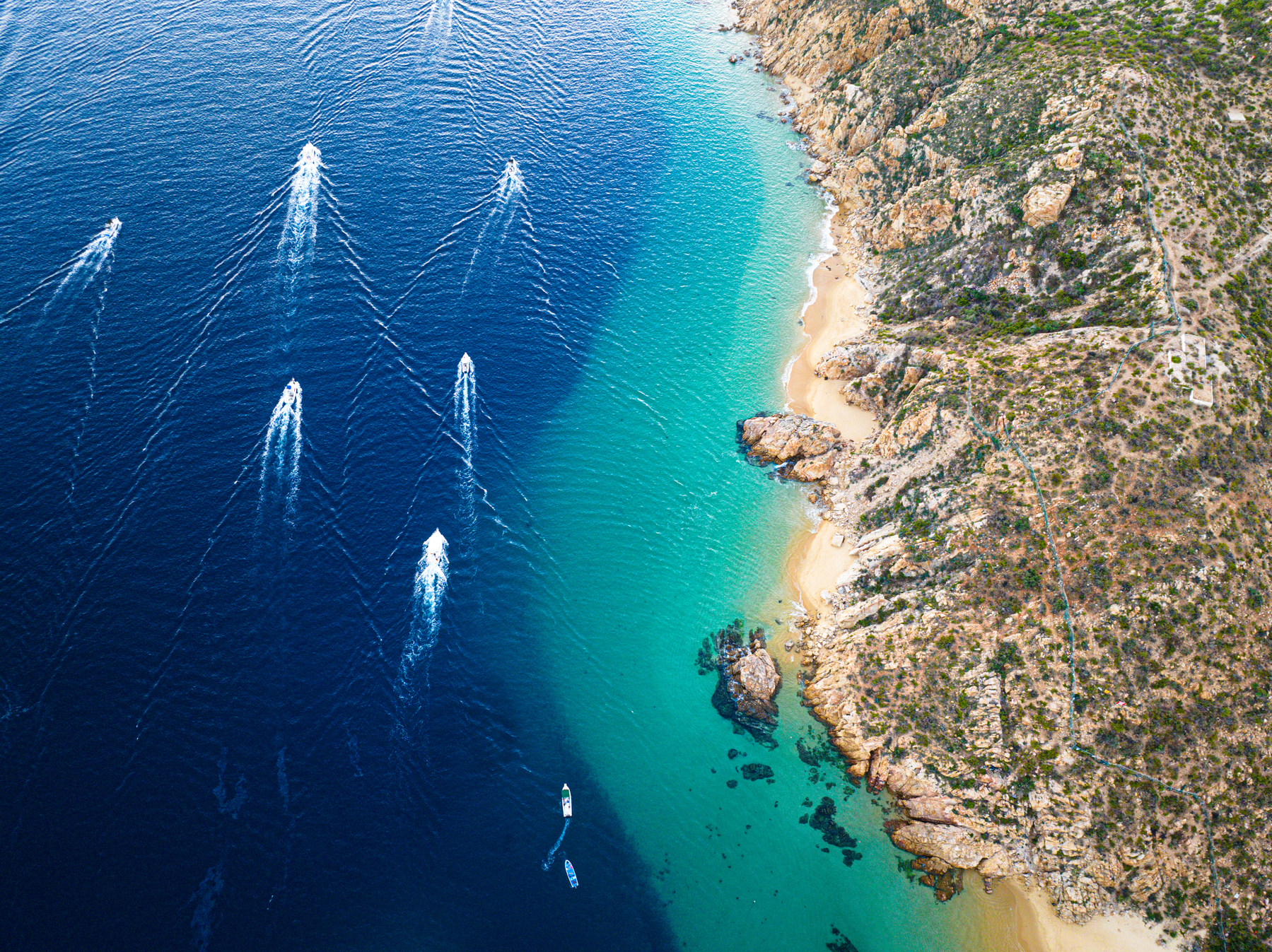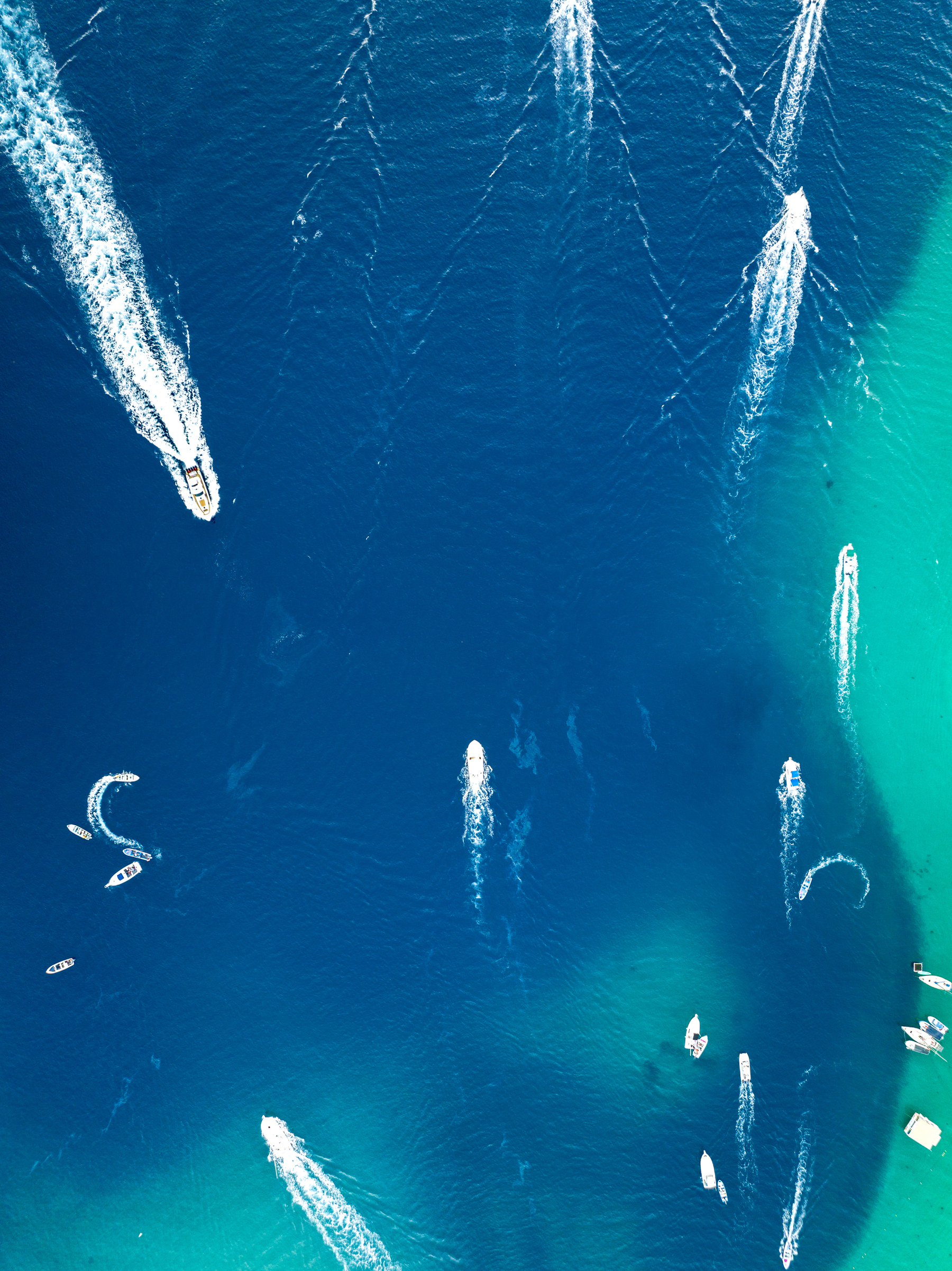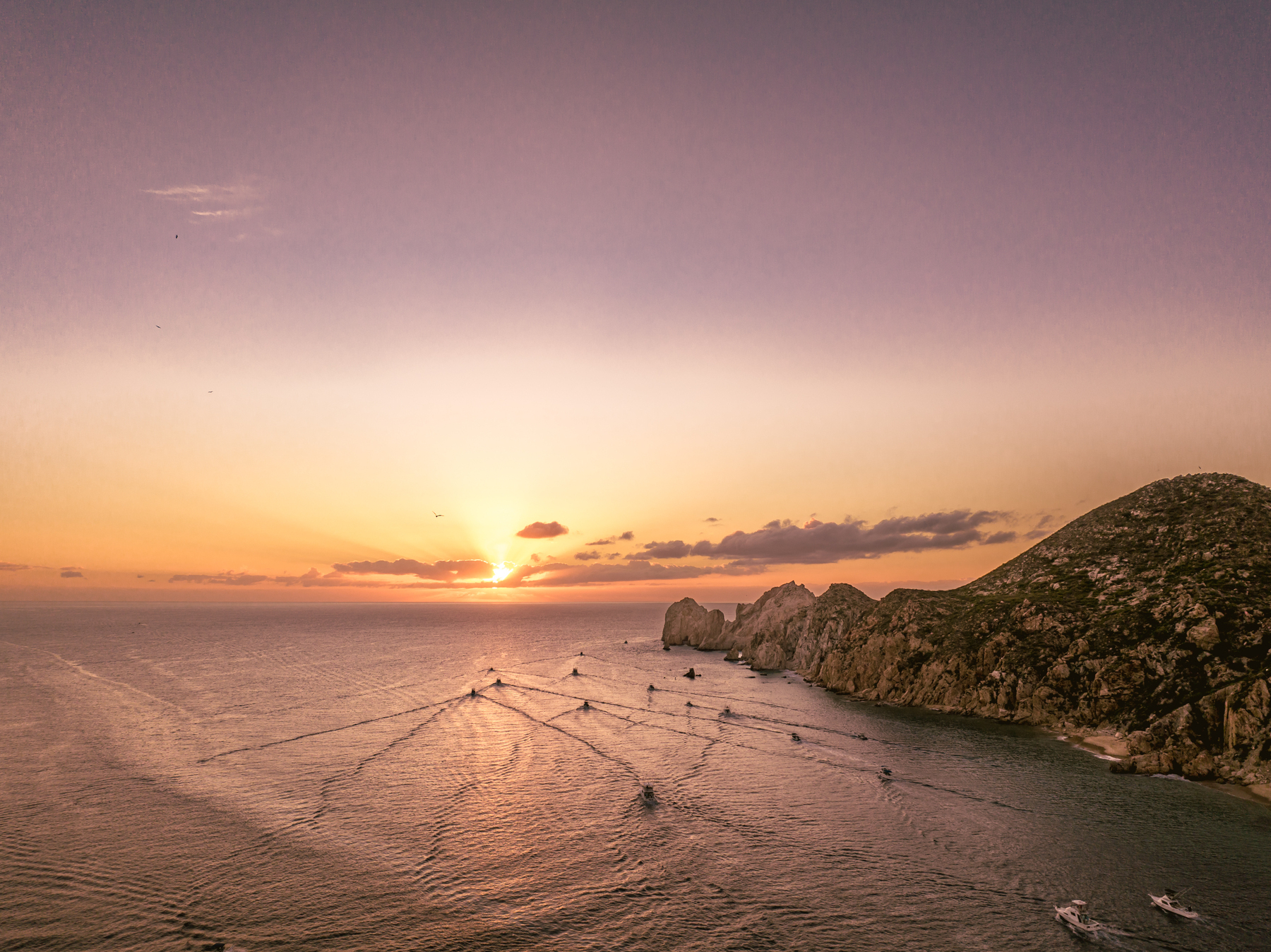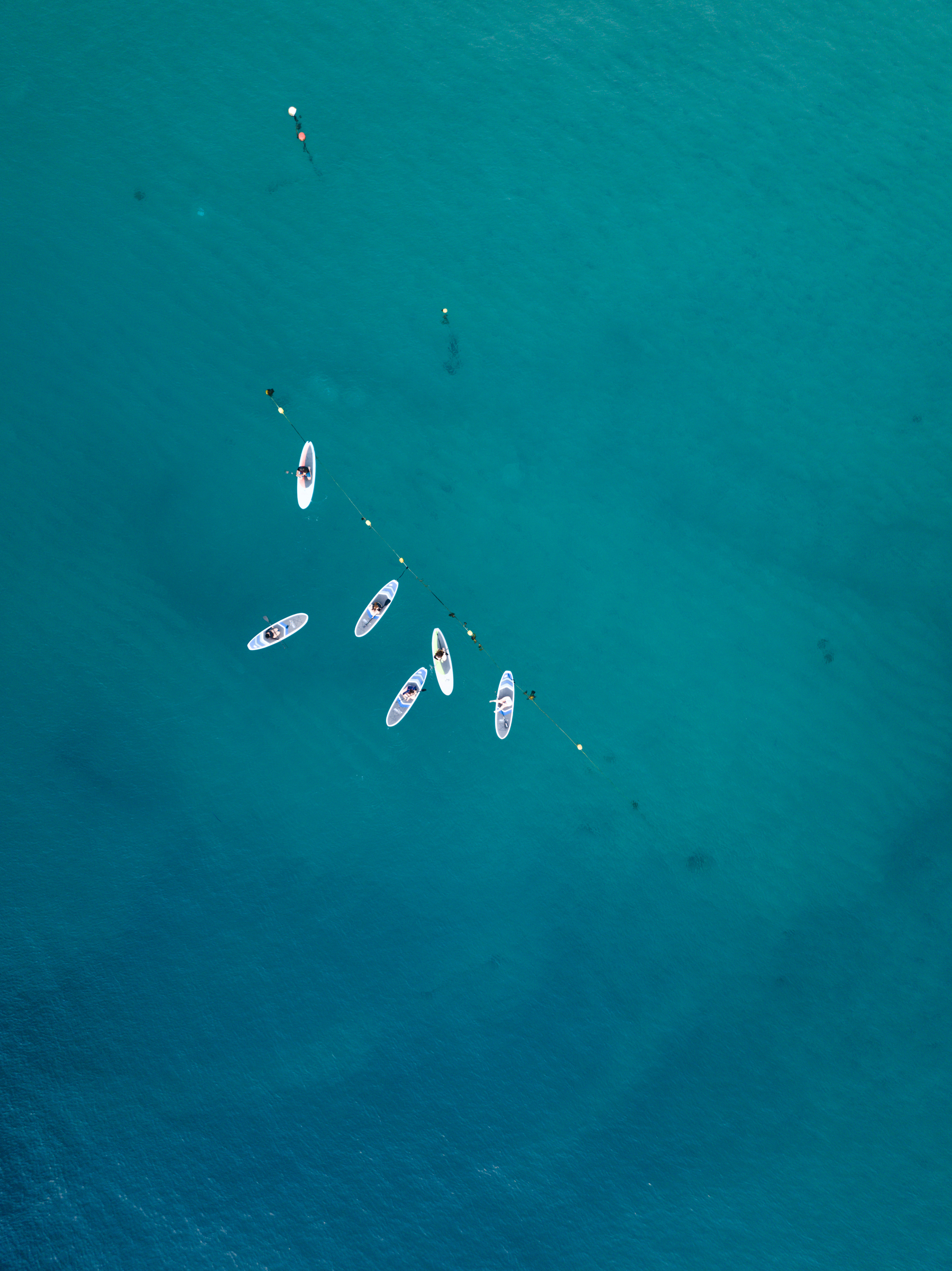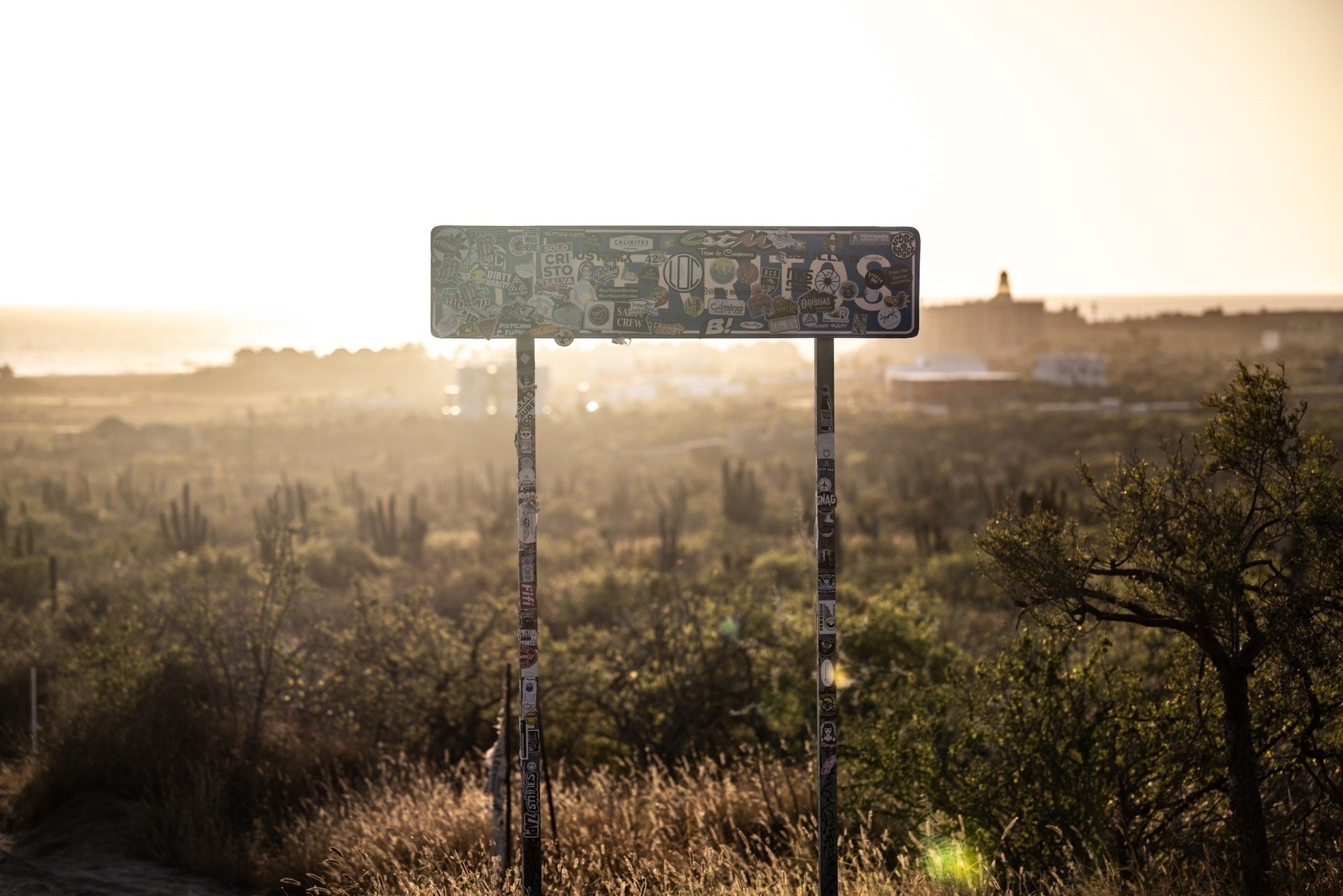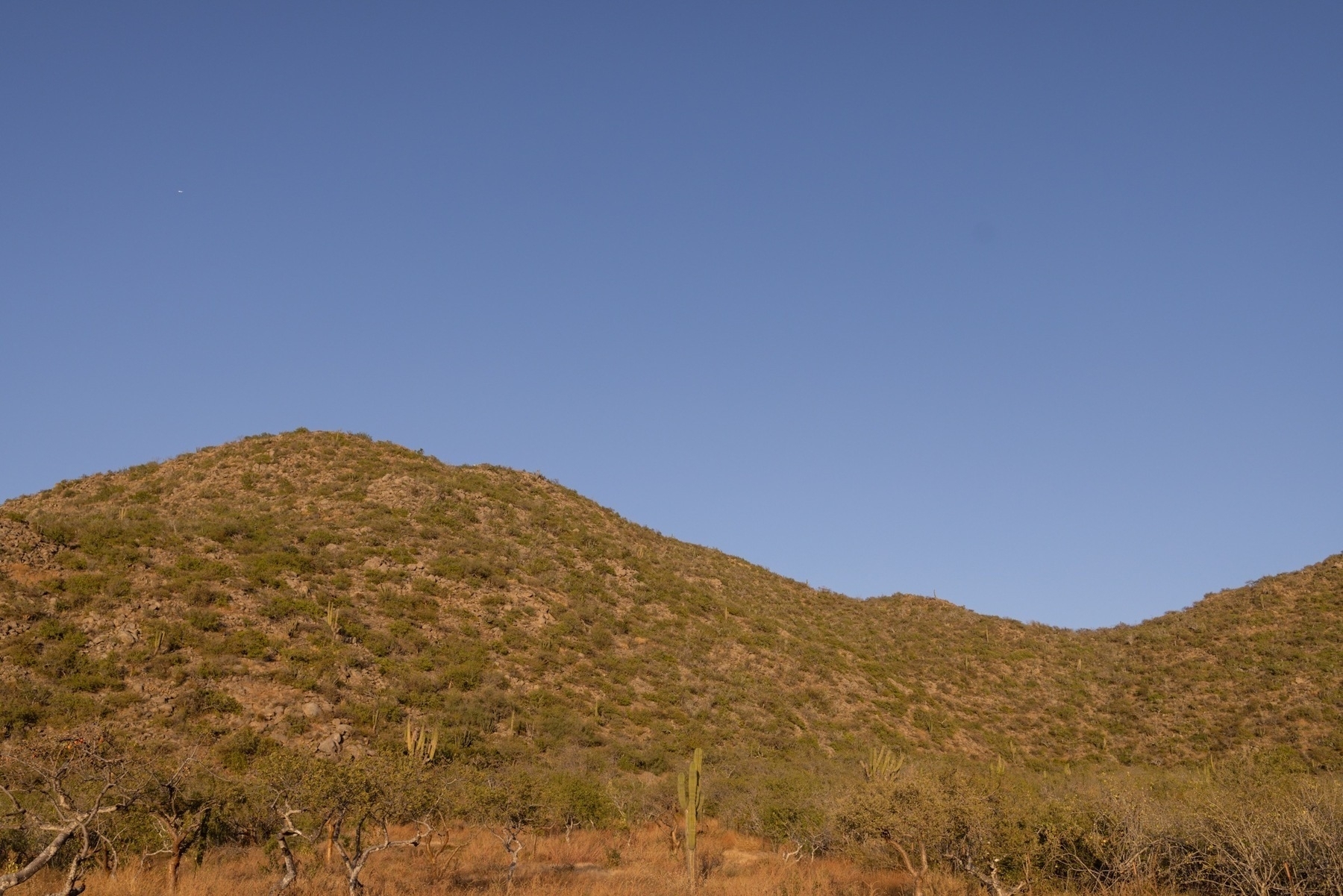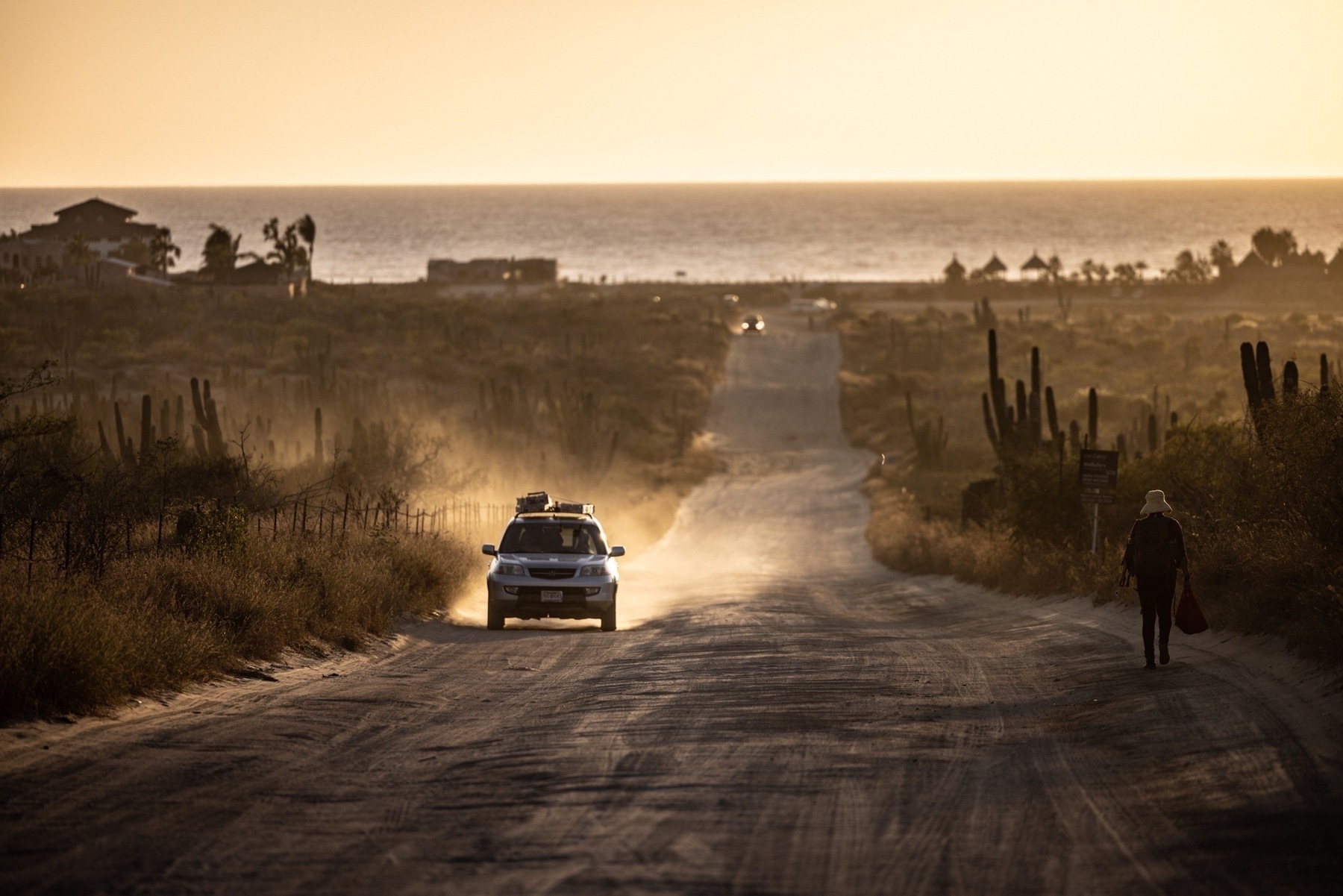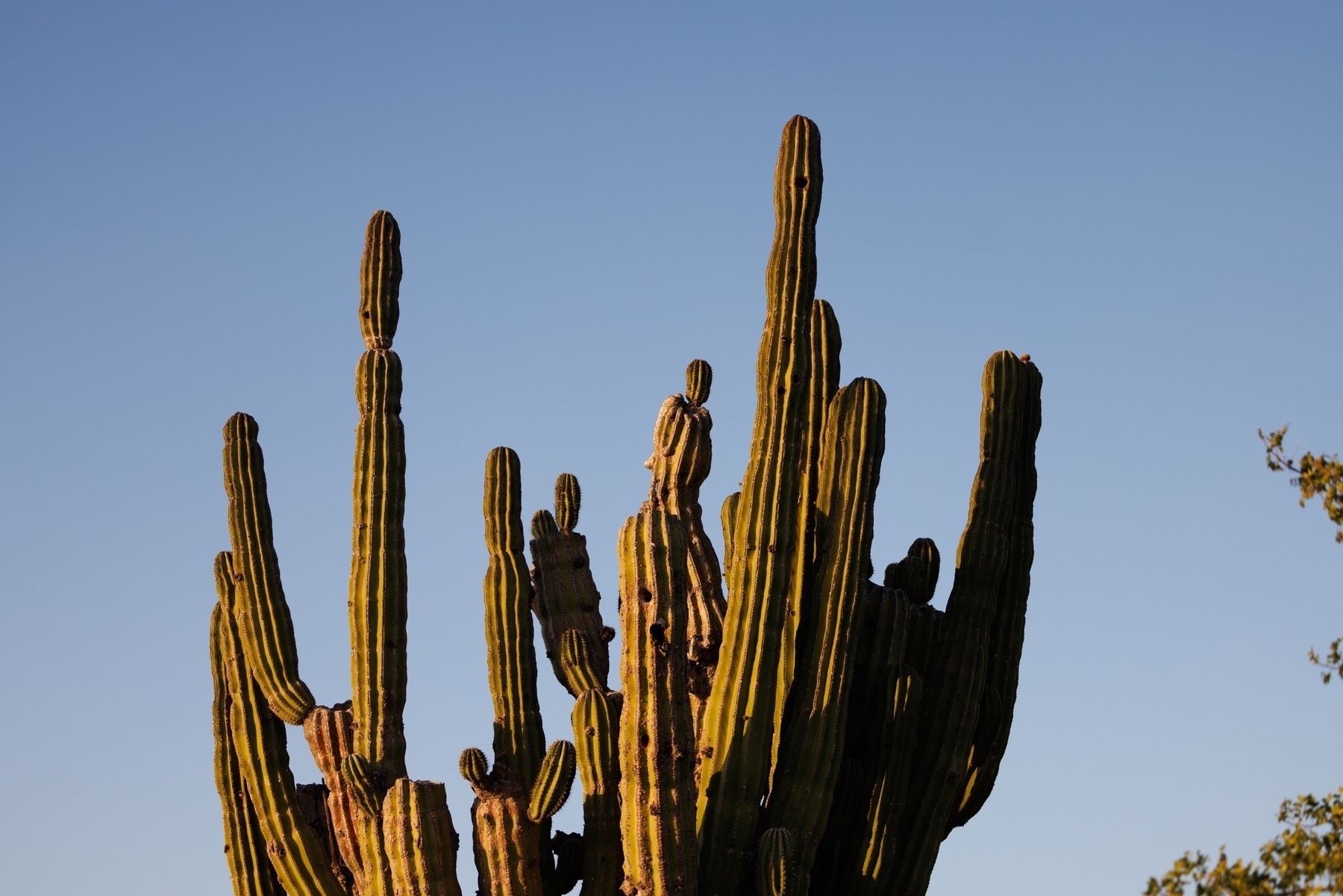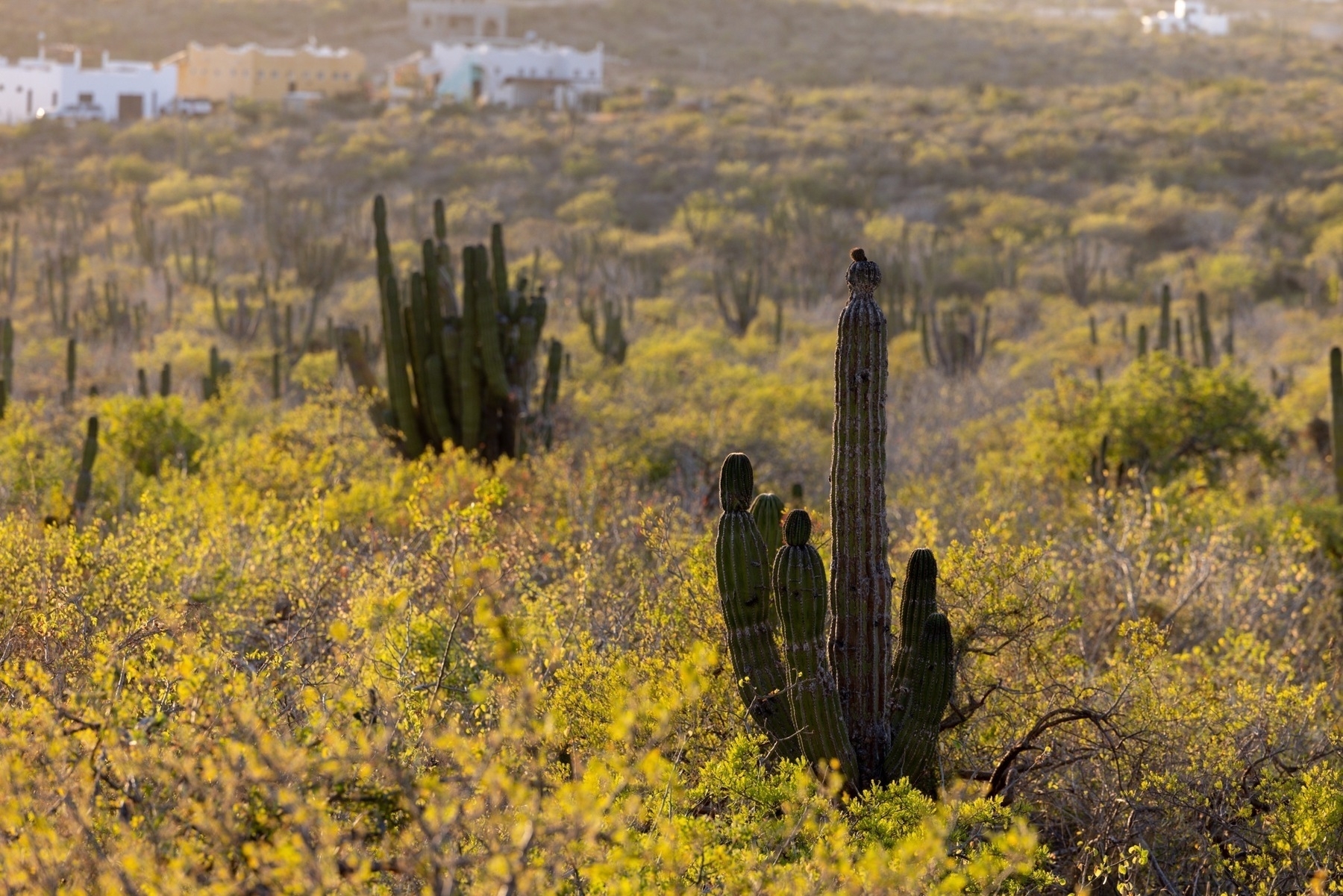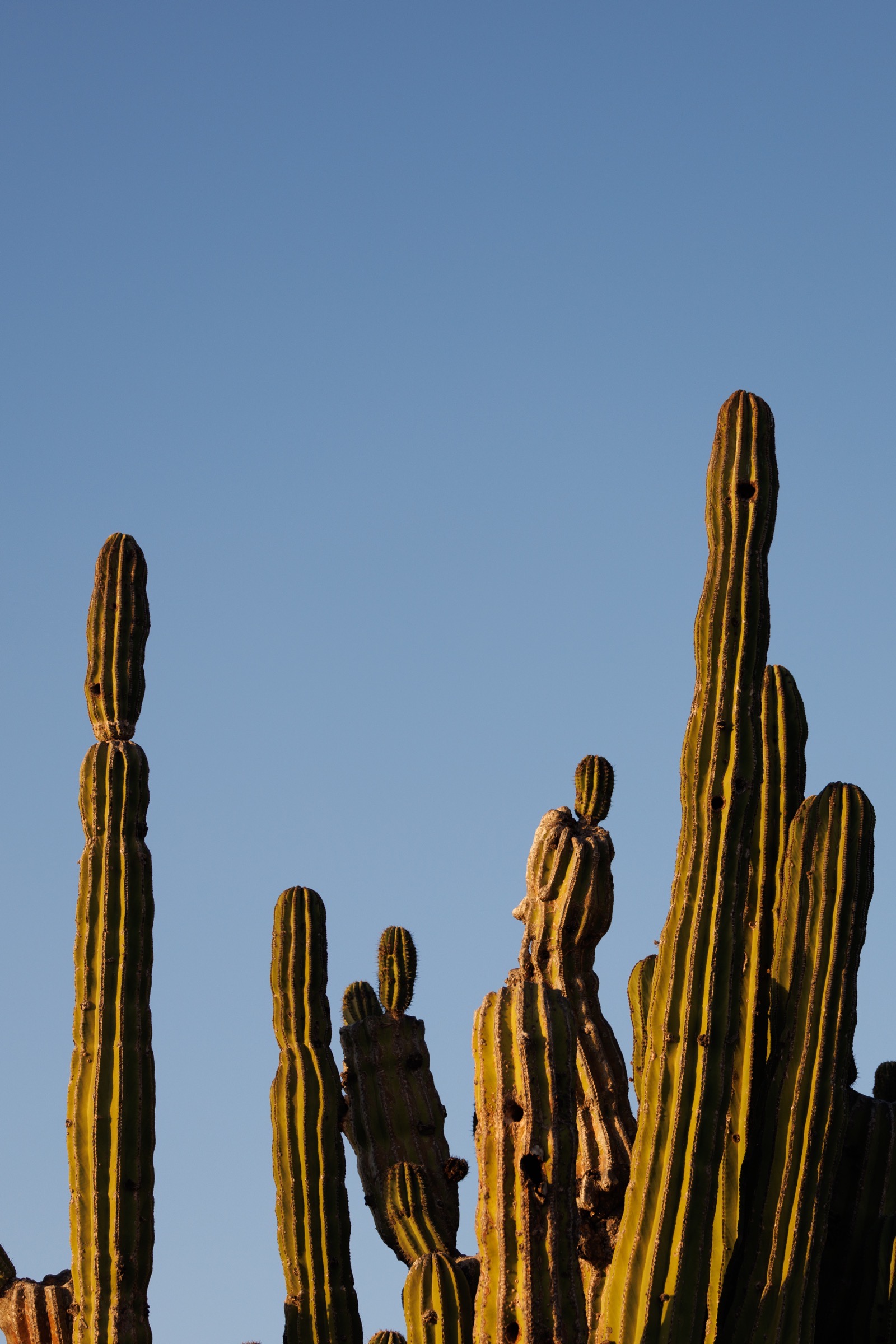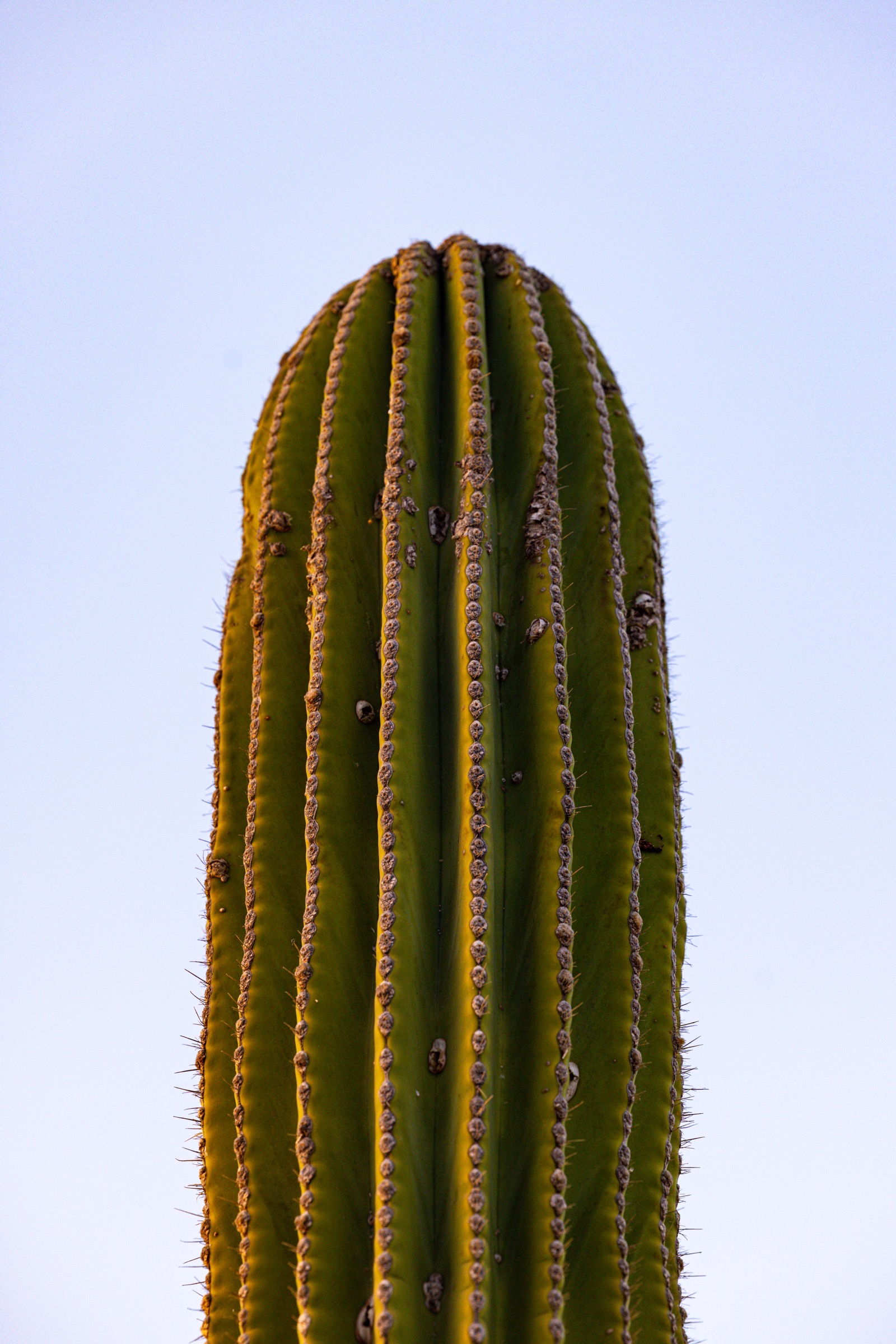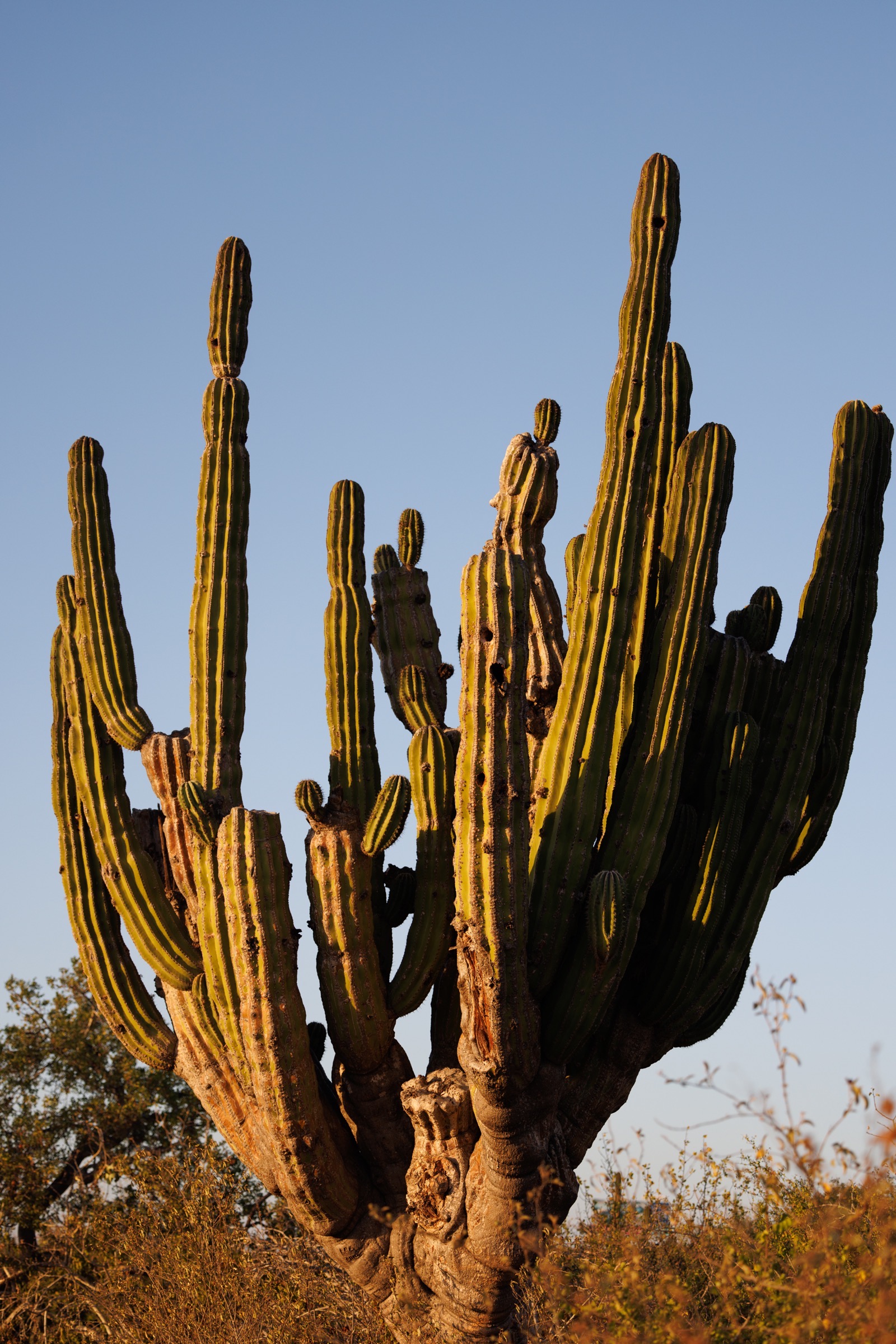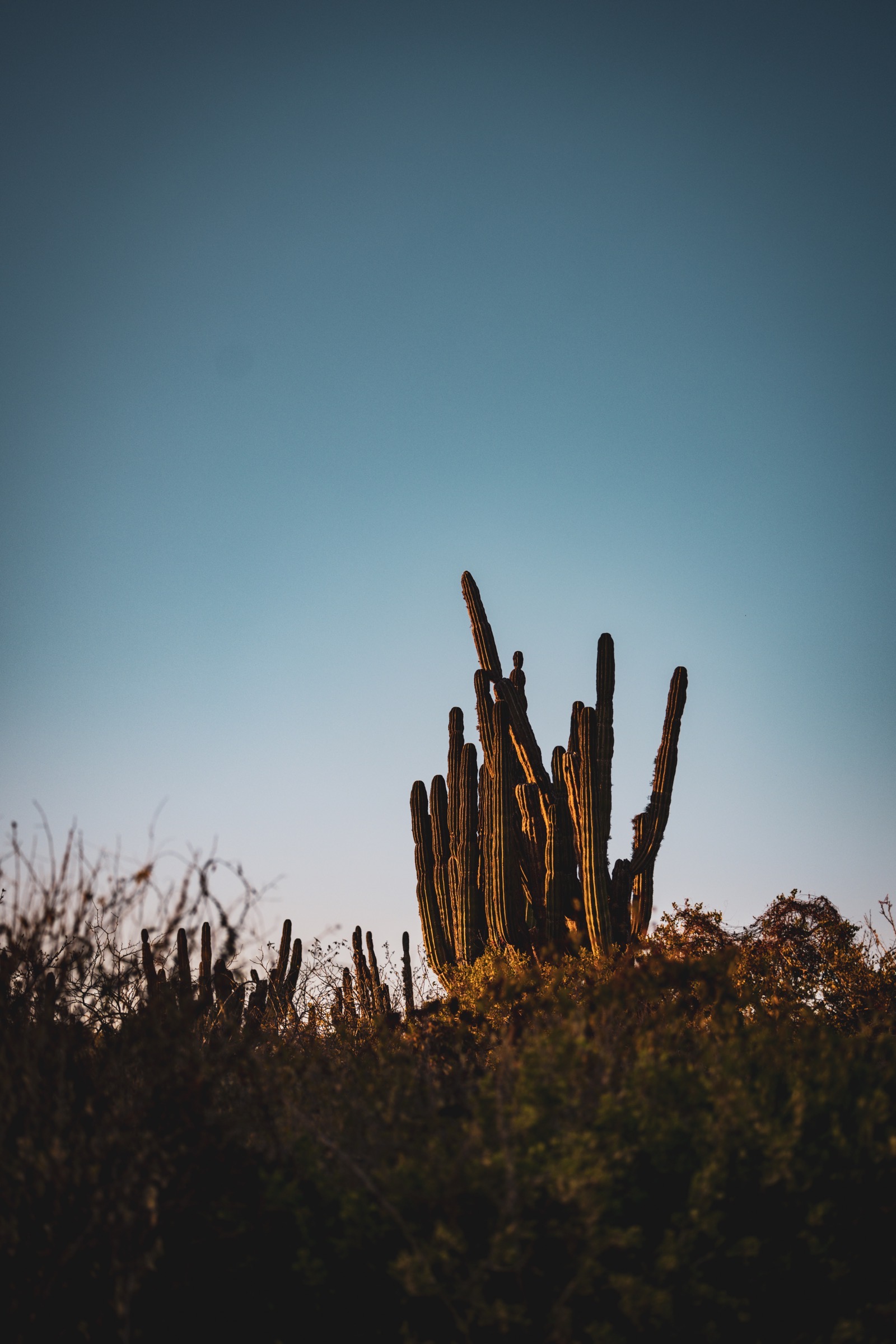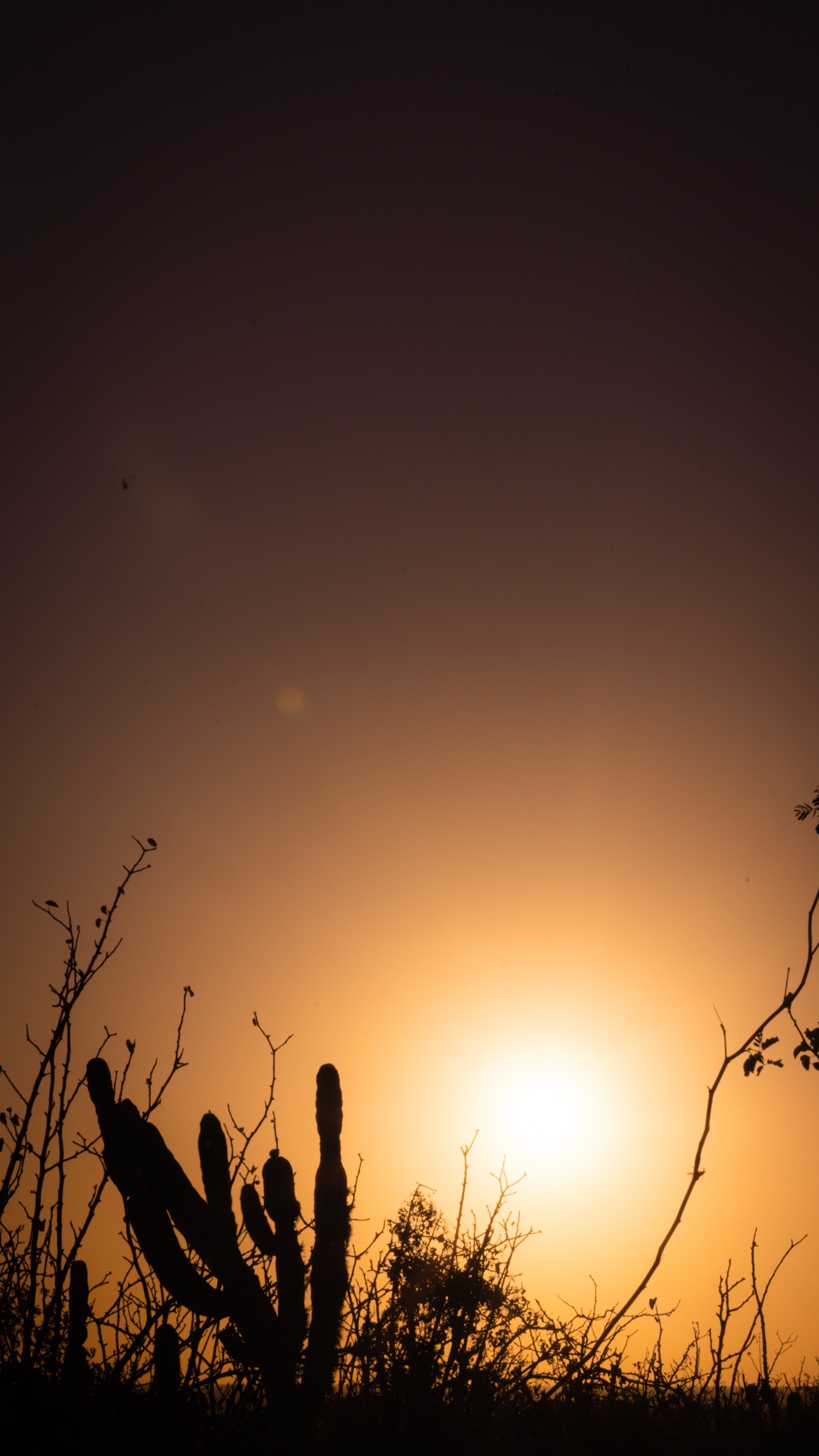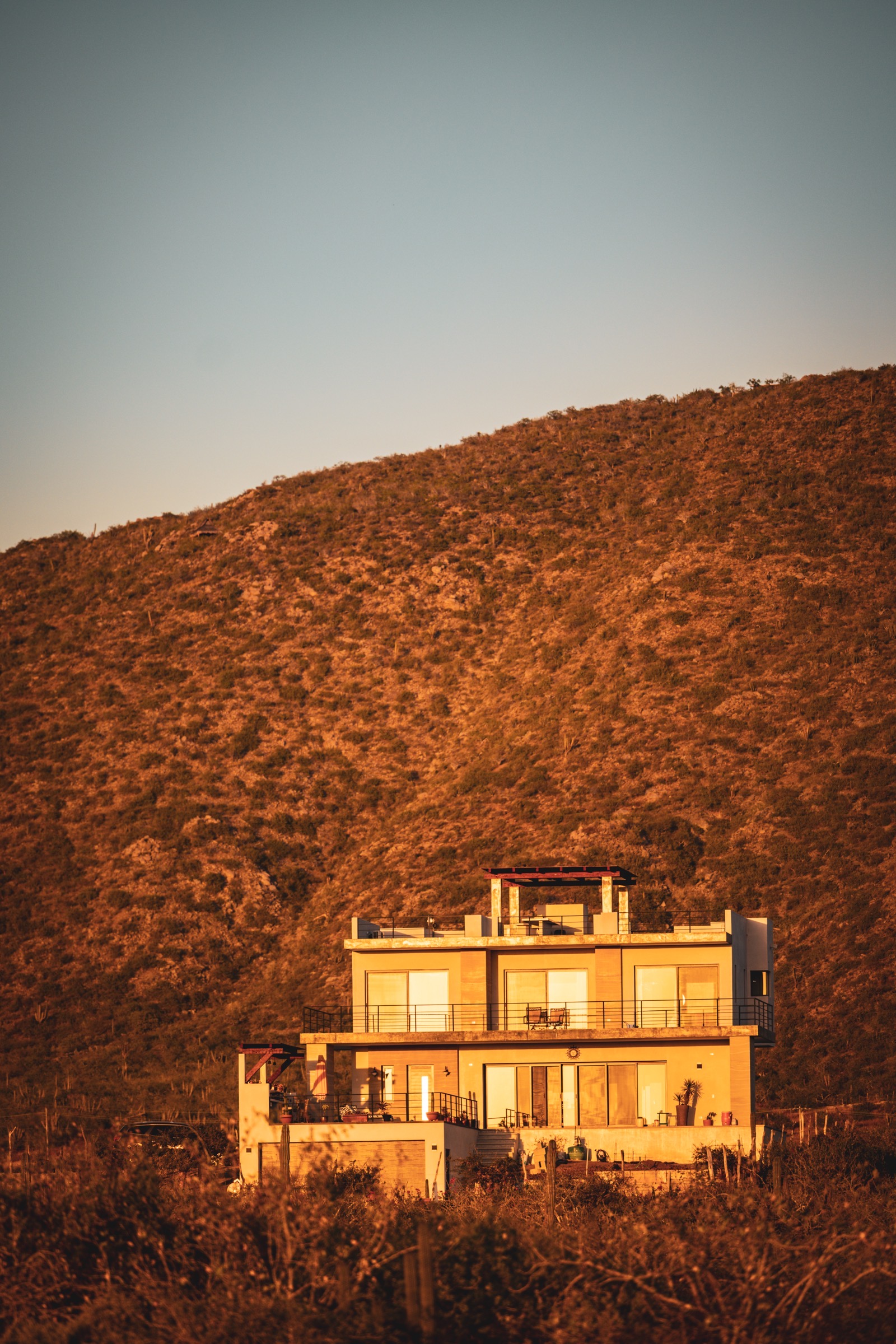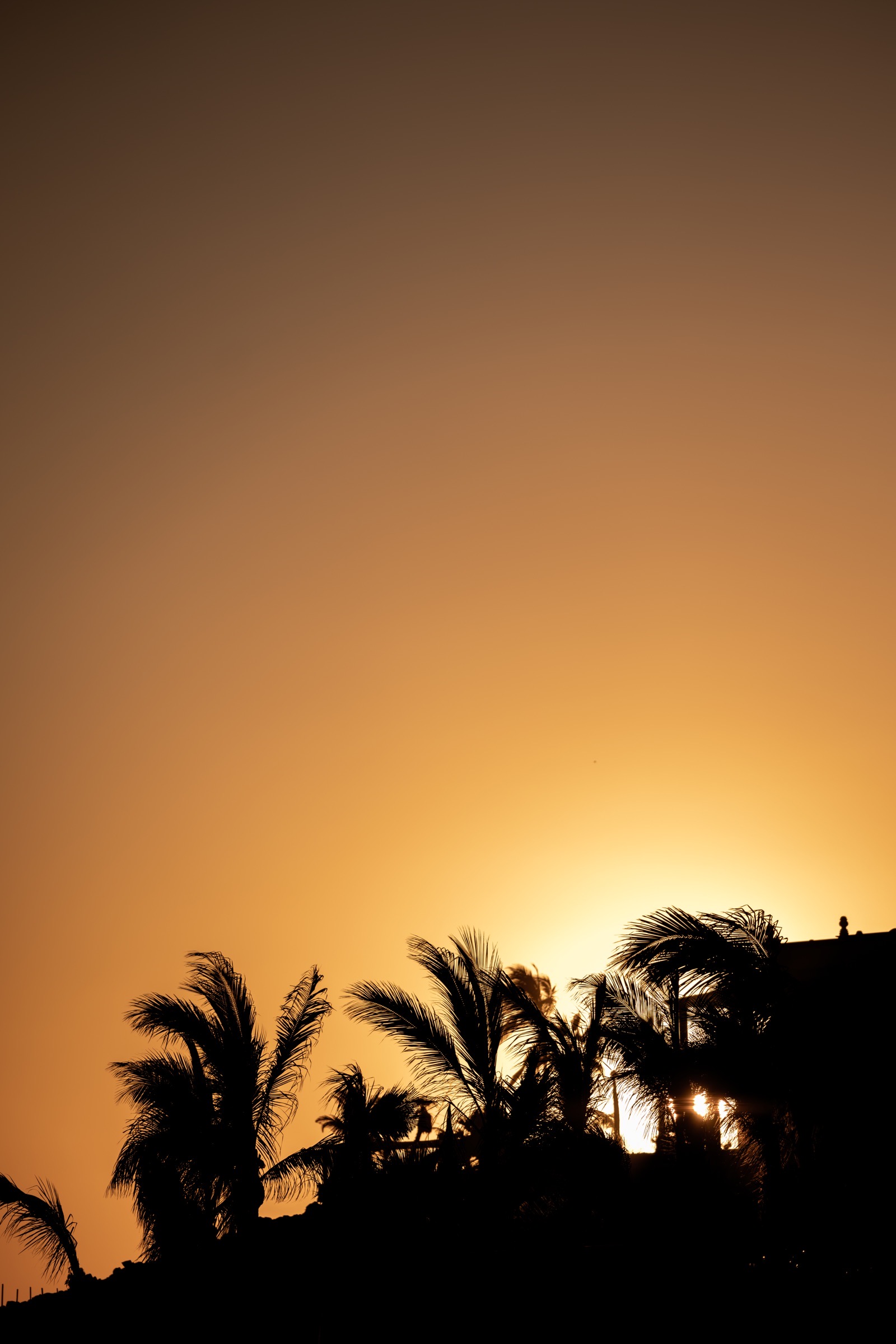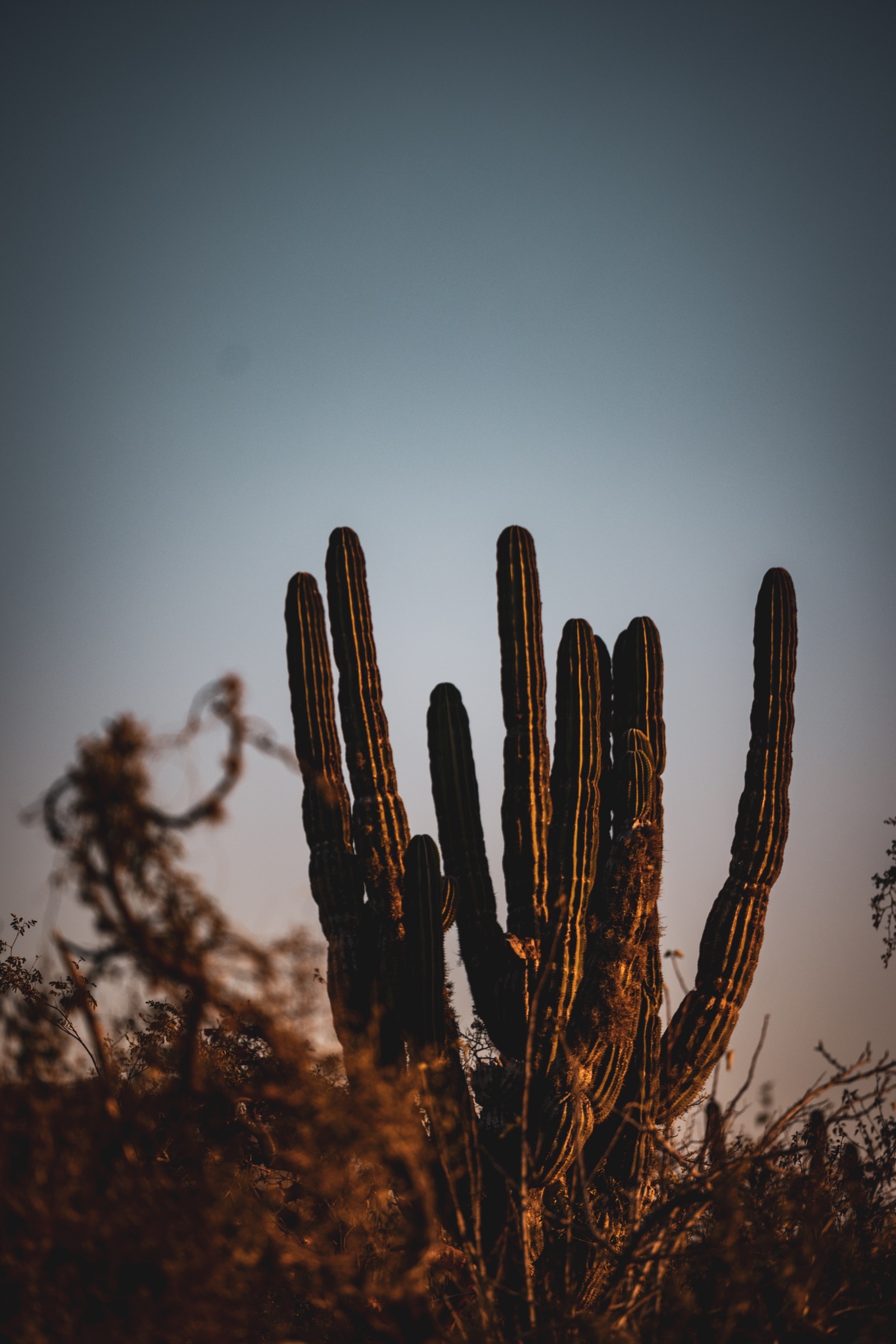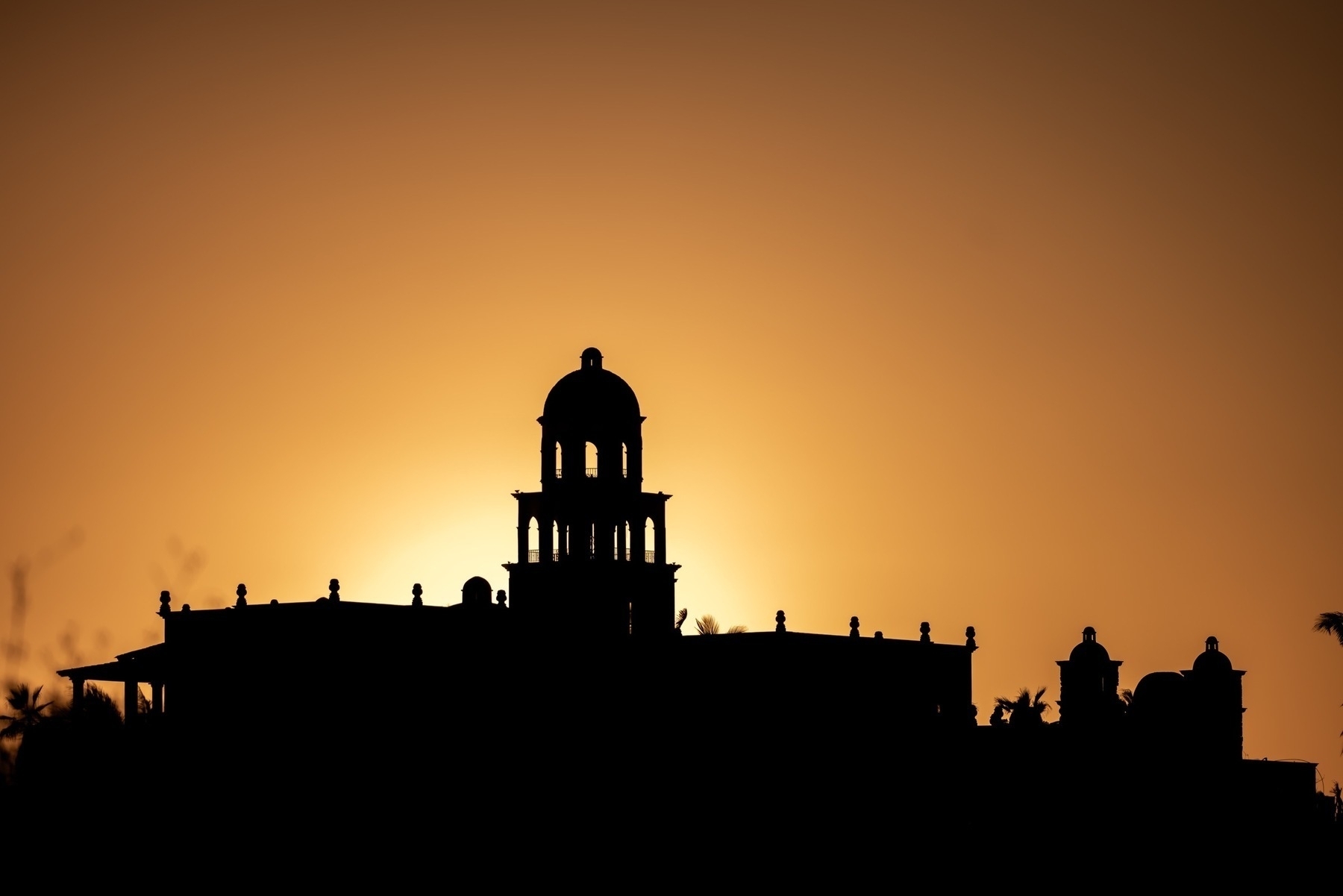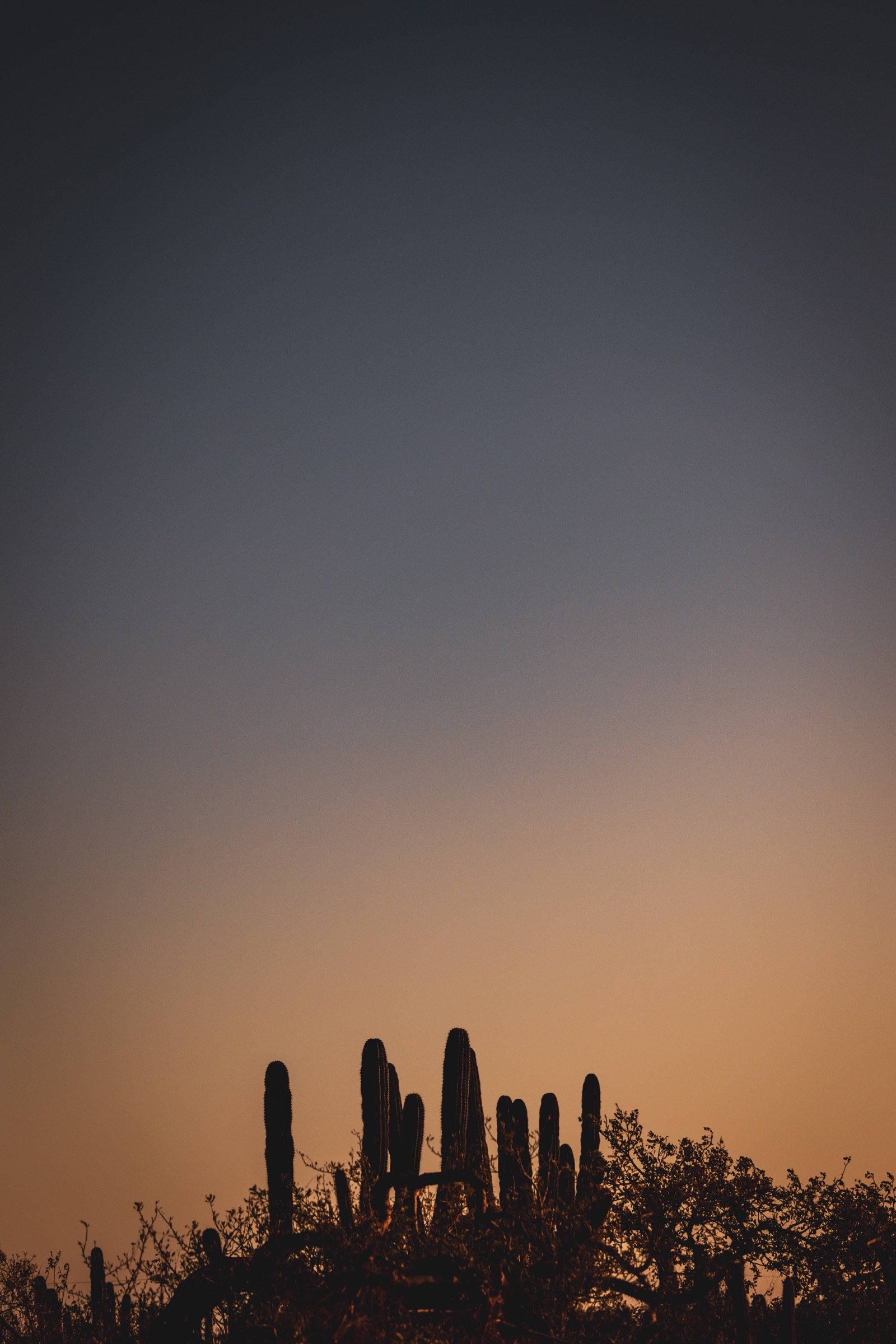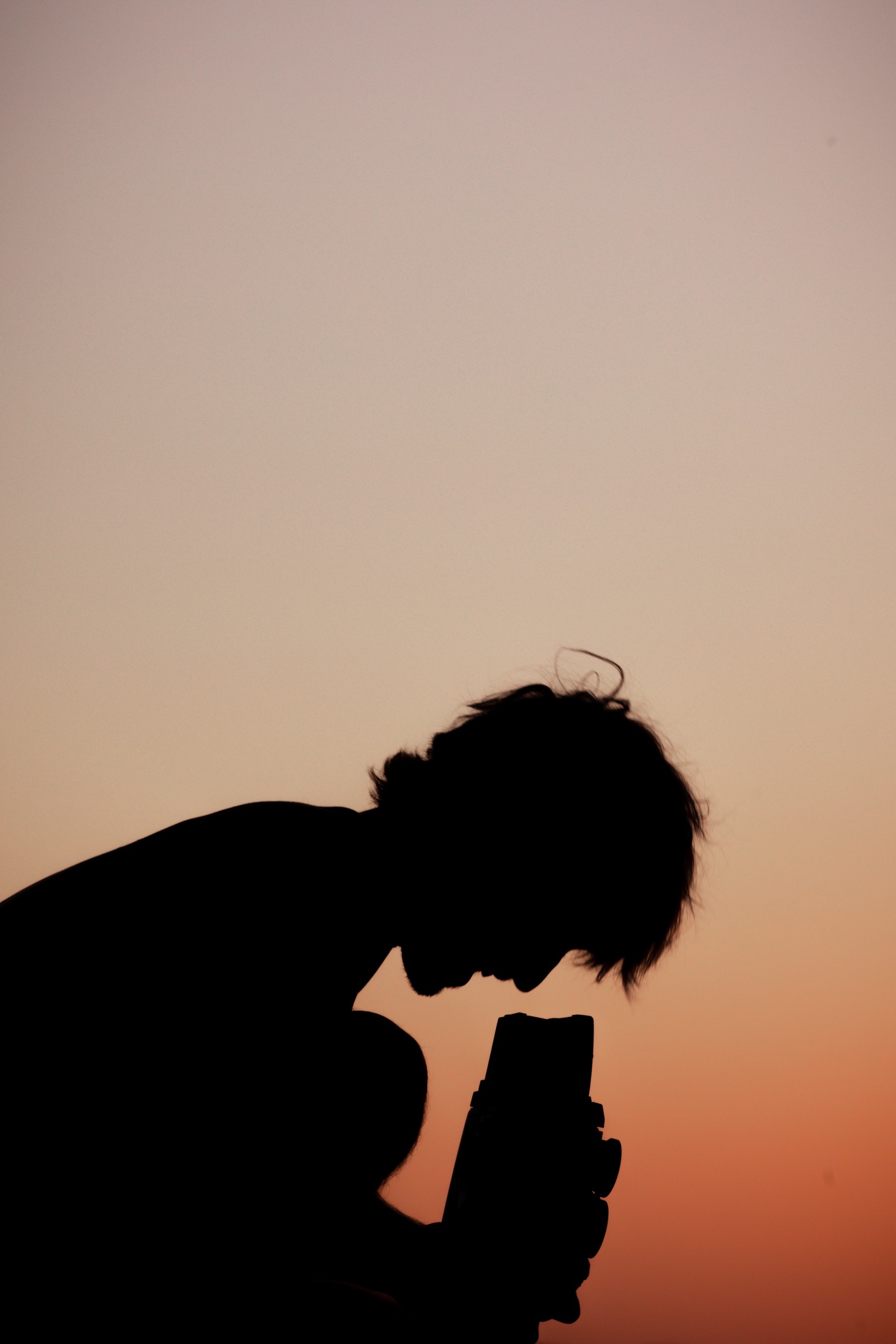Photography
Withers in Mexico.
I found an undeveloped roll of film from our time in Baja California Sur. Missing Cerritos Beach!
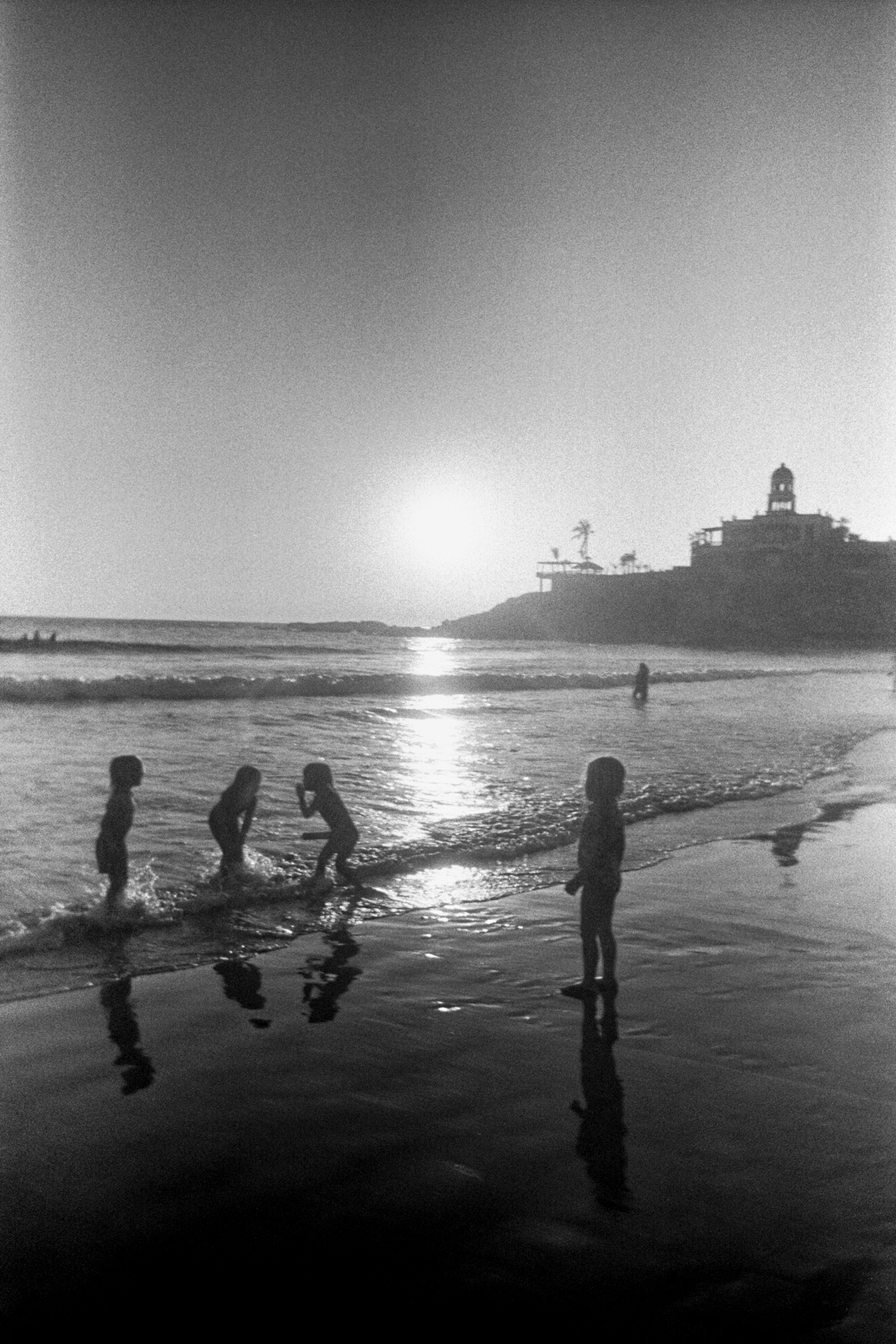
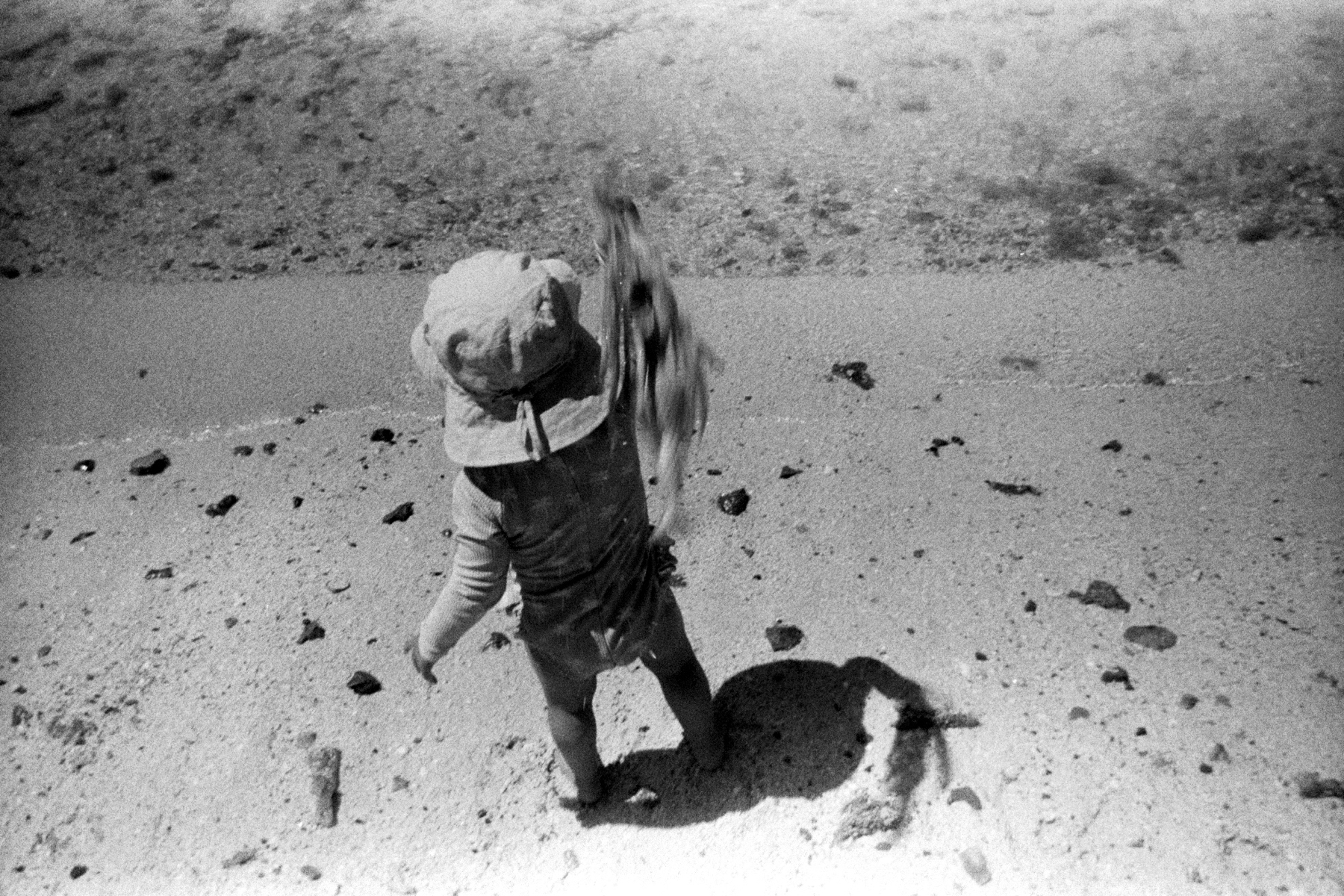
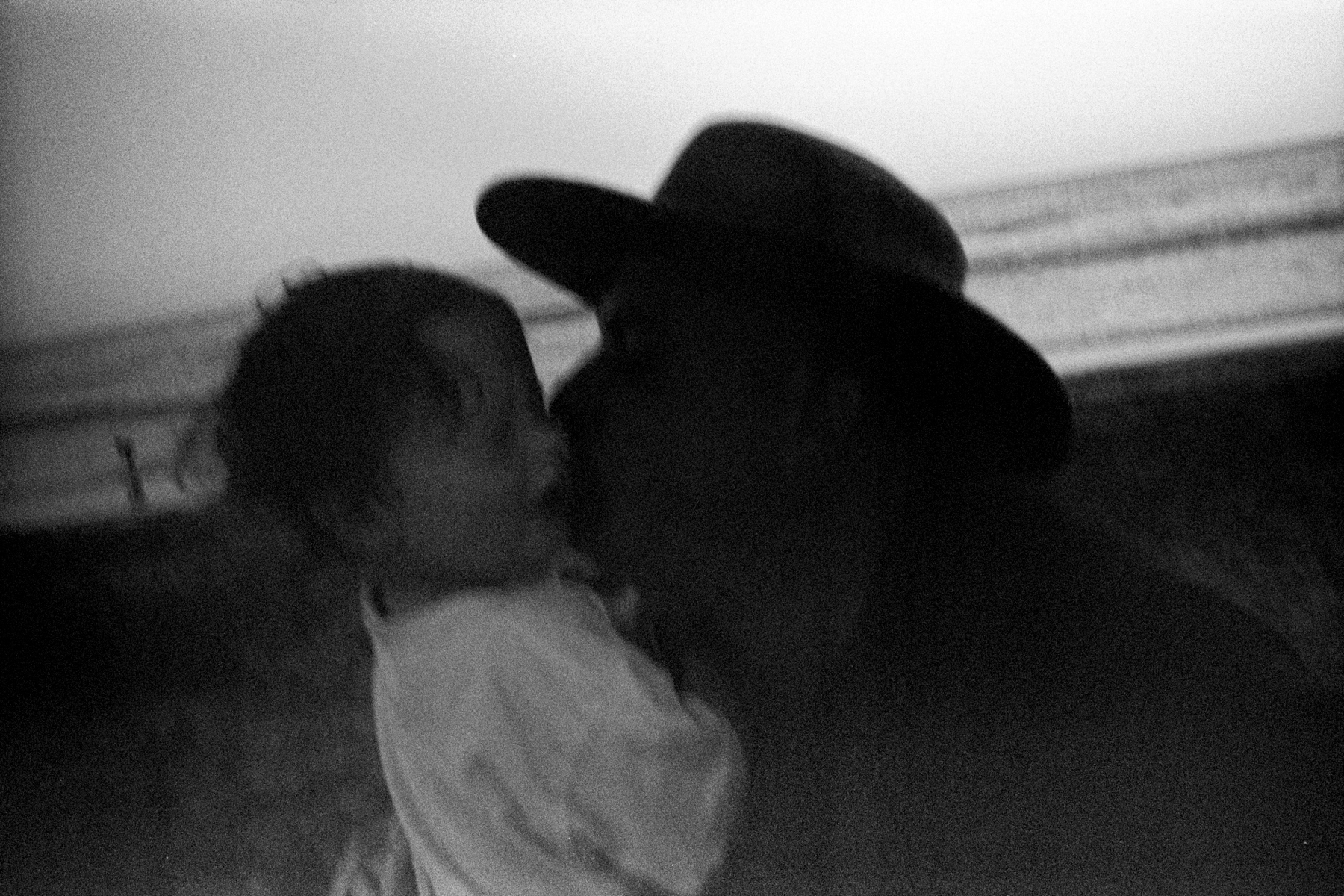
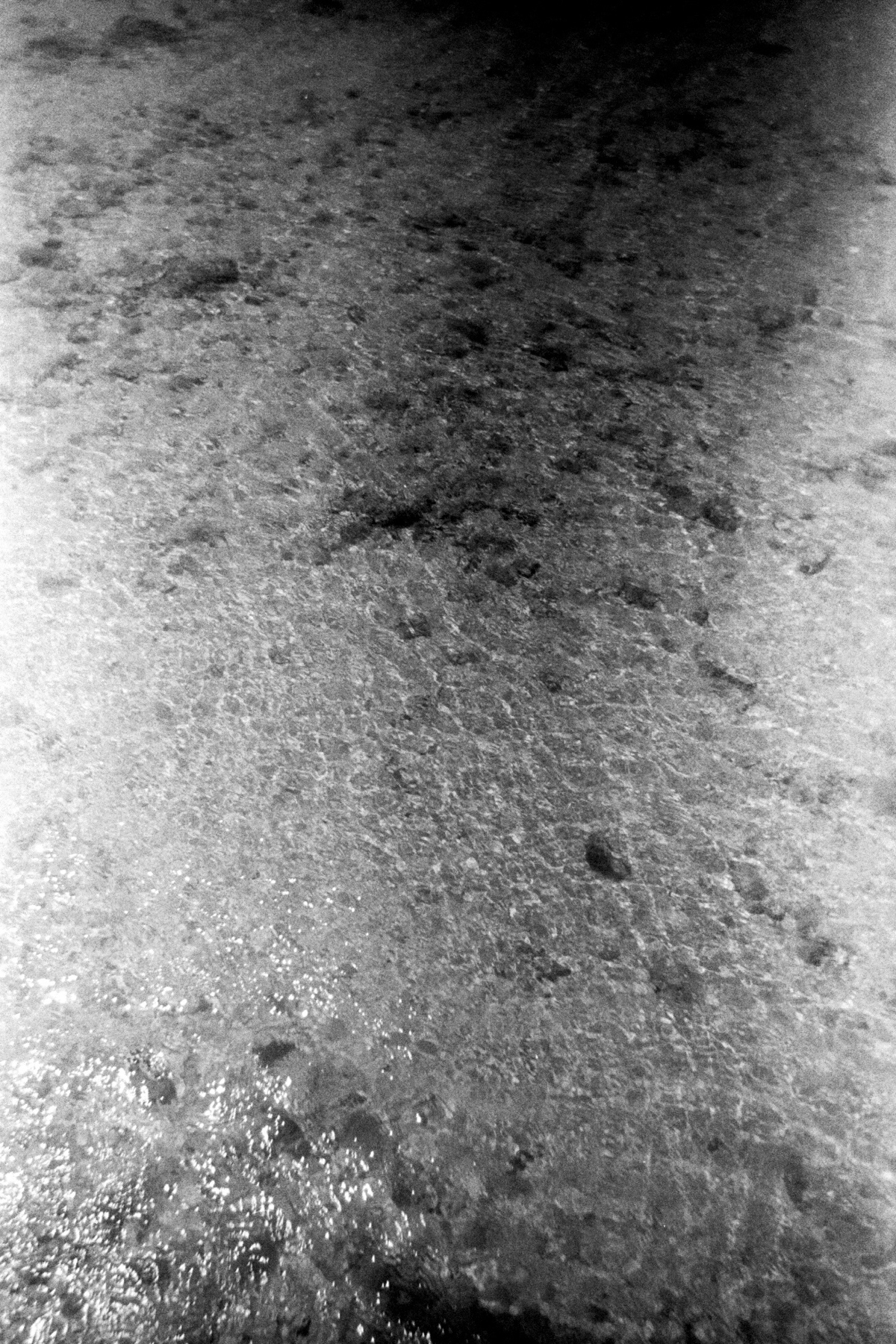
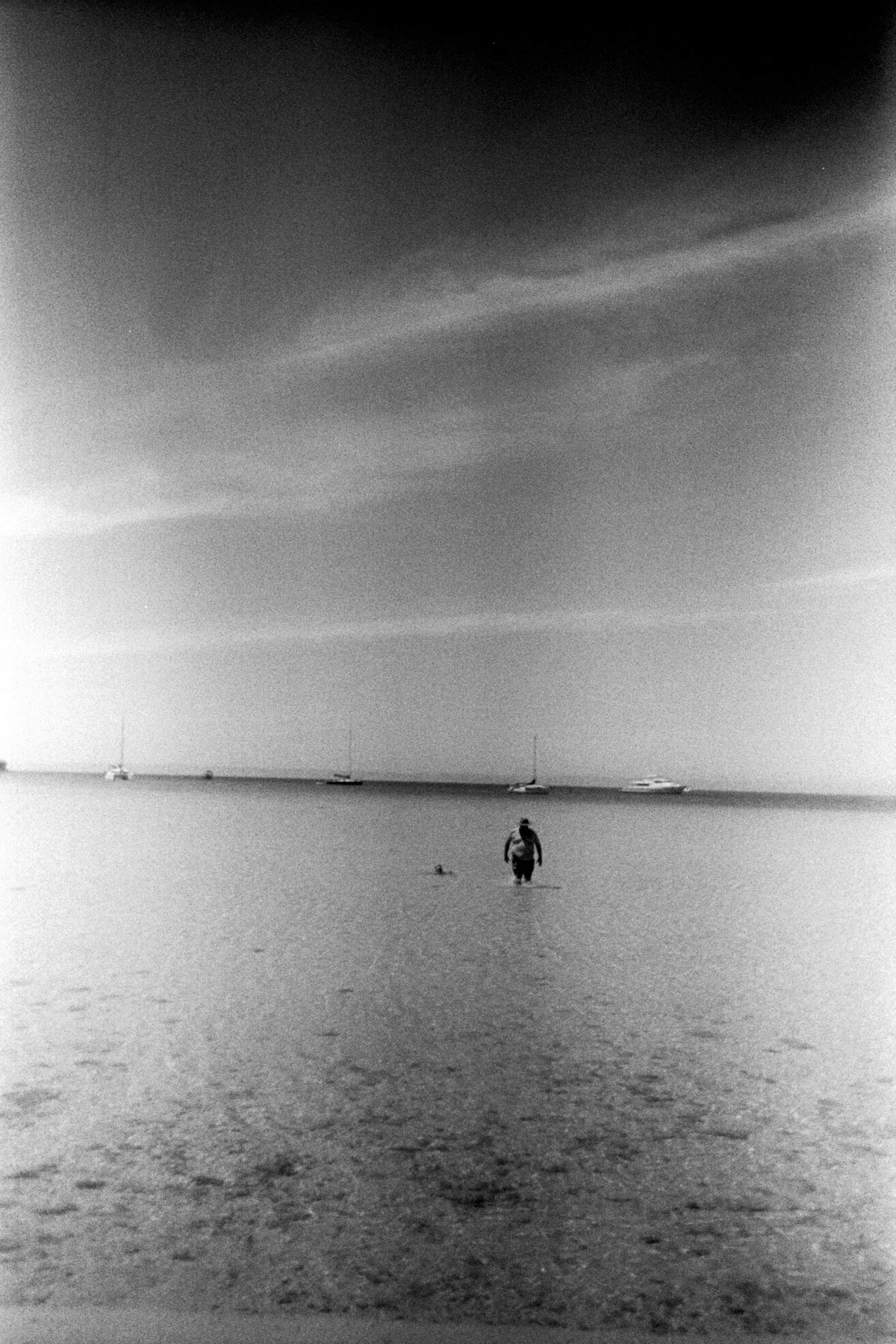
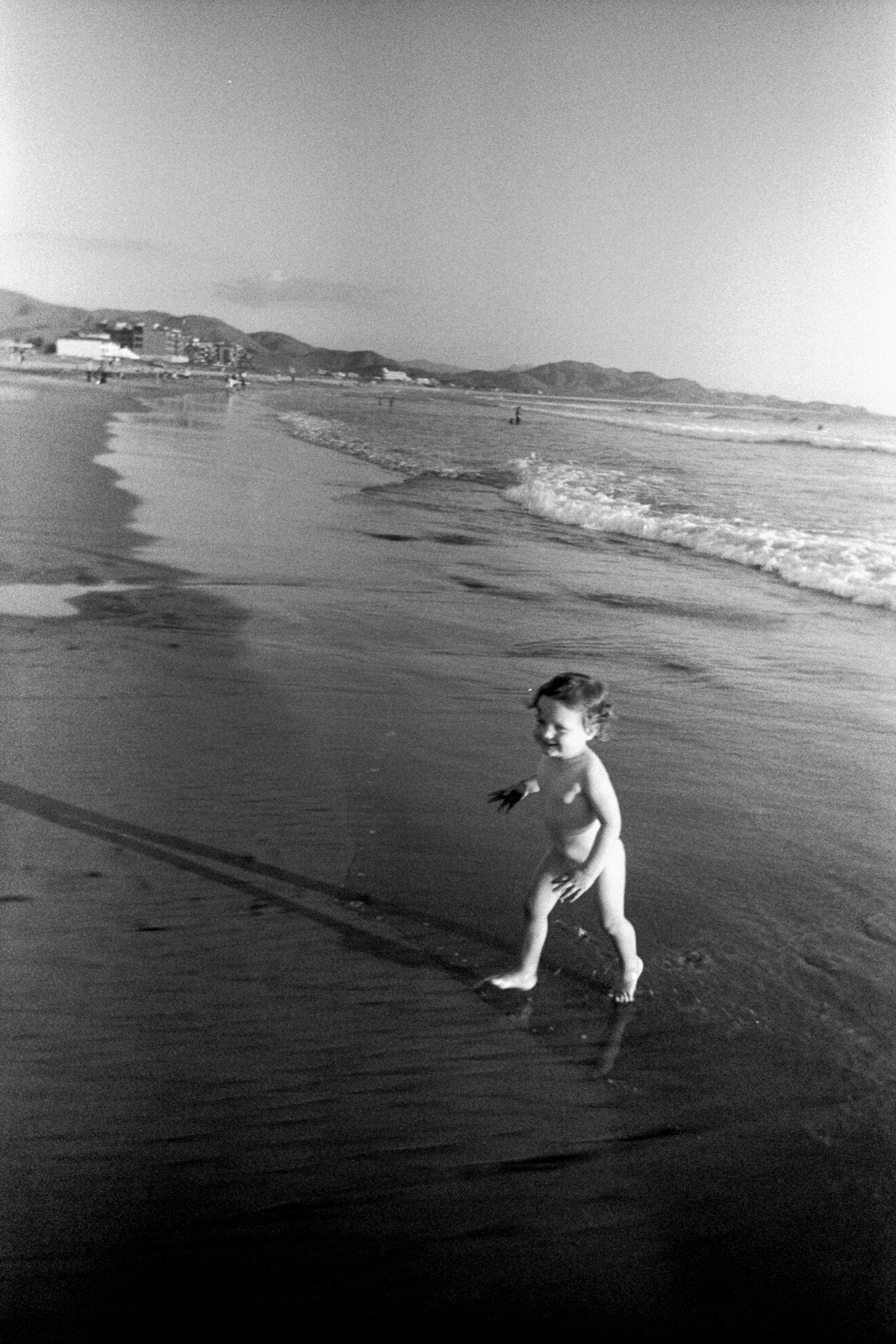
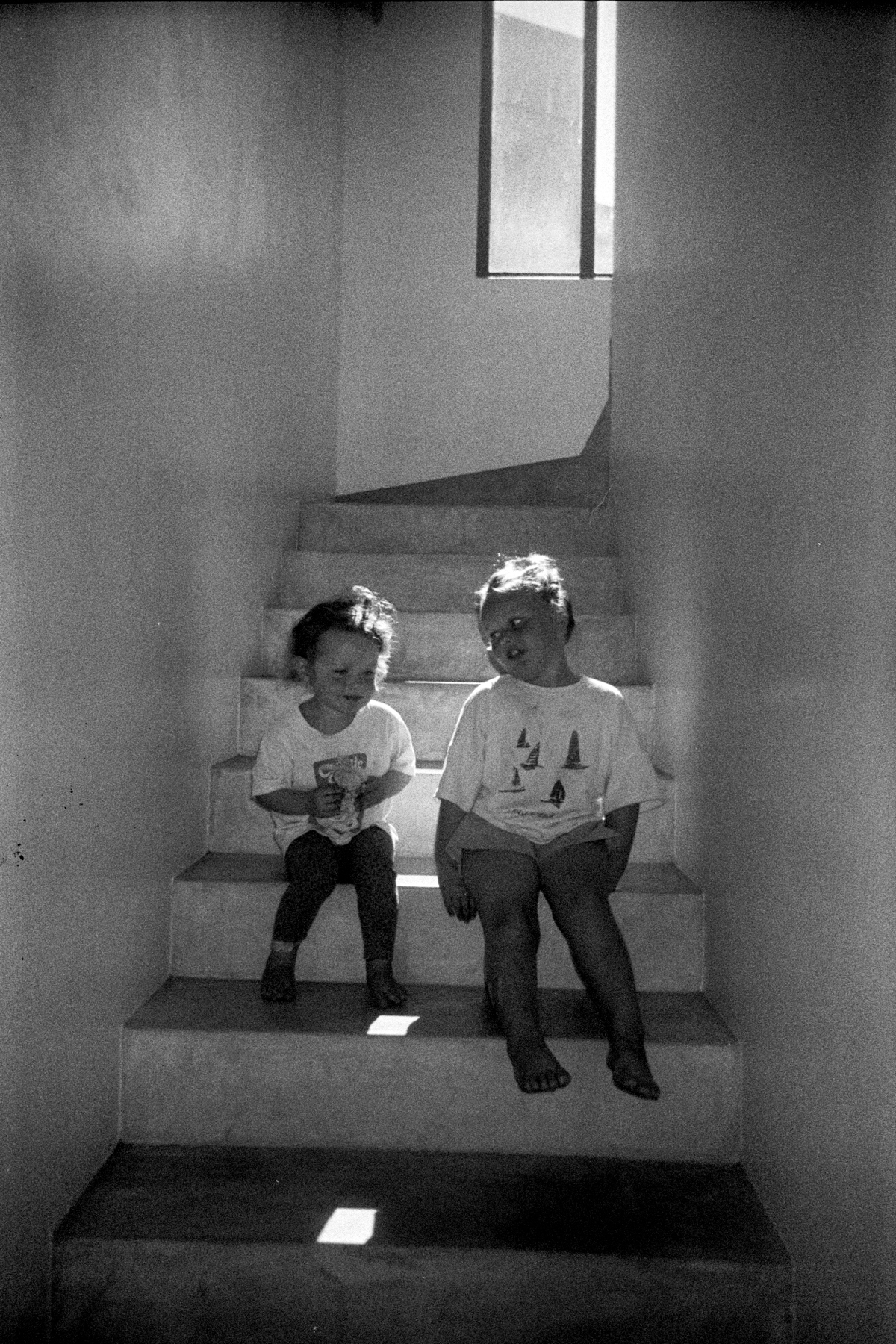
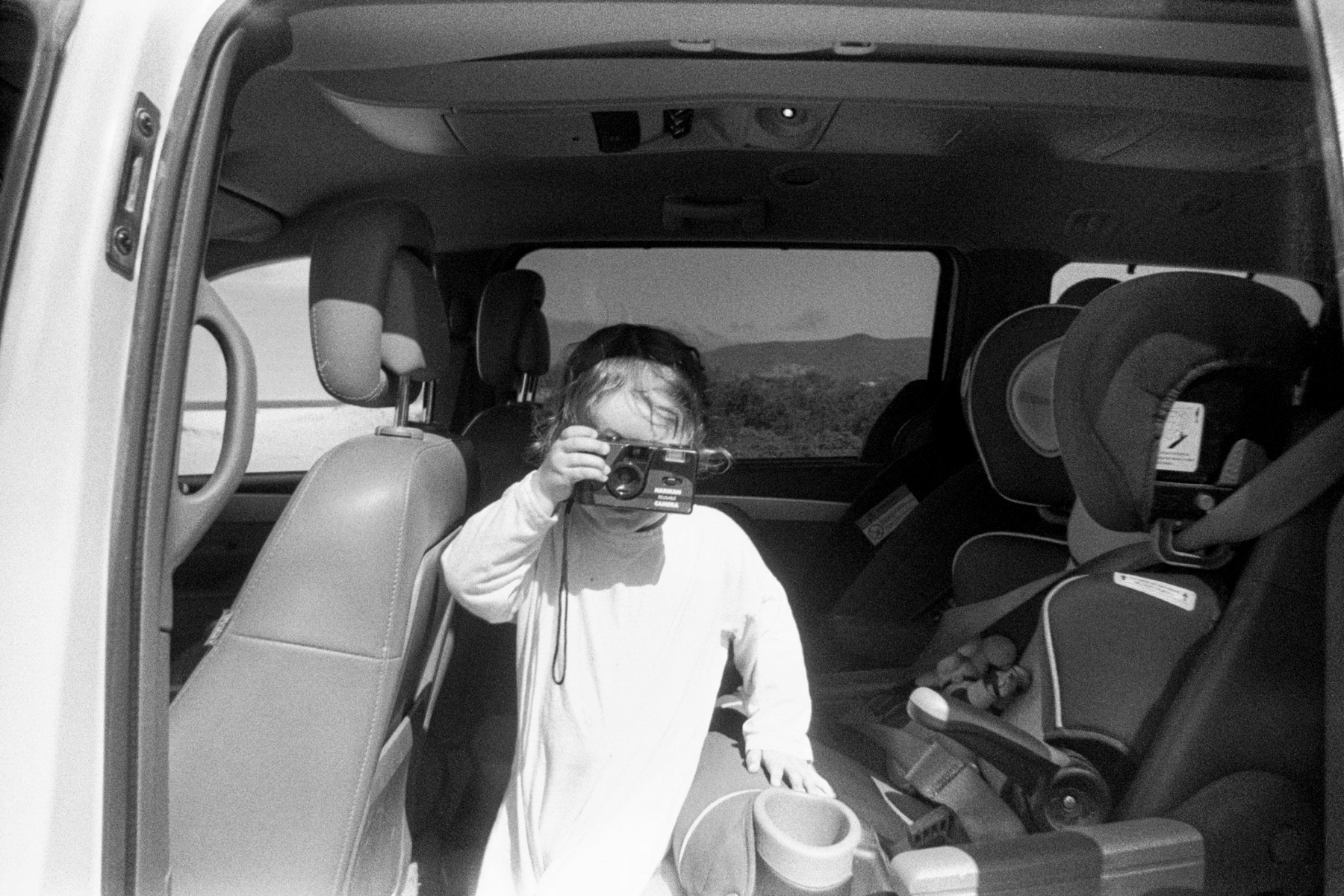
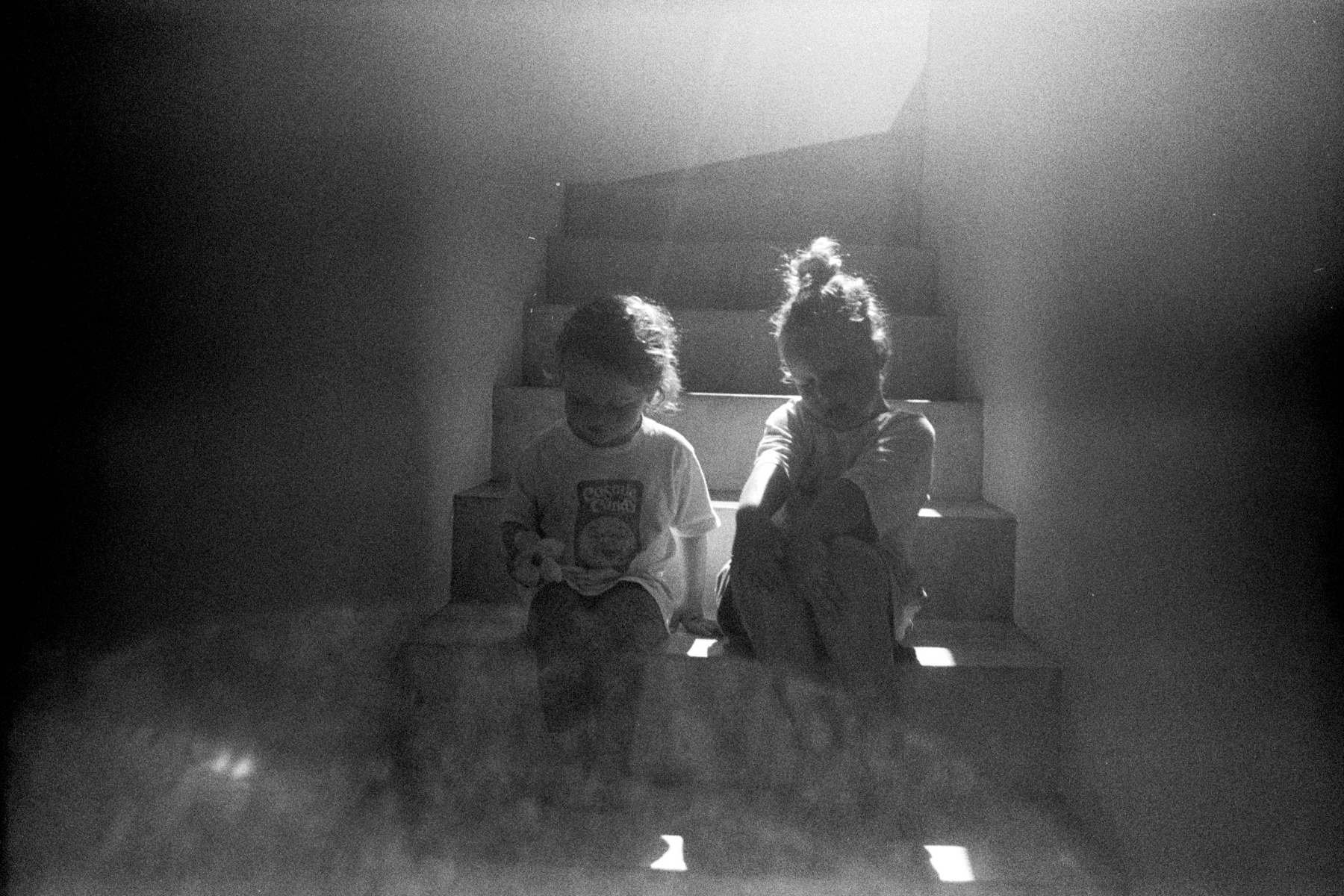
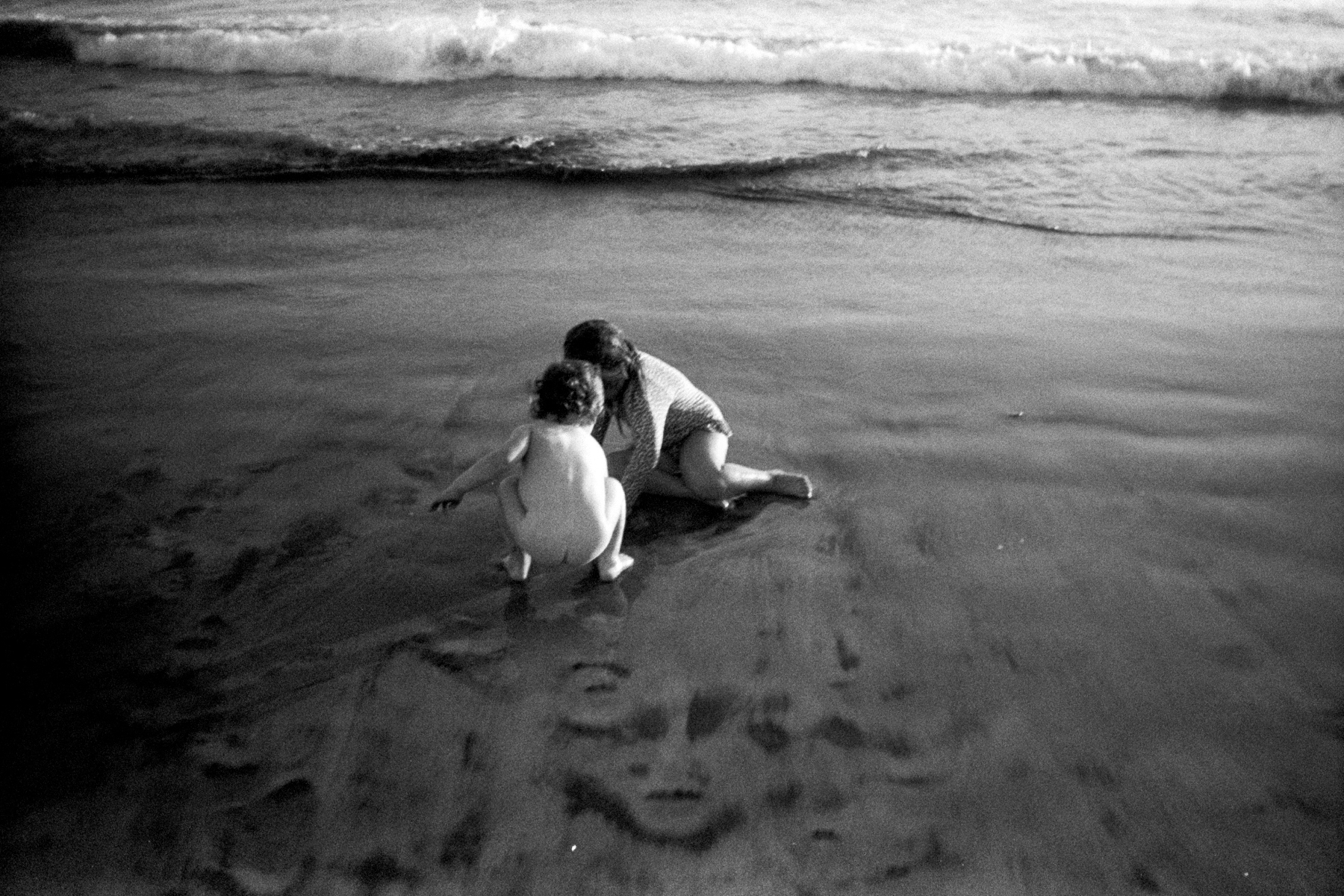
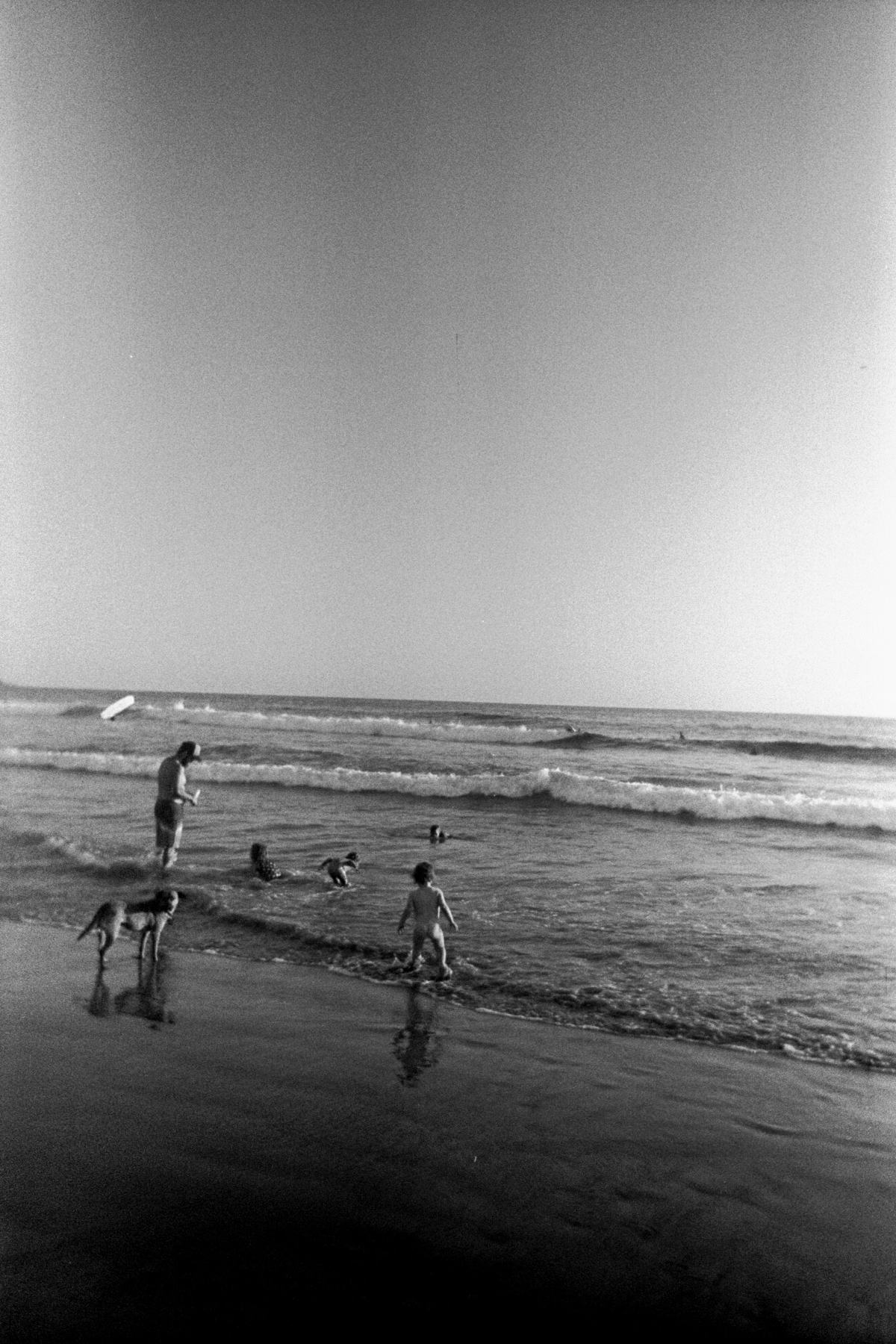
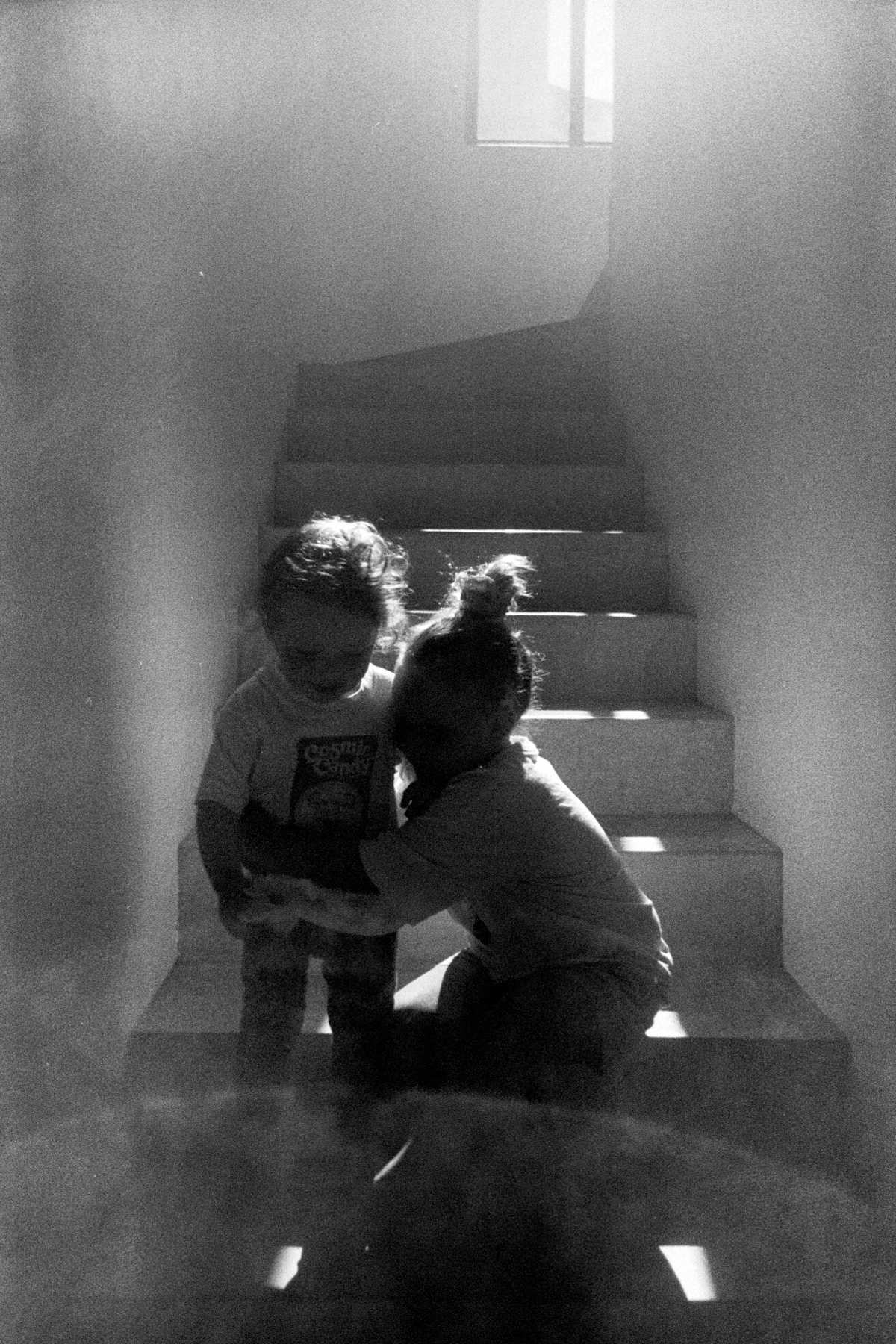
Withers in Paris on 35mm film
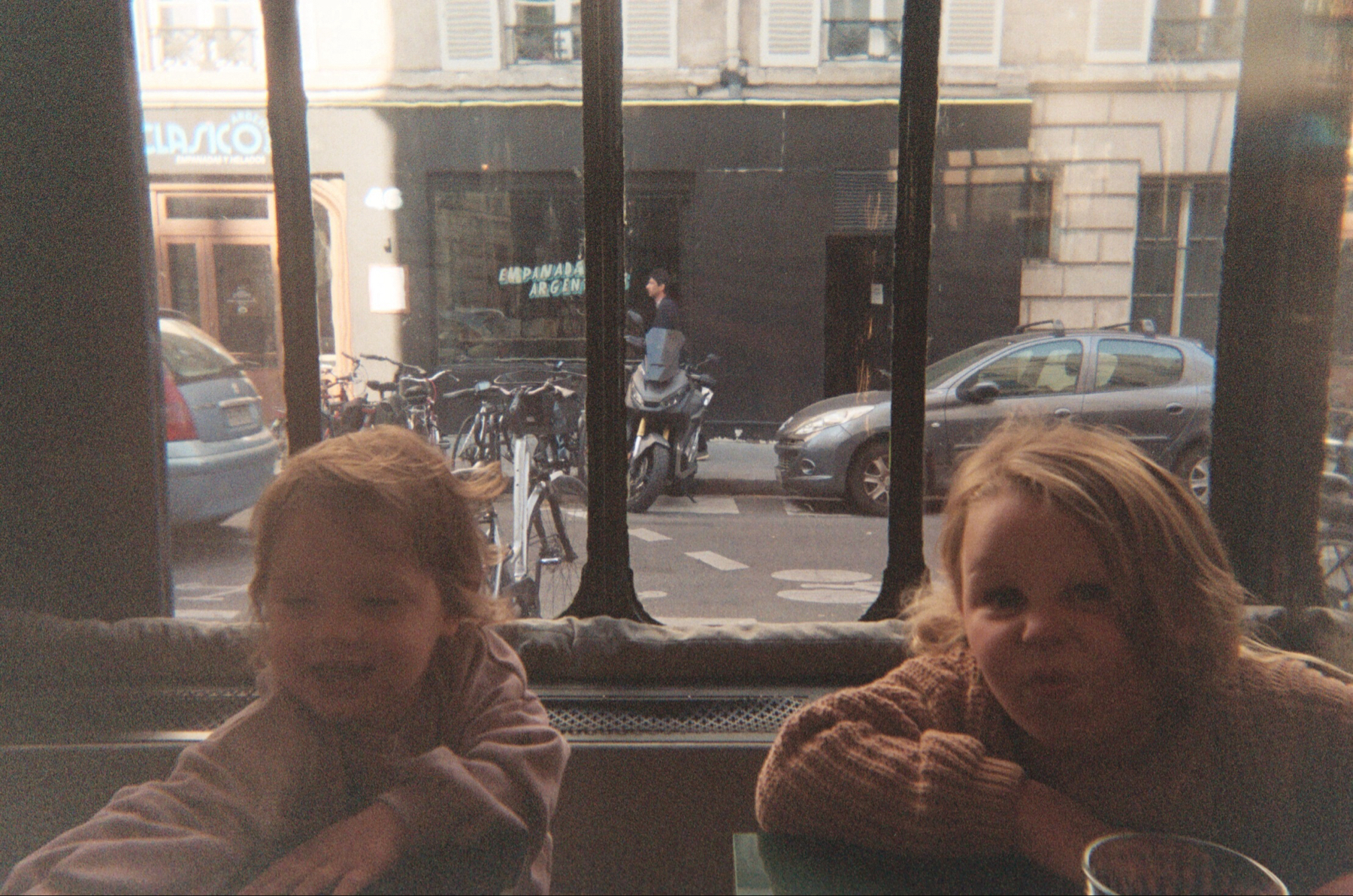
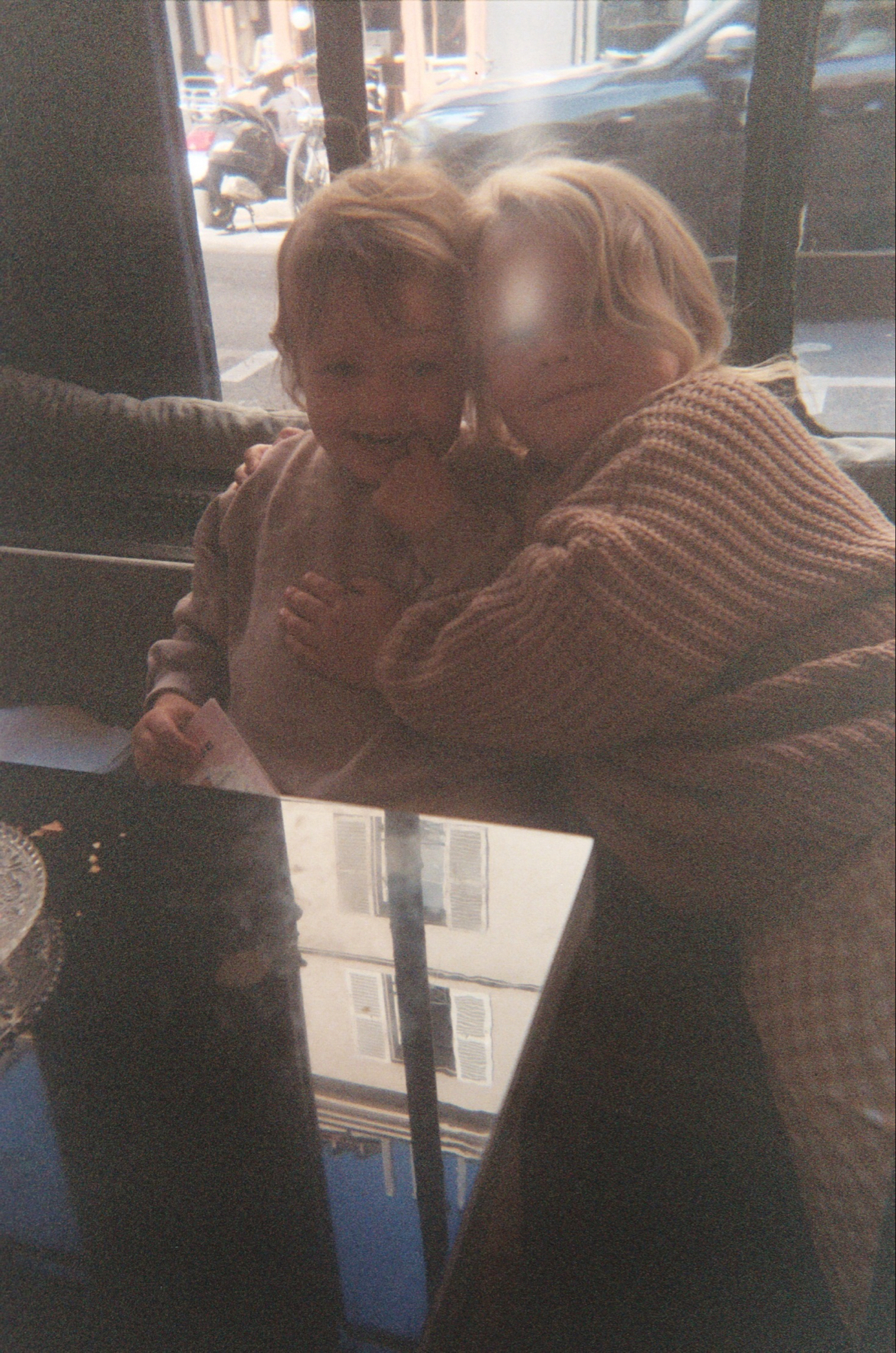
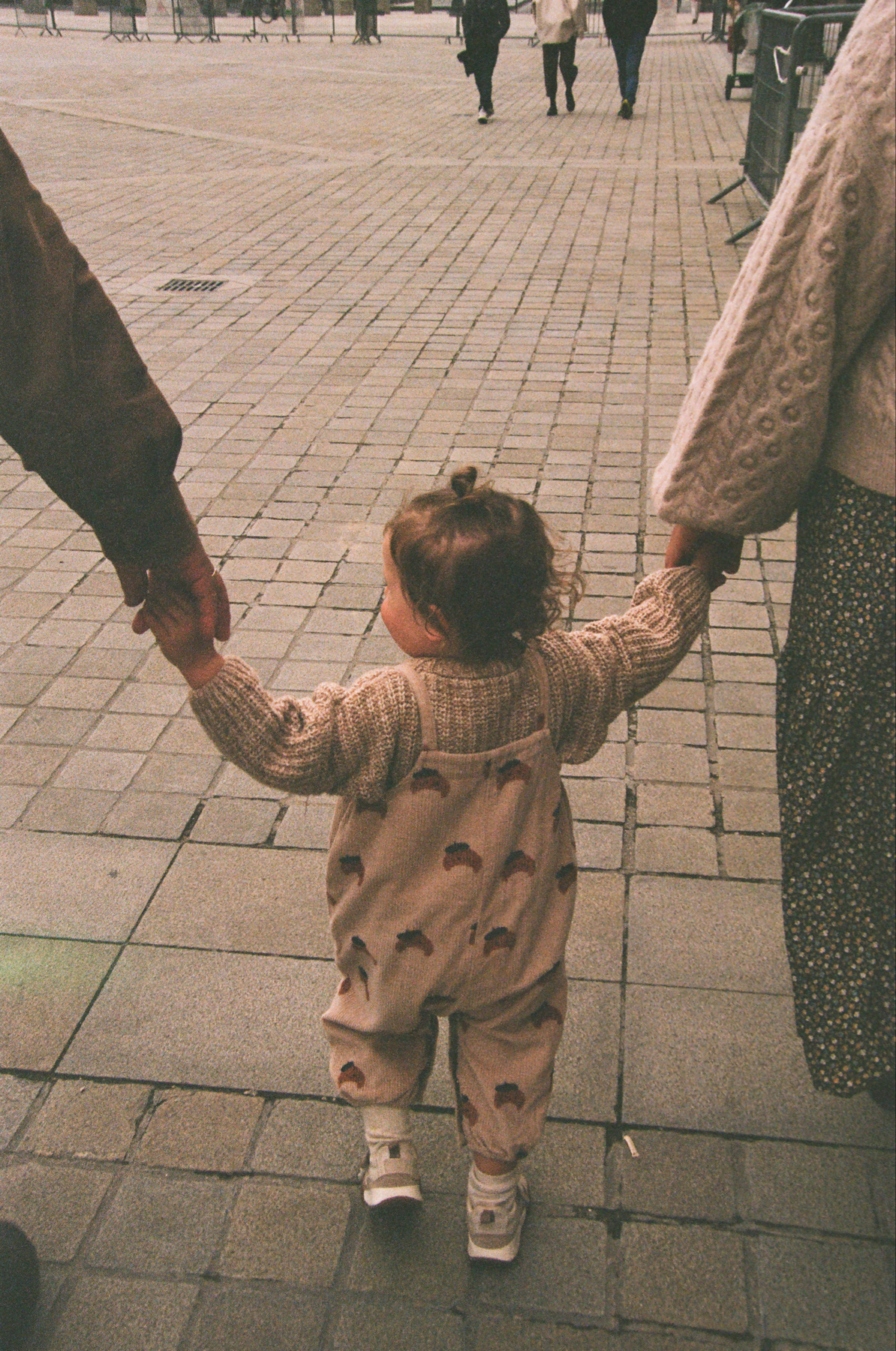
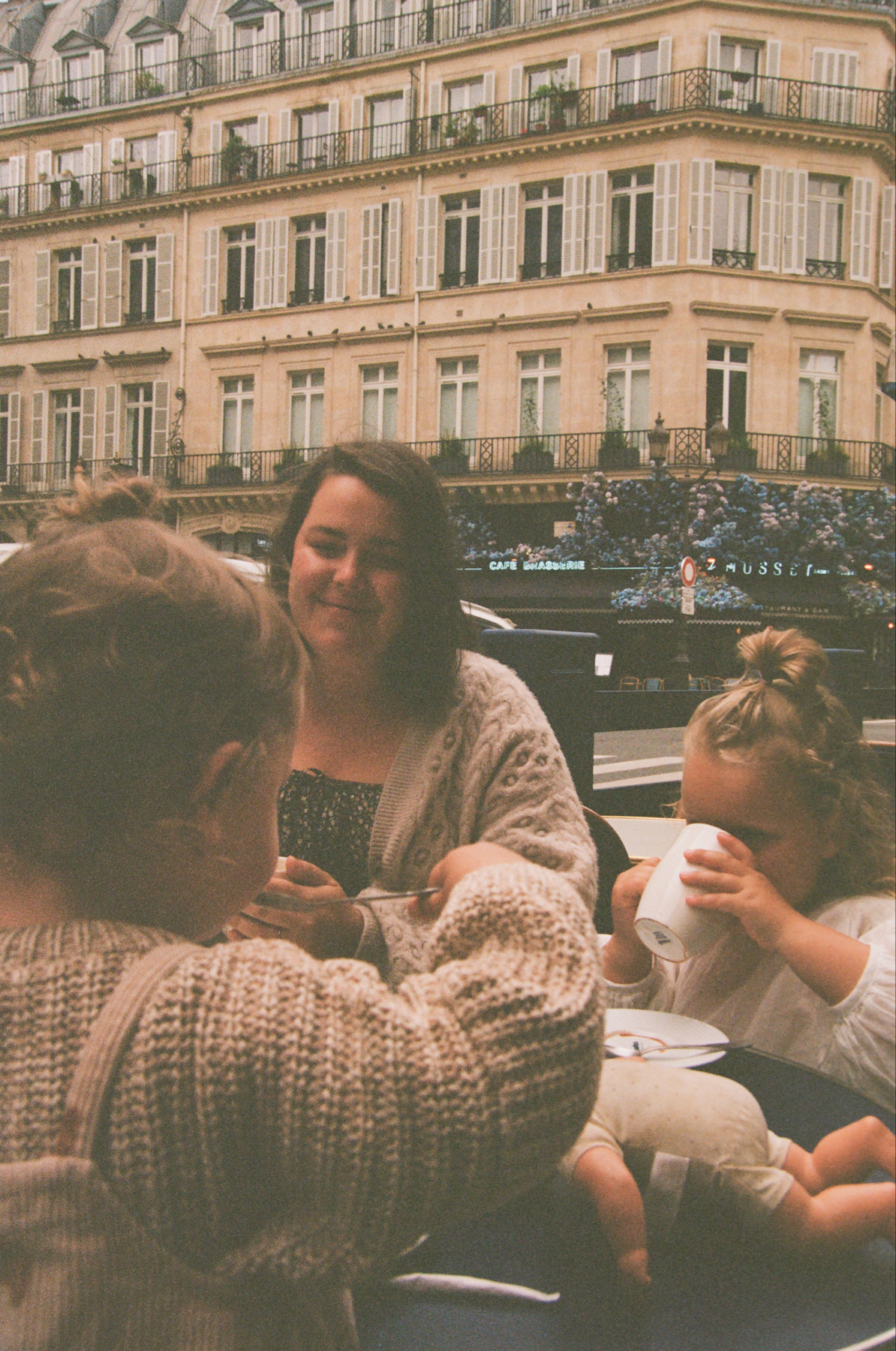
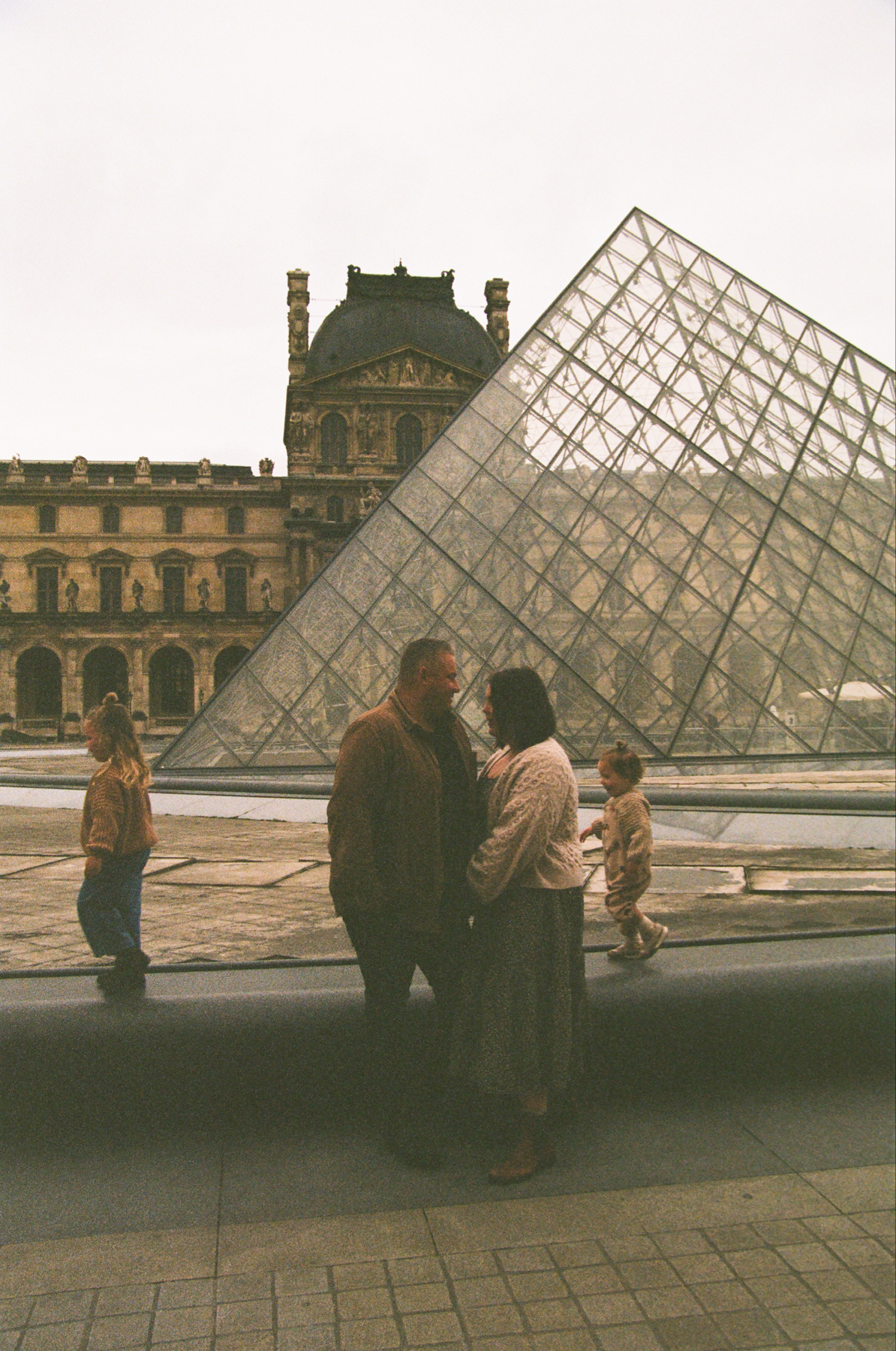
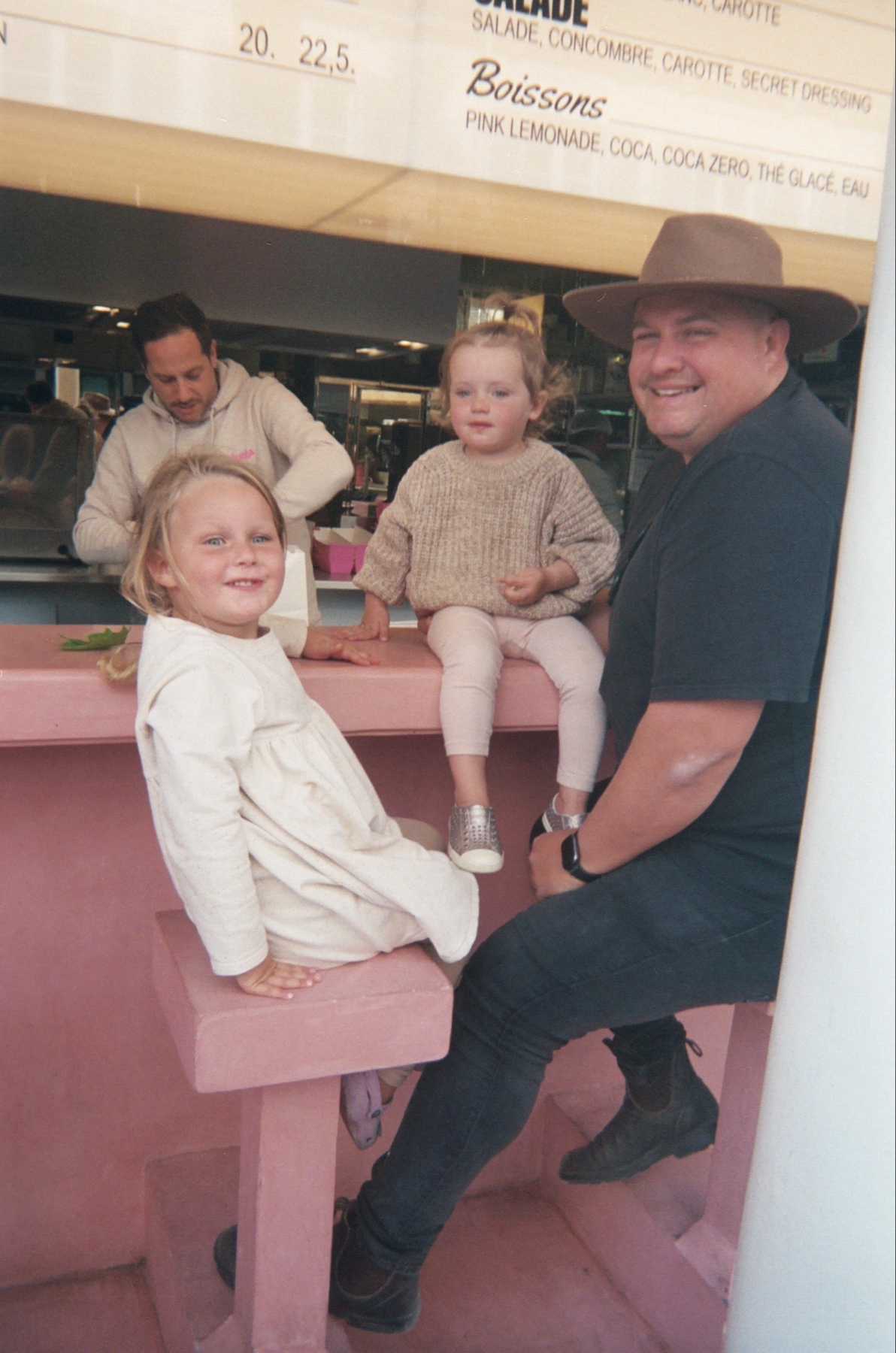
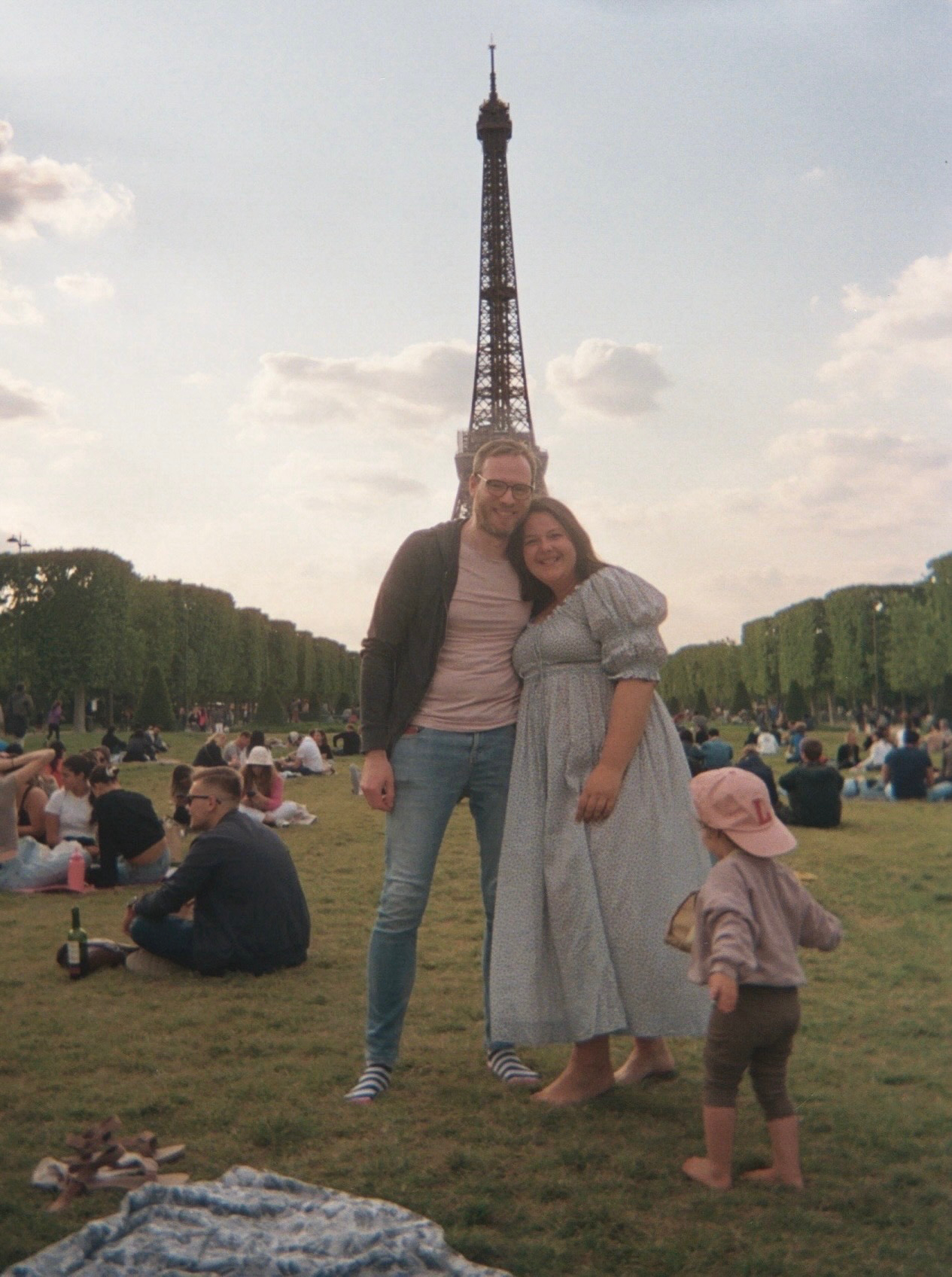
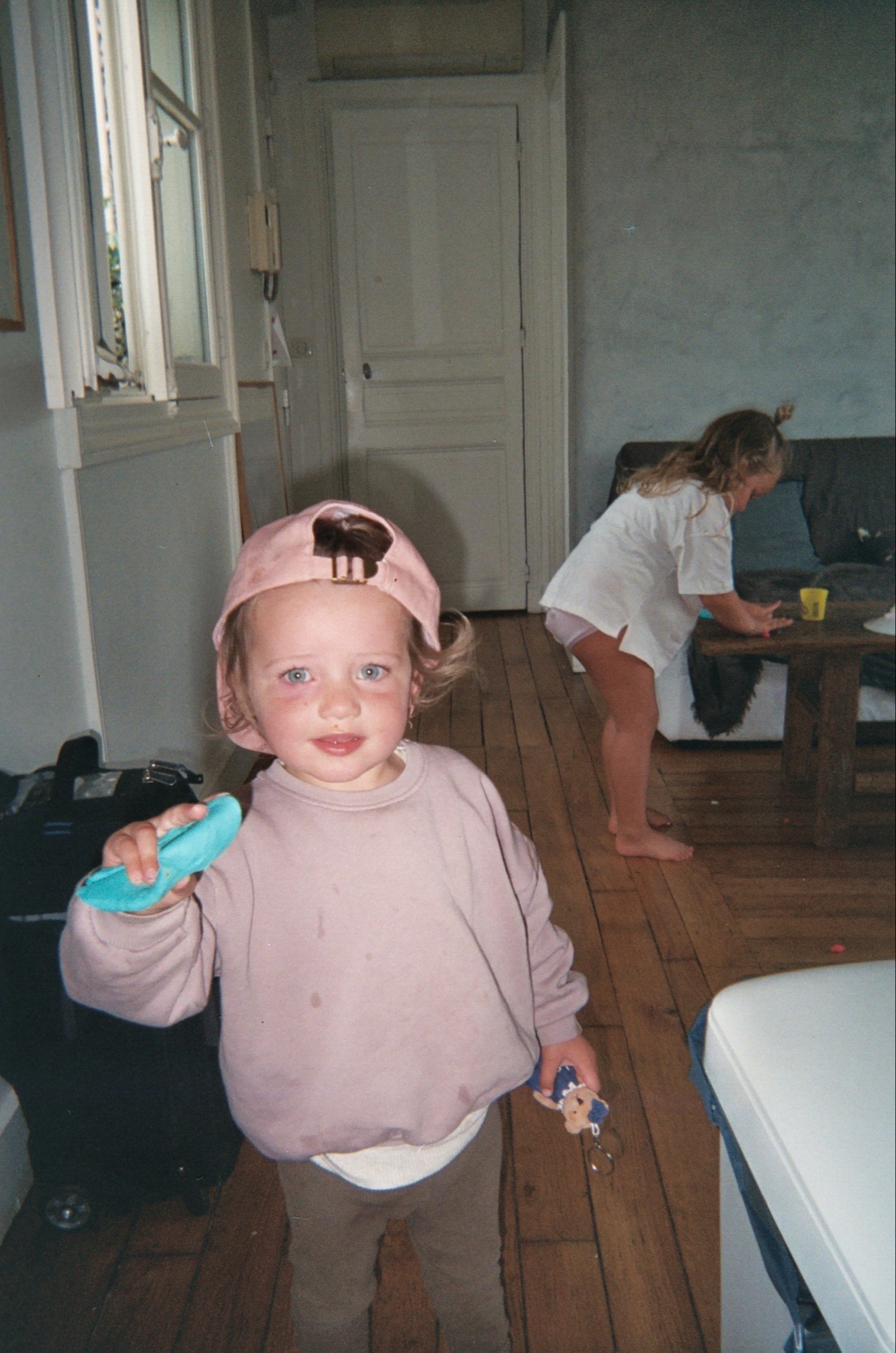
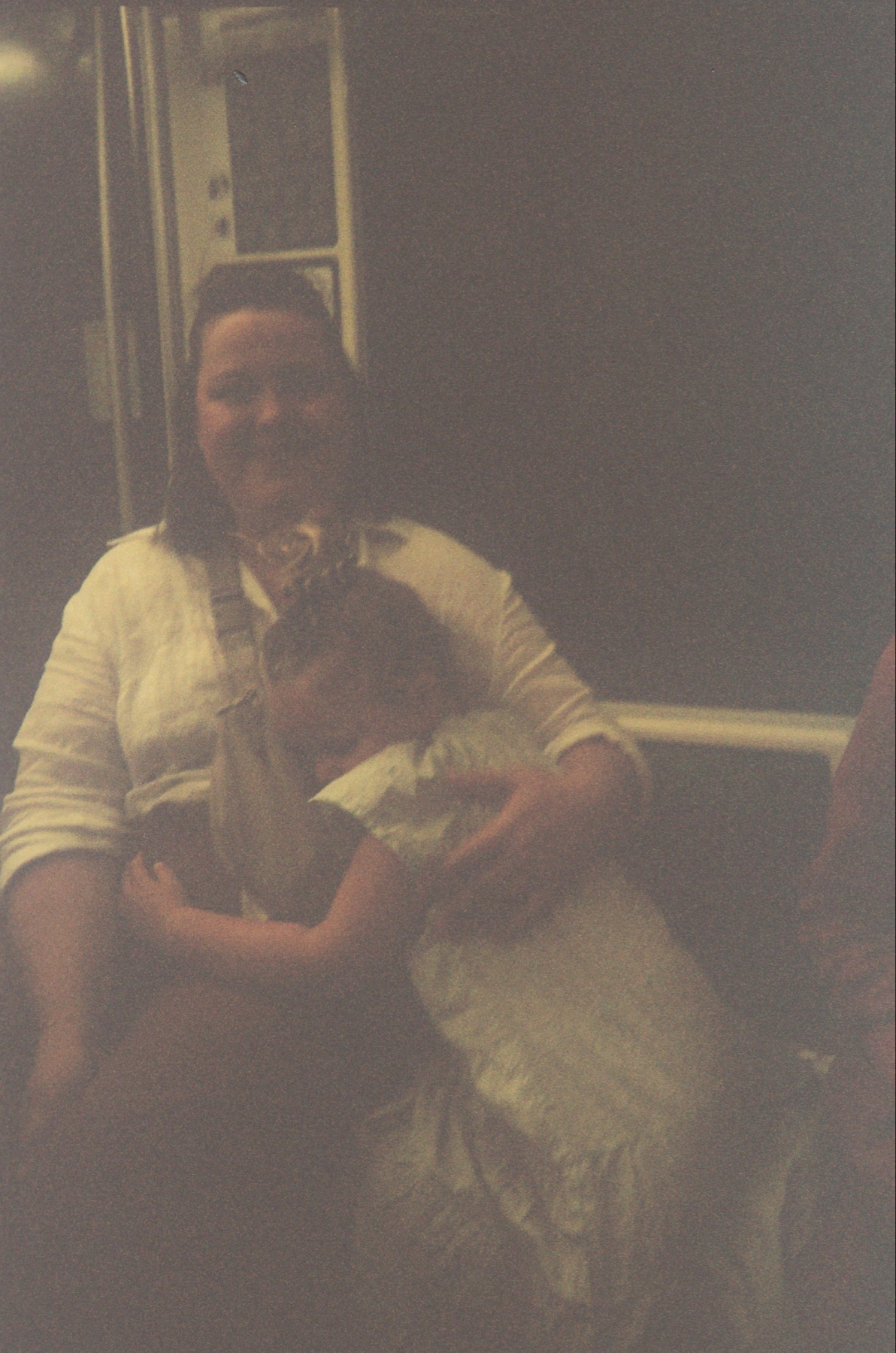
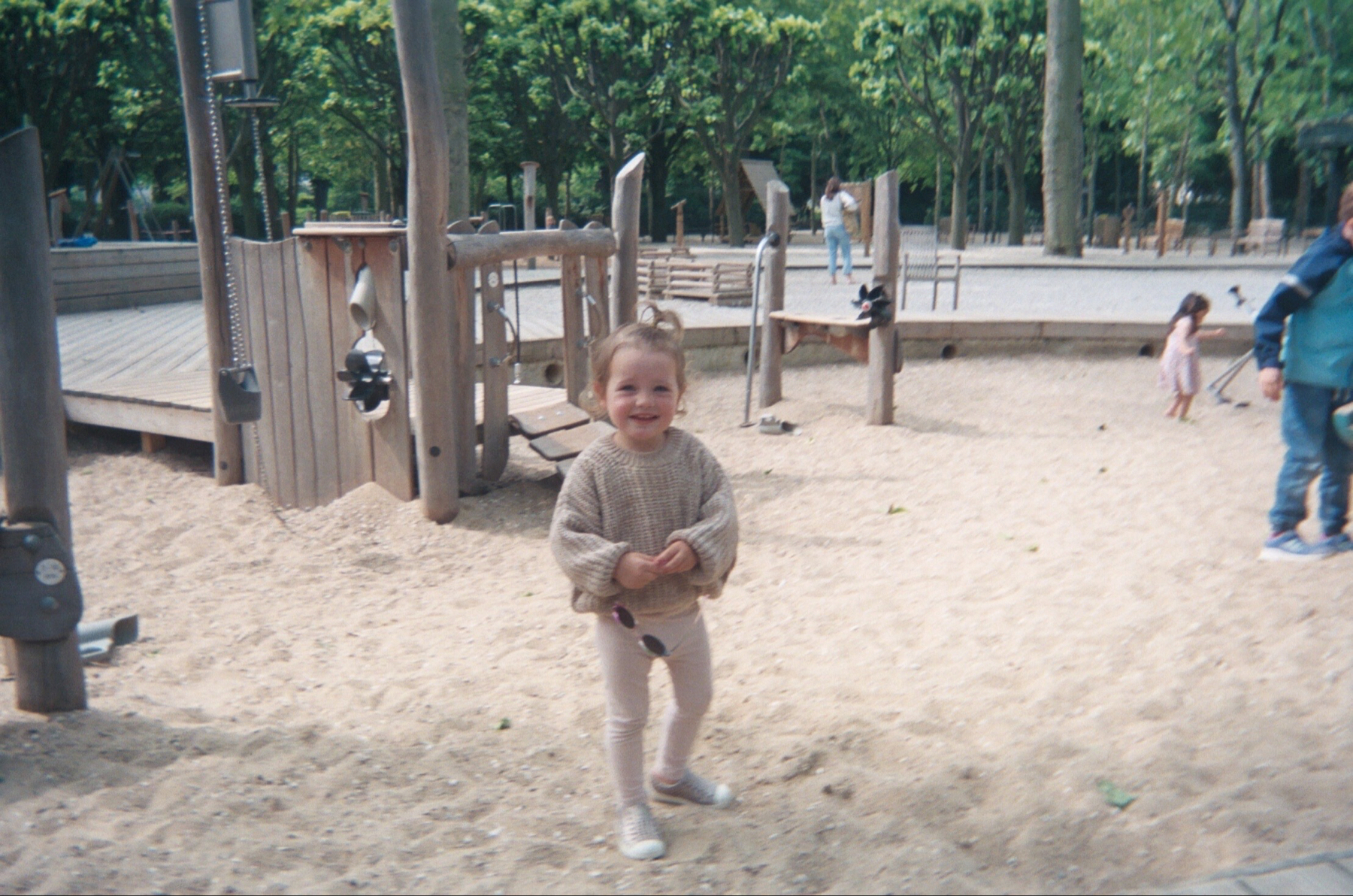
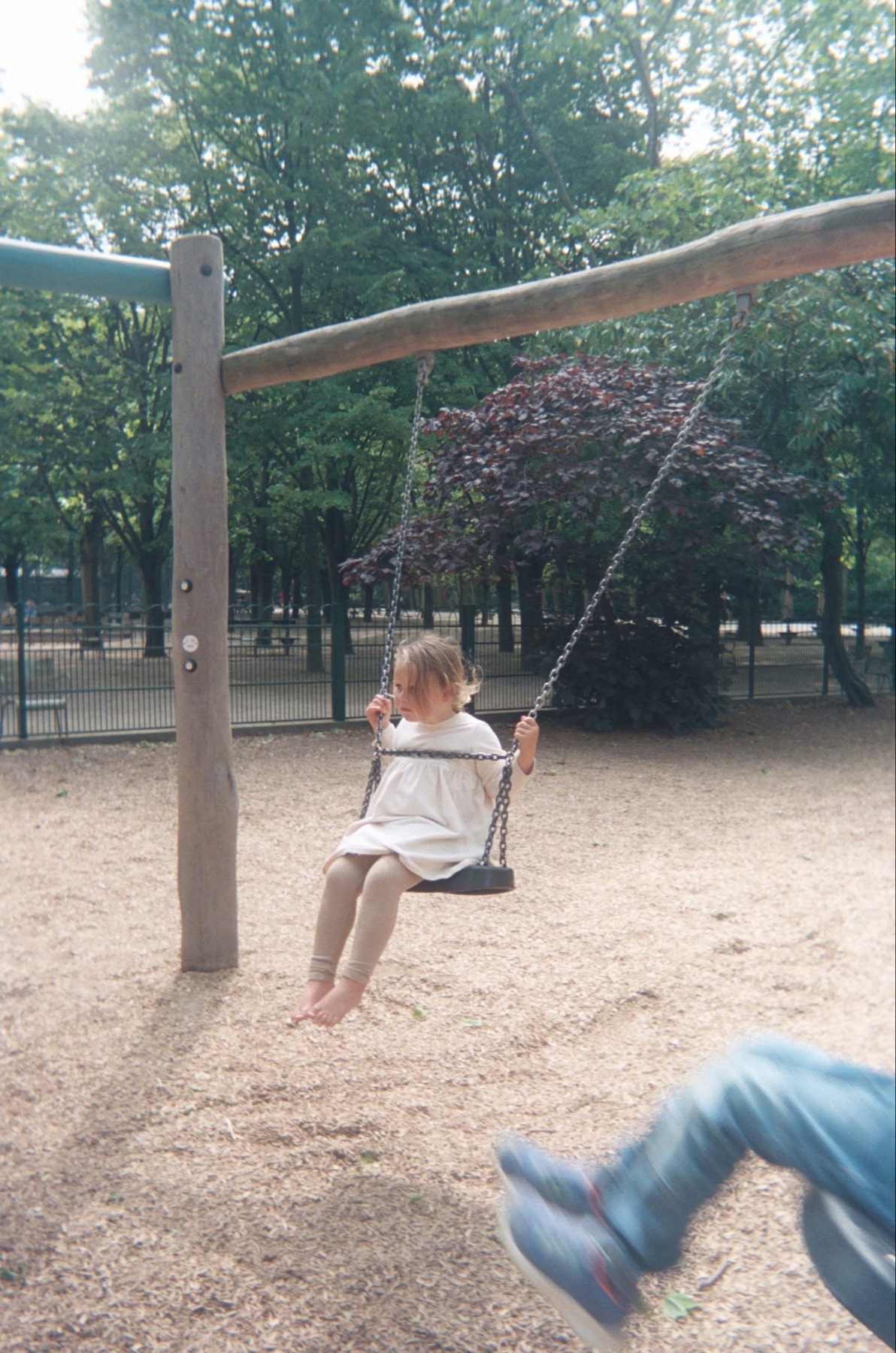
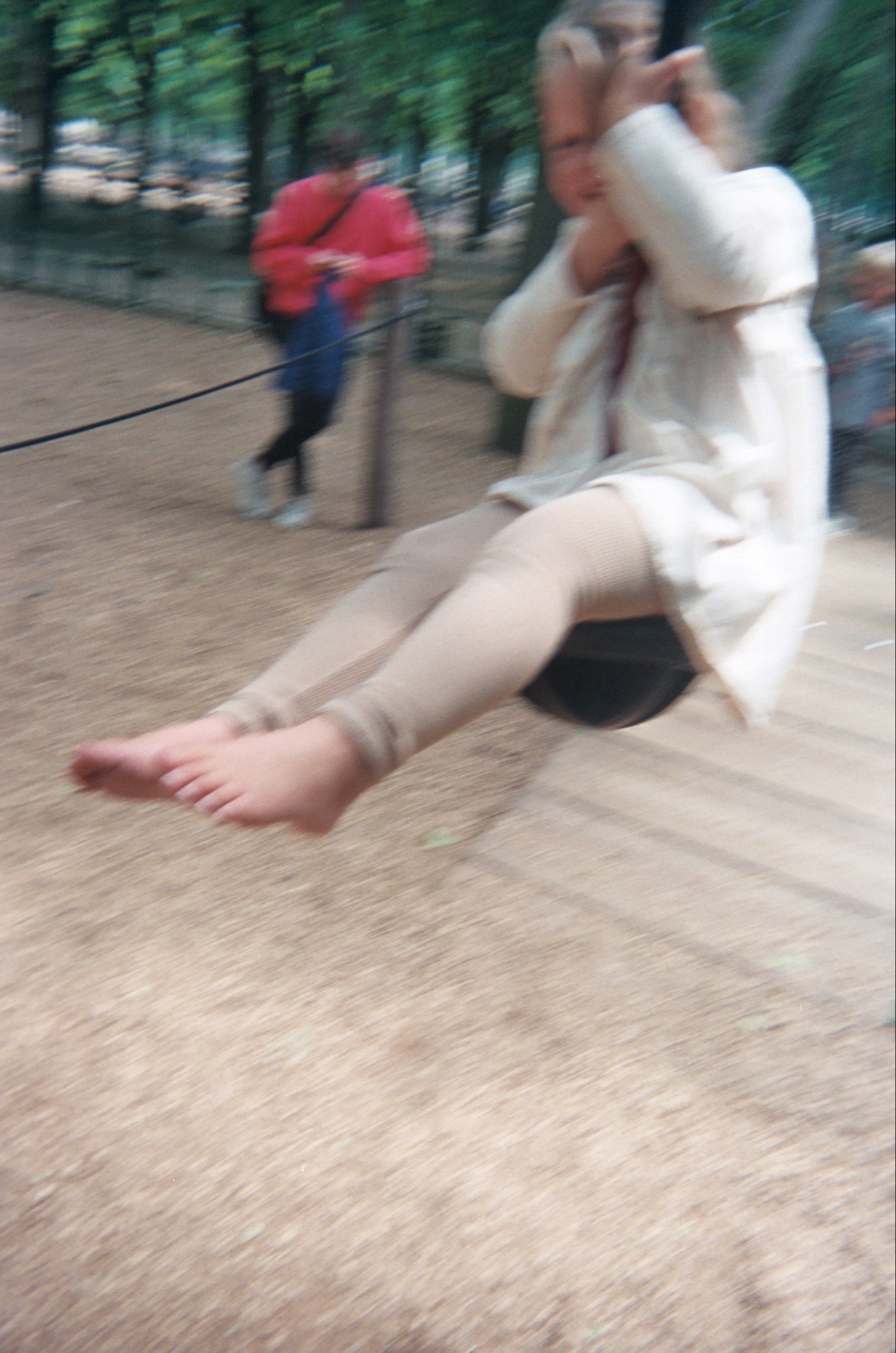
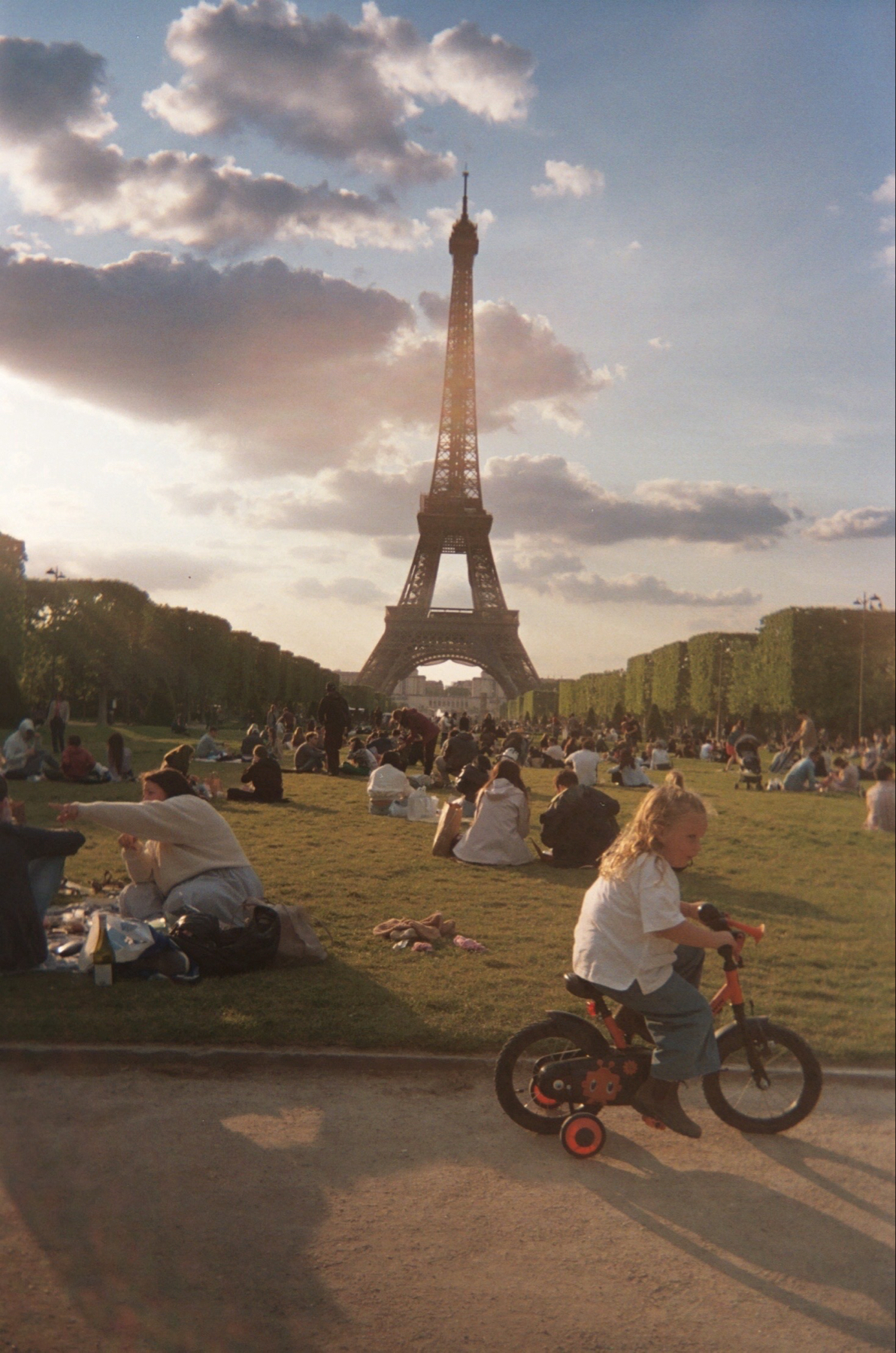
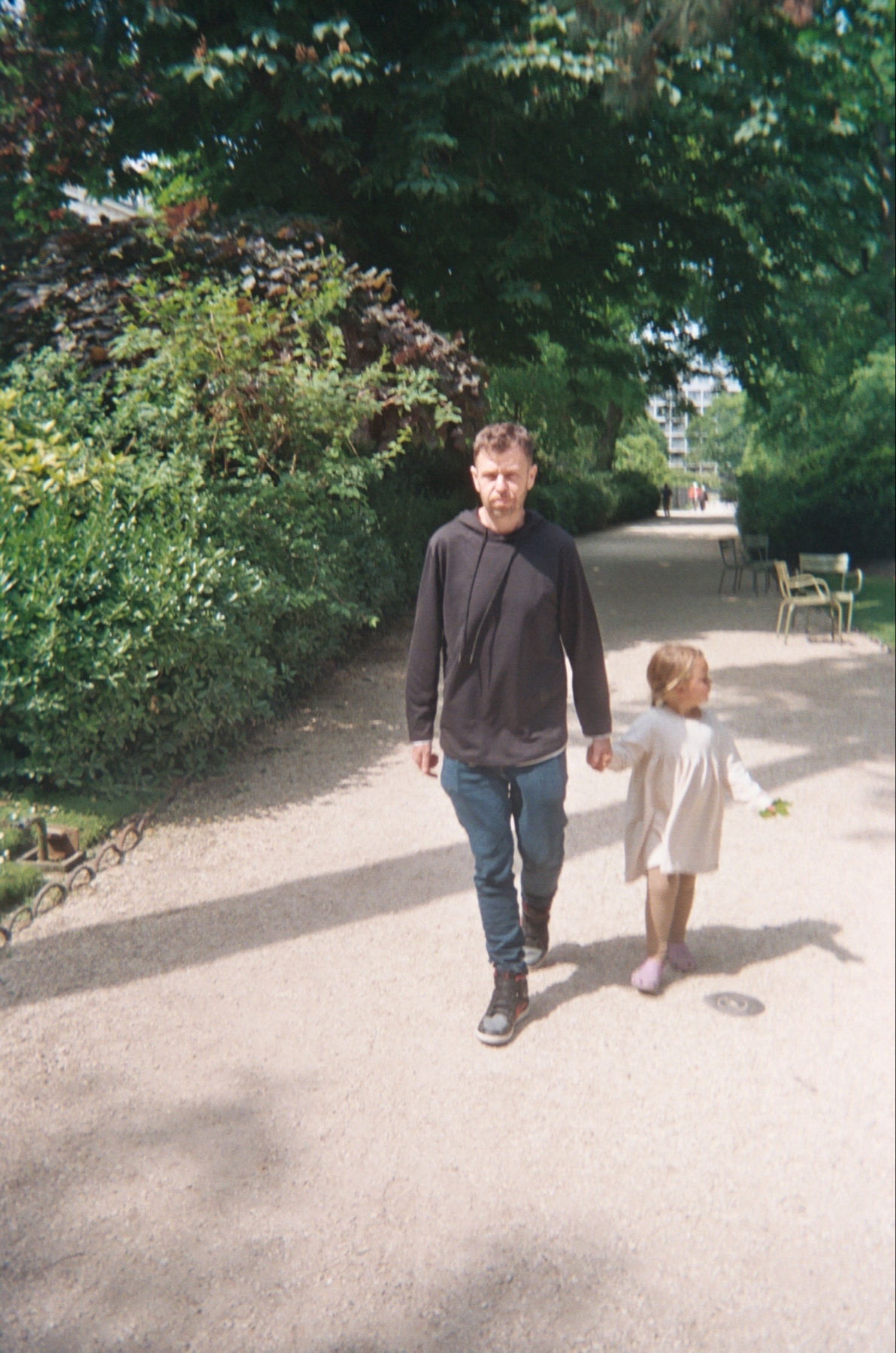
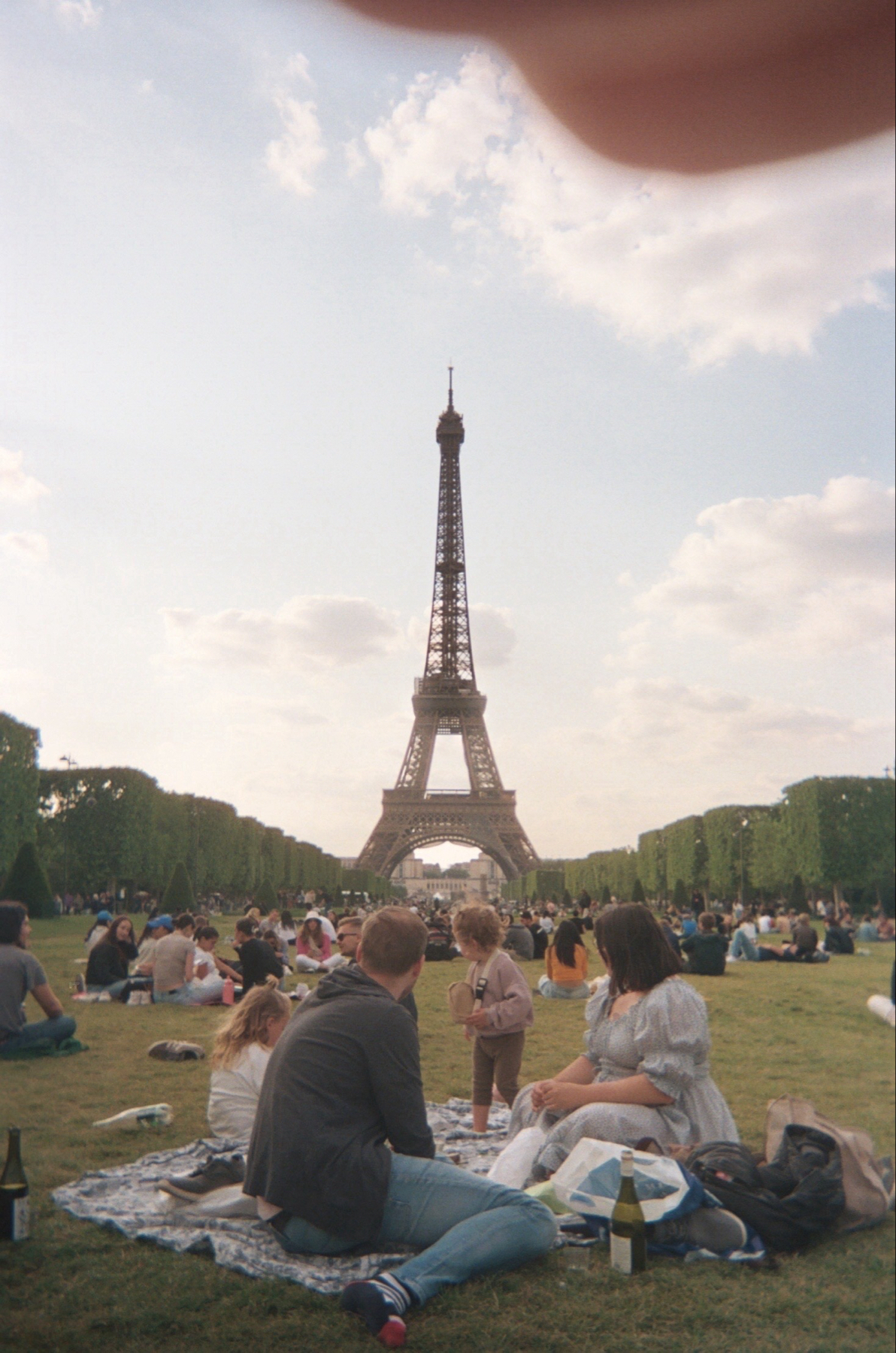
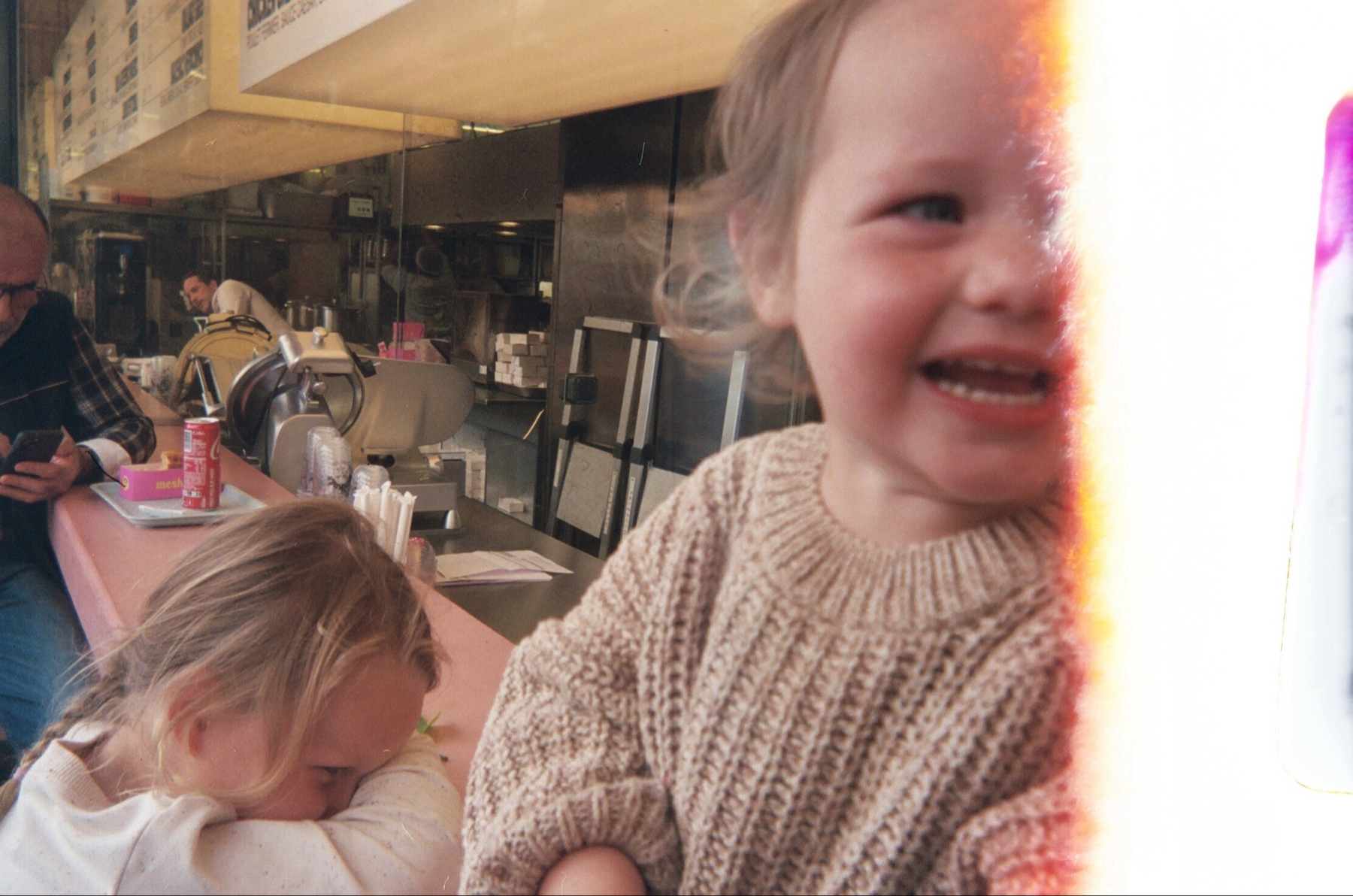
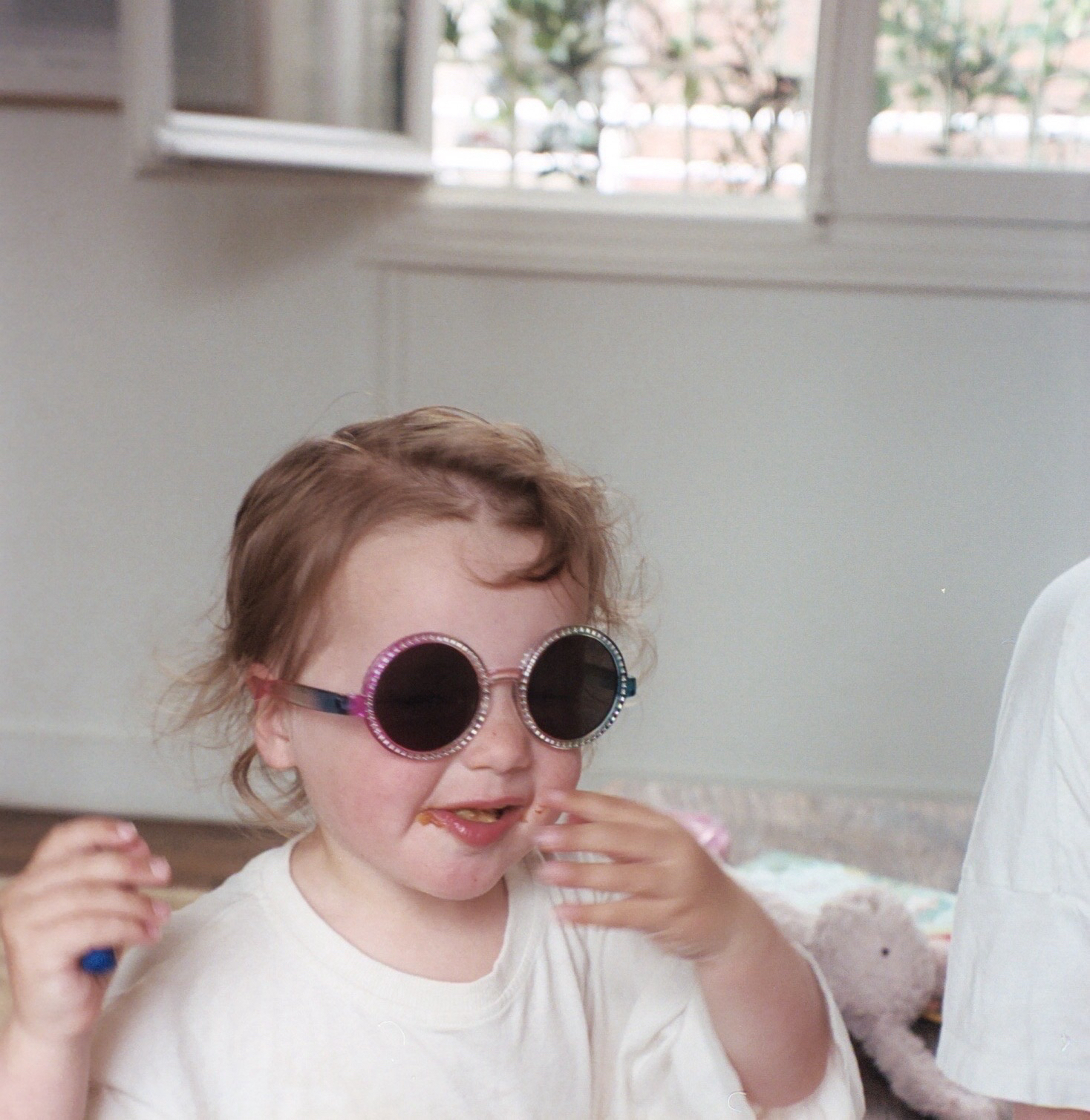
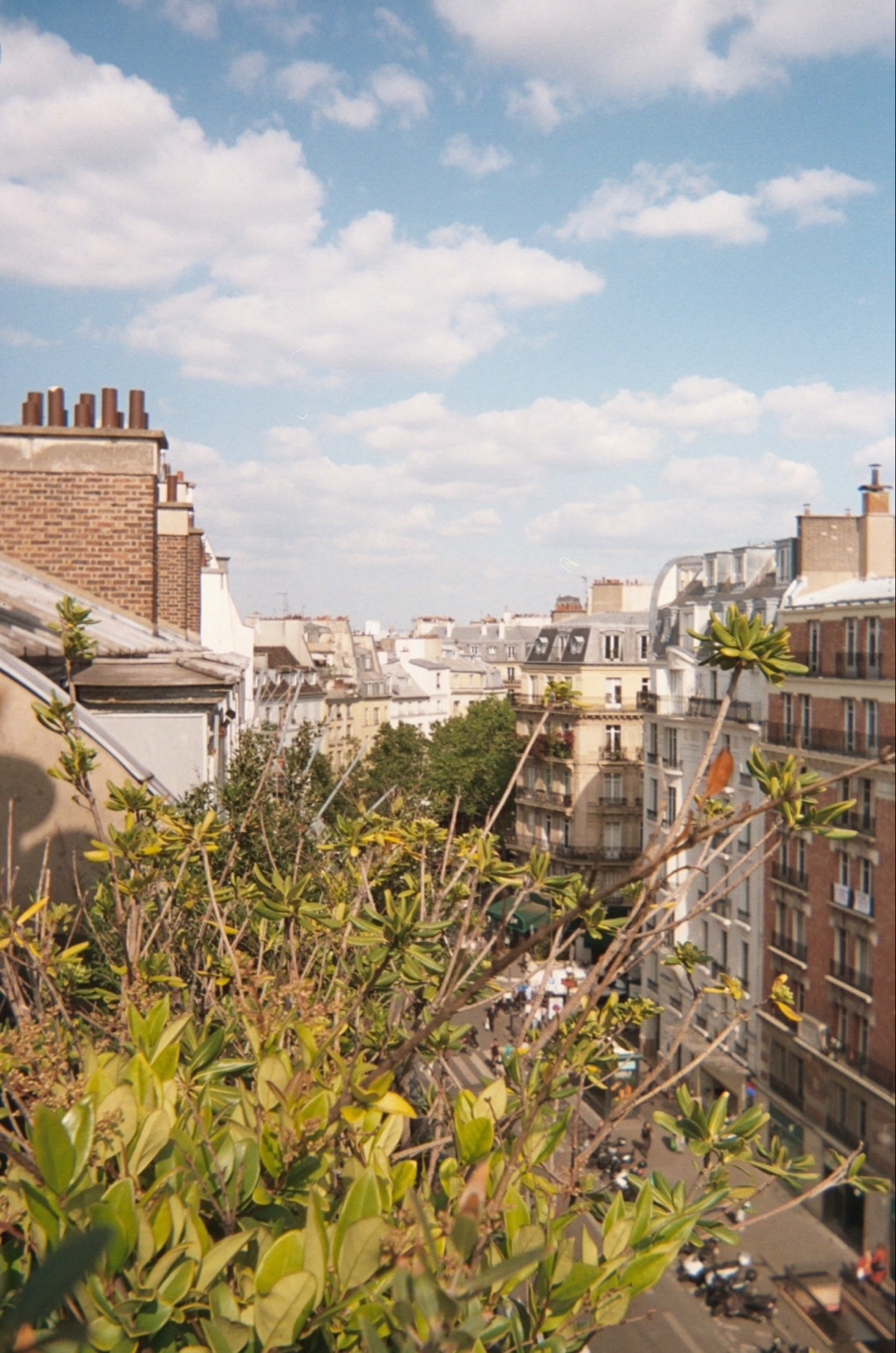
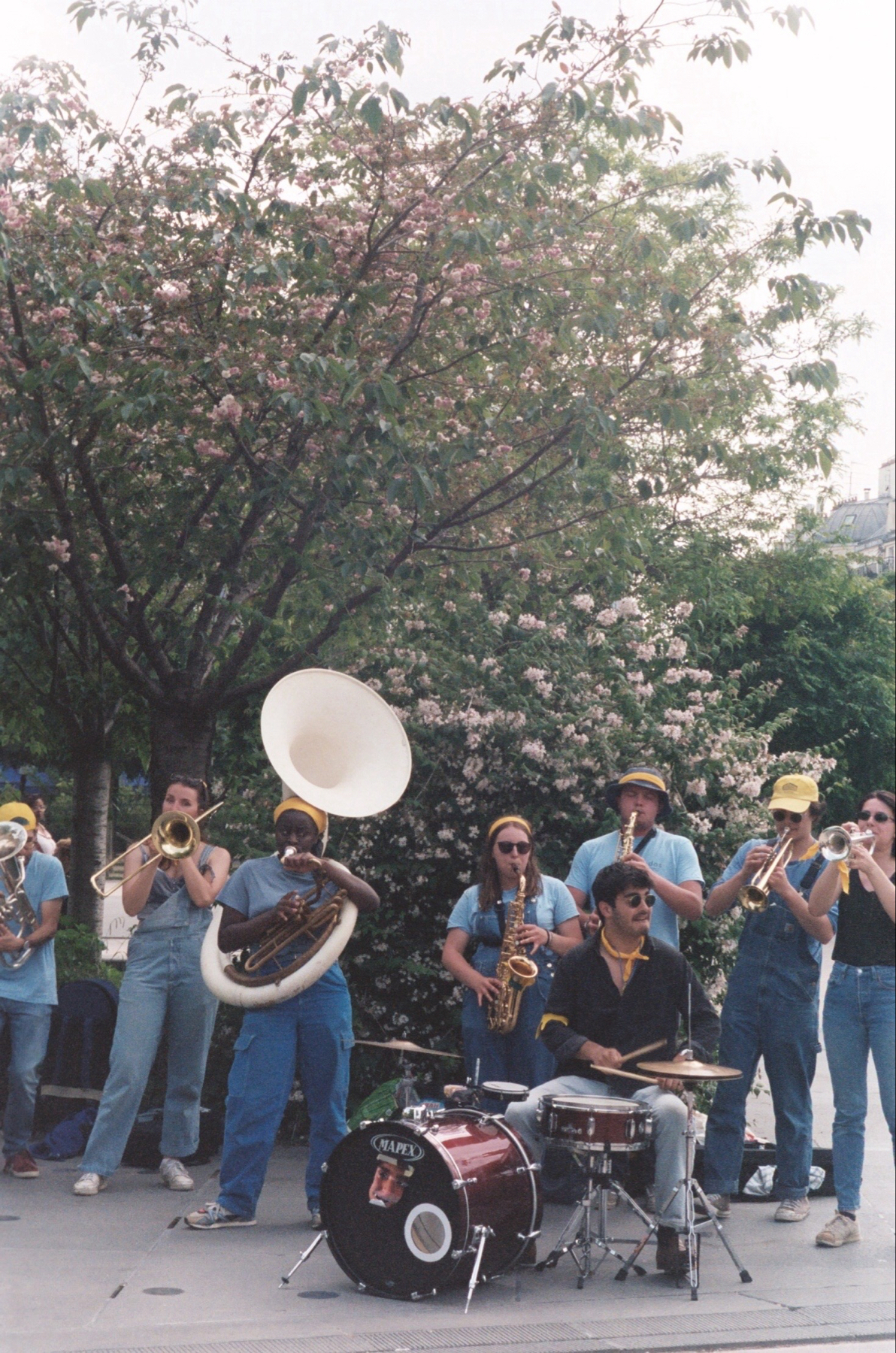
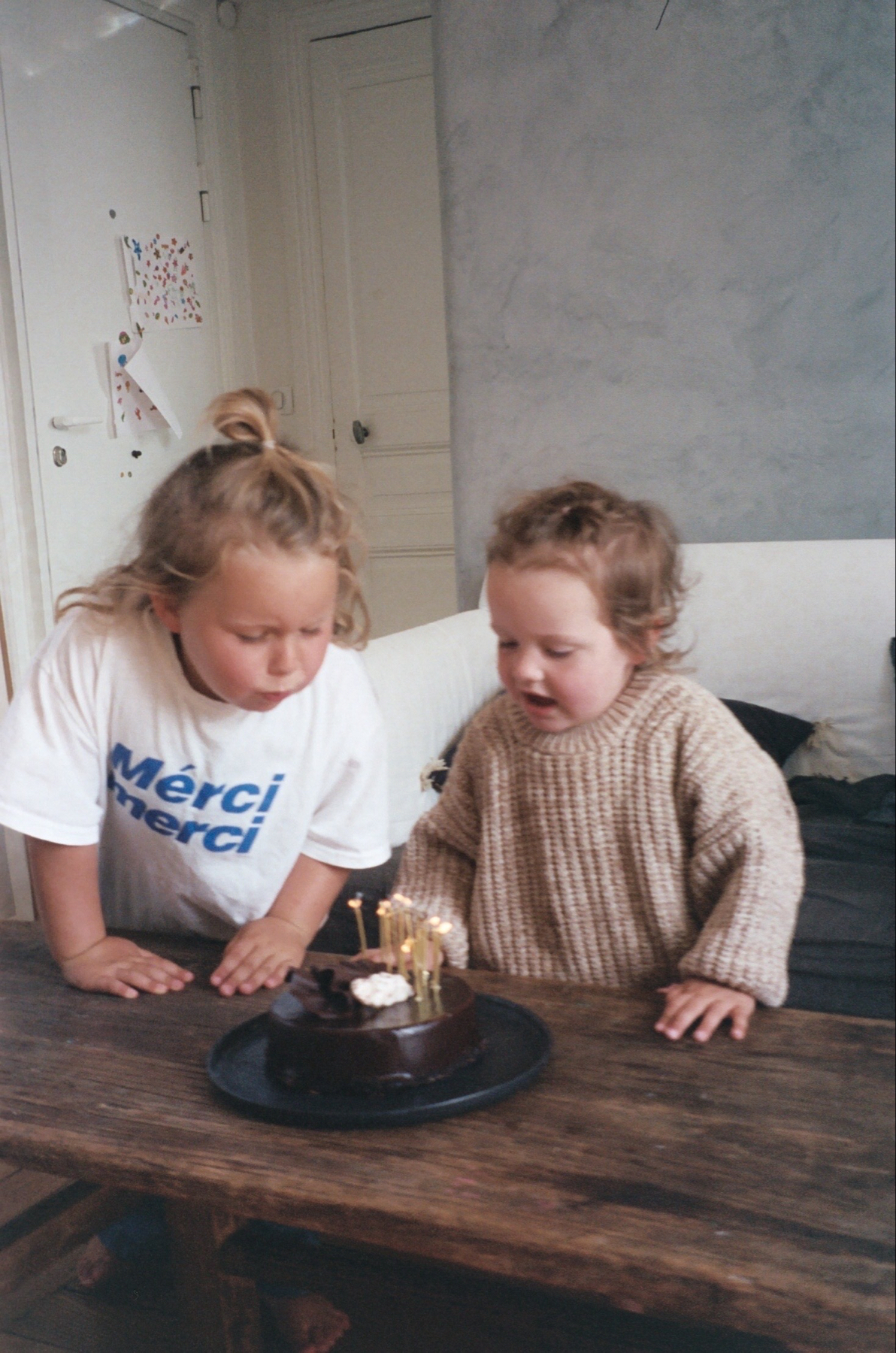
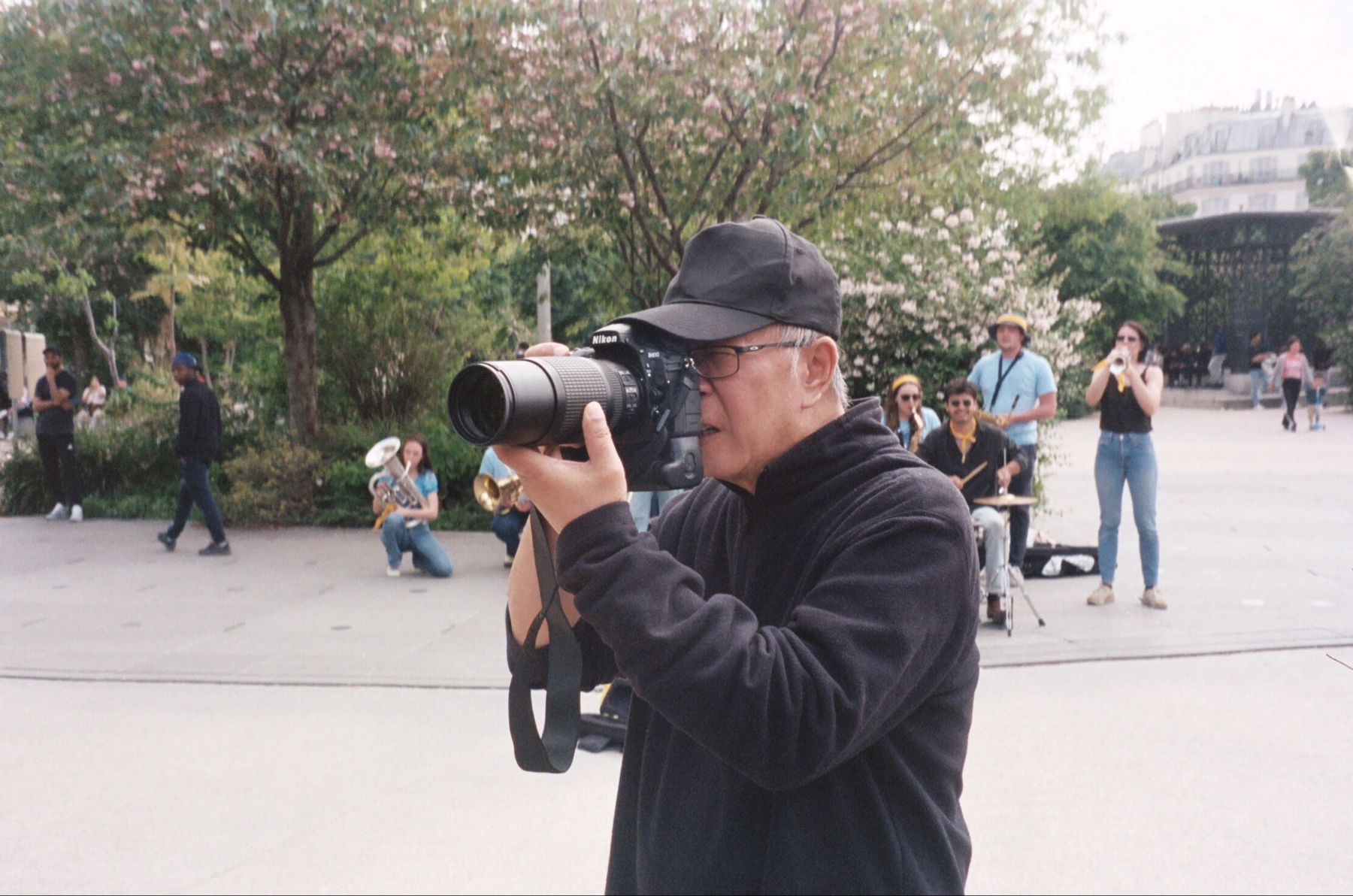
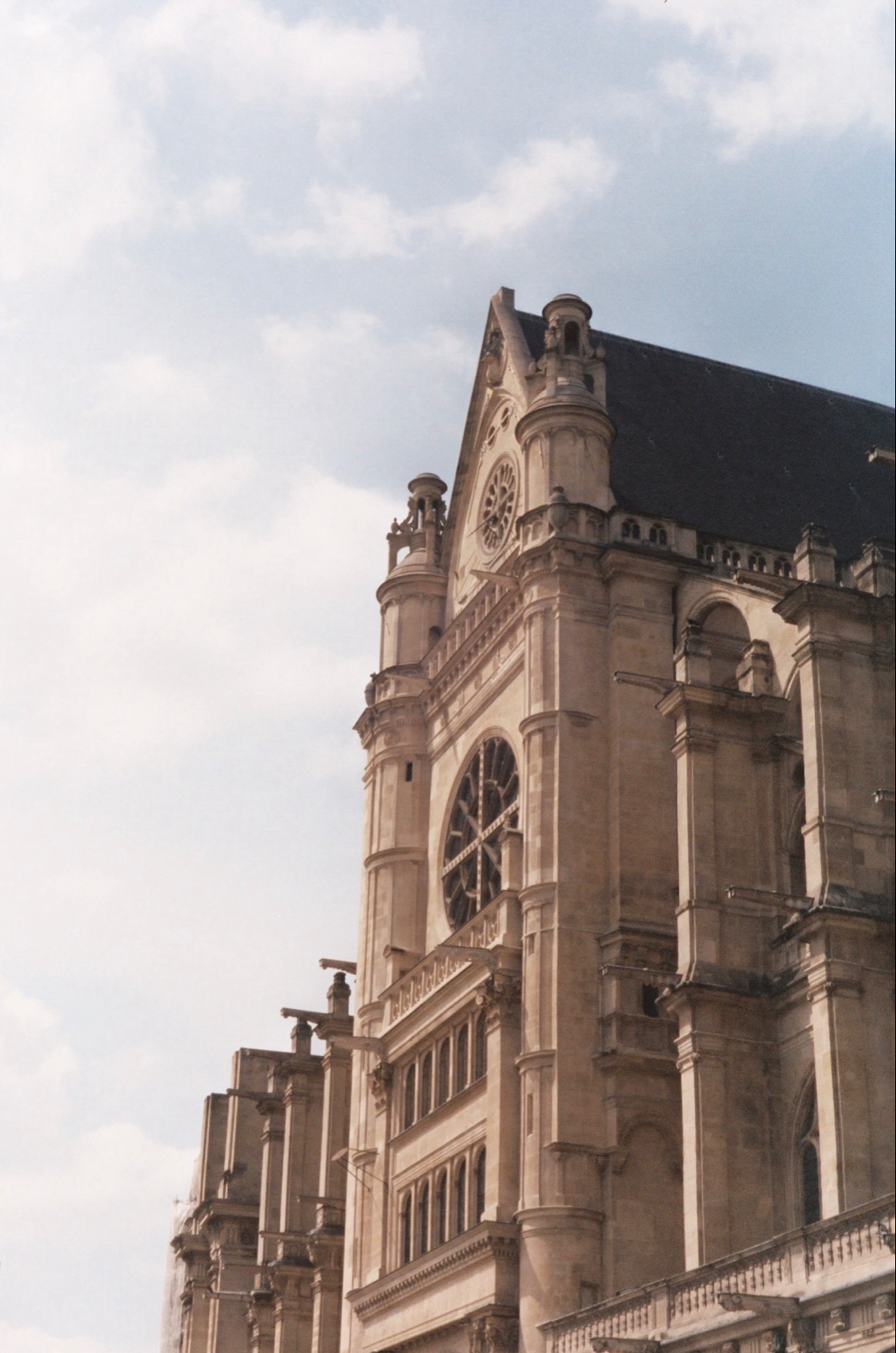
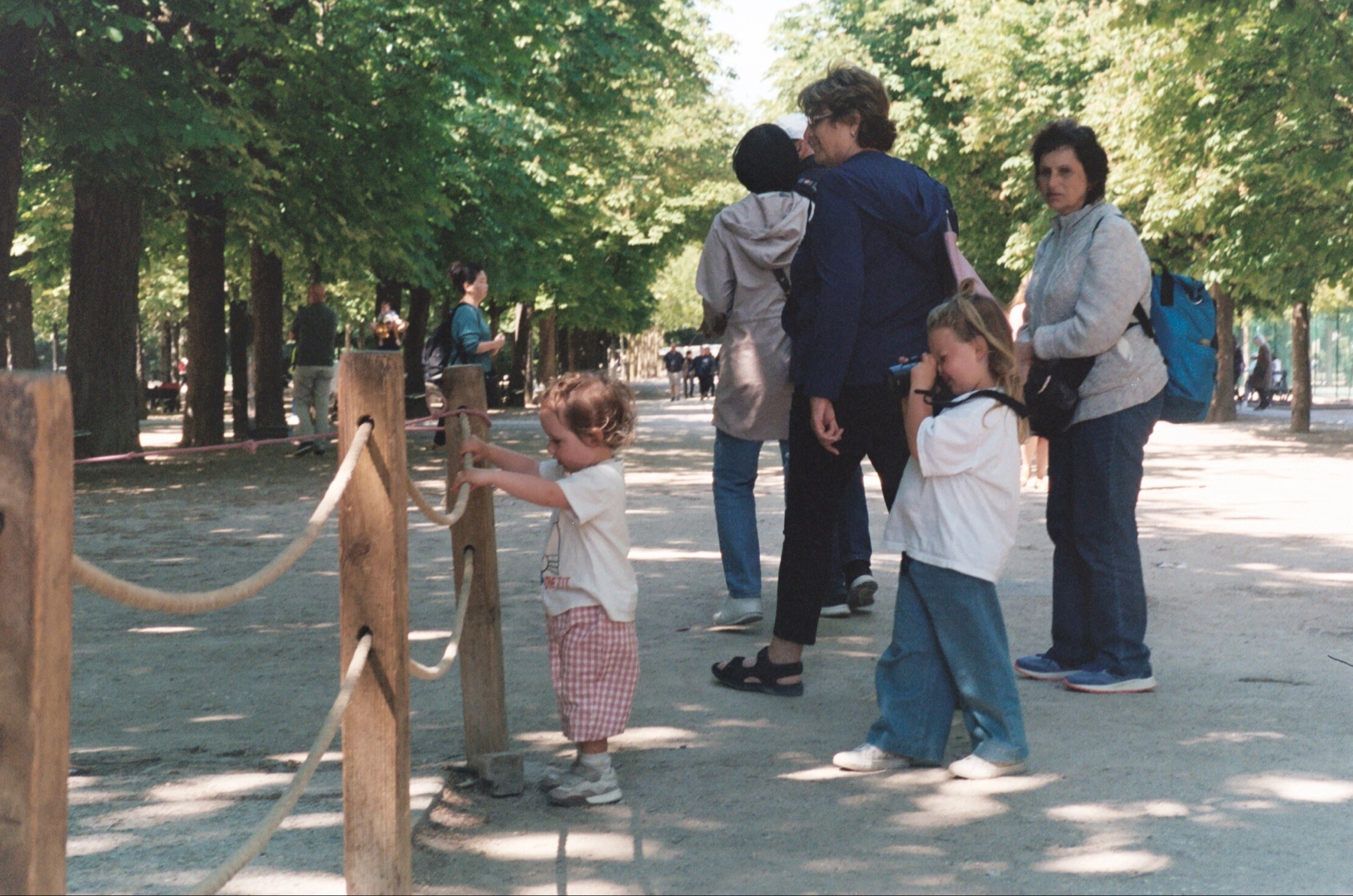
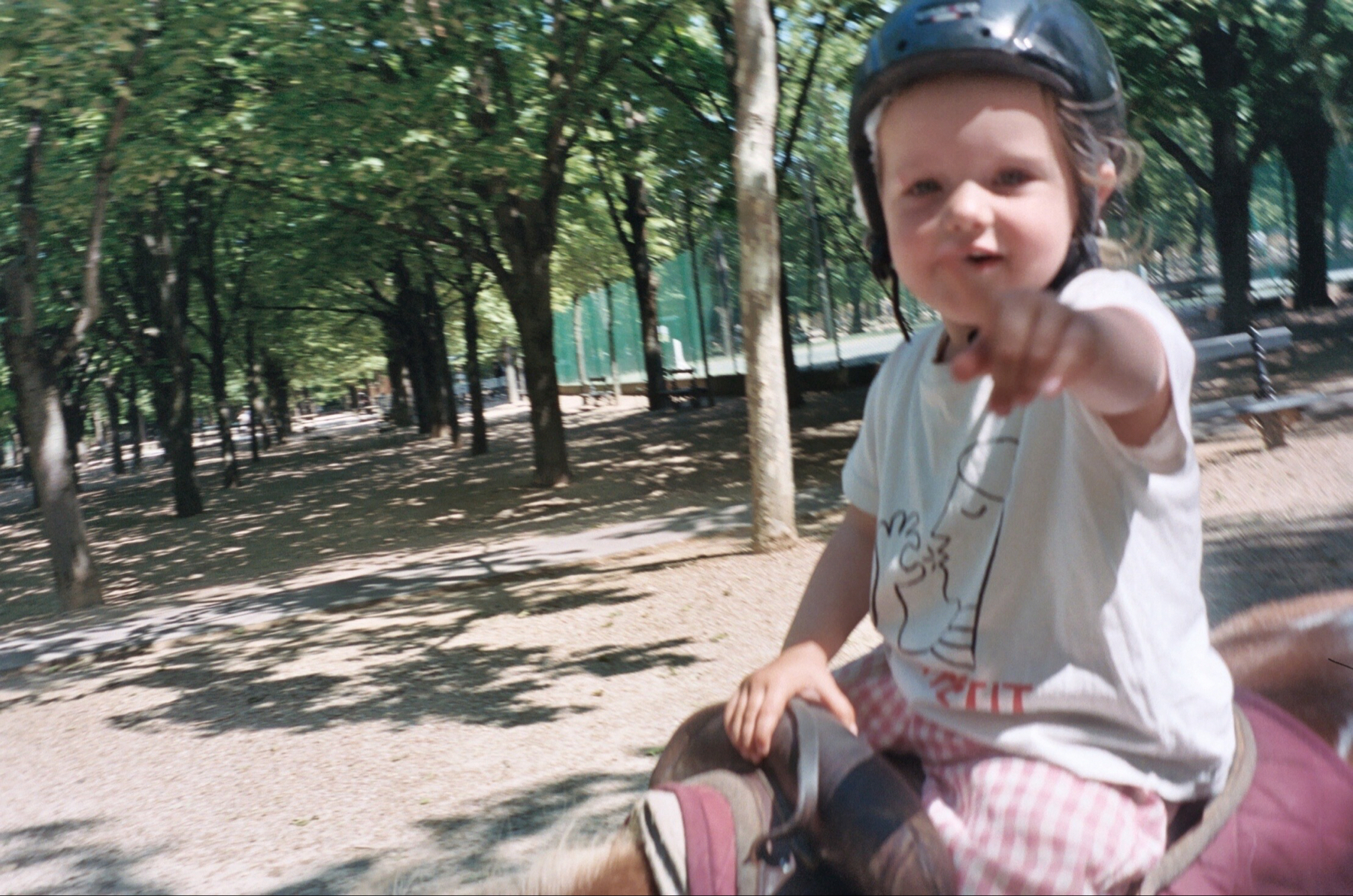
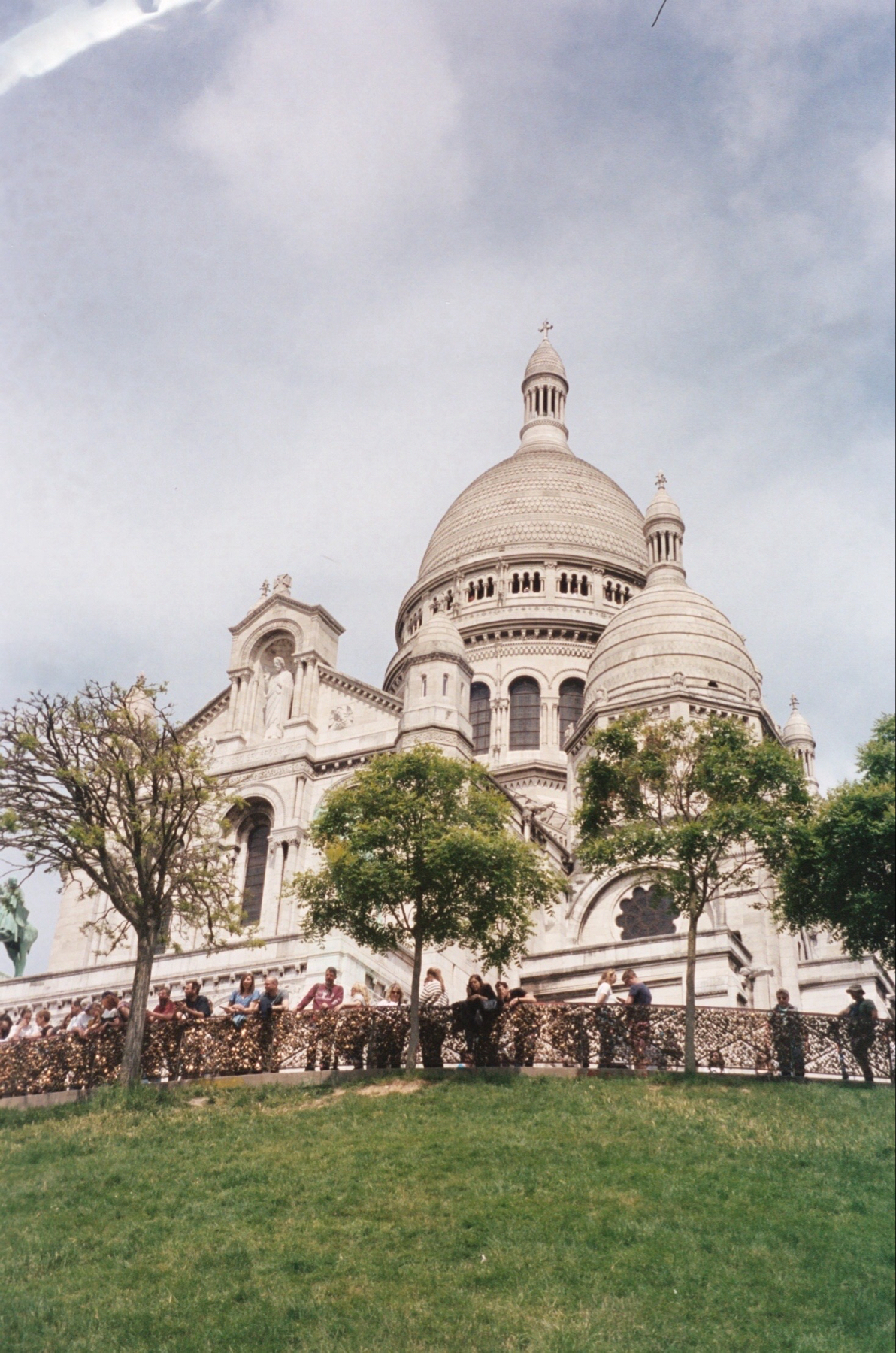
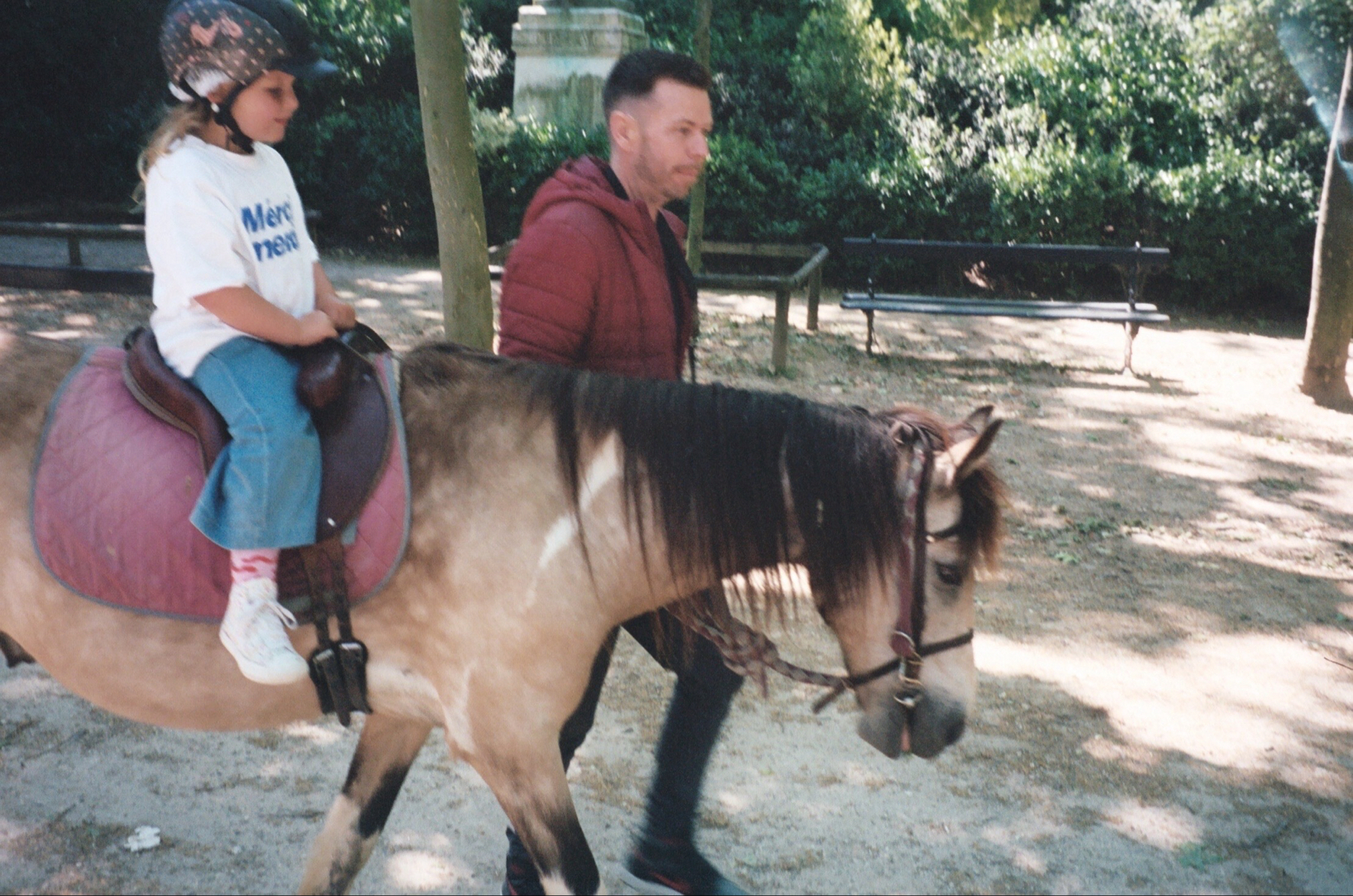
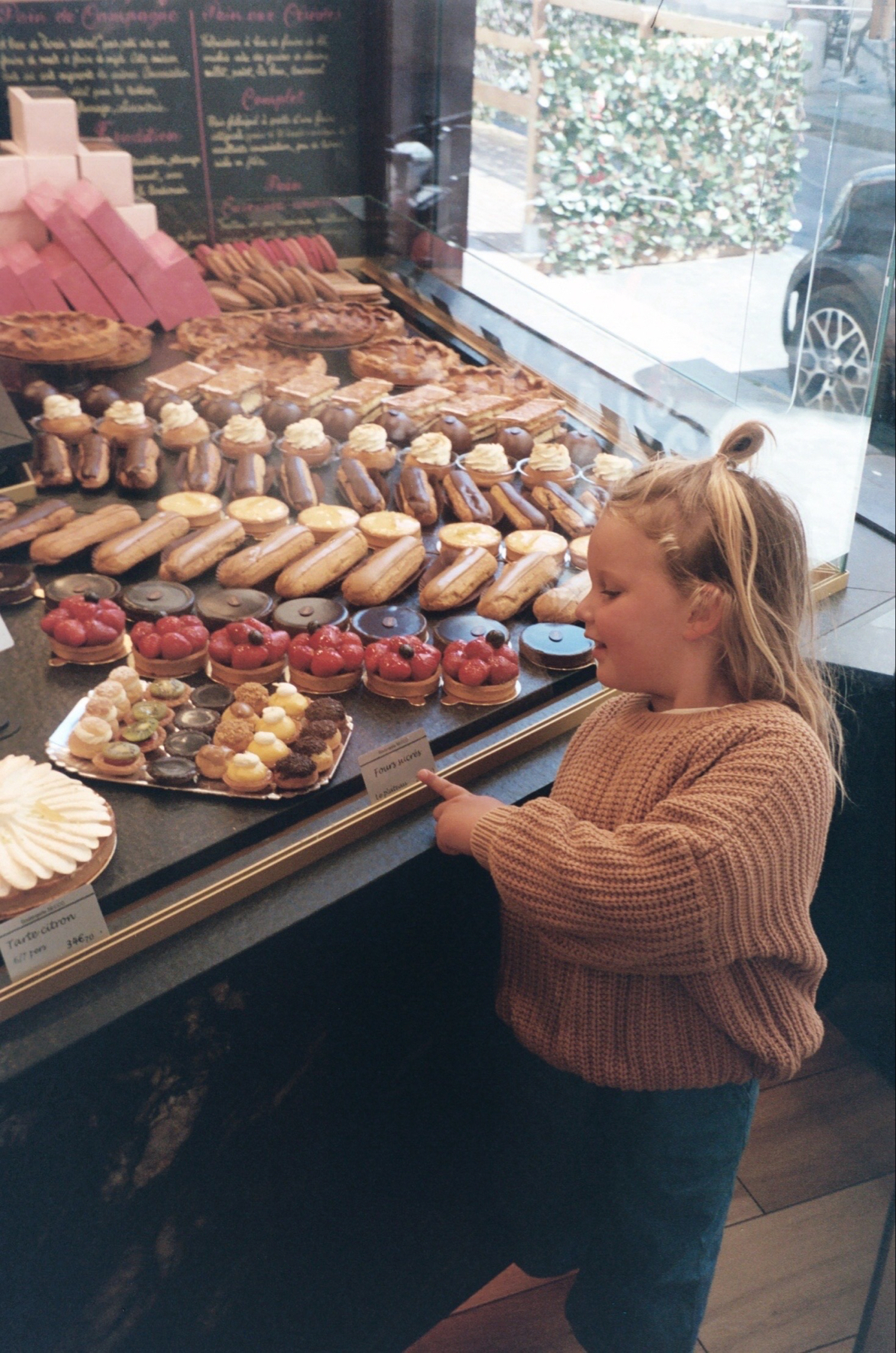
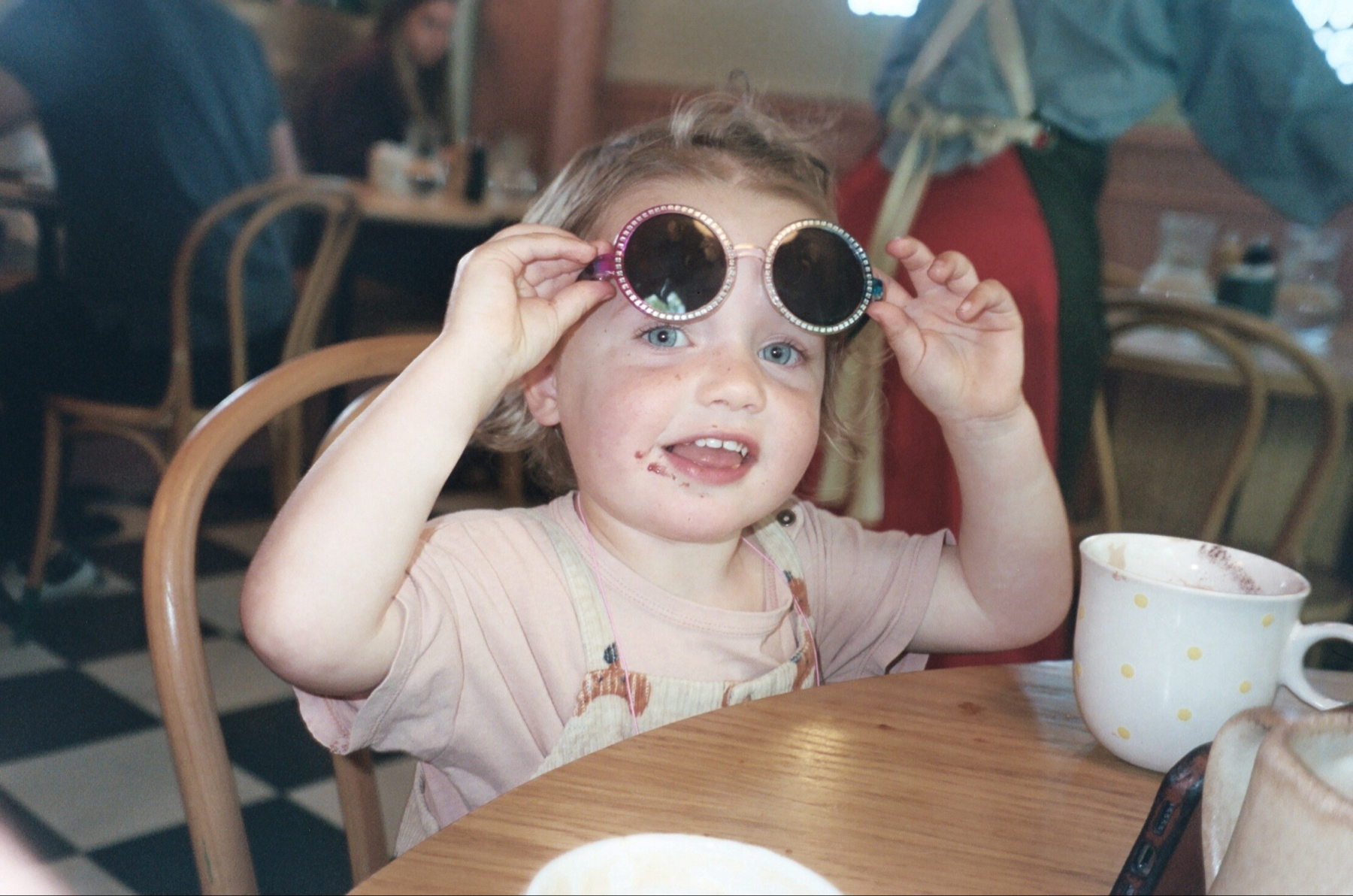
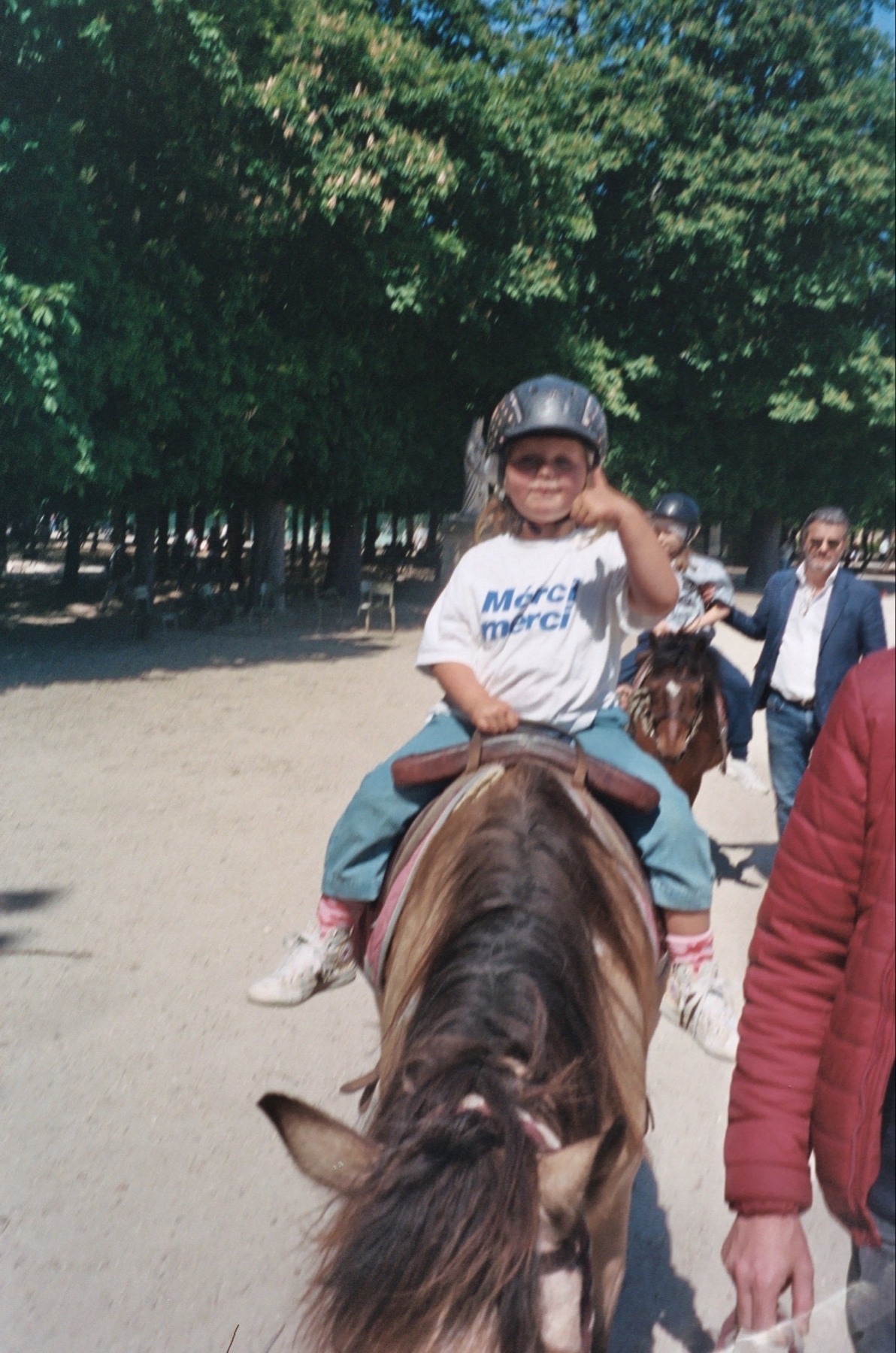
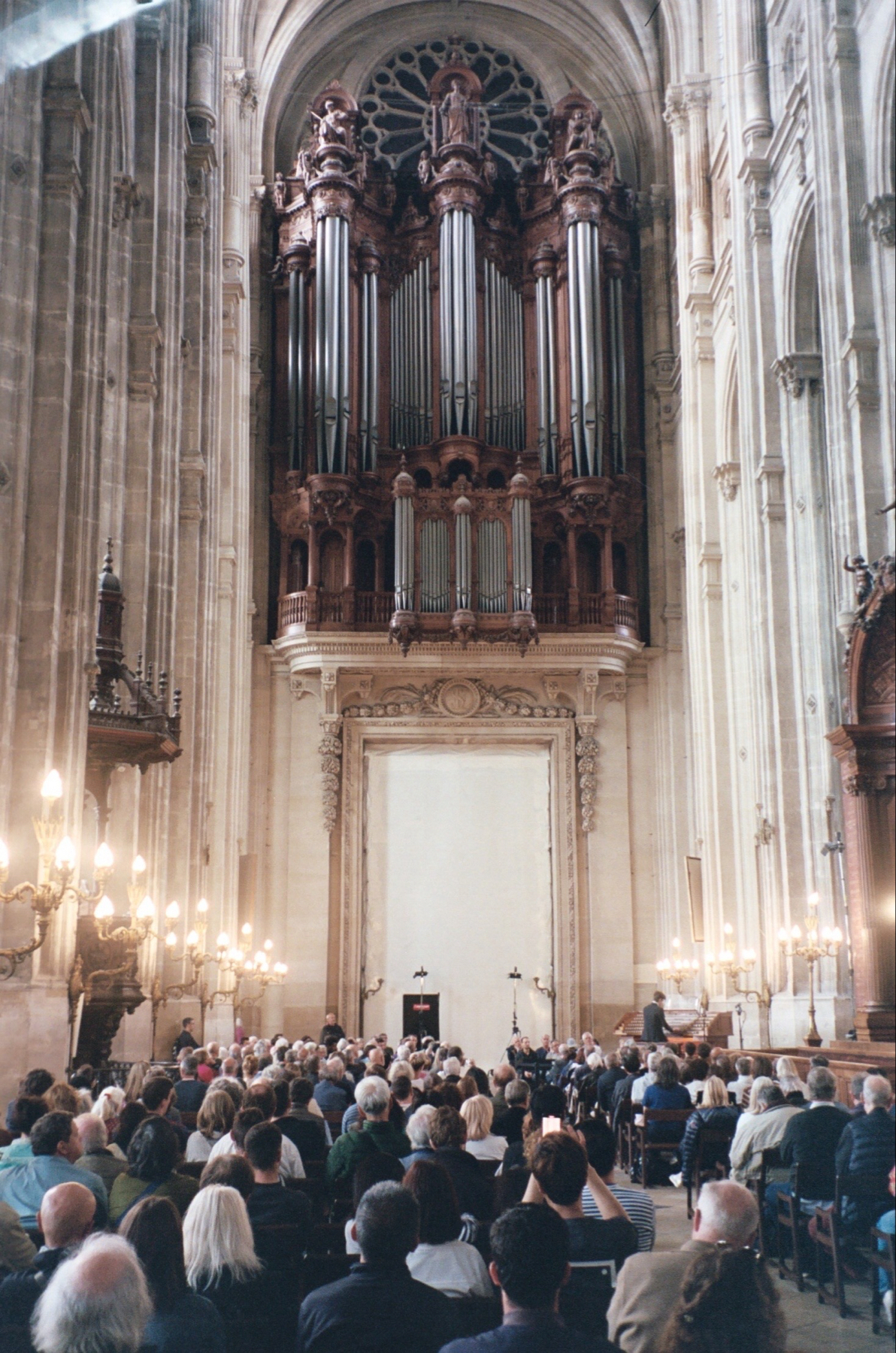
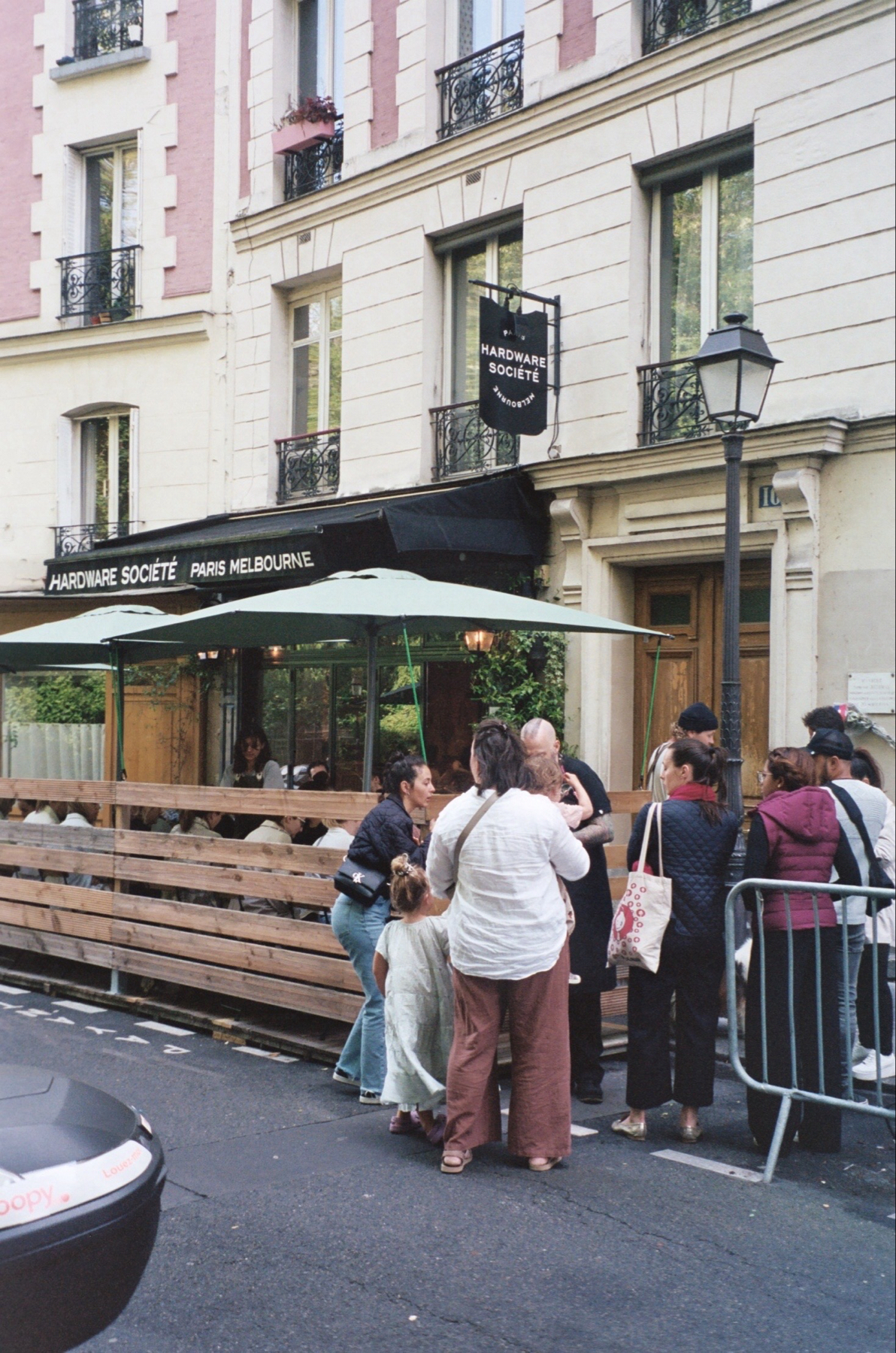
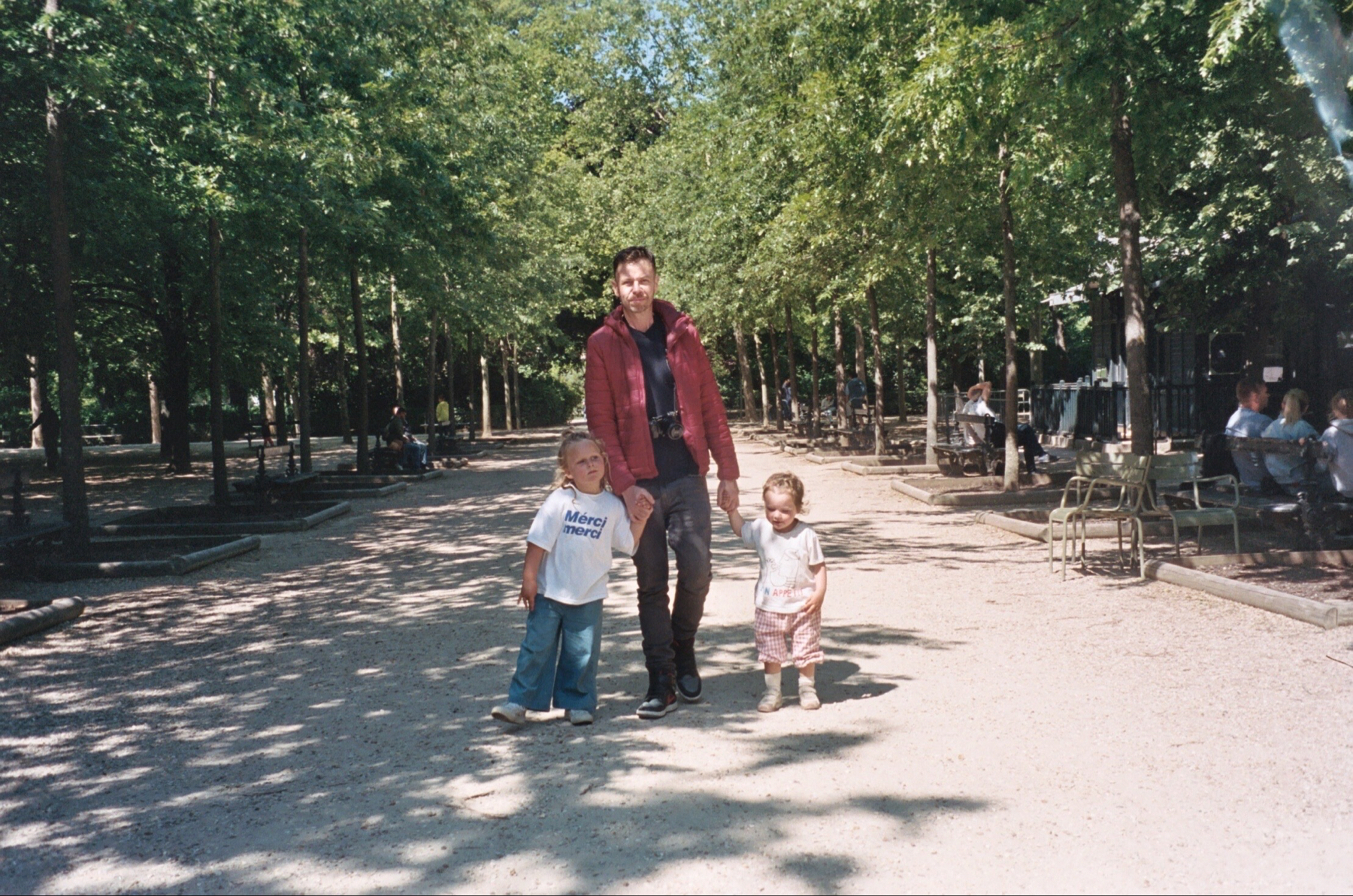
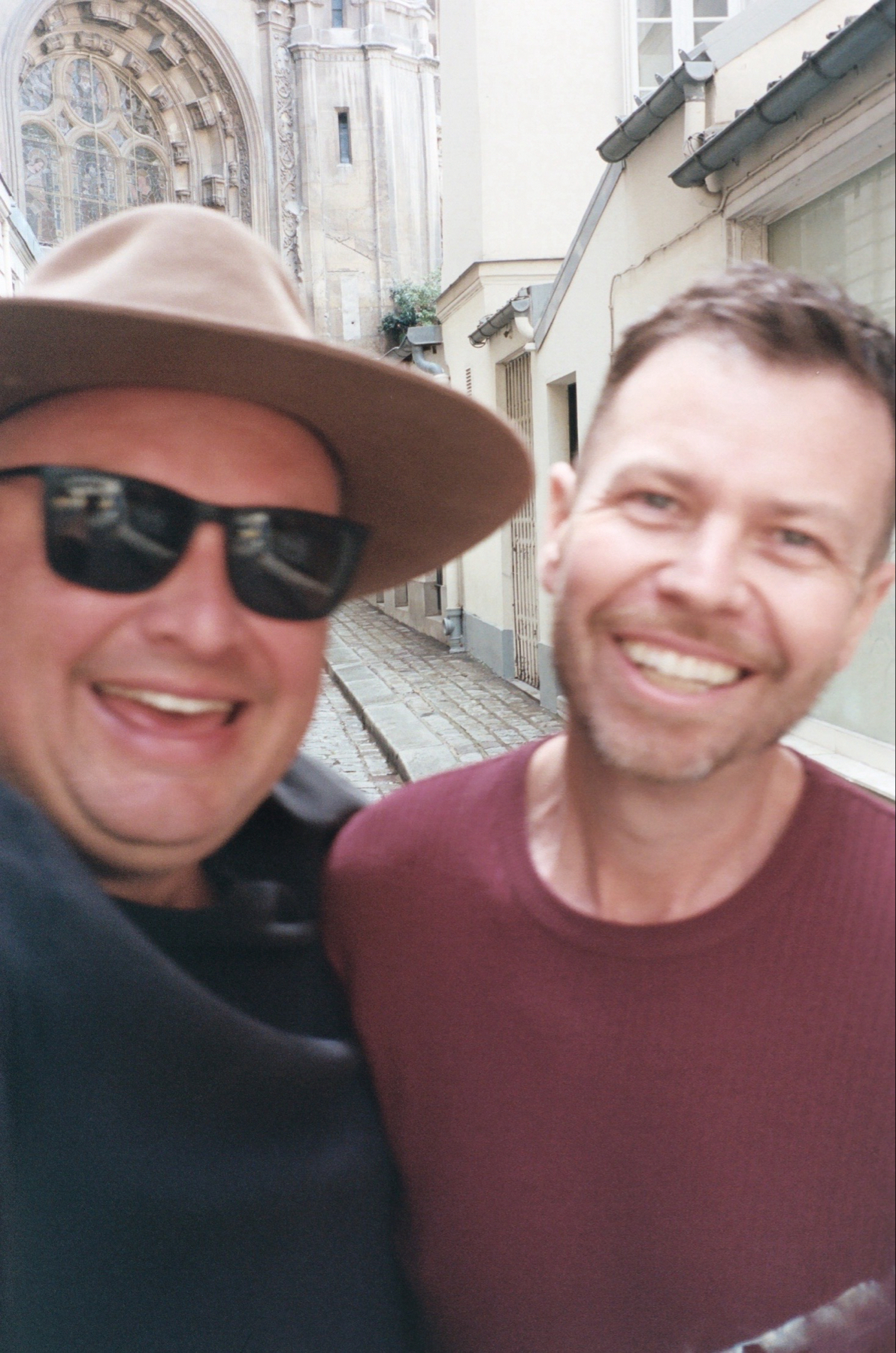
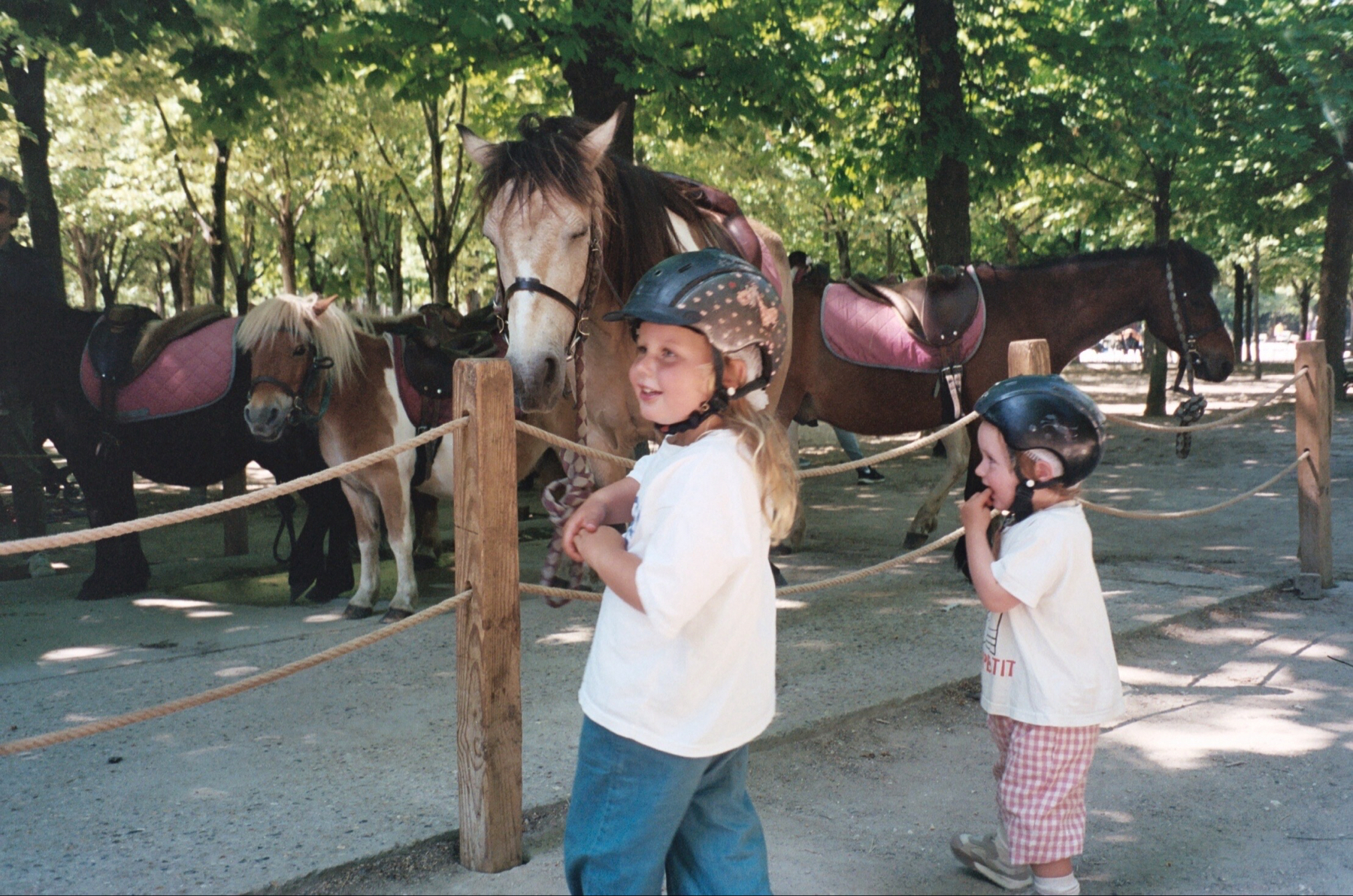
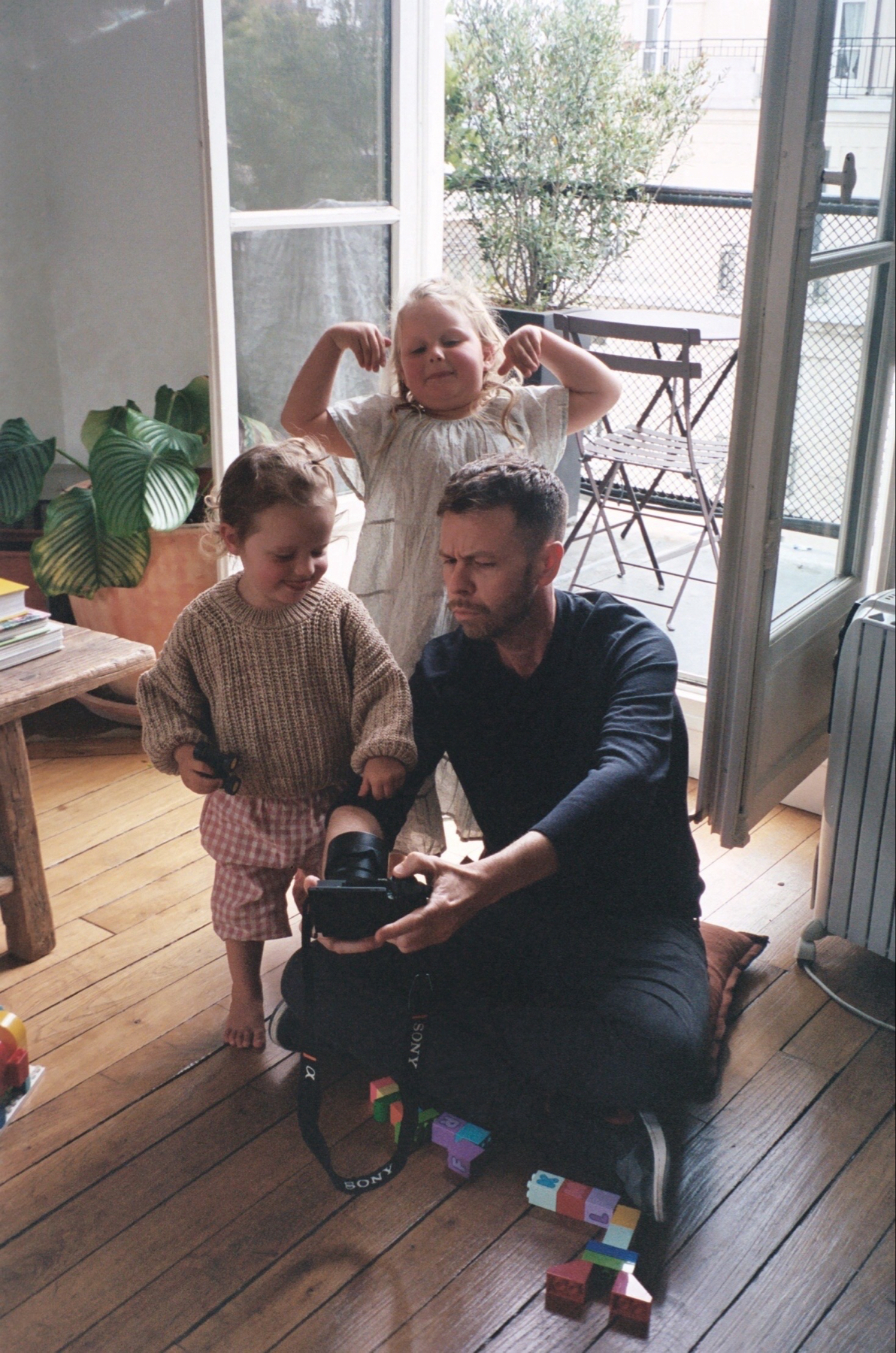
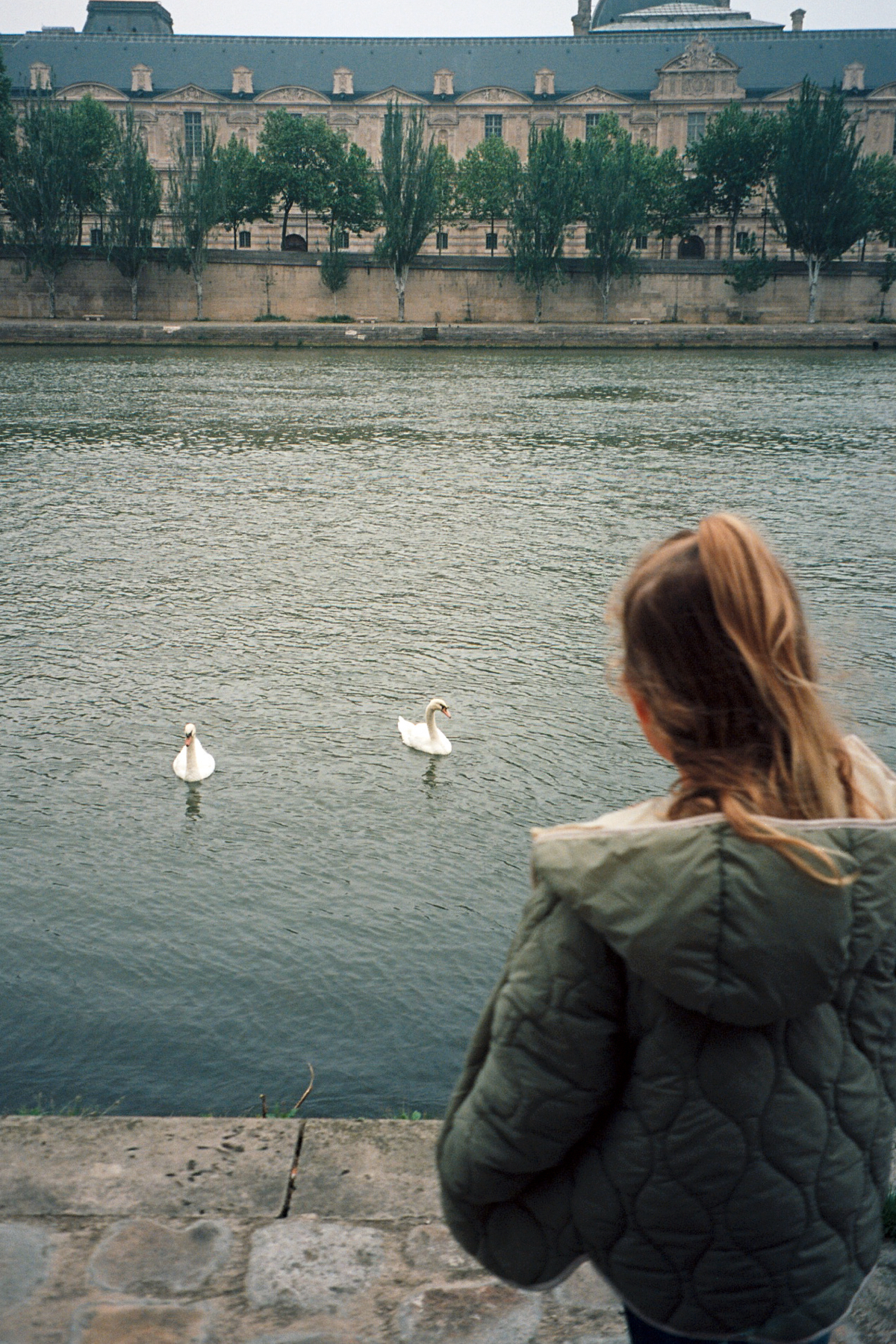
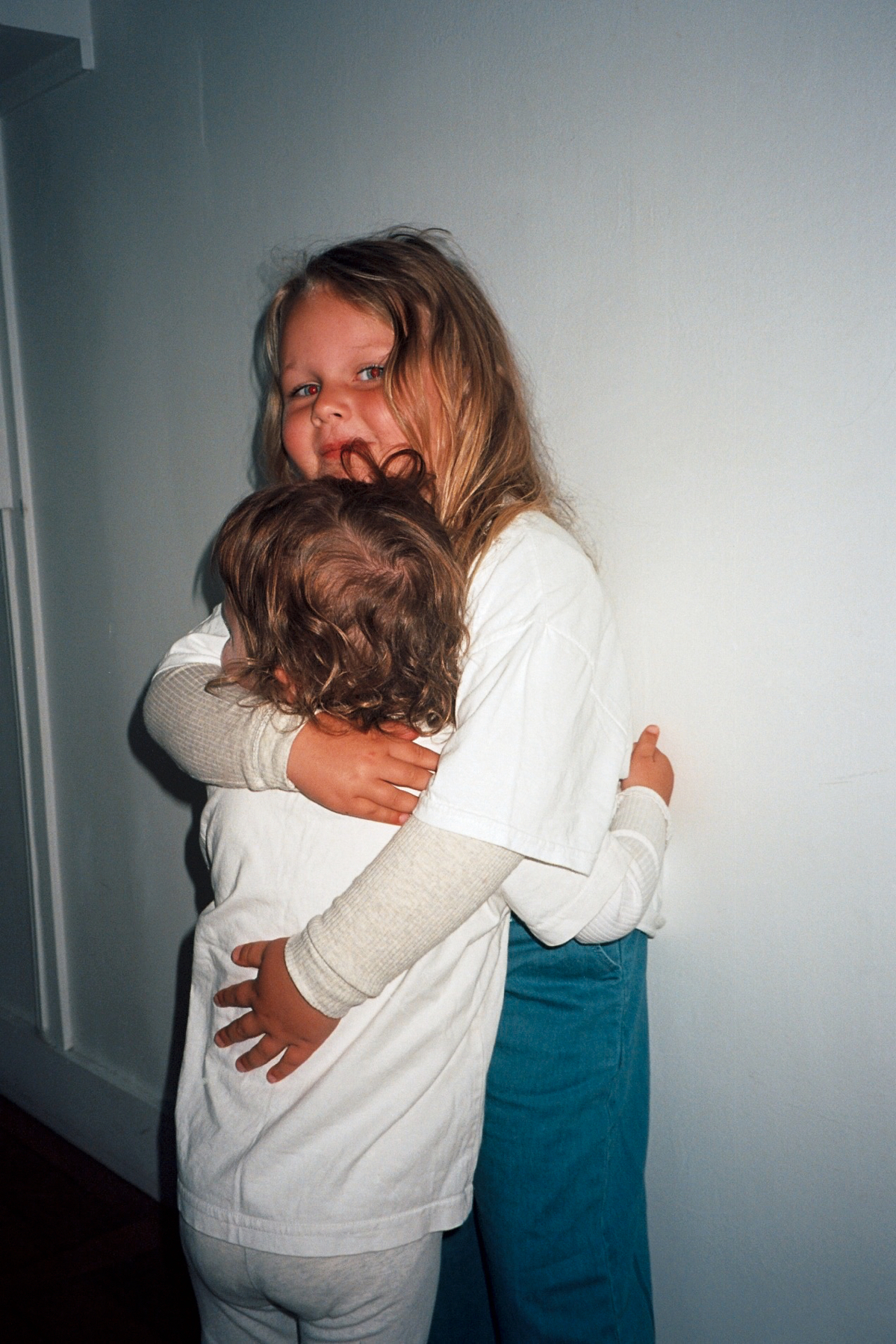
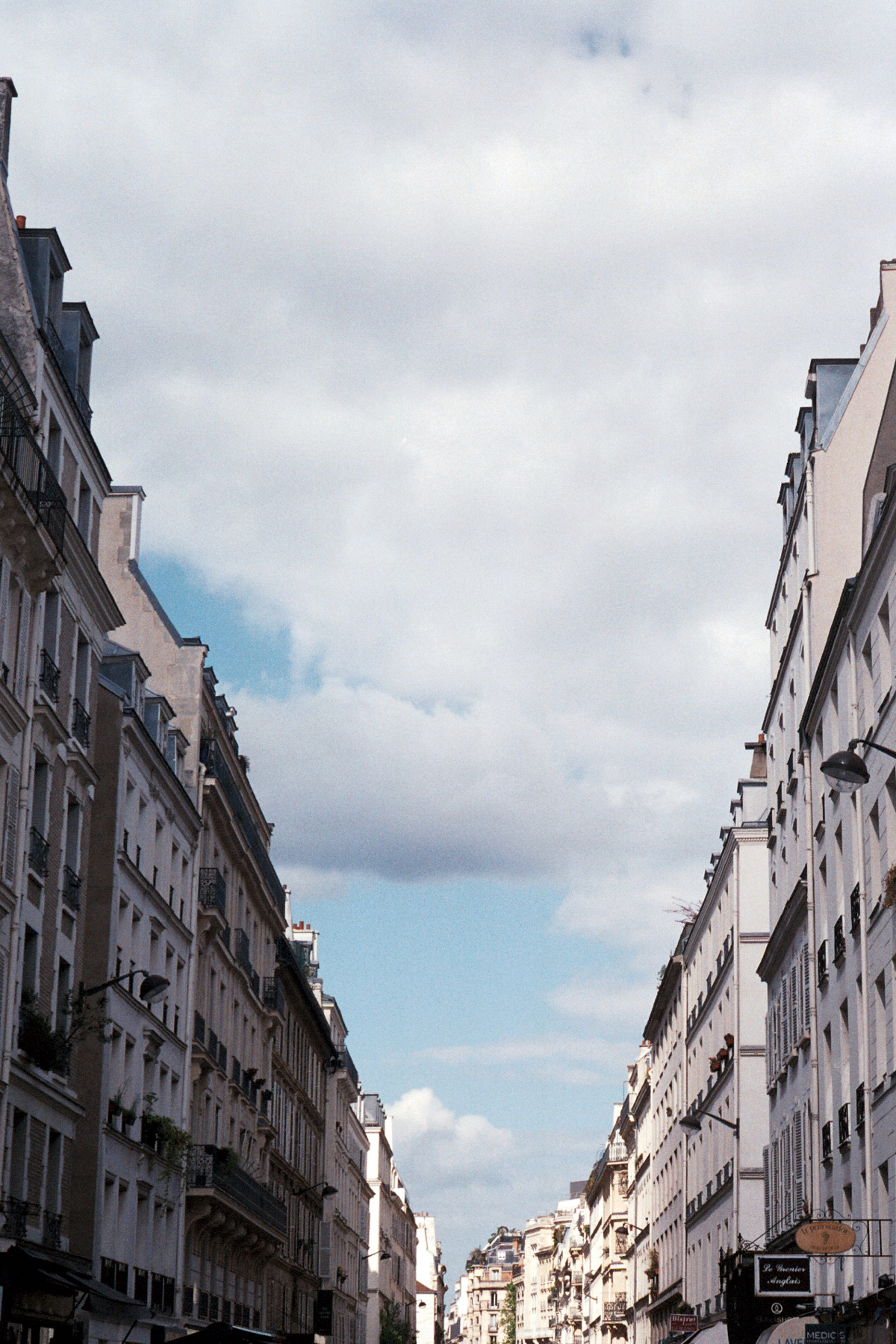

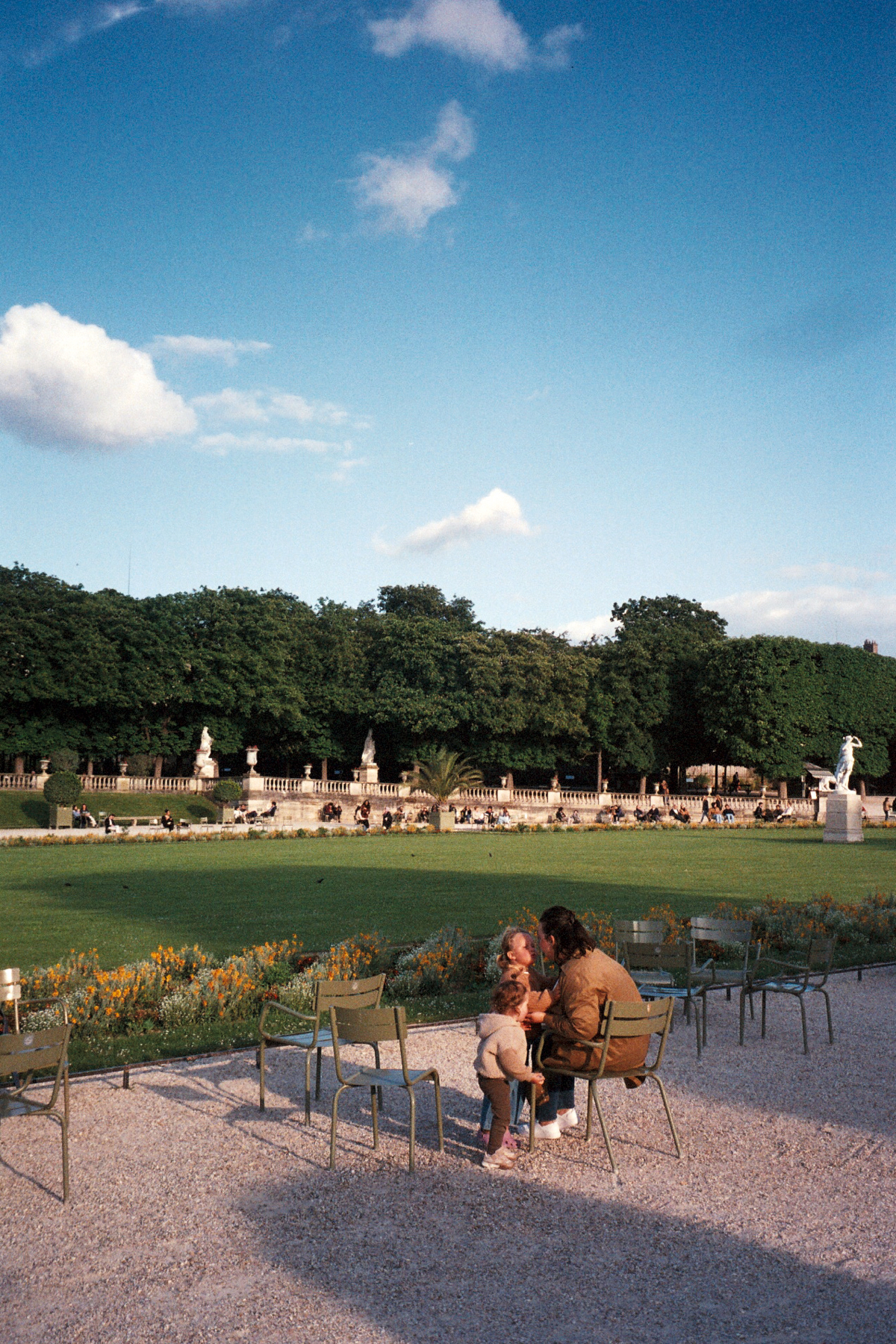
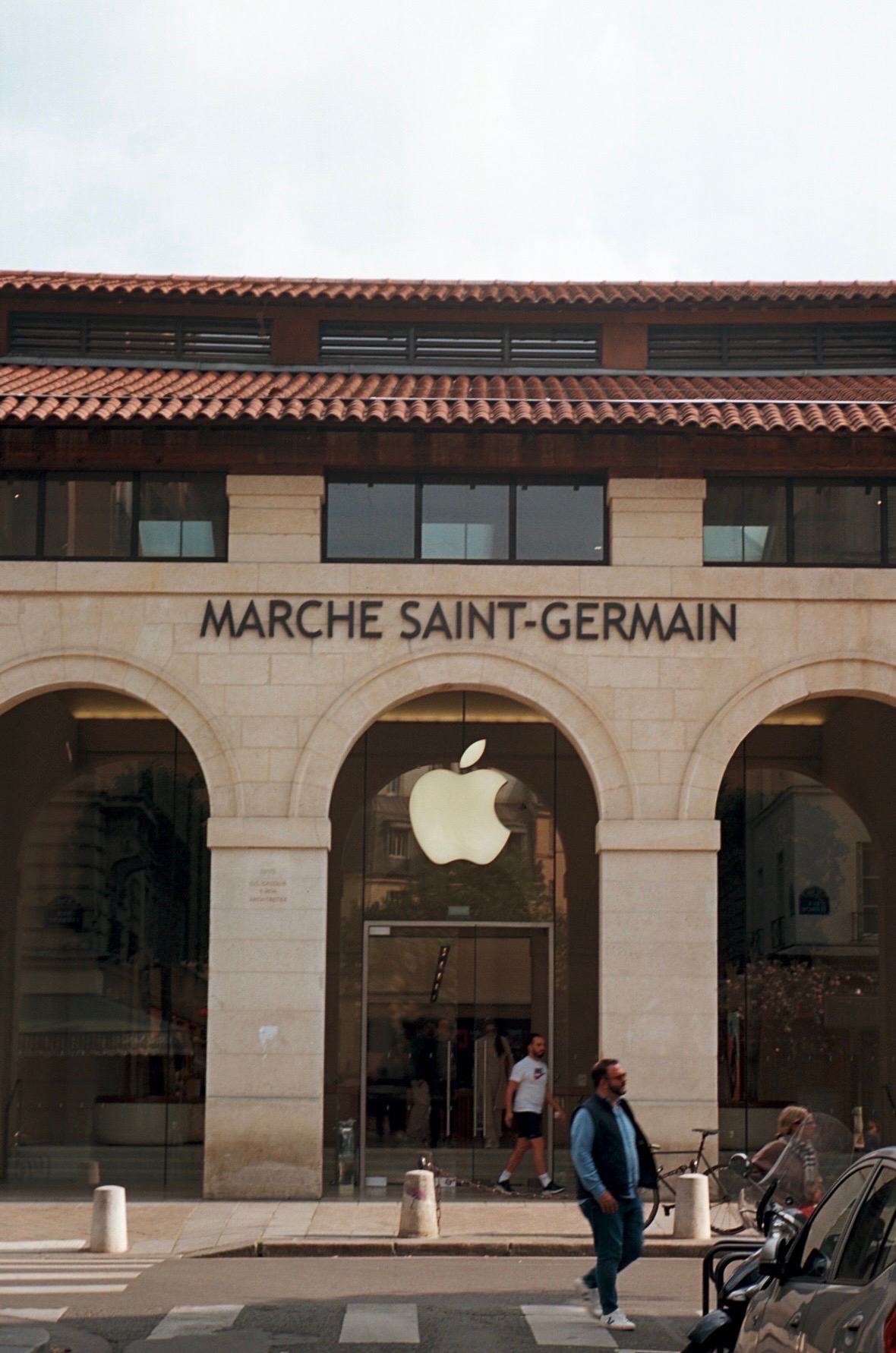
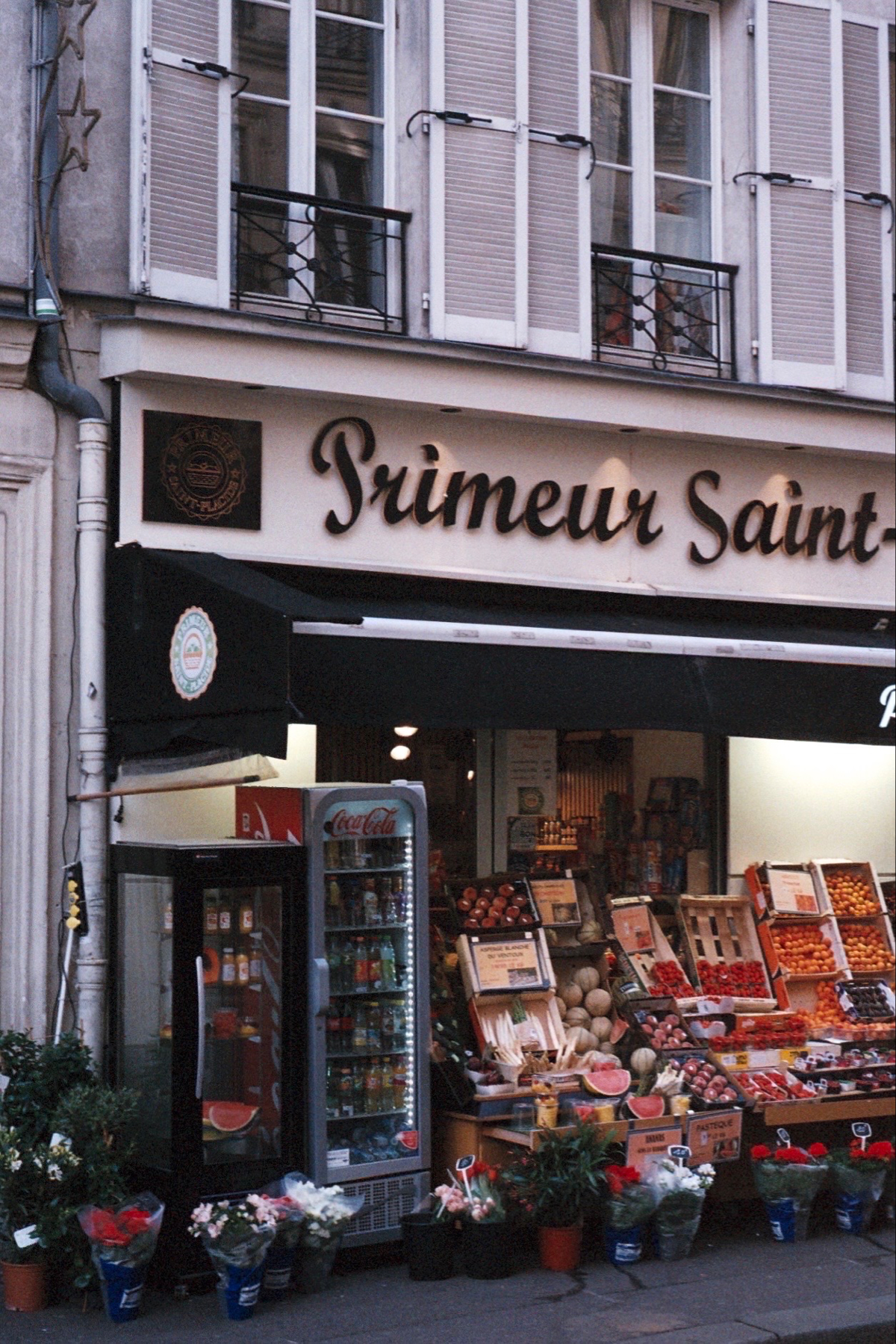
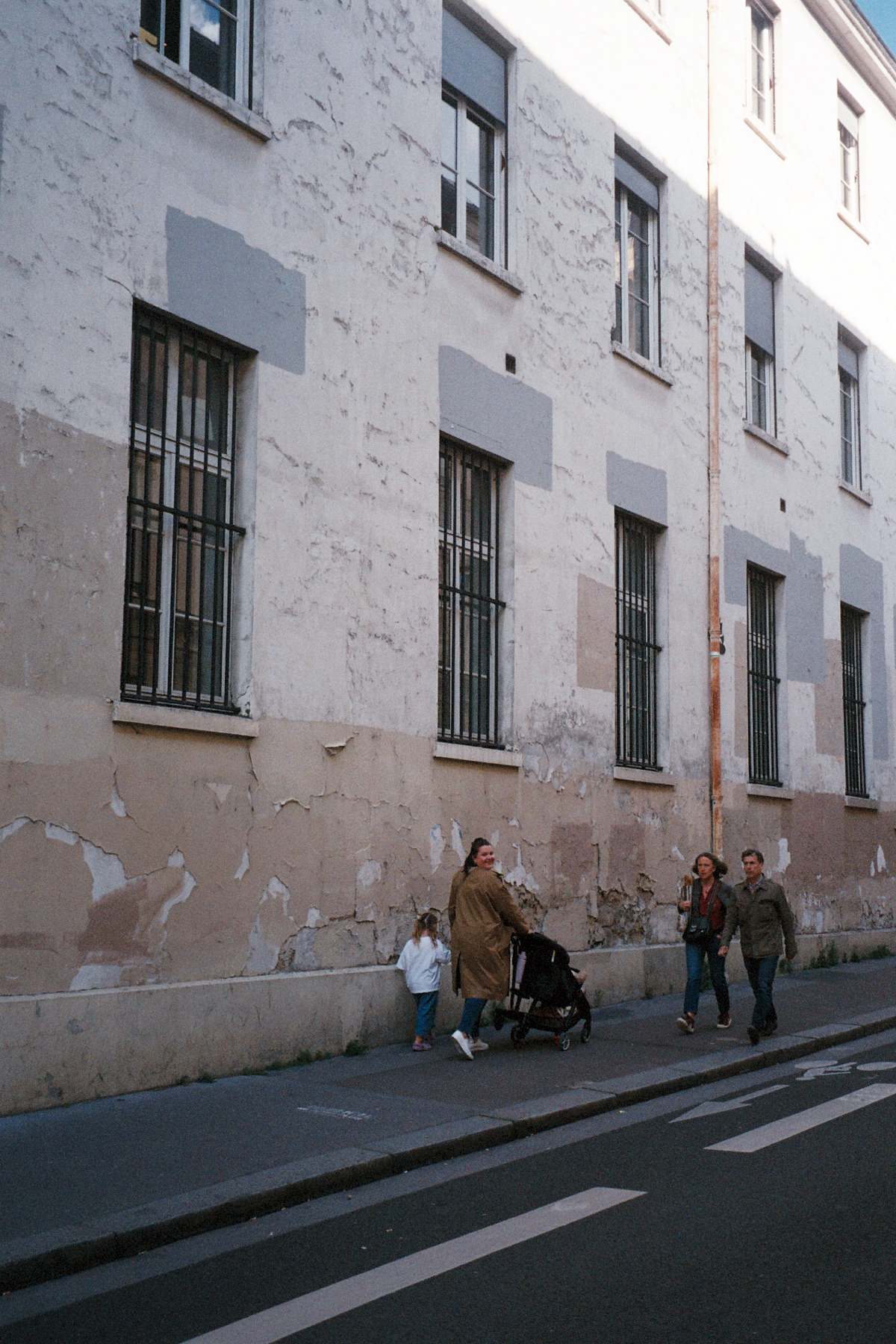
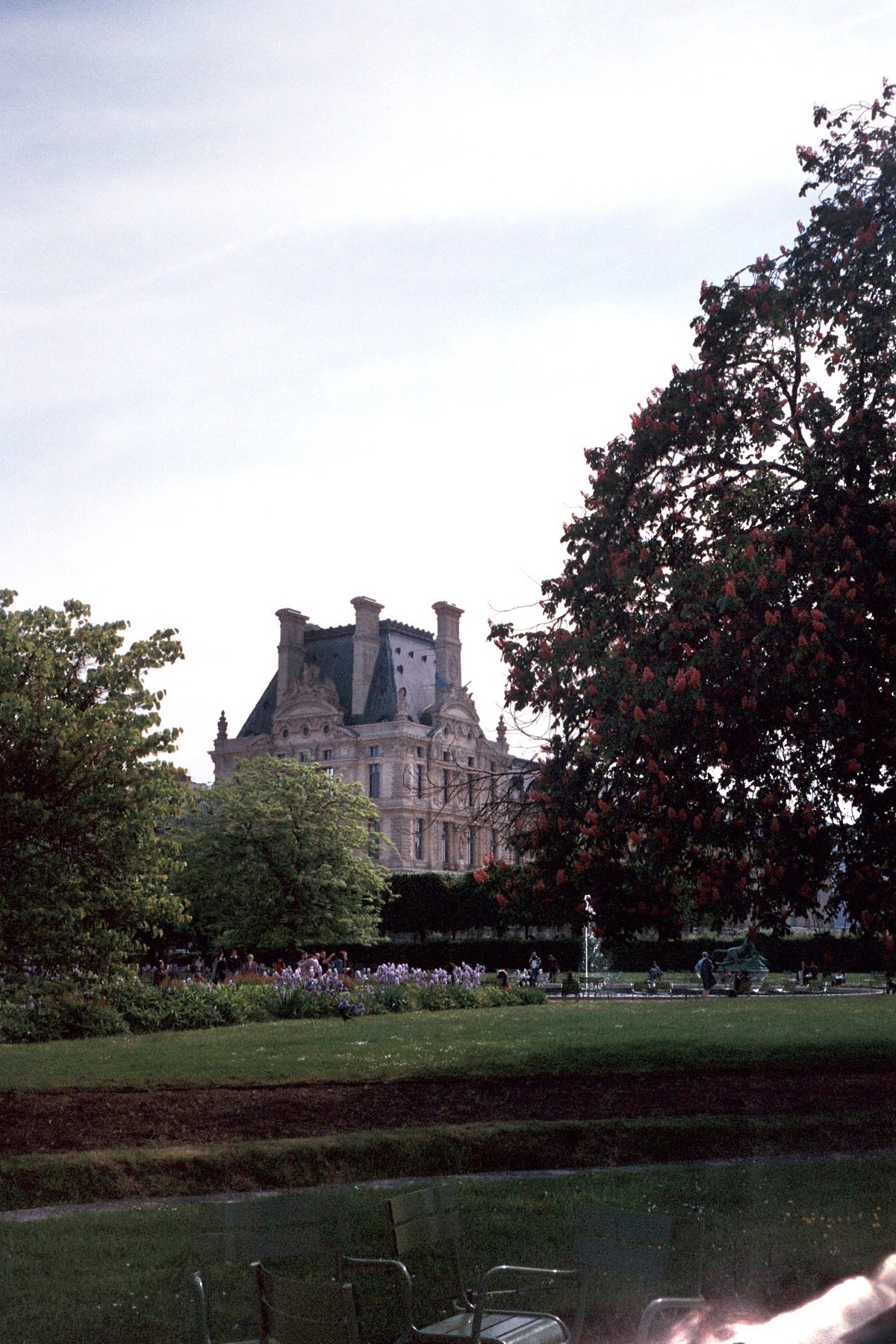
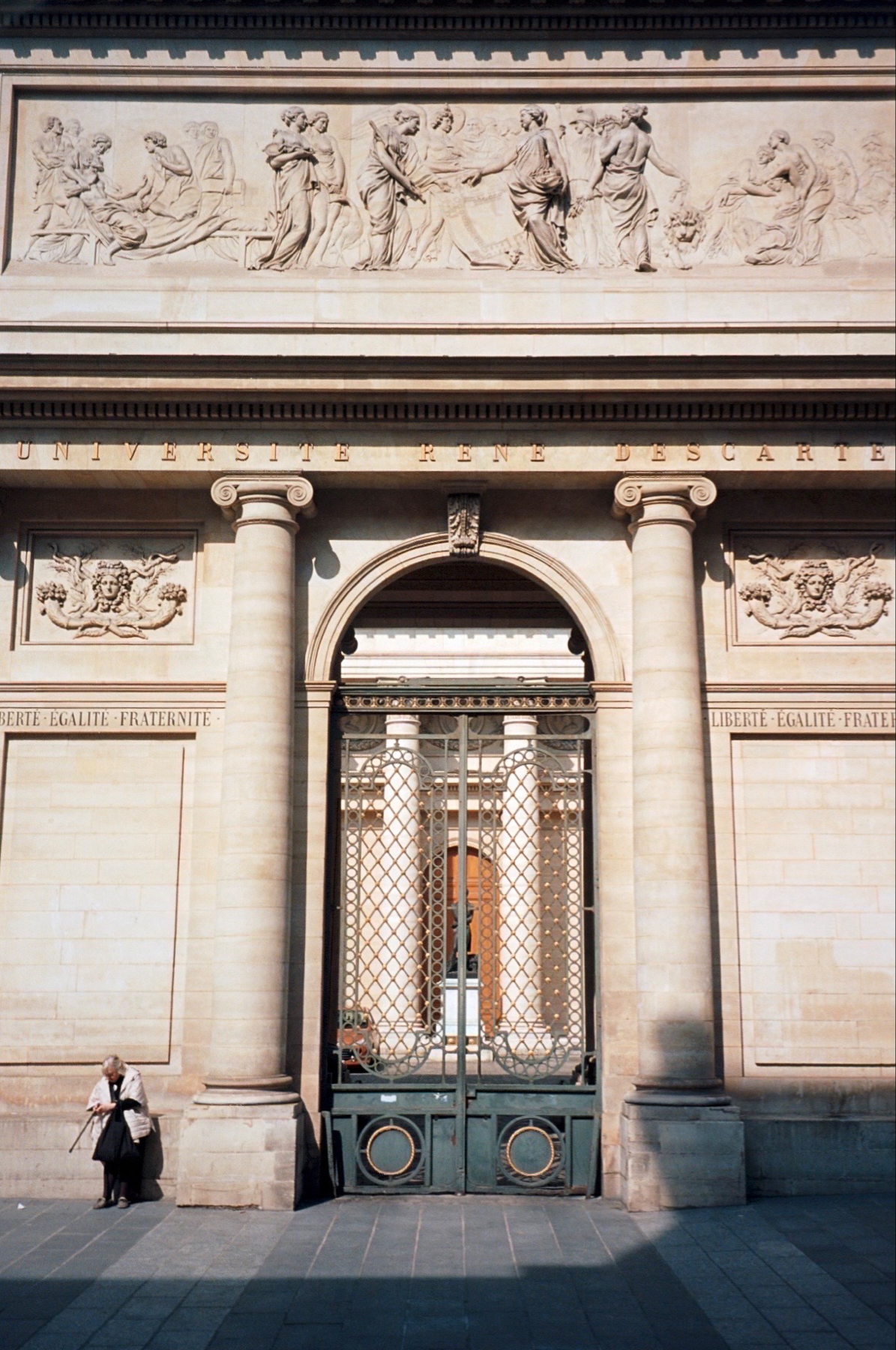
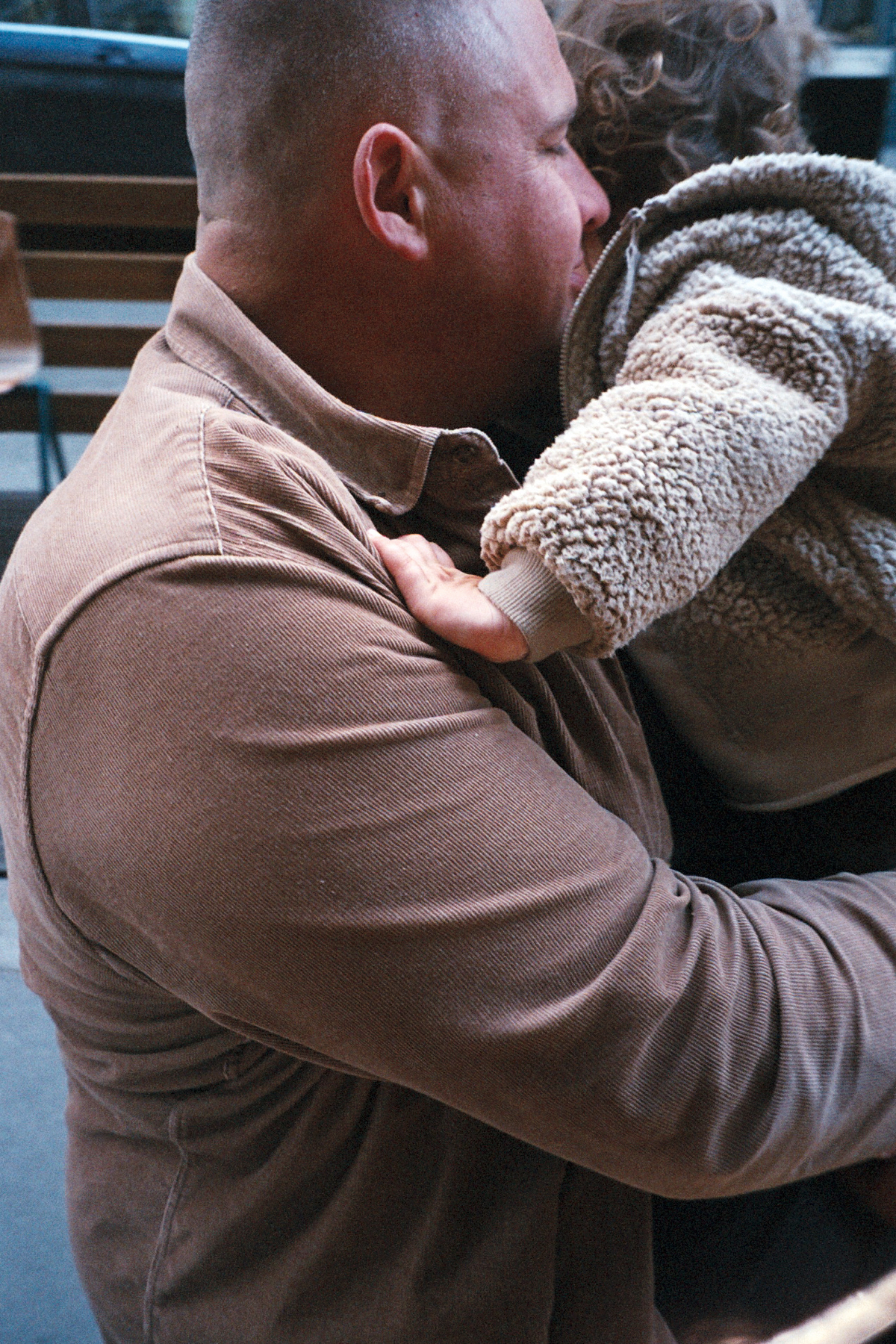
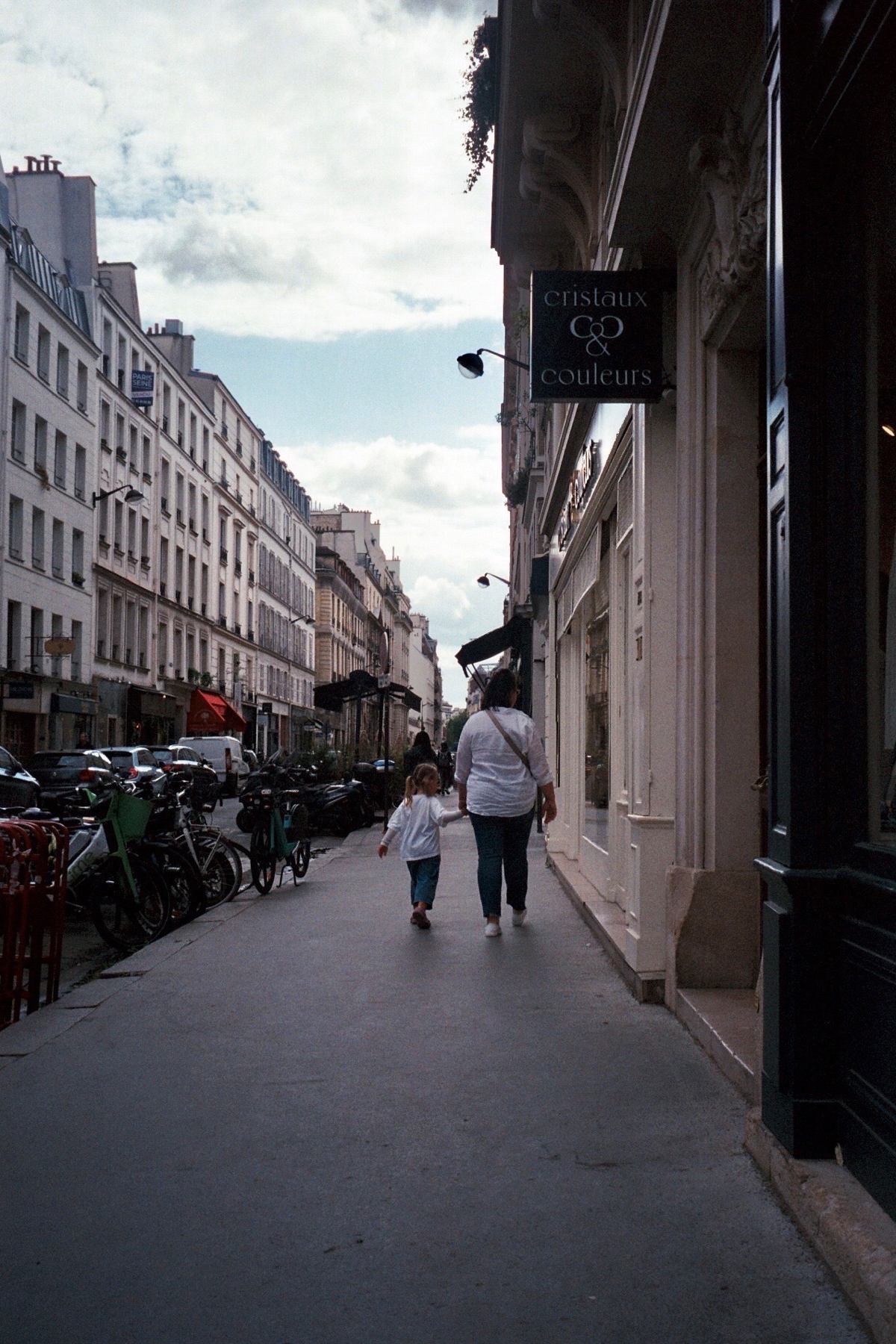
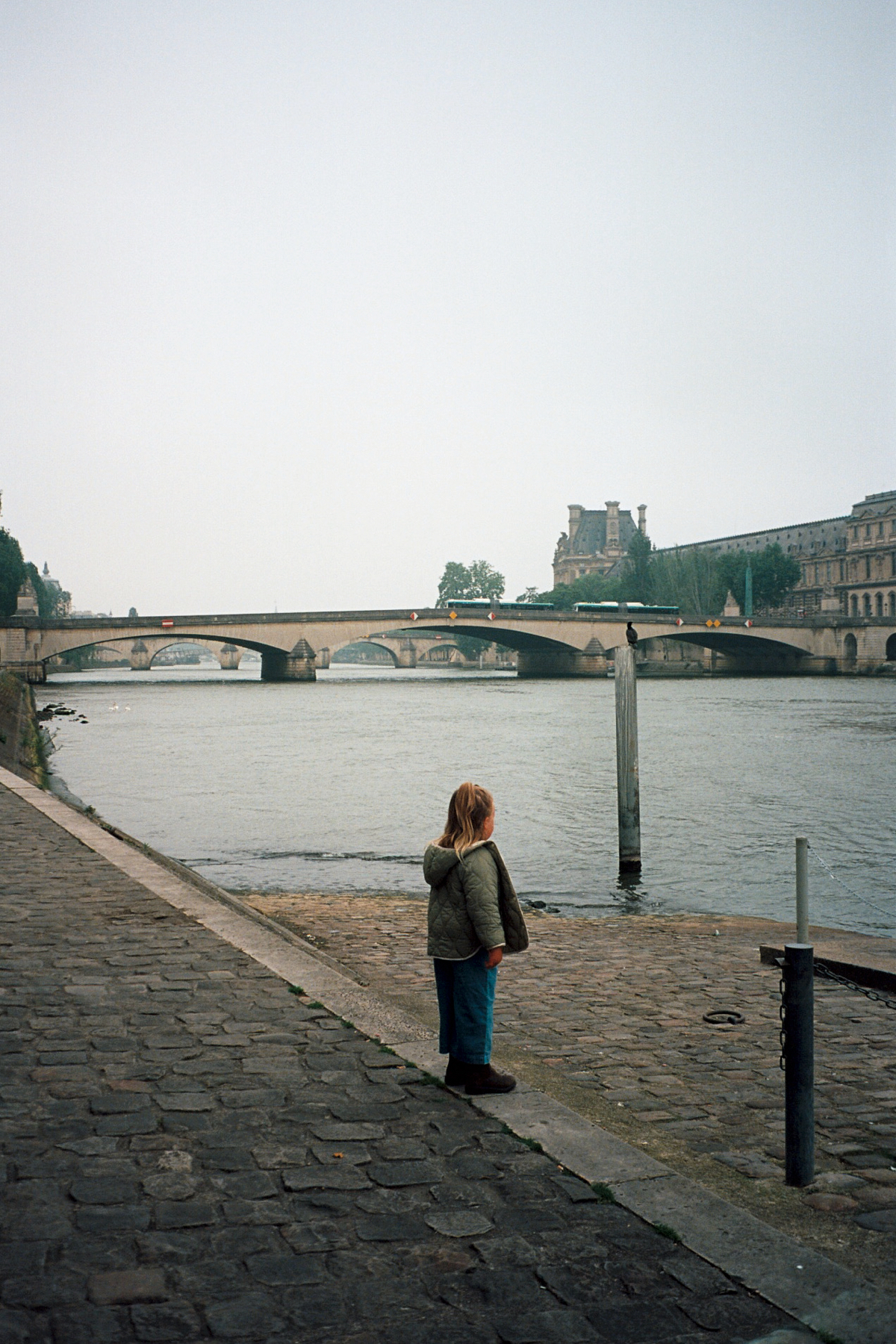
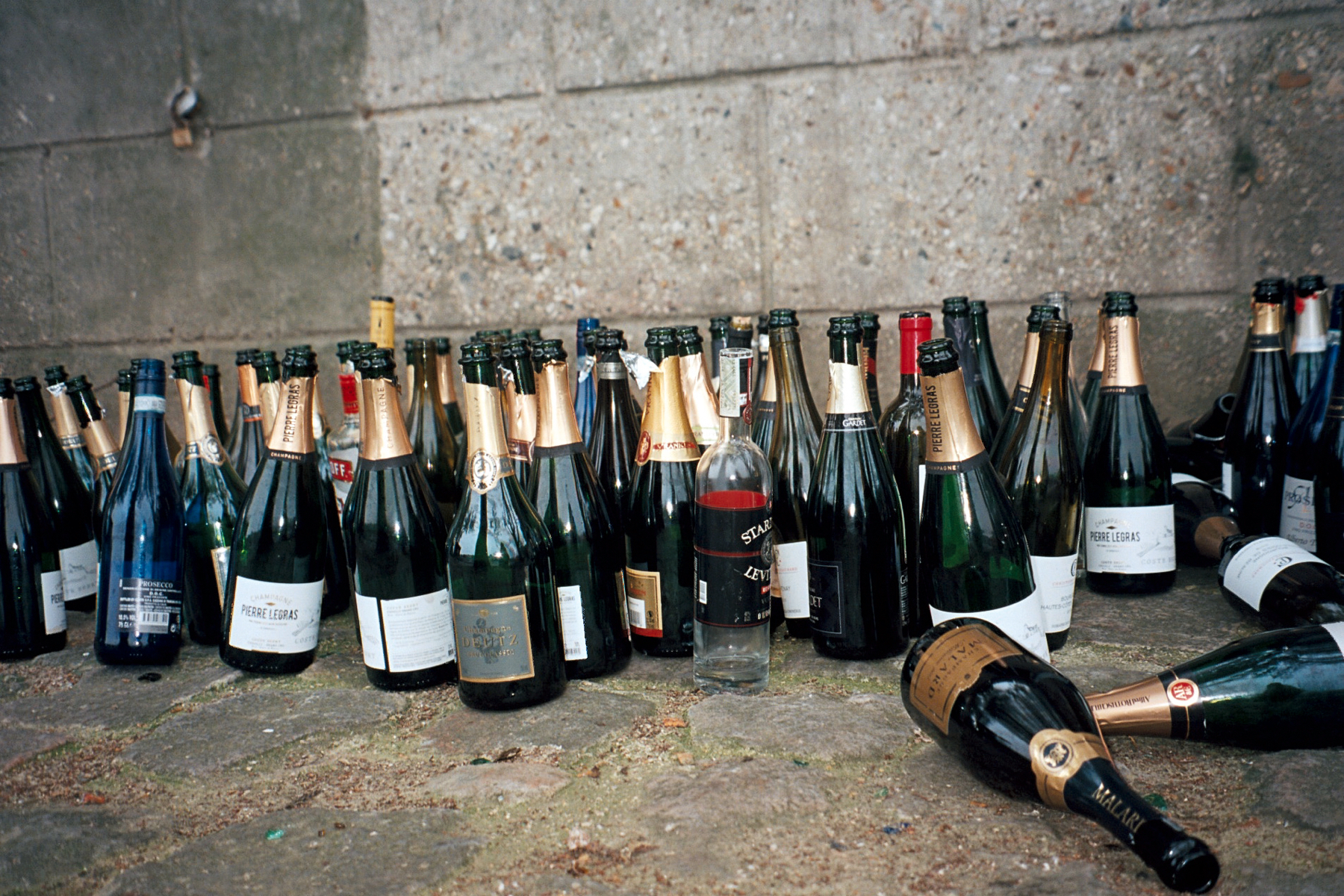
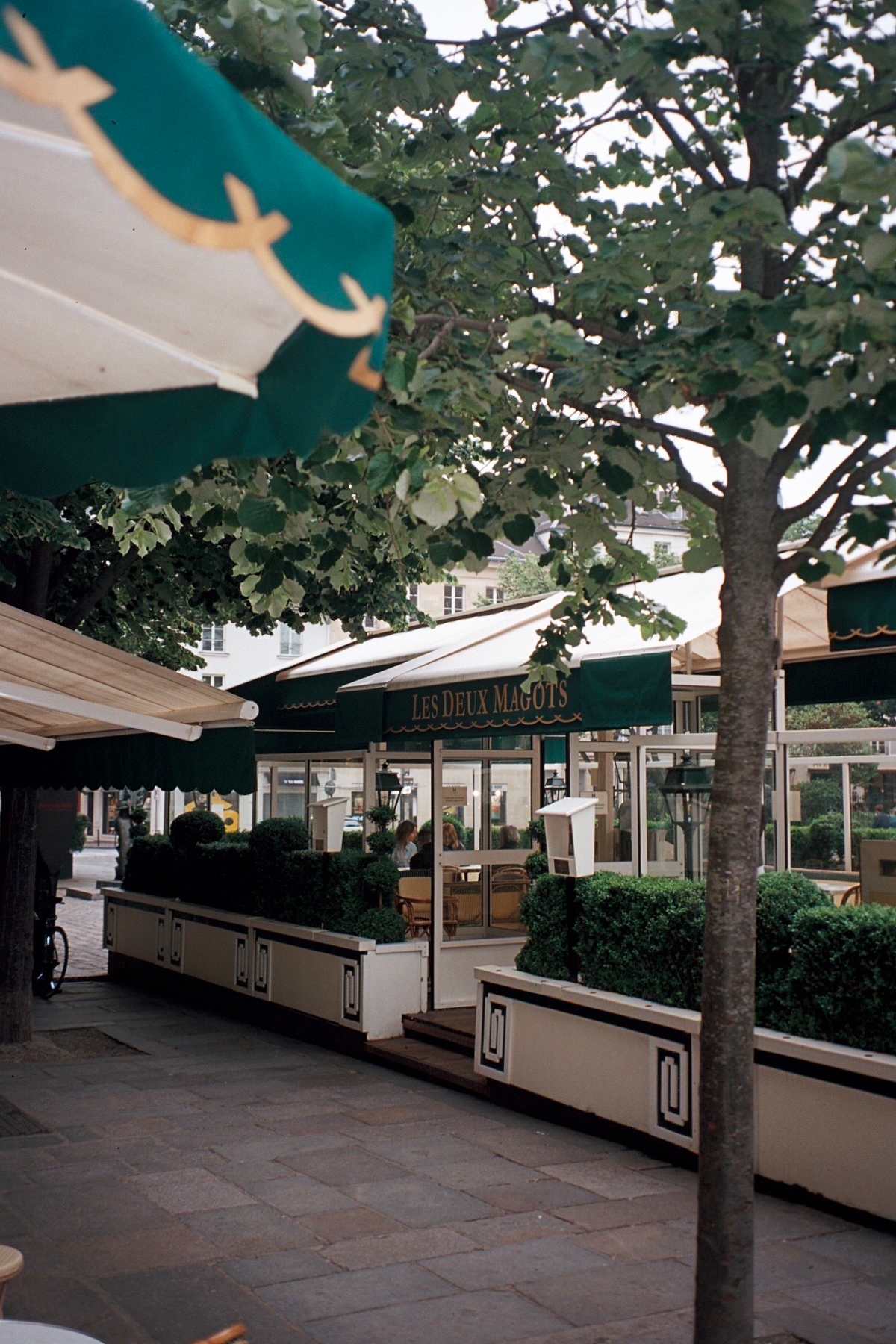
Apple Shortcut for recording photography metadata
I’m passionate about making photos, but I have a sub-passion in recording good metadata around those photos as they enter my iCloud Photo Library so the photos become more useful as they age. Whether they are used in Photo Memories, like “Paris 2023” and “Early Mornings with Luna”, or whether I want to search on the Photo’s “Places” function to find that photo I made ten years ago, the metadata is important to me.
When I shoot on my iPhone, the metadata is collected (normally), and if I have remembered to force quit and re-open the Canon Camera Connect app that day, when I shoot on my Canon EOS R5 the metadata is recorded, but if I shoot on Britt’s Fujifilm digital camera or my Leica film camera, no metadata is recorded by the camera.
In the before times people used notepads with pens, which is a lovely prospect, but I have an iPhone in my pocket and a Watch on my wrist. So I made an Apple Shortcut that will record the metadata in time and in place for later use, either with an EXIF editor or my personal go-to app, Metapho on the iPhone. (If you know of a Metapho competitor I’d be keen to hear it, I like Metapho but it feels forgotten by the developer and is sometimes buggy)
So these shortcuts will simply make a new Apple Note for the day if there isn’t one already and record time and place, or if you use the second shortcut that dictates a note, also that text note.
Record photography location Shortcut
Record photography location and notes Shortcut
I activate them either by tapping the home screen icon which is easy, or by asking Siri to “Record photography location”.
Feel free to use, edit, mix, re-make, and share as you find useful and beneficial for the art of making photography.
Much gratitude to Kyle Lines in the Automators Forum for helping me get the shortcuts over the line and useful for the greater population.
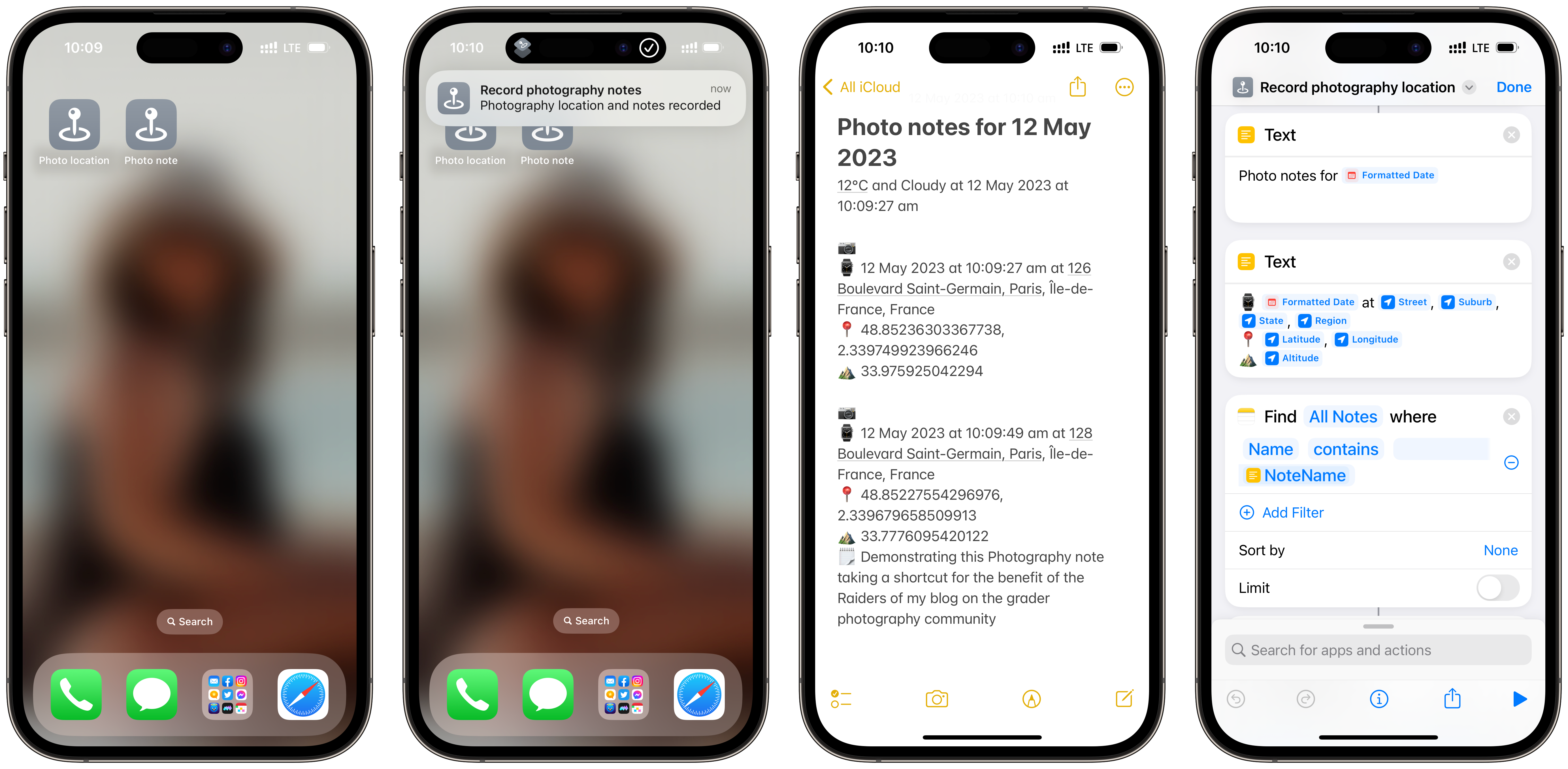
My favourite thing to do in the big cities of the world is to ignore the must-do lists, the must-see places, the hotspots and the icons, and to just walk around and exist in a different big city. Walking down random streets, getting bad coffee at little-known cafes, and finding the unseen parts of a city. The towers, cathedrals, arches and museums are cool and we inevitably end up there. But there’s something really interesting to me about experiencing another people’s normal.
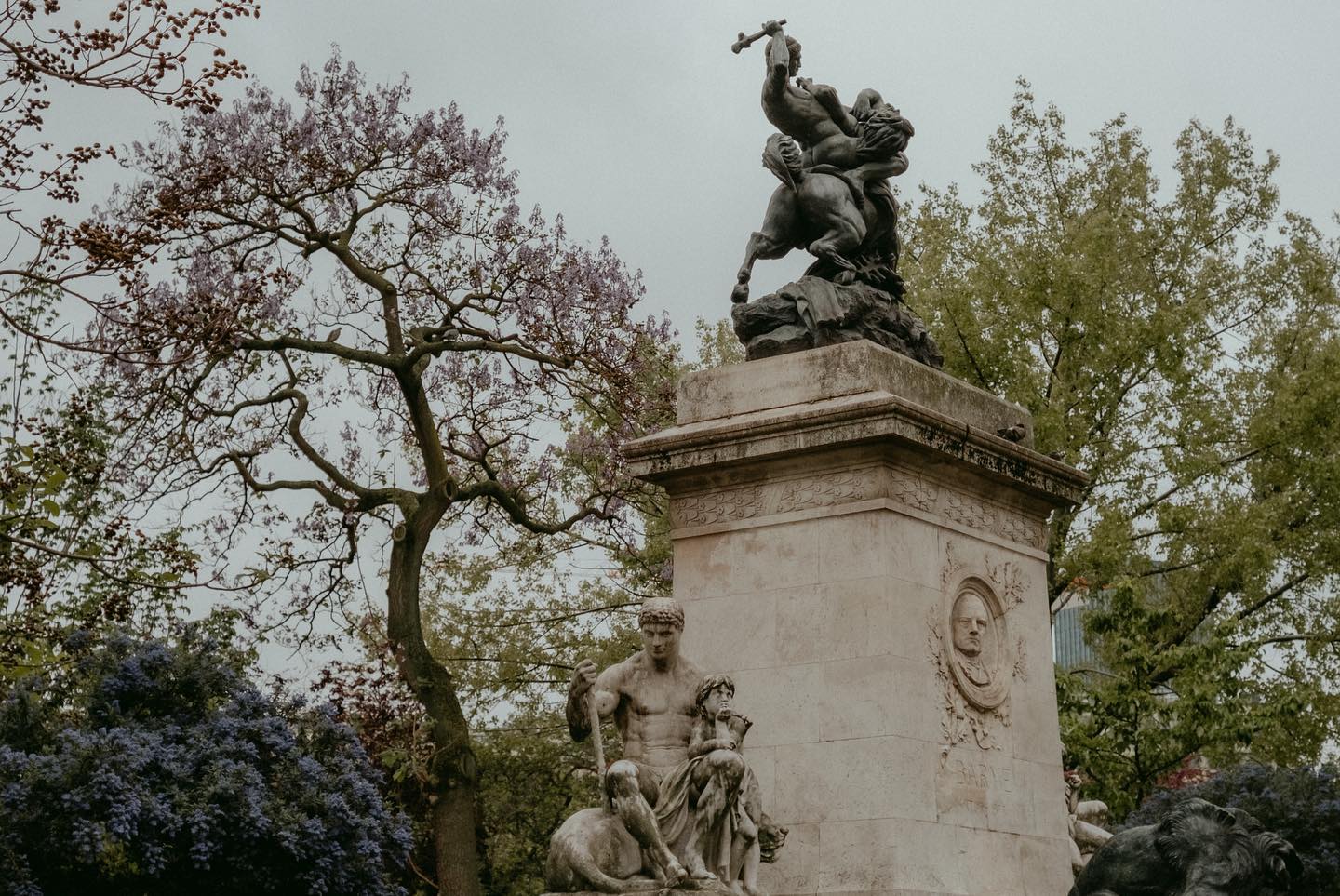
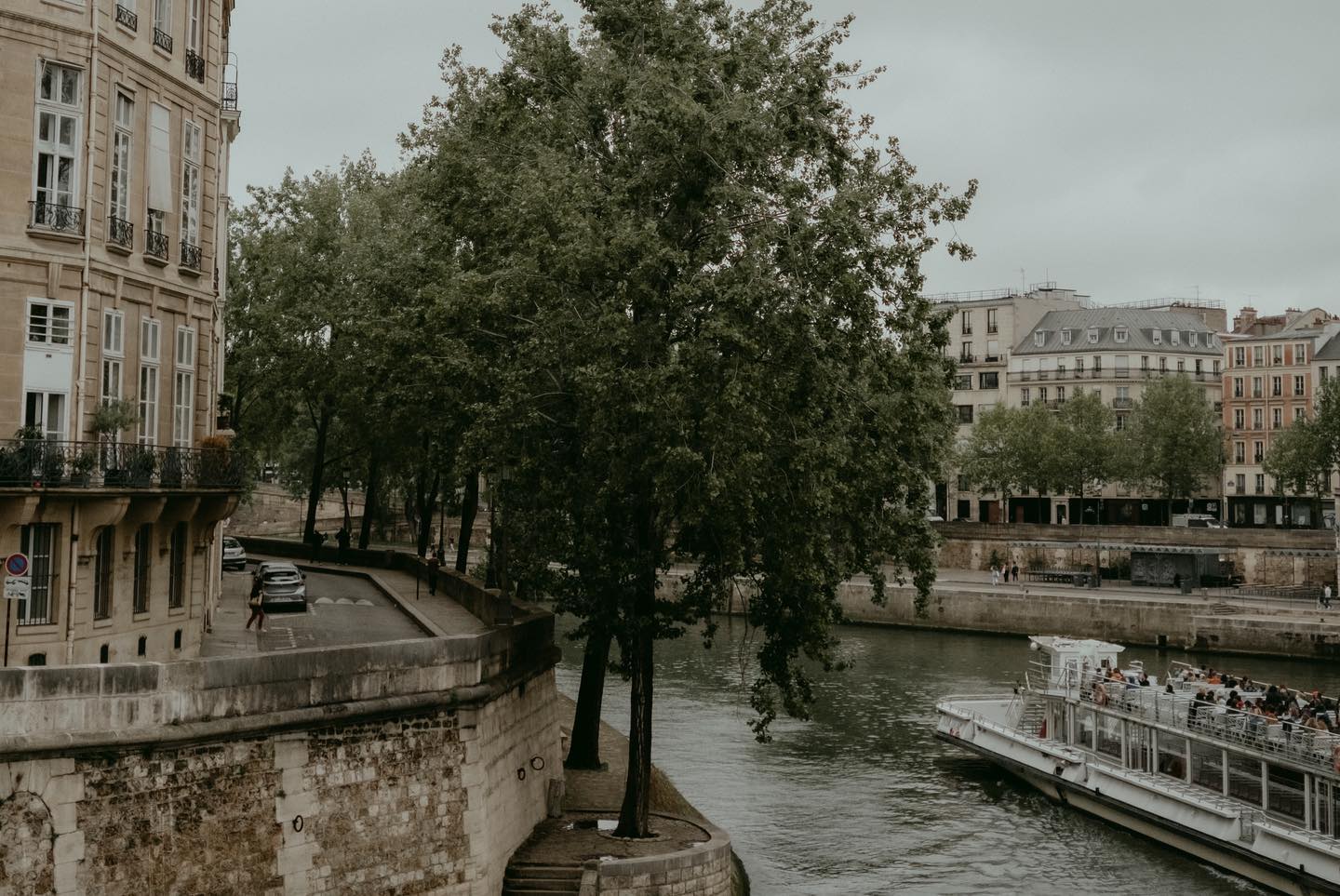
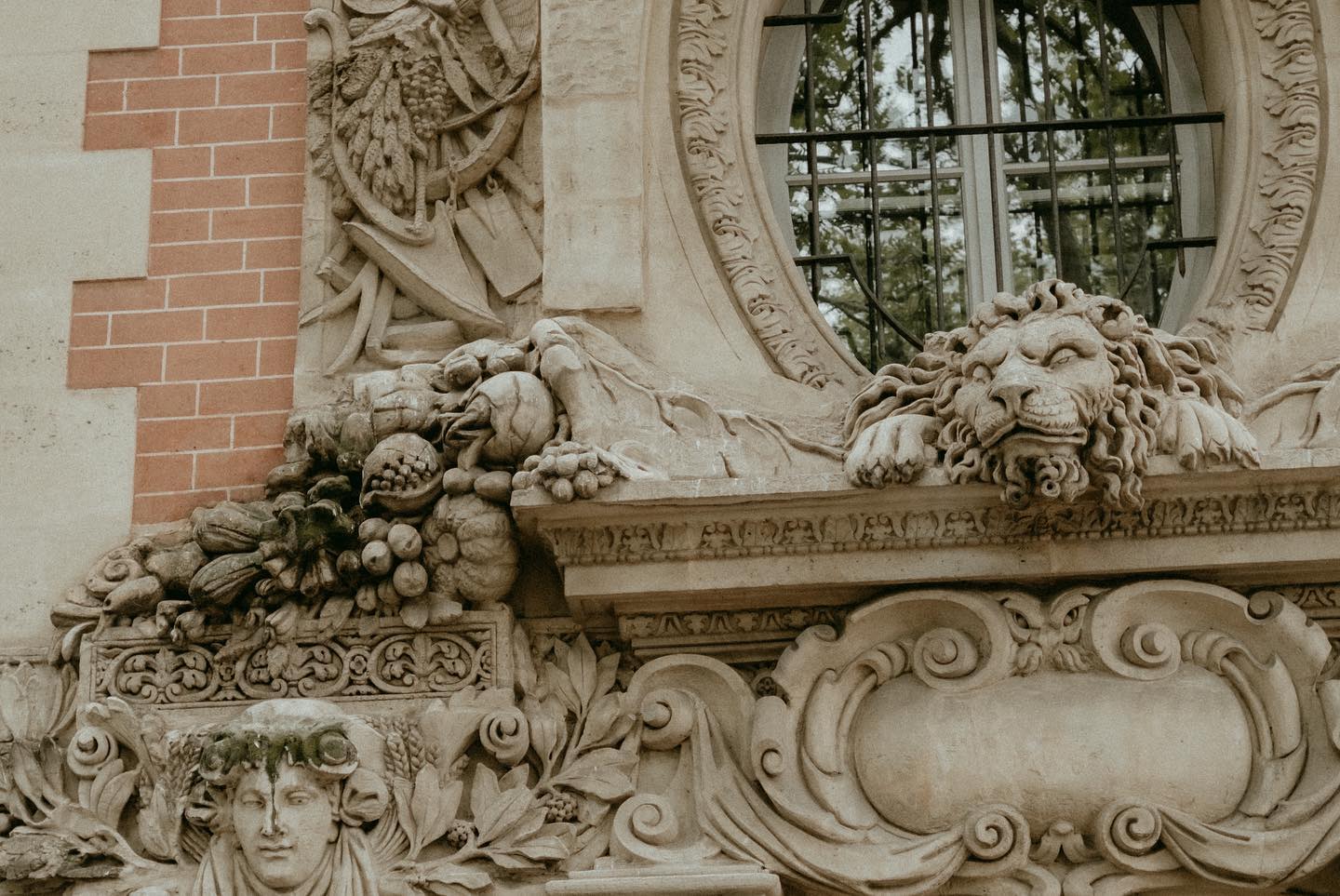
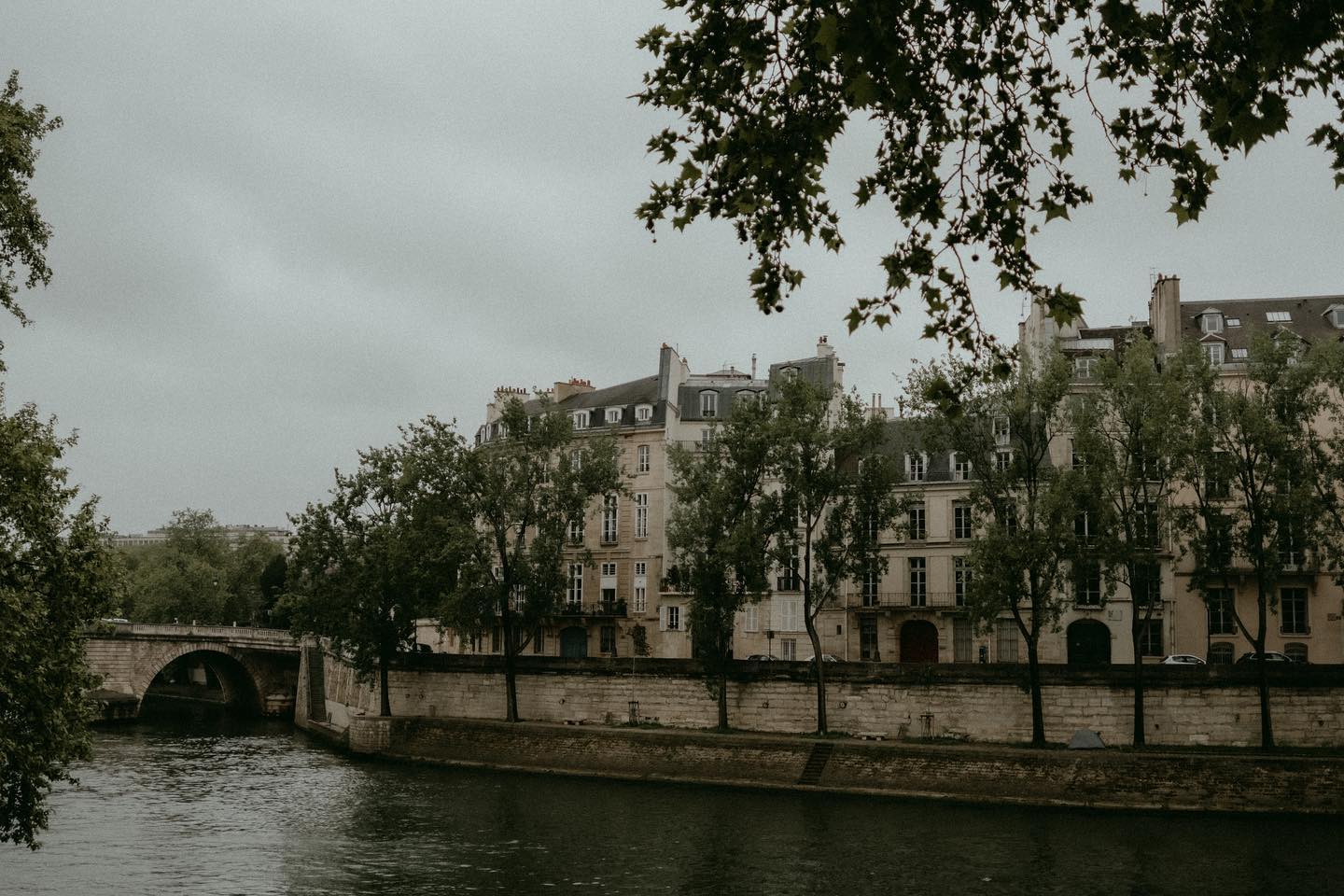
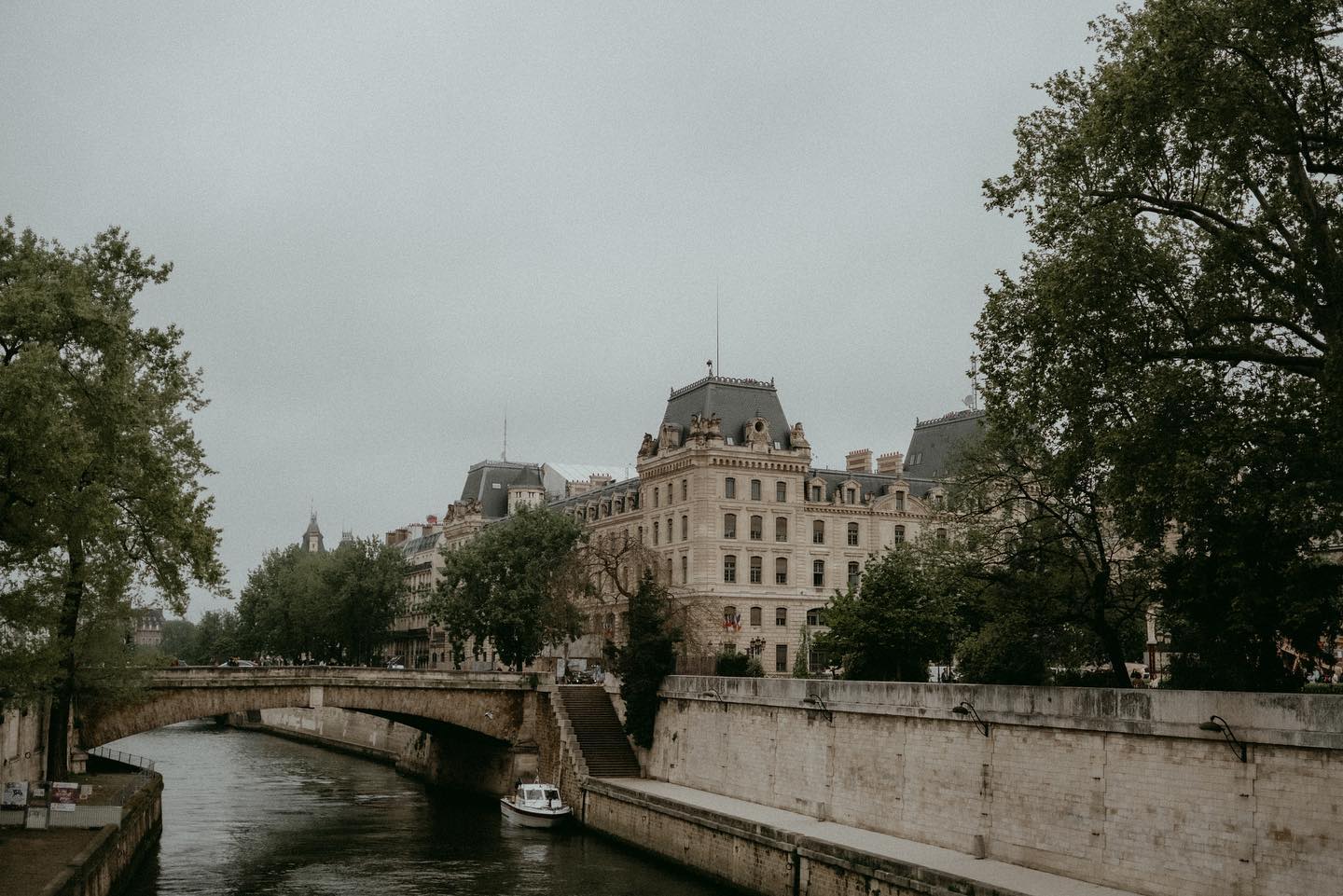
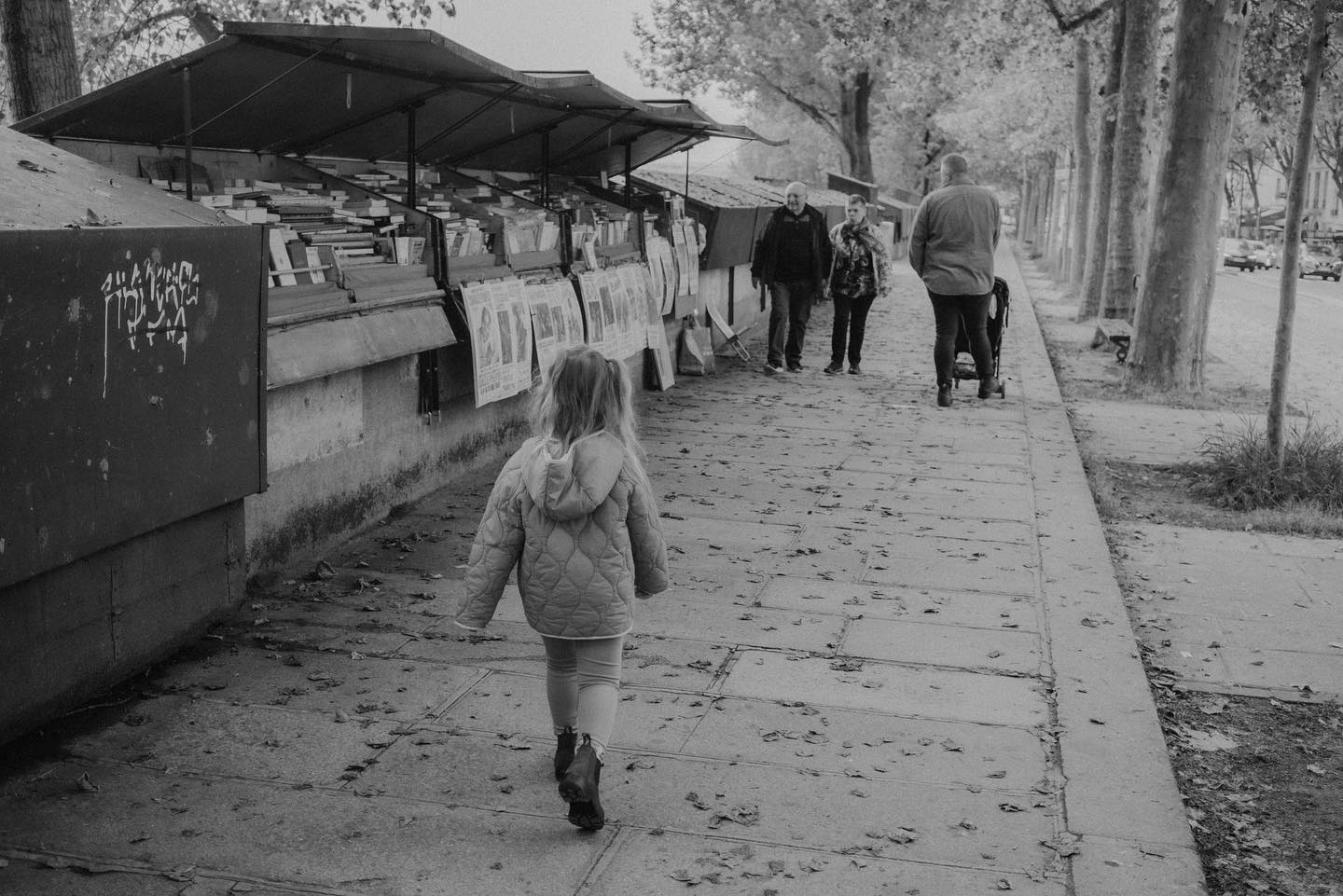
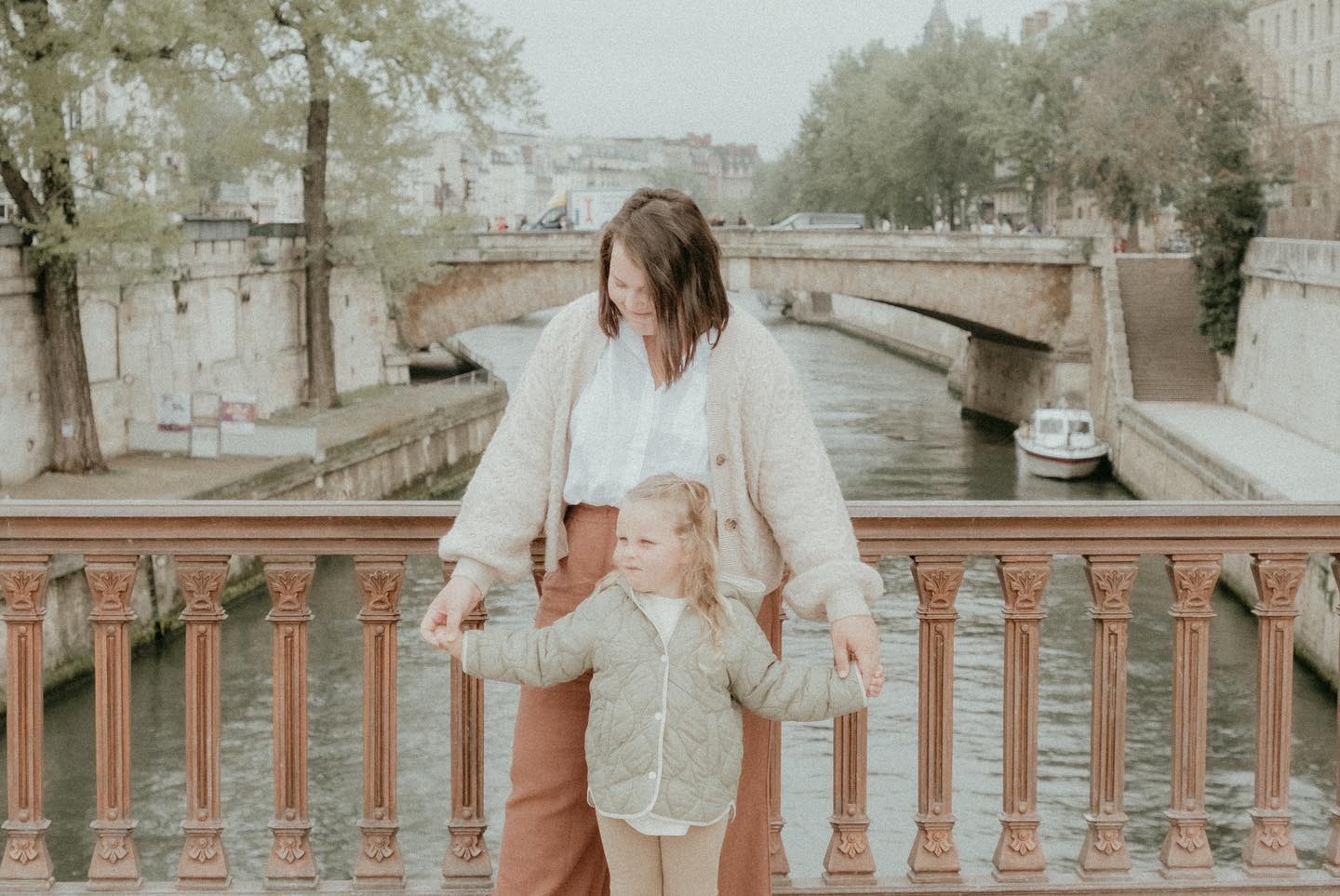
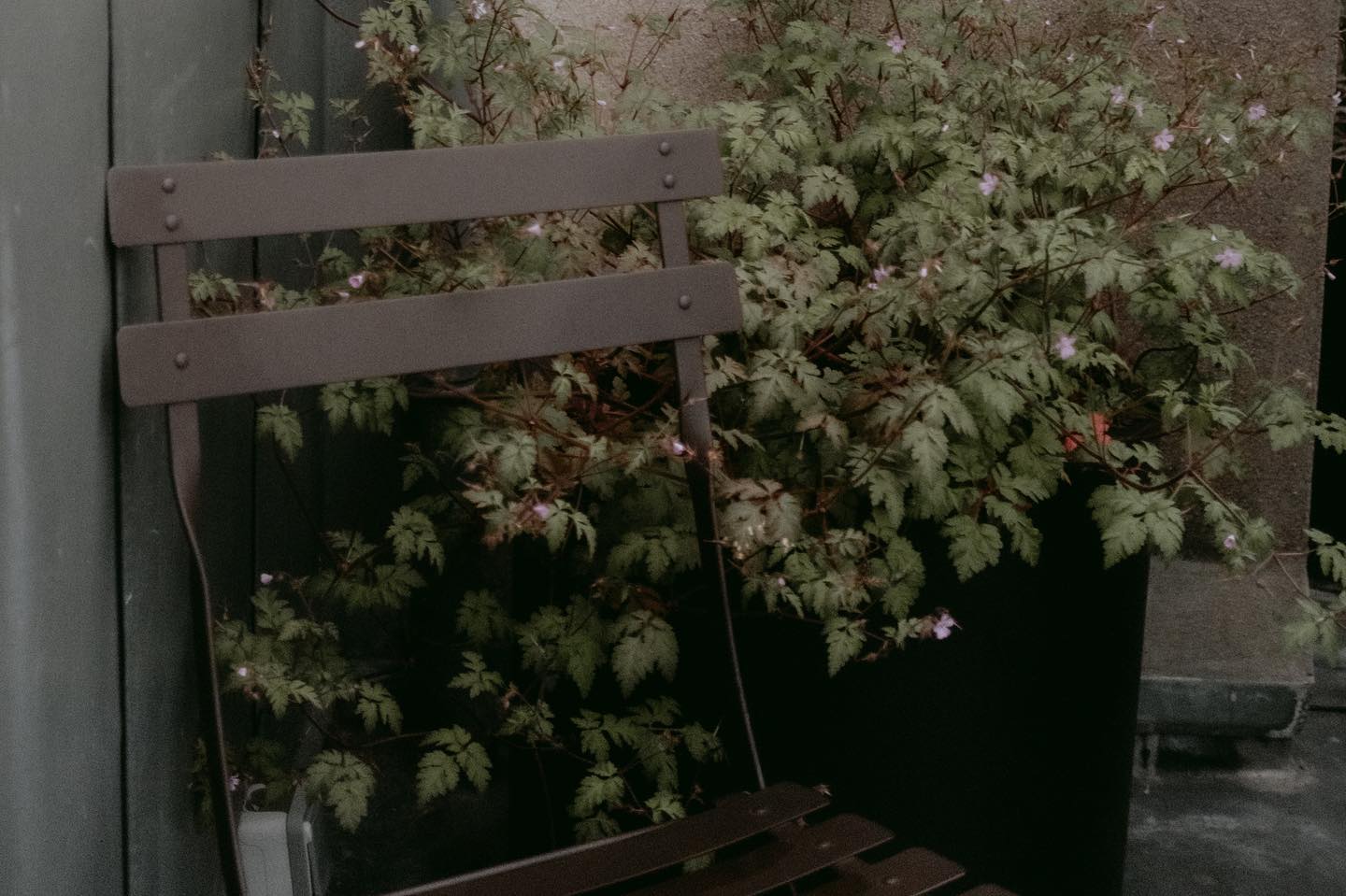
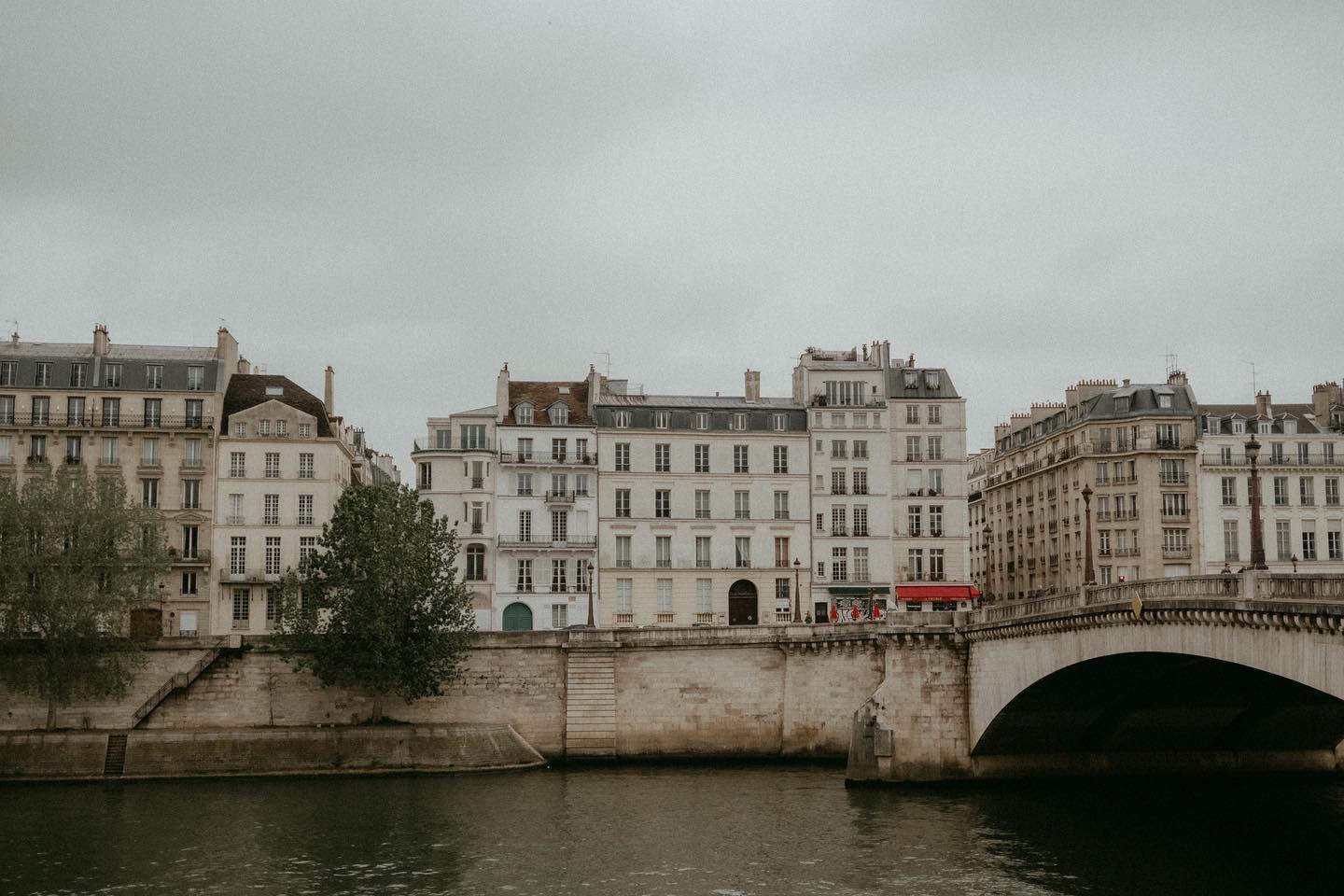
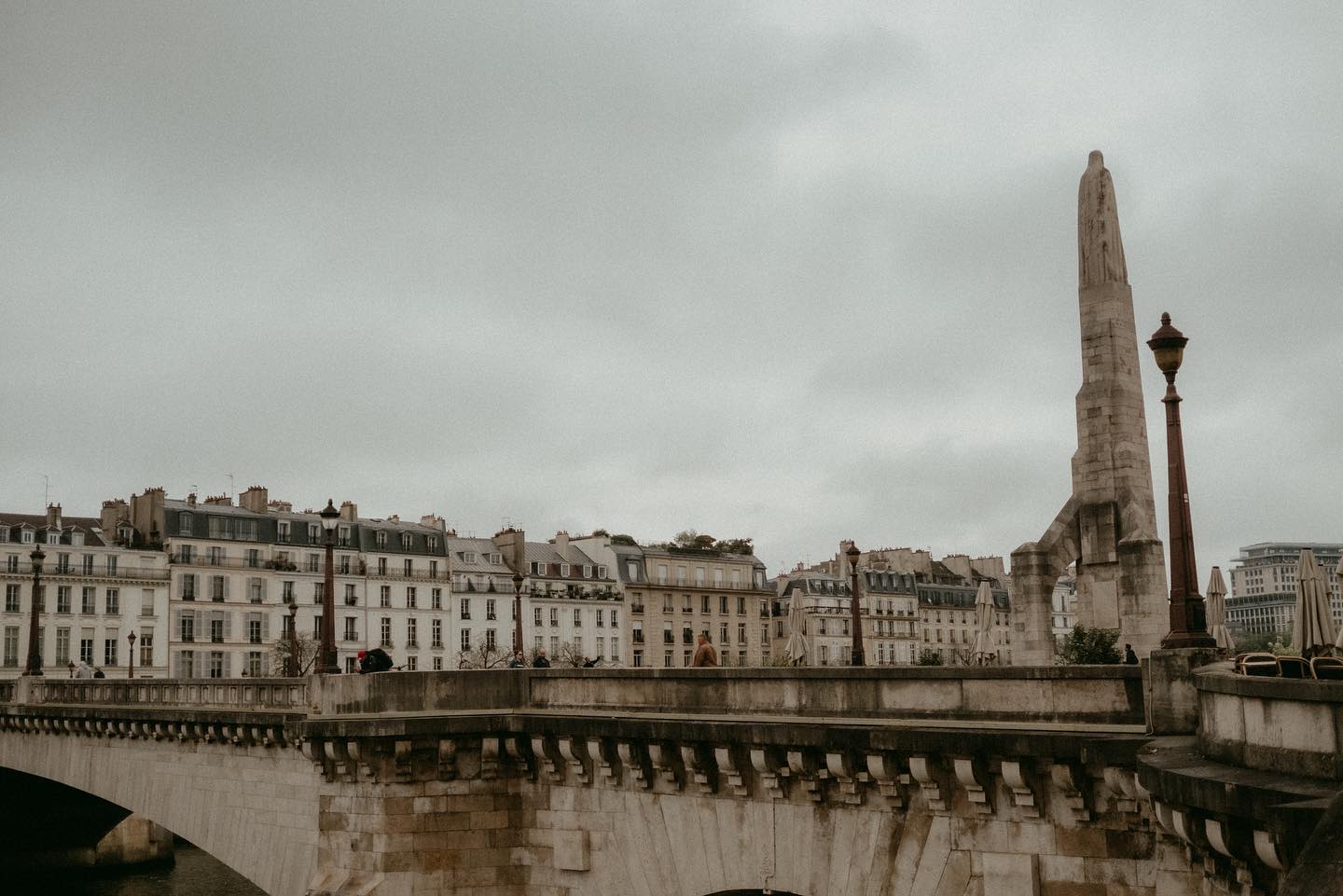
My first look at the 400 megapixel mode on the Canon EOS R5
I’m a sucker for megapixels, because as much as they really don’t matter to most people - and they really shouldn’t - for me they often mean I’ve got room to crop. More pixels collected means more pixels you can delete, a post-production version of digital zoom if you like.
Other, smarter, and different, people will have different reasons for wanting more pixels, so I’m not here to pass judgement on the feature, just to share my first thoughts and two images I’ve made with the feature.
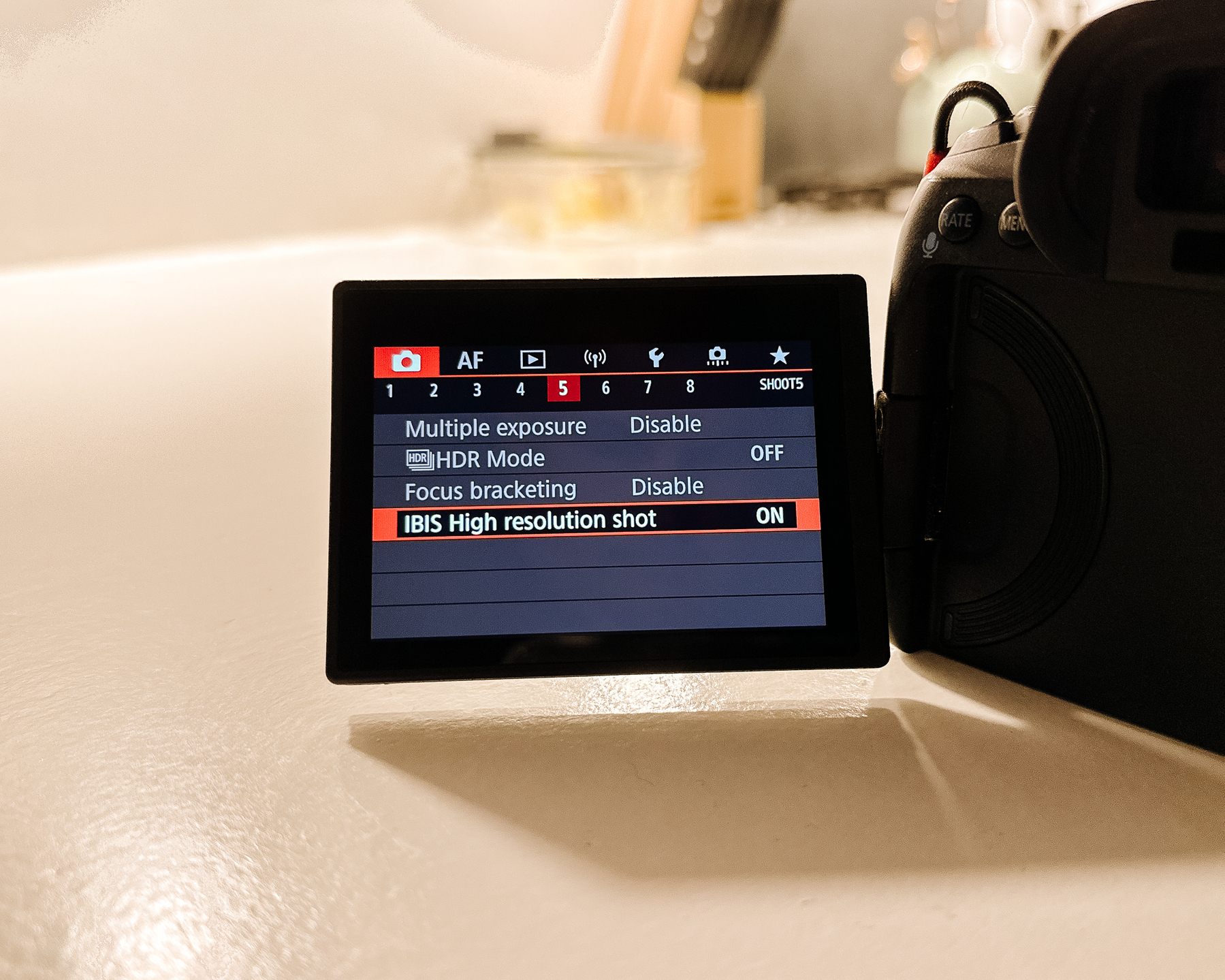
The feature is actually called IBIS High-resolution shot, apparently, it how it works is that instead of using the stabilisation for stabilising, it uses it to take a bunch of photos whilst moving the sensor, then composes one big image out of it.
So that’s why shooting handheld isn’t a great idea, partially because IBIS (In-Body Image Stabilisation) isn’t enabled, and partially because the collection of photos isn’t all taken at once, they’re taken sequentially.
So as you’ll find in my first demo, the palm trees moving in the wind didn’t quite make it through to the 400-megapixel image in the best quality.
Below you can download the original raw or jpeg, along with the full-resolution jpegs as exported from Lightroom, plus if you want to play with the files yourself you can remix them in Lightroom online.
🪟◾️ El Pescadero in regular 44-megapixel mode - 21.2 megabyte CR3 raw file, 29.8 megabytes processed JPEG from Lightroom - remix it in Lightroom online.
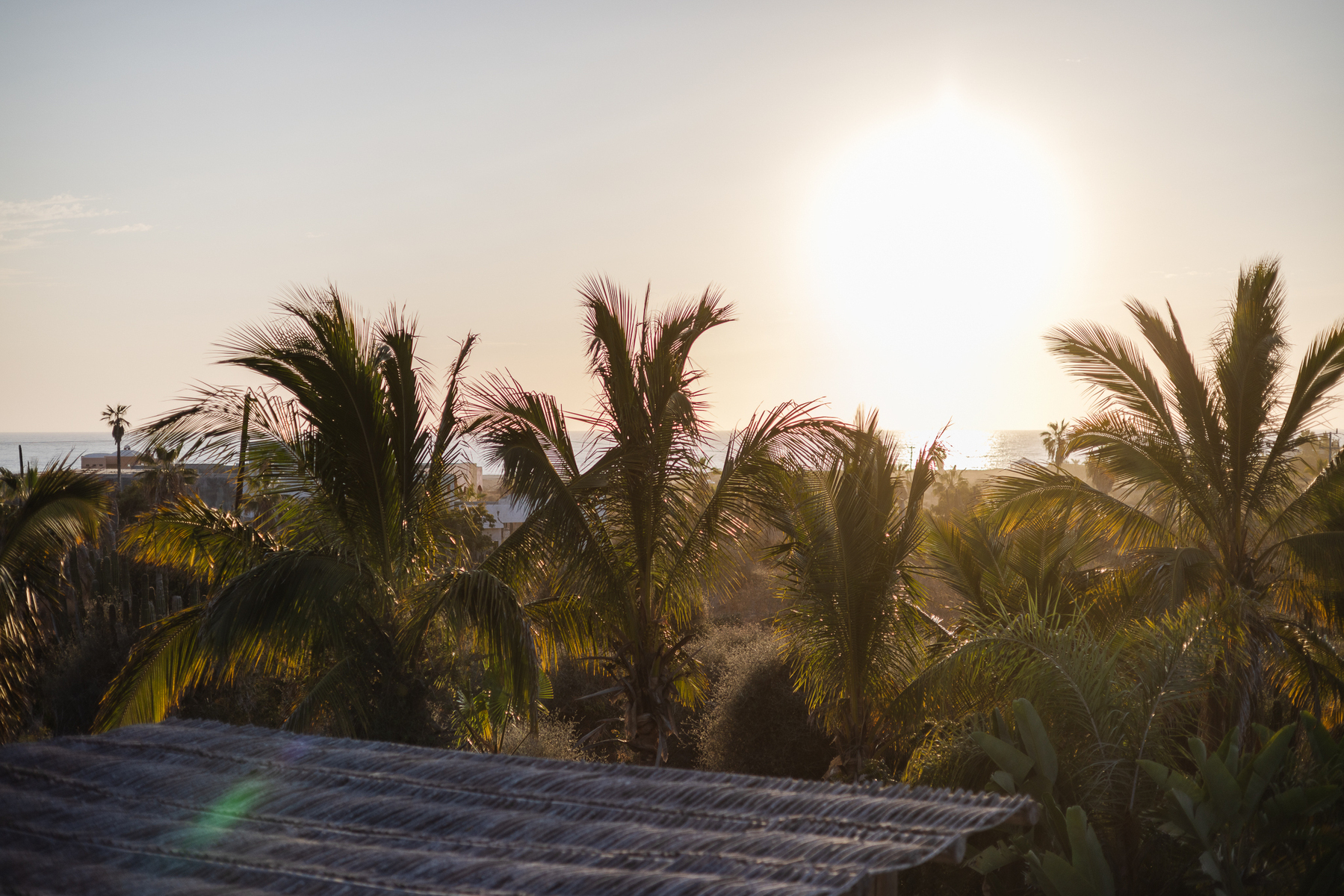
🪟⬛️ El Pescadero in 400-megapixel mode - 122.7 megabytes JPEG original file from the camera, 285.2 megabytes processed JPEG from Lightroom - remix it in Lightroom online.
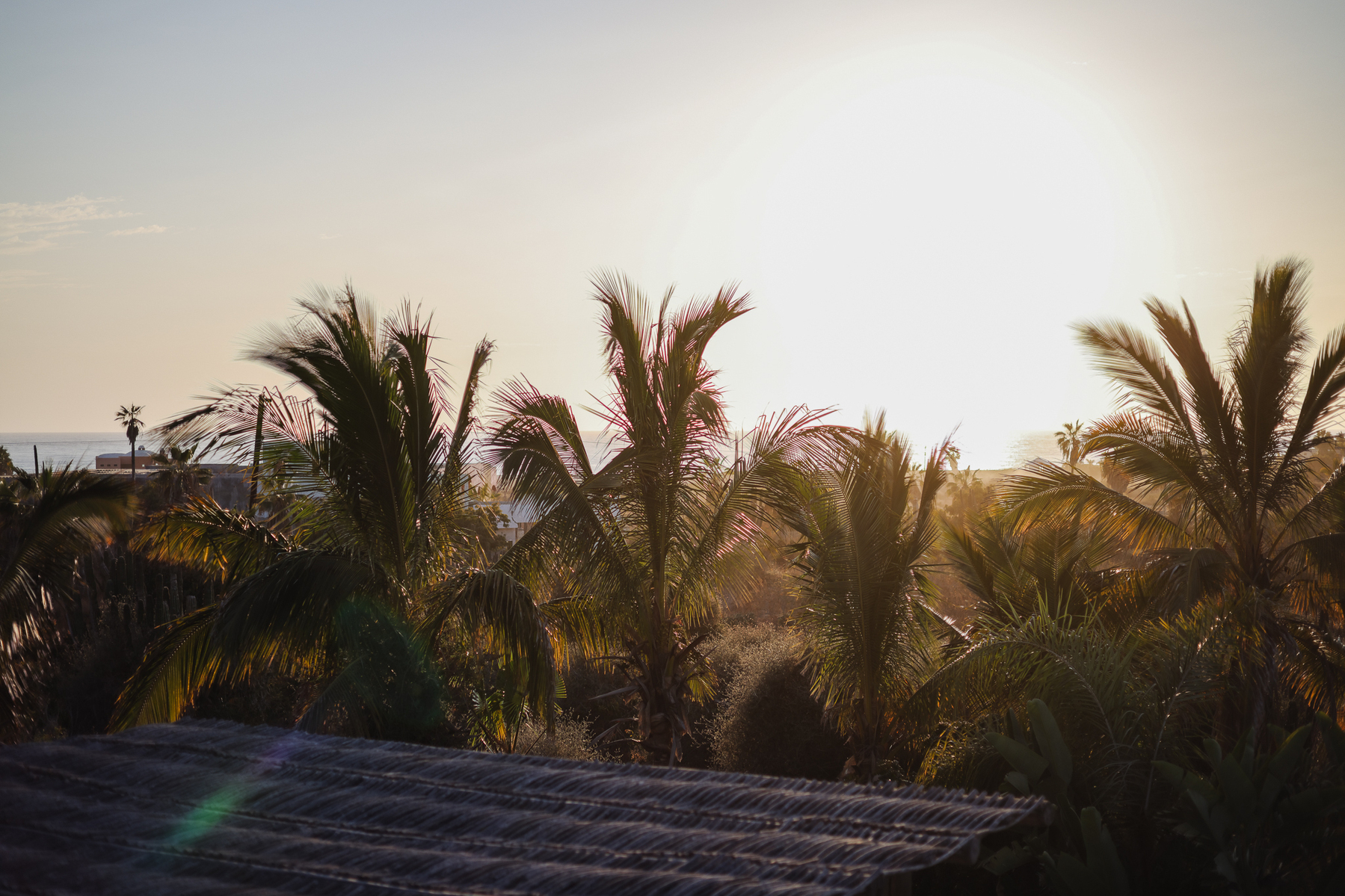
🍌◾️ Banana in regular 44-megapixel mode - 27.1 megabytes CR3 raw file, 41.4 megabytes processed JPEG from Lightroom - remix it in Lightroom online.
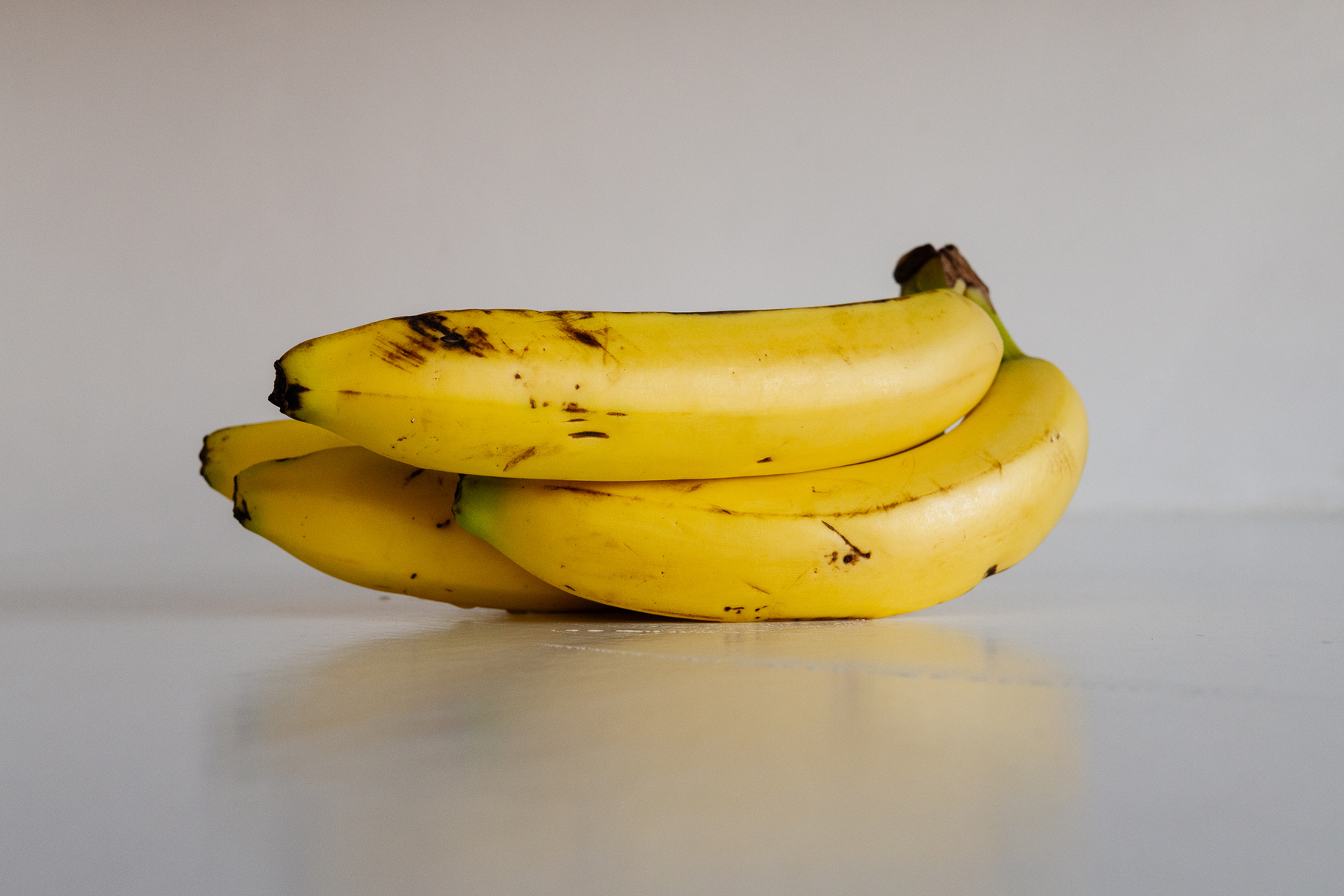
🍌⬛️ Banana in 400-megapixel mode - 85.1 megabyte JPG original file from the camera, 213.6 megabytes processed JPEG from Lightroom - remix it in Lightroom online.
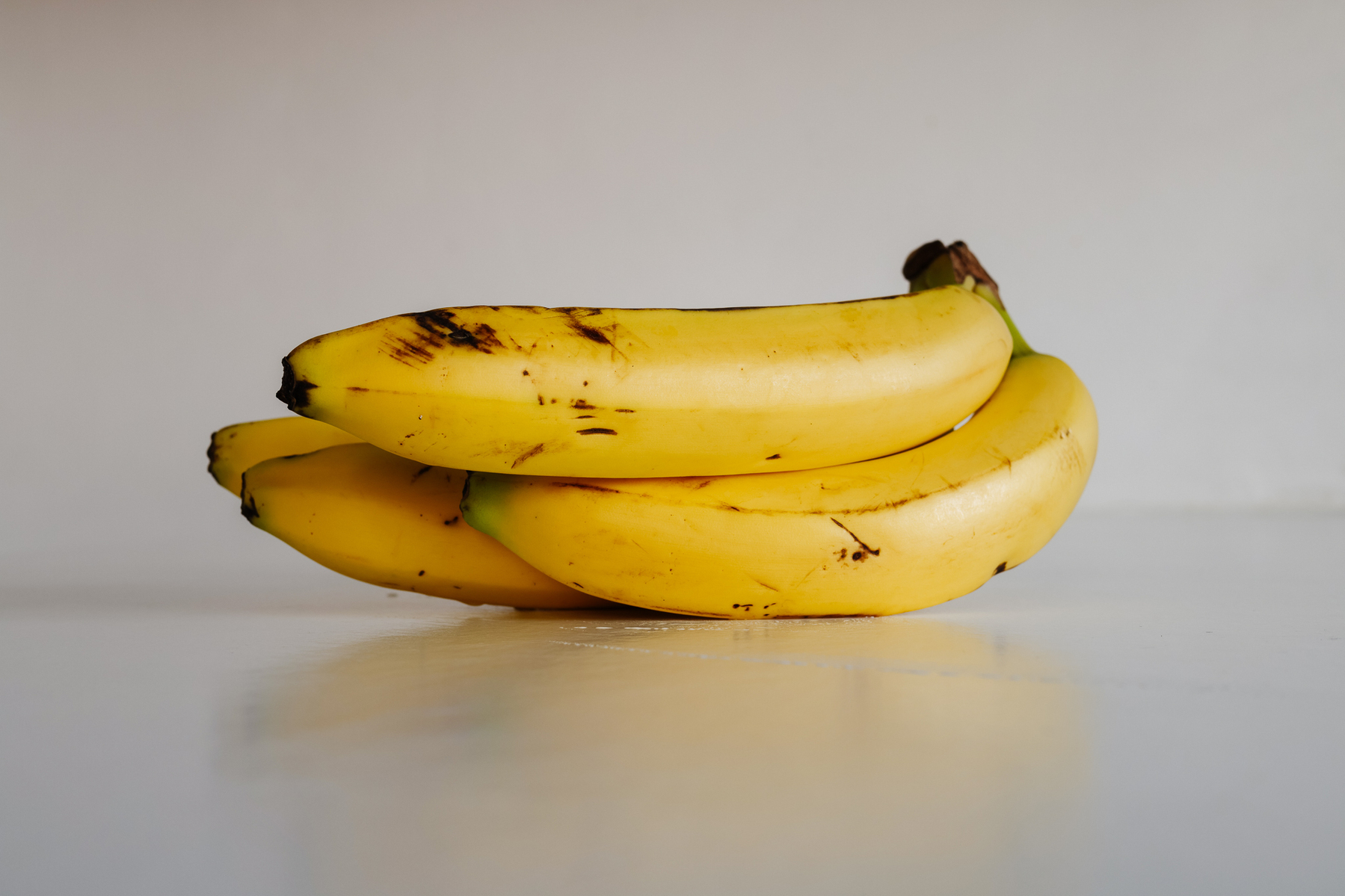
Get the Canon EOS R5 firmware update to 1.8.1 on the Canon website, and reports said you’d need to use Canon’s EOS Utility to import and read the files. That hasn’t been my experience. They’re just regular, really big, JPEGs. If you open up the CF or SD card in Finder, it’s the same file list, and Lightroom handled them fine, if not a little slowly.
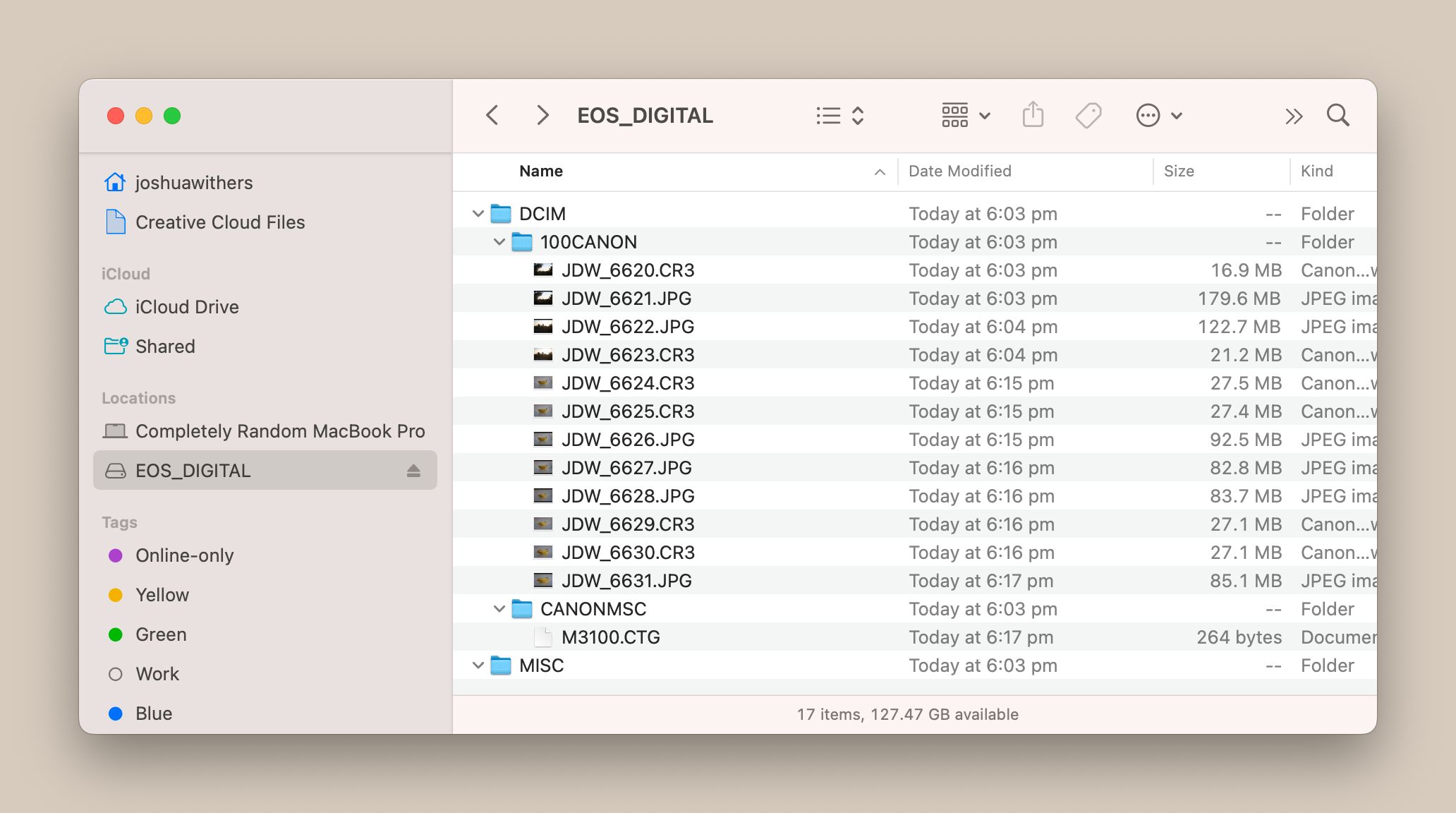
So is it worth it? Let’s zoom in. Here’s a close-up of the same banana peel scar in the two images.
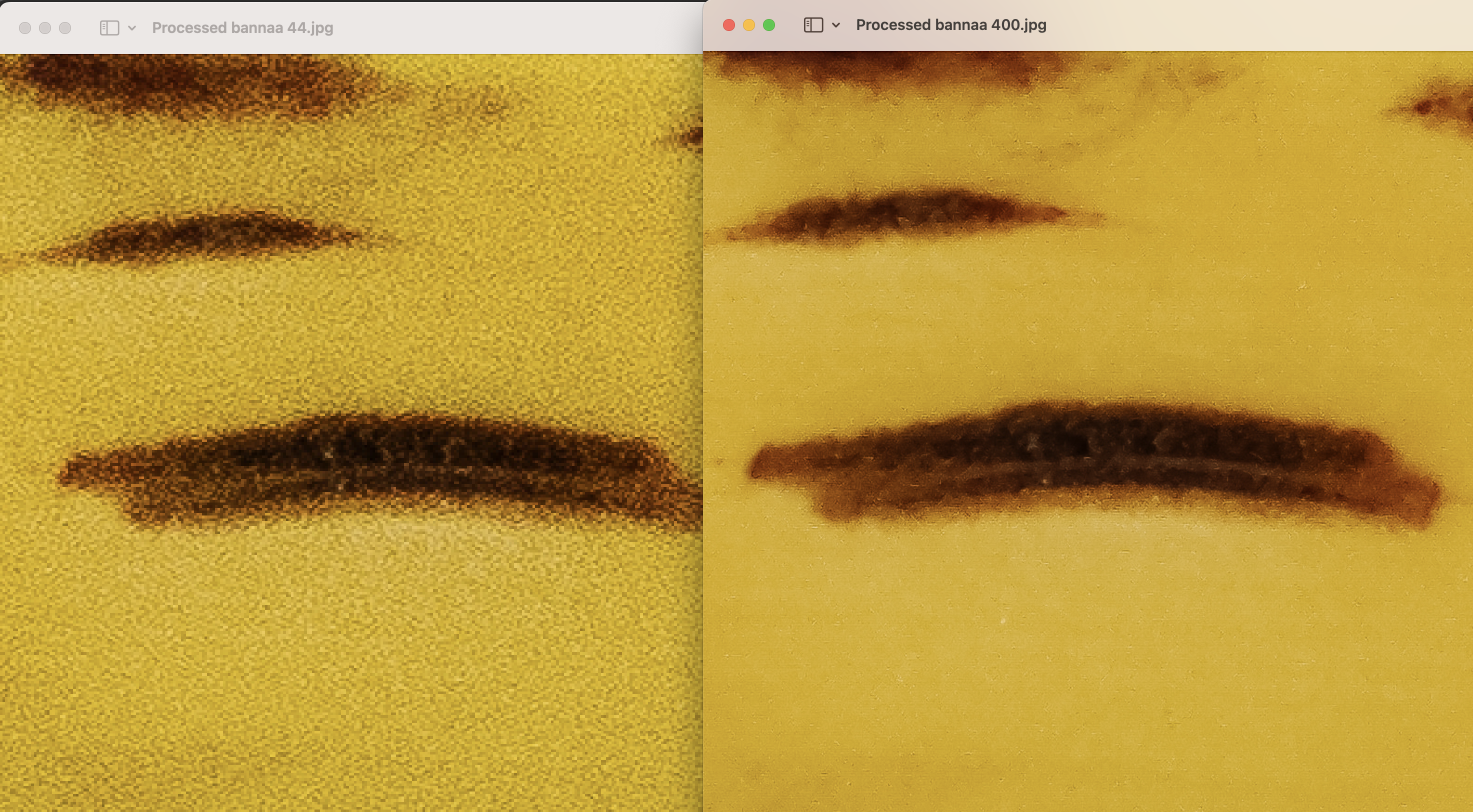
If you need a really good photo of a banana then I reckon this might be the feature for you. But if you need a really good photo of a palm frond…
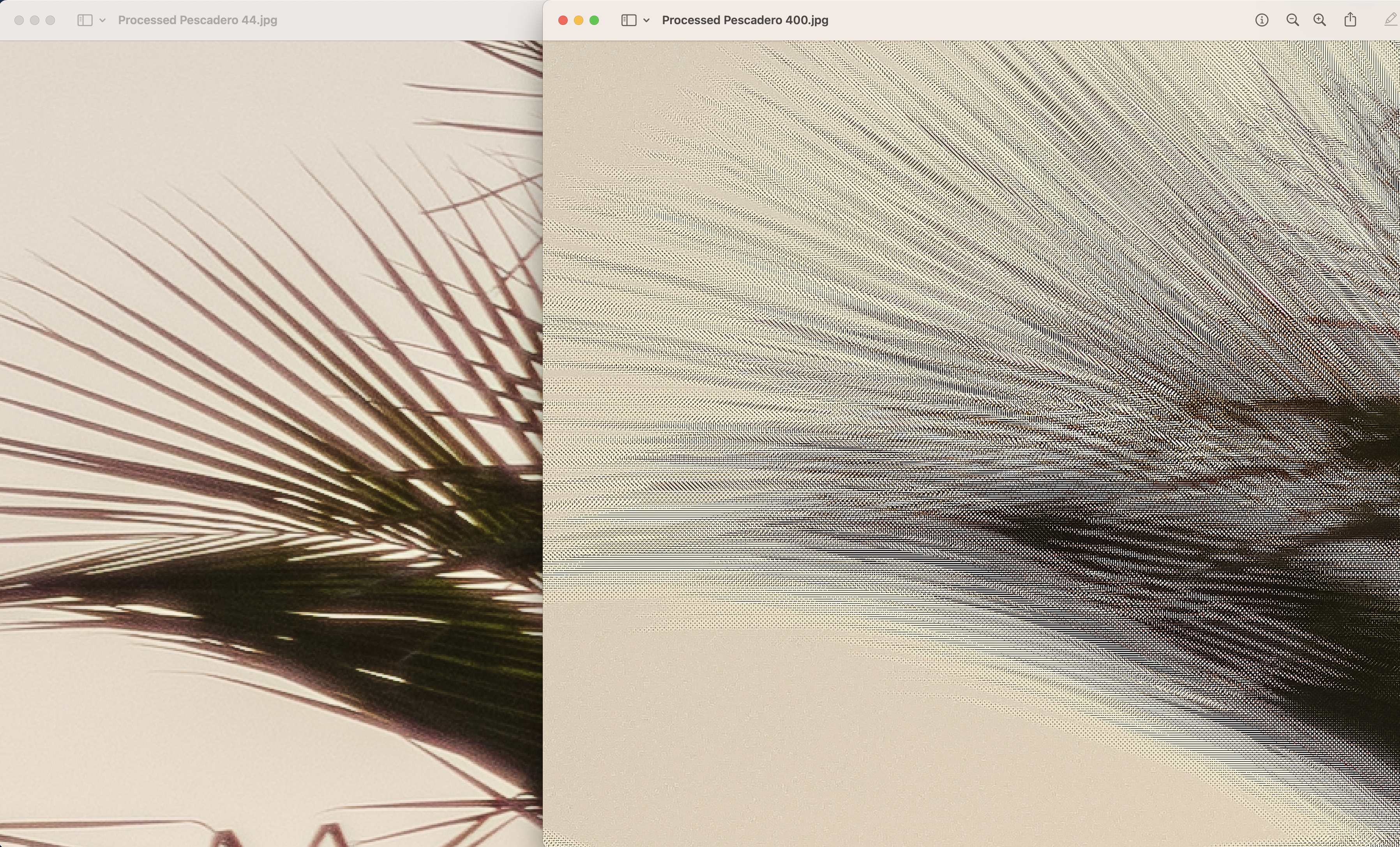
Maybe a medium-format camera is what you need instead?
Rancho Gaspareño
Bryan Jáuregui quotes Greg Schredder regarding Rancho Gaspareño, Baja California Sur, just south of Todos Santos, emphasis and photos mine:
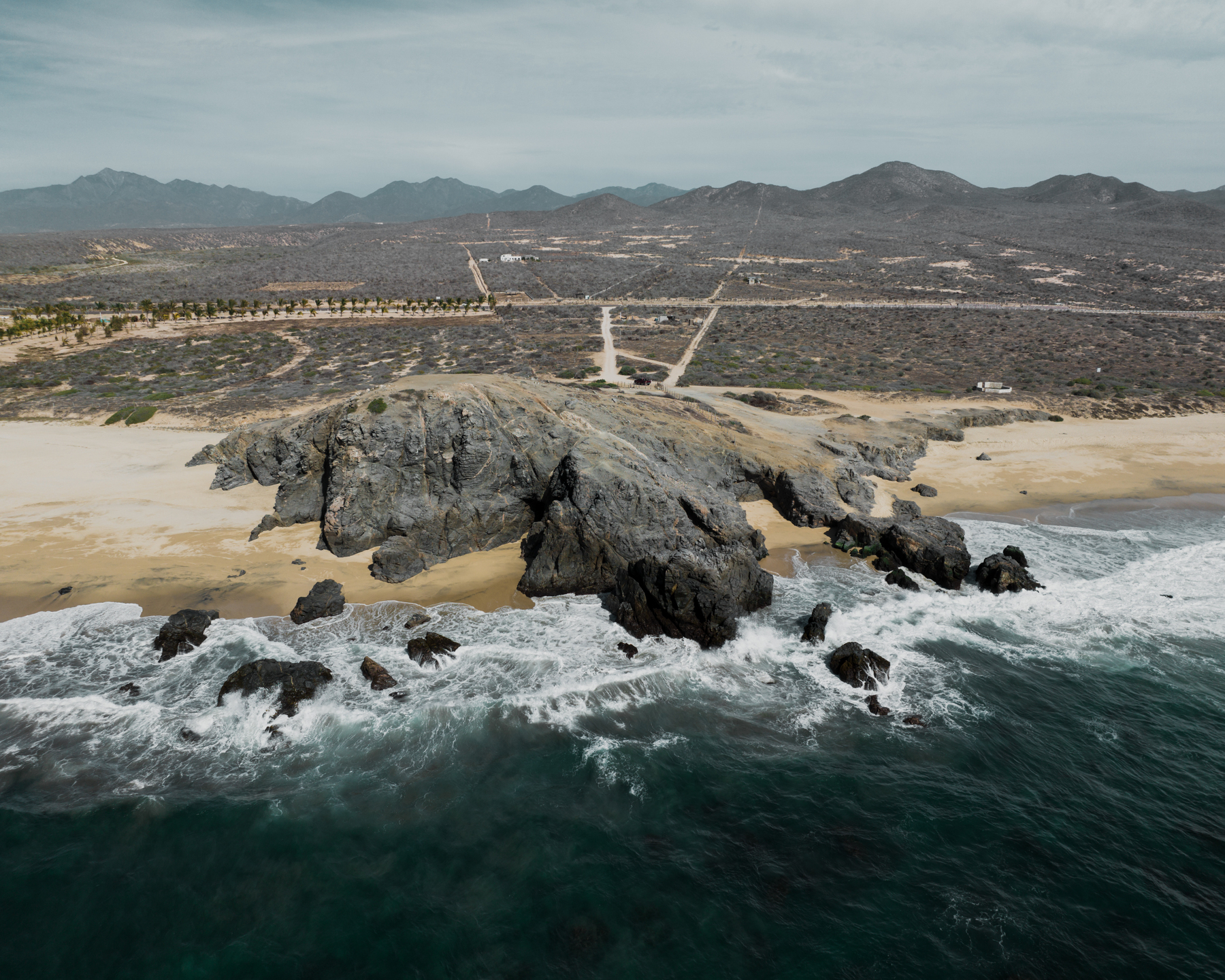
Rancho Gaspareño was named after a Spanish galleon that went aground on the point, the Gaspareño. It was one of the so-called Manila galleons, Spanish ships that sailed between the Philippines and Acapulco for 250 years, bringing spices, silks and other luxuries from the far east to New Spain. All these galleons sailed the Pacific coast of Baja on their way to Acapulco, so naturally enough the area became riddled with pirates, many of them English and Dutch.
There are many tales of buried pirate treasure in the area, and local school groups still come to explore the cave at Rancho Gaspareño each year to tap into the lore. Treasure hunters have reason for optimism; in 1974 when the road from La Paz to the ferry terminal at Pichilingue was being built, a pirate chest of plundered loot was discovered by road workers.
I think of this part of the Baja coastline as the forgotten area. People drive past Rancho Gaspareño going a hundred miles an hour on the new 4-lane highway and have no idea of the history of the area.
The Guaycura and Pericue Indians were the original inhabitants before the Jesuit’s arrival in 1697, and they were essentially wiped out by the time the Jesuits left in 1768. The Jesuits built their theocracy based on a promise to the King of Spain to get rid of the pirates who were plundering his ships, and the pirates faded away with the demise of the Manila galleons in 1815. Dominican Padre Gabriel González had a ranch near Gaspareño from 1825 to 1850, and the tobacco, rum, sugar, corn, and livestock he produced there made him the richest man in Baja California. From his ranch the padre engaged in espionage and guerilla warfare during the Mexican-American war of 1846-1848, and – thanks in part to the Padre – Mexico won a major victory near Gaspareño (but lost the war). By 1855 the Padre had lost his political backing and left Baja for good. For the next one hundred years entrepreneurs made fortunes in the sugar cane industry with fields in areas like Gaspareño, but in the 1950s a severe drought and price drop lead to the demise of the industry; the last sugar processing plant closed in 1974. In that same year the trans peninsular highway made its way to Todos Santos, bringing new life to the town, and in 1985 renowned artist Charles Stewart arrived from Taos, planting the seed for Todos Santos’ current incarnation as an artists’ colony. It remains an agricultural center and surfing hotspot, only now it is firmly on the radar of major developers.
Now we all just speed past at 120km/hr on the four-lane highway and wonder how much the owner wants for it (shhh, $12M).
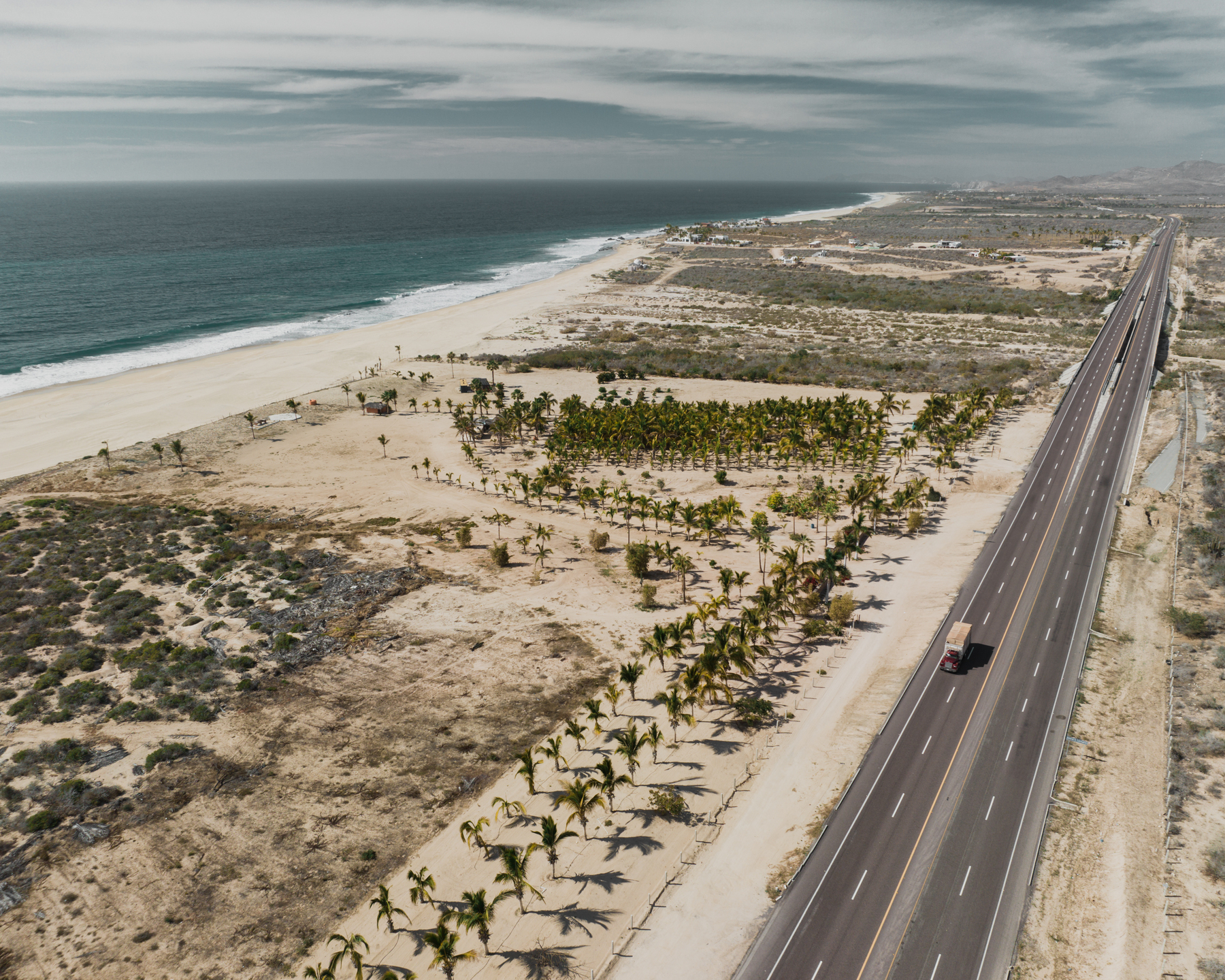
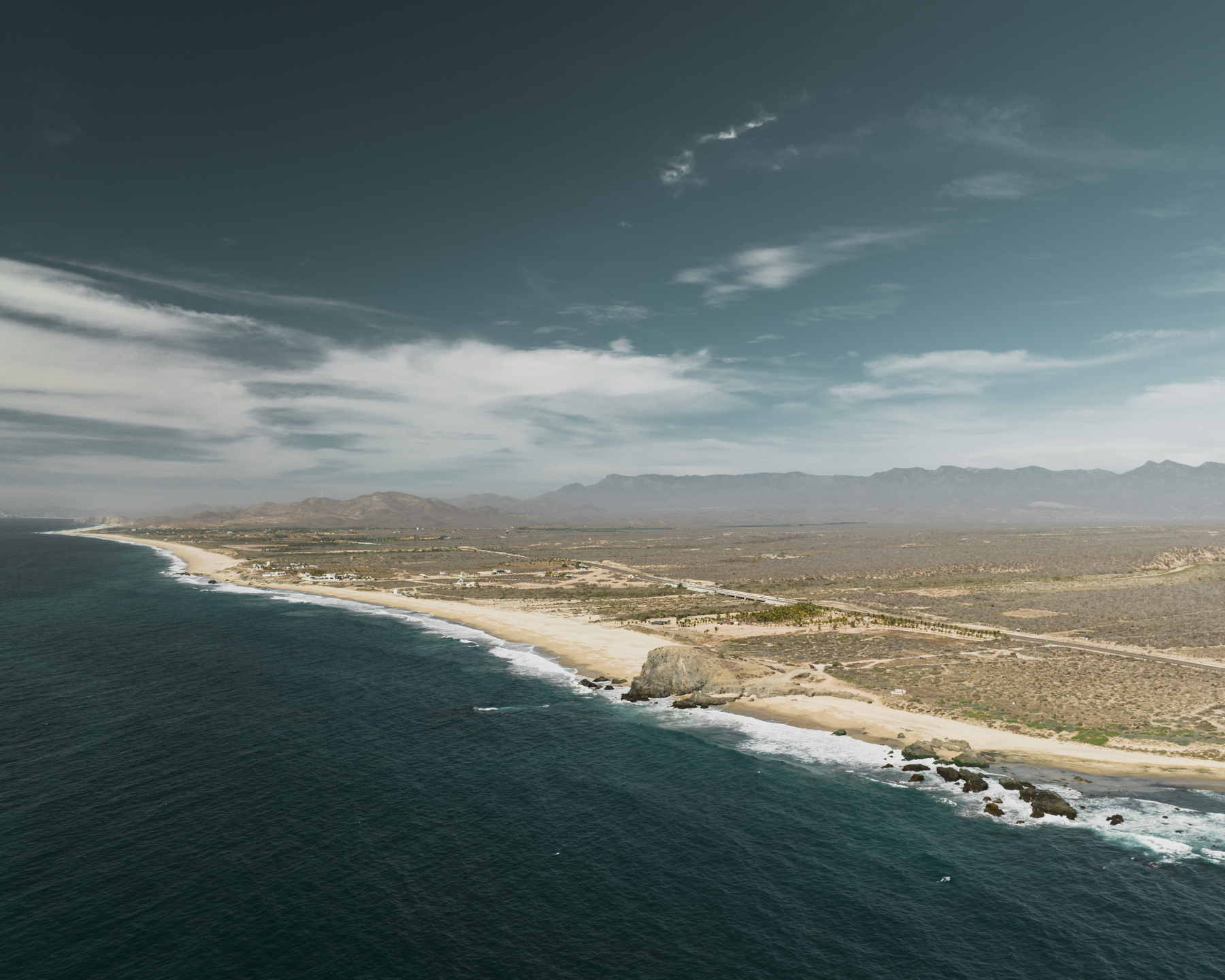
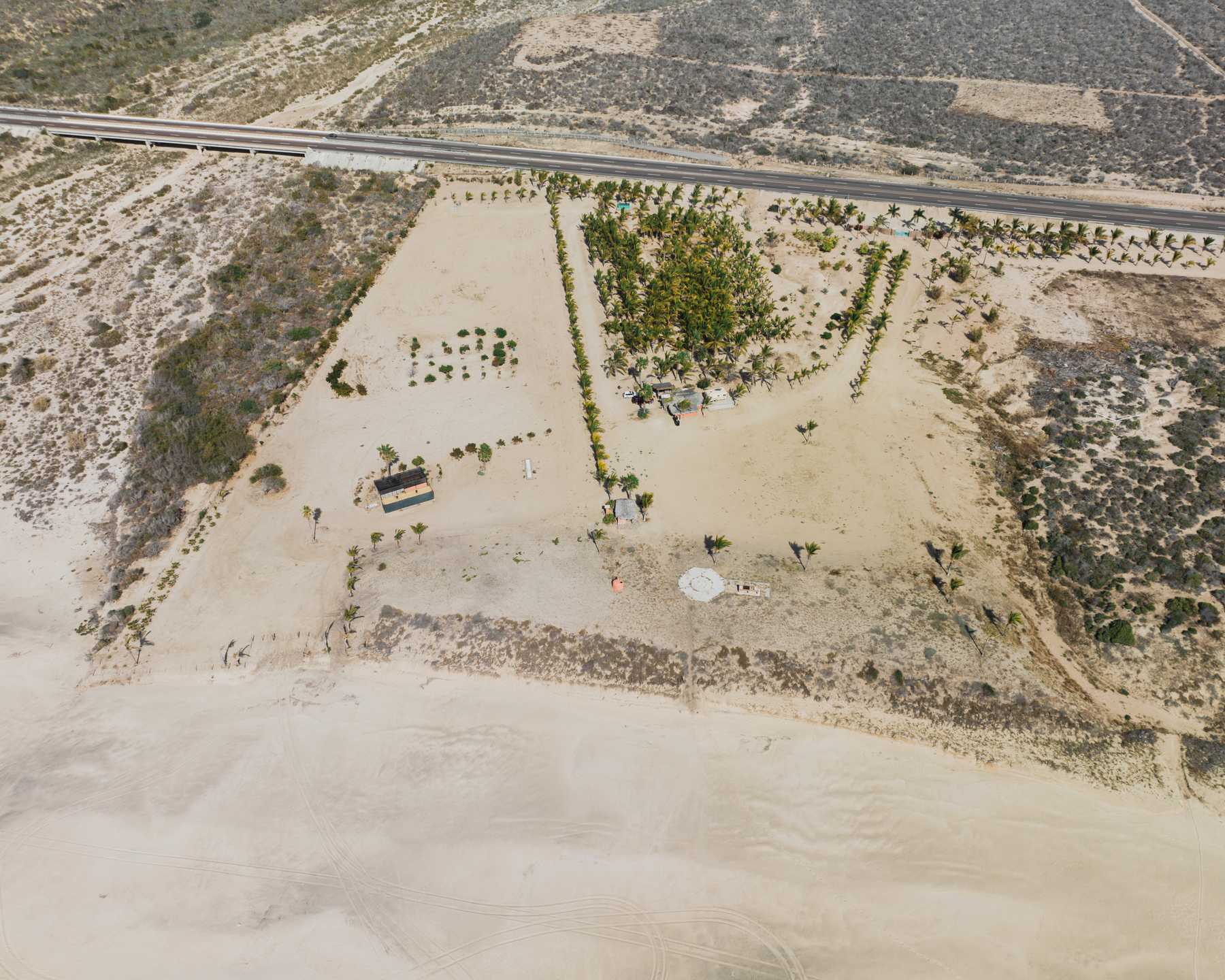
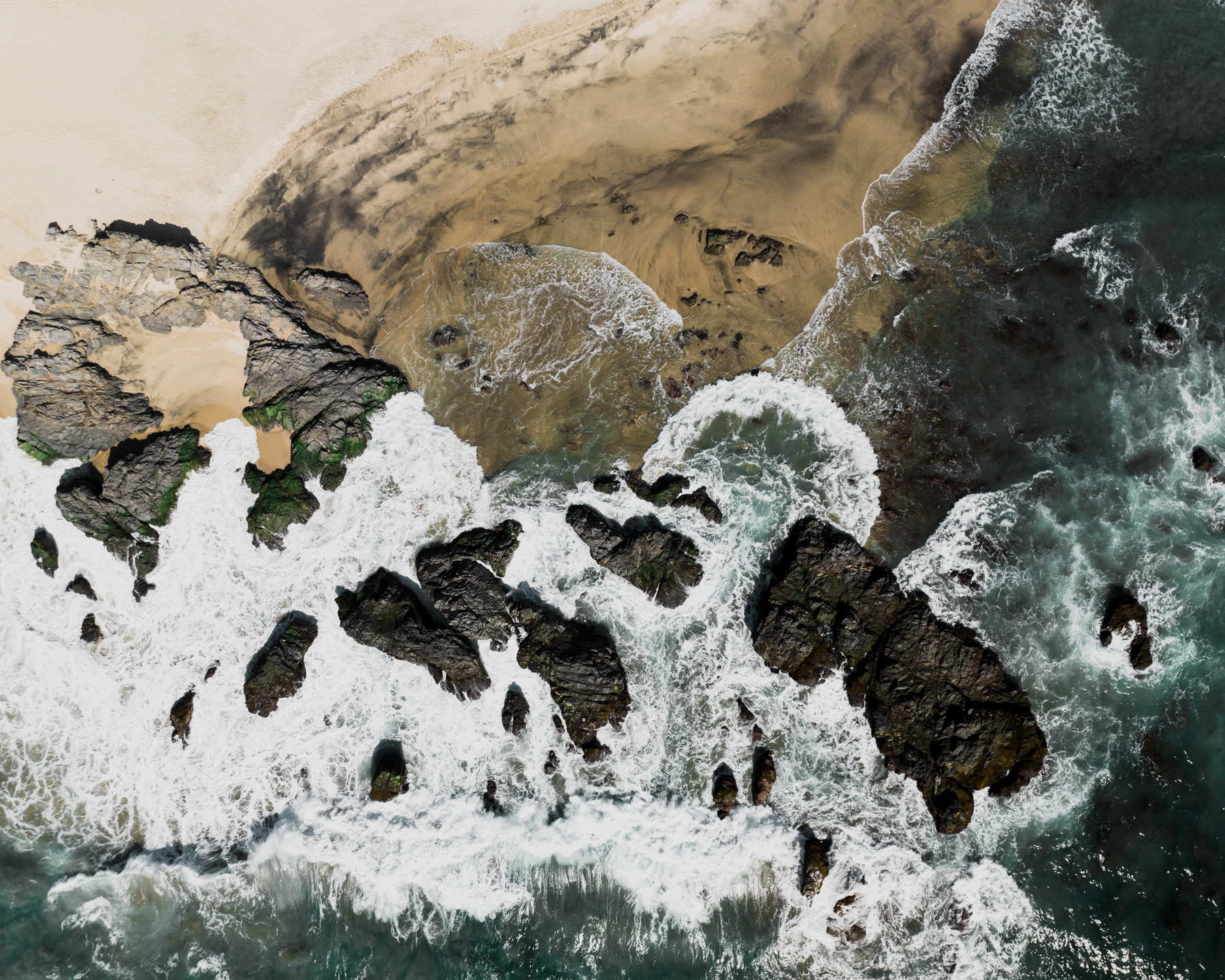
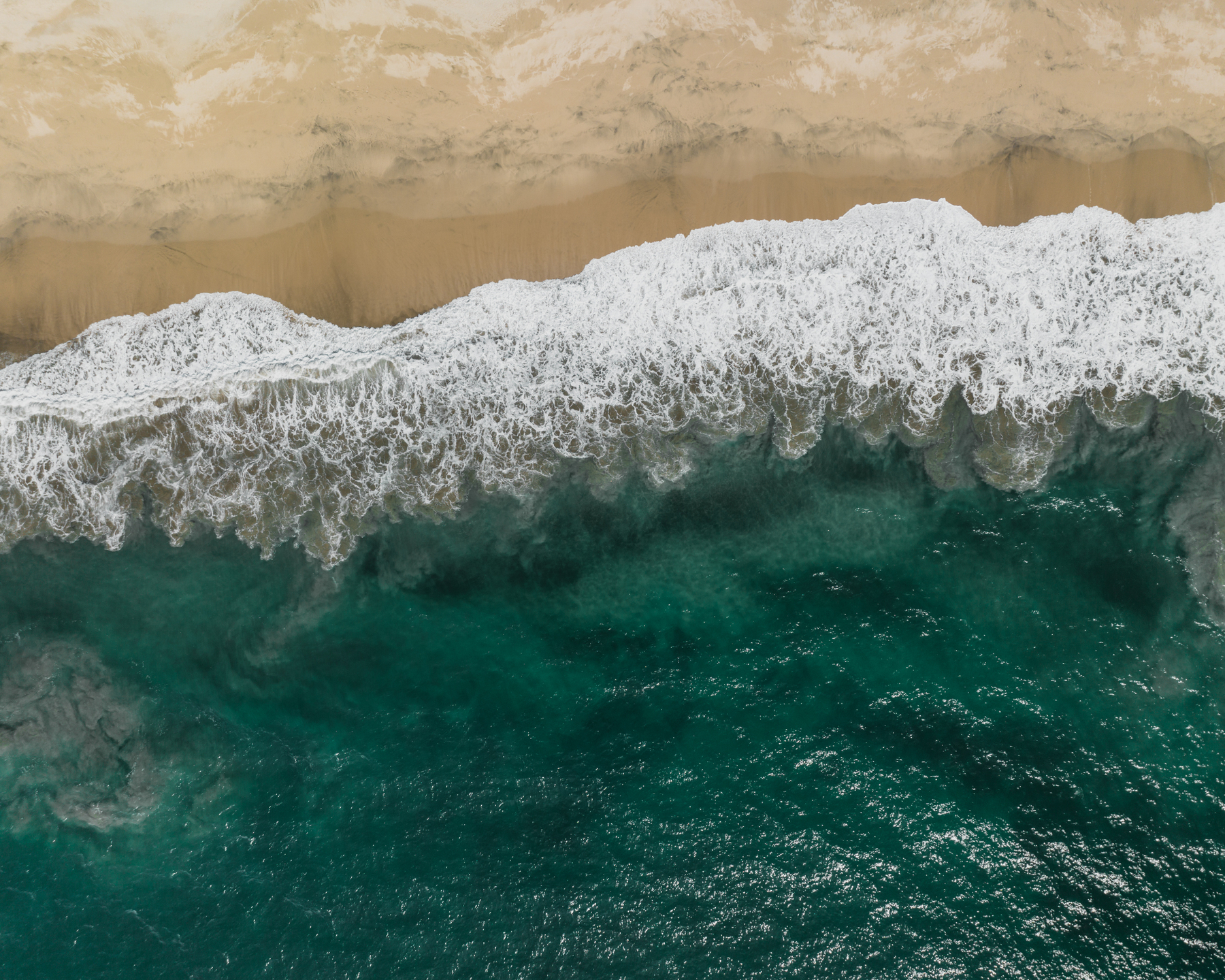
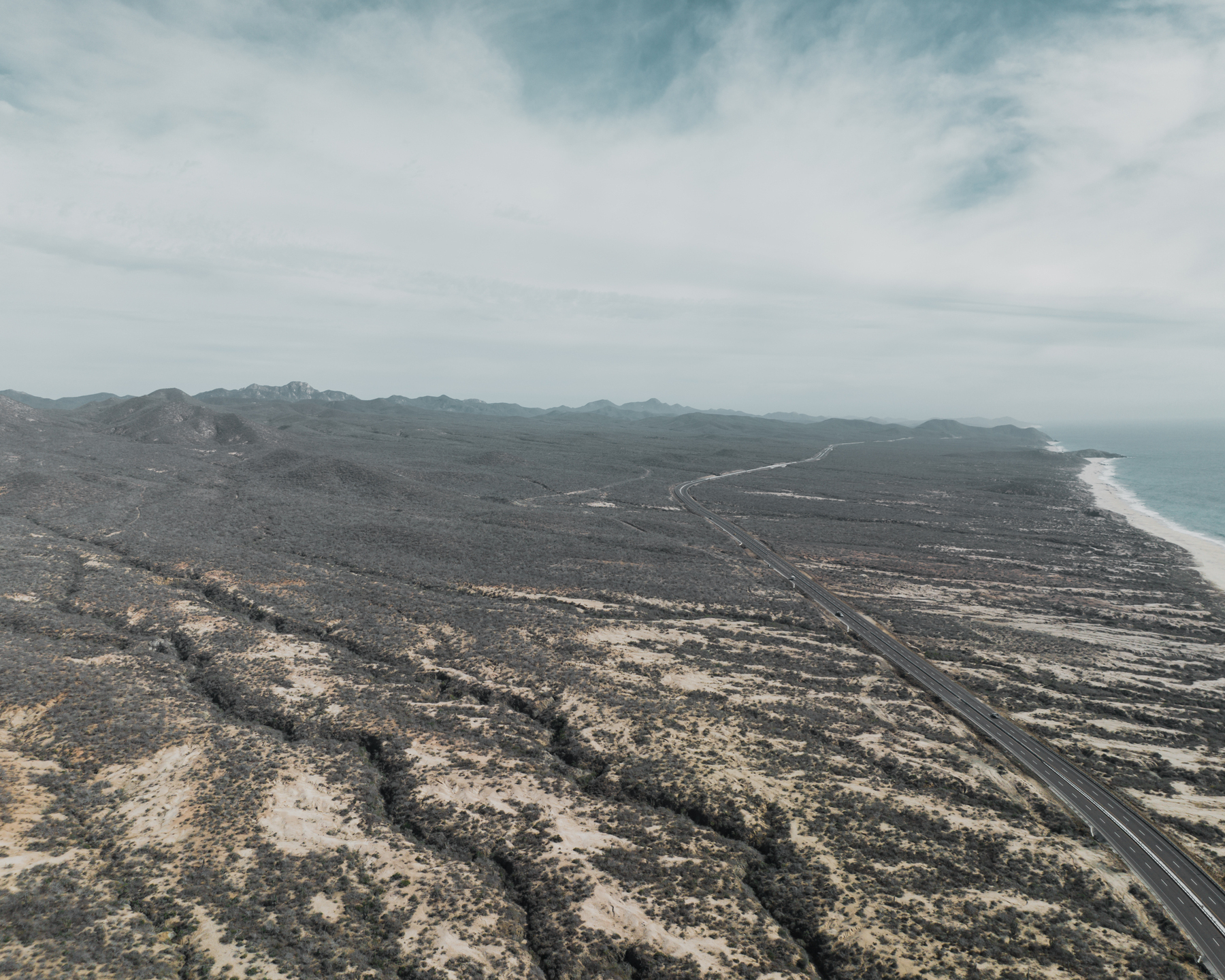
A week in Tasmania
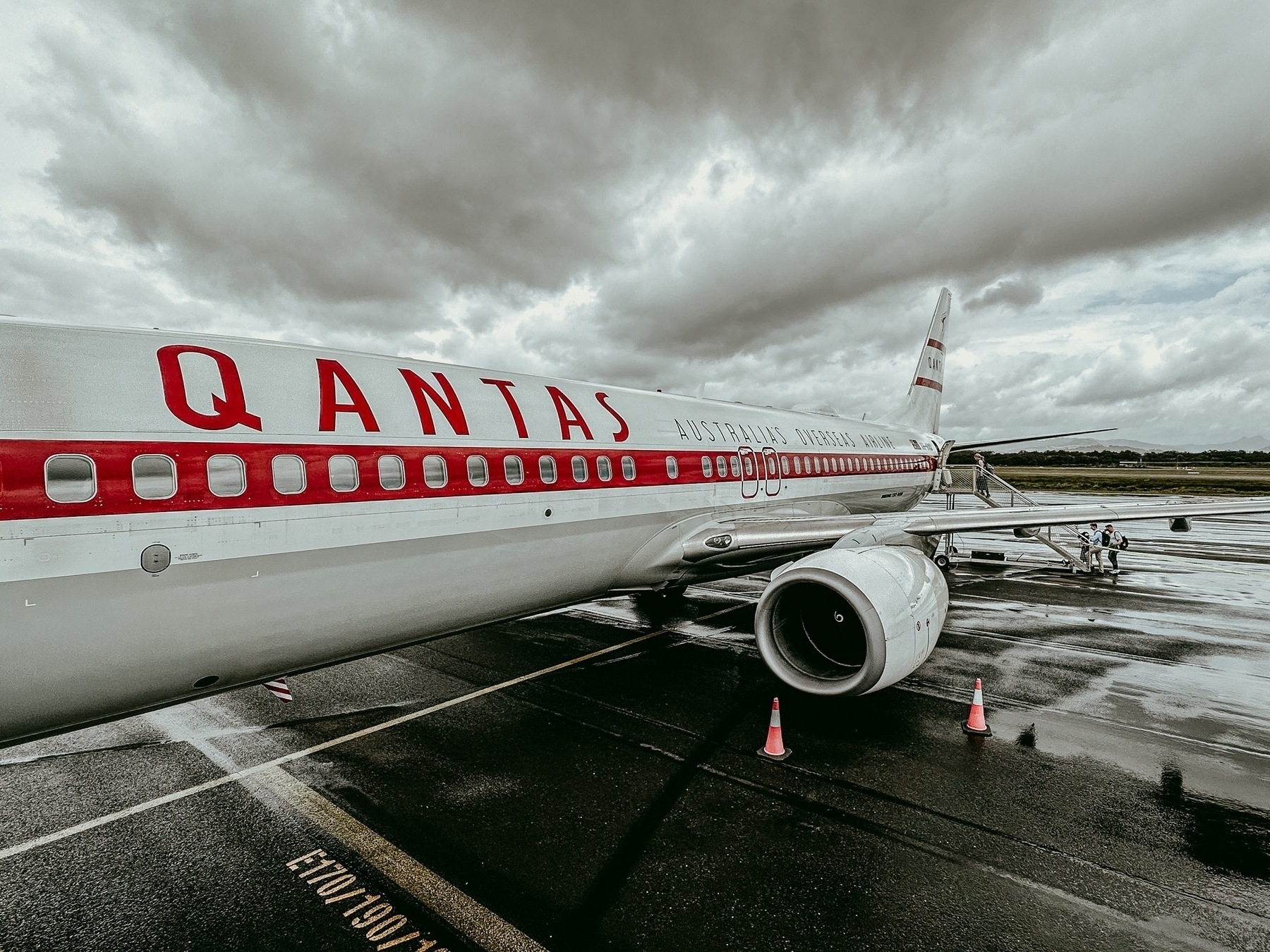
The first point of order was to check out the land we’ve just bought!
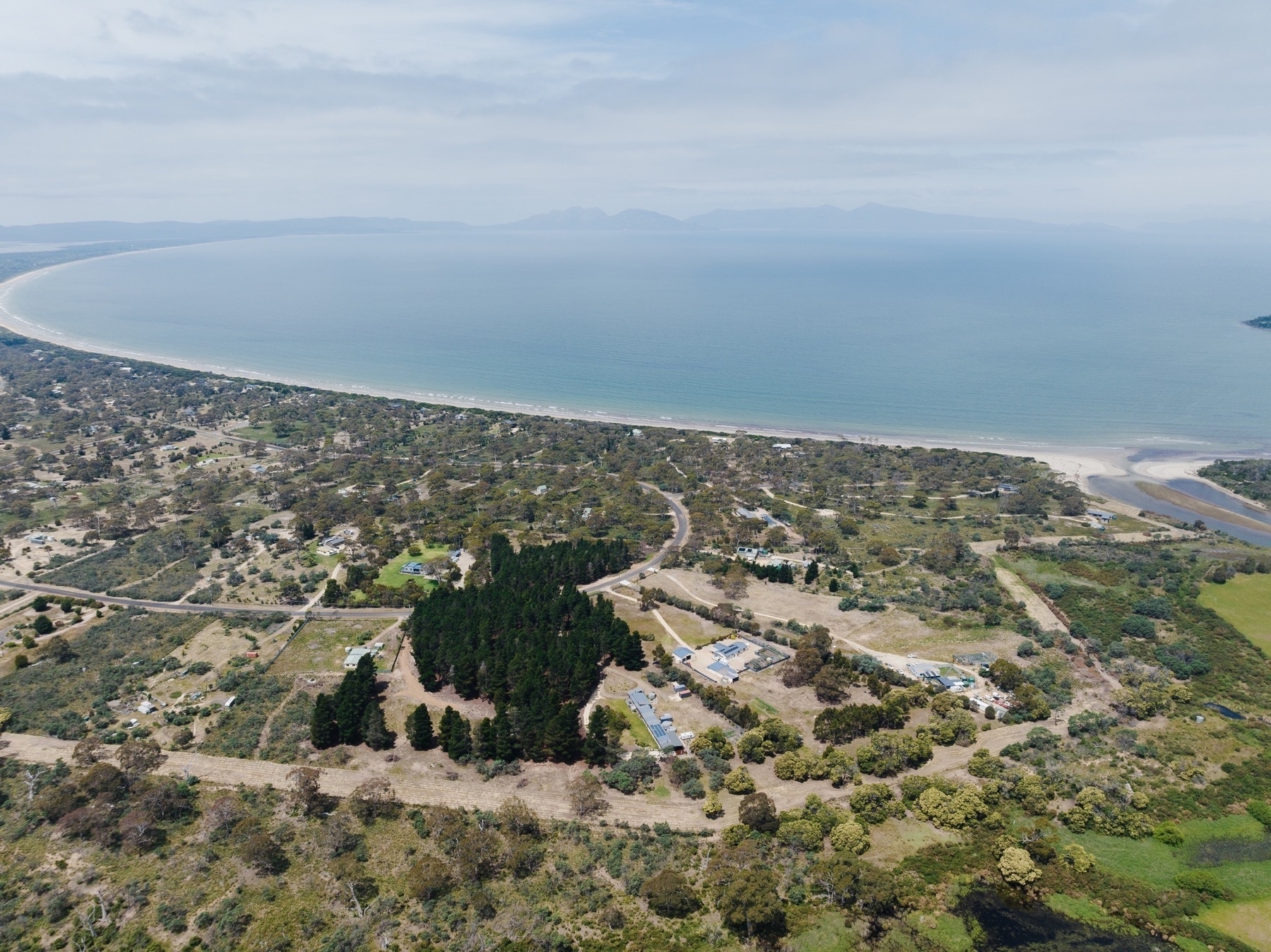
From there it was straight into work.
First in New Norfolk …
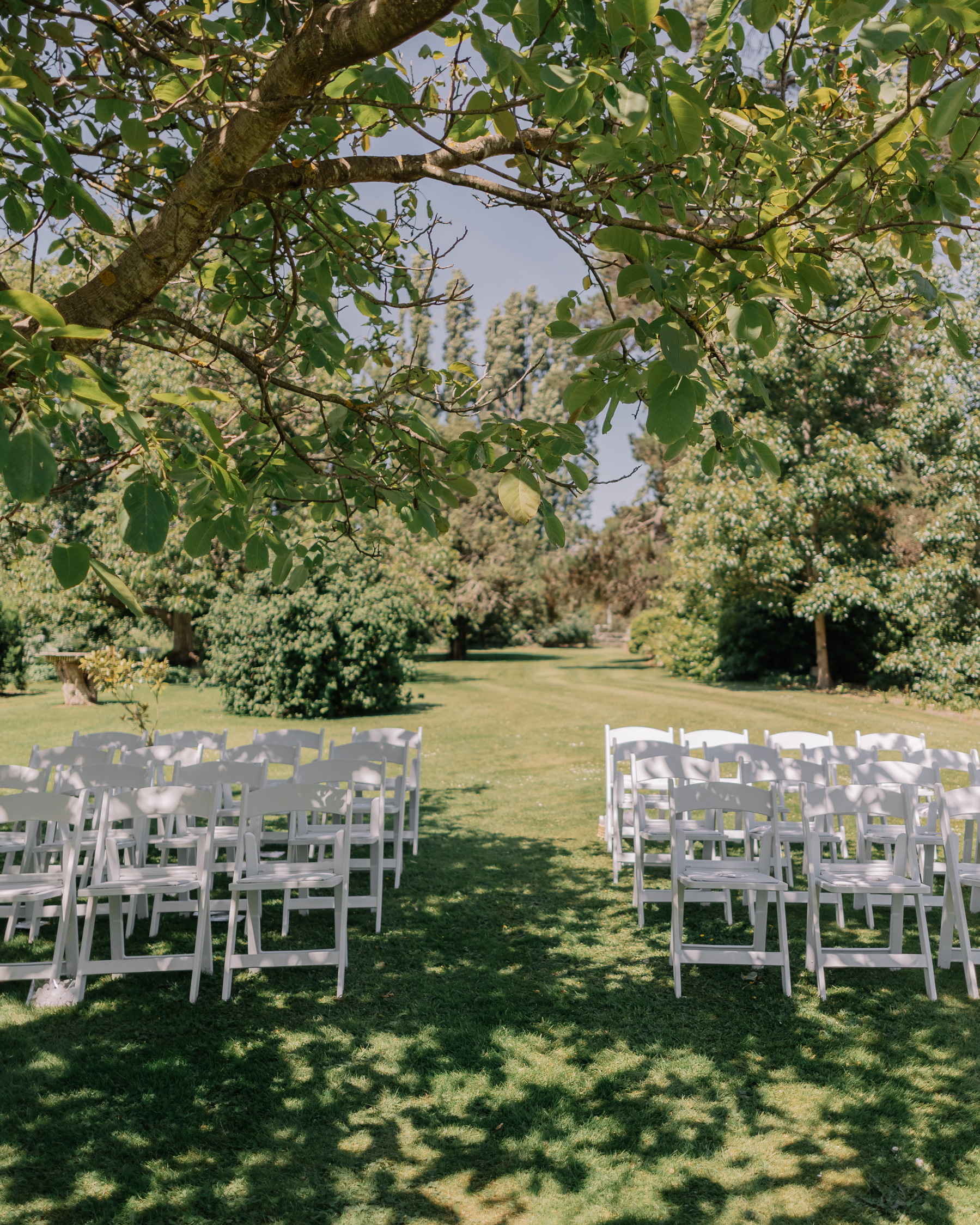
Then in Freycinet …
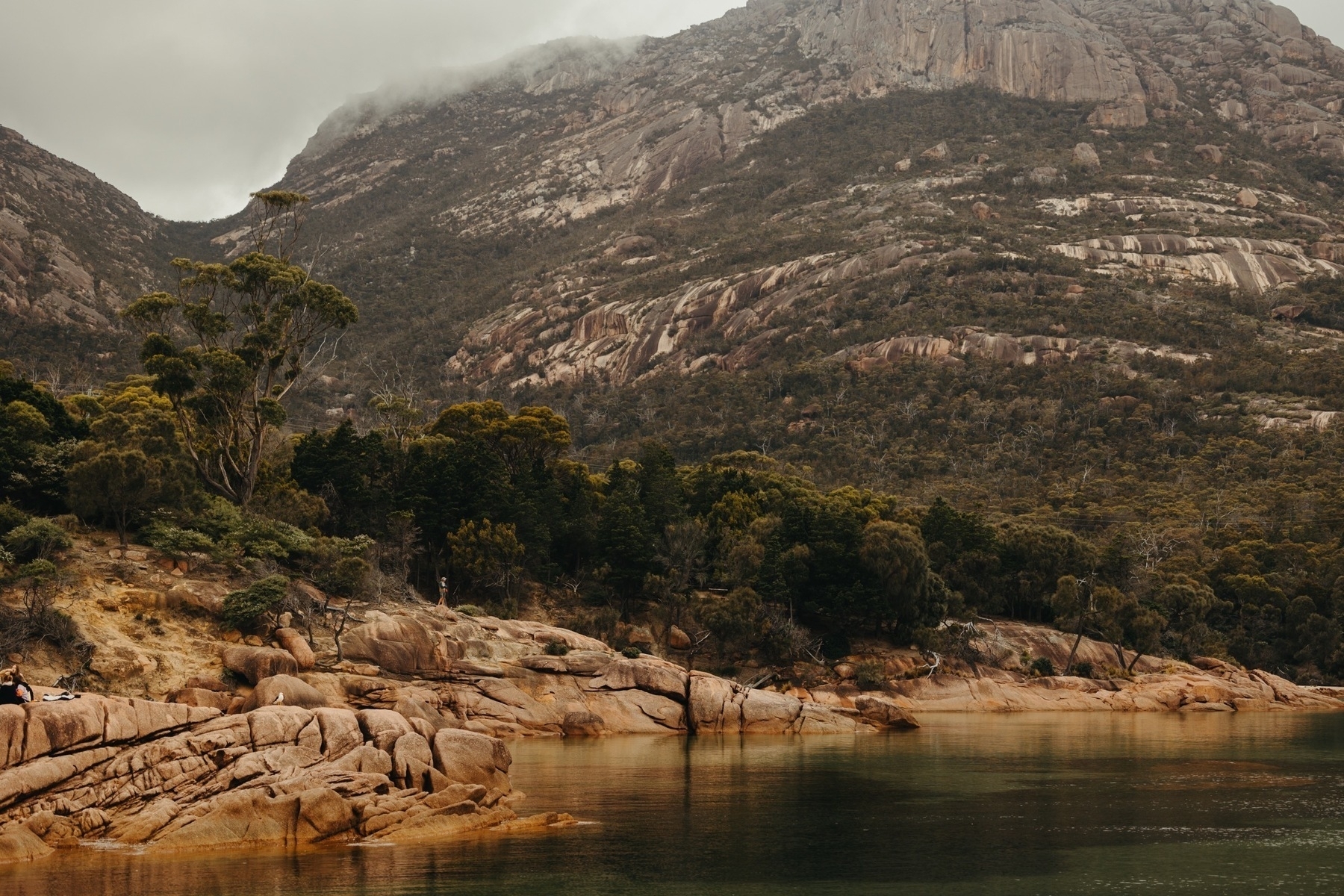
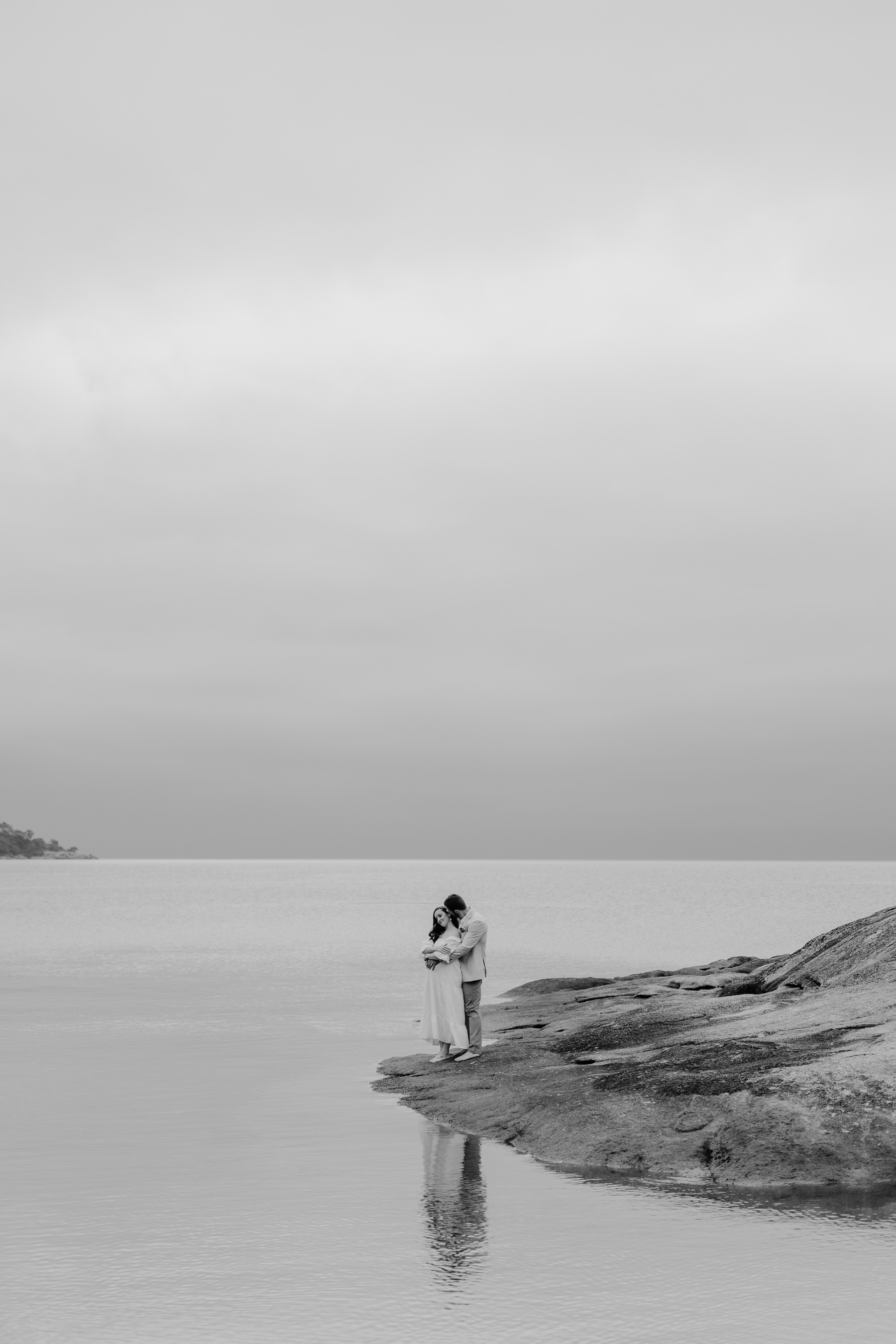
I really do love this state.
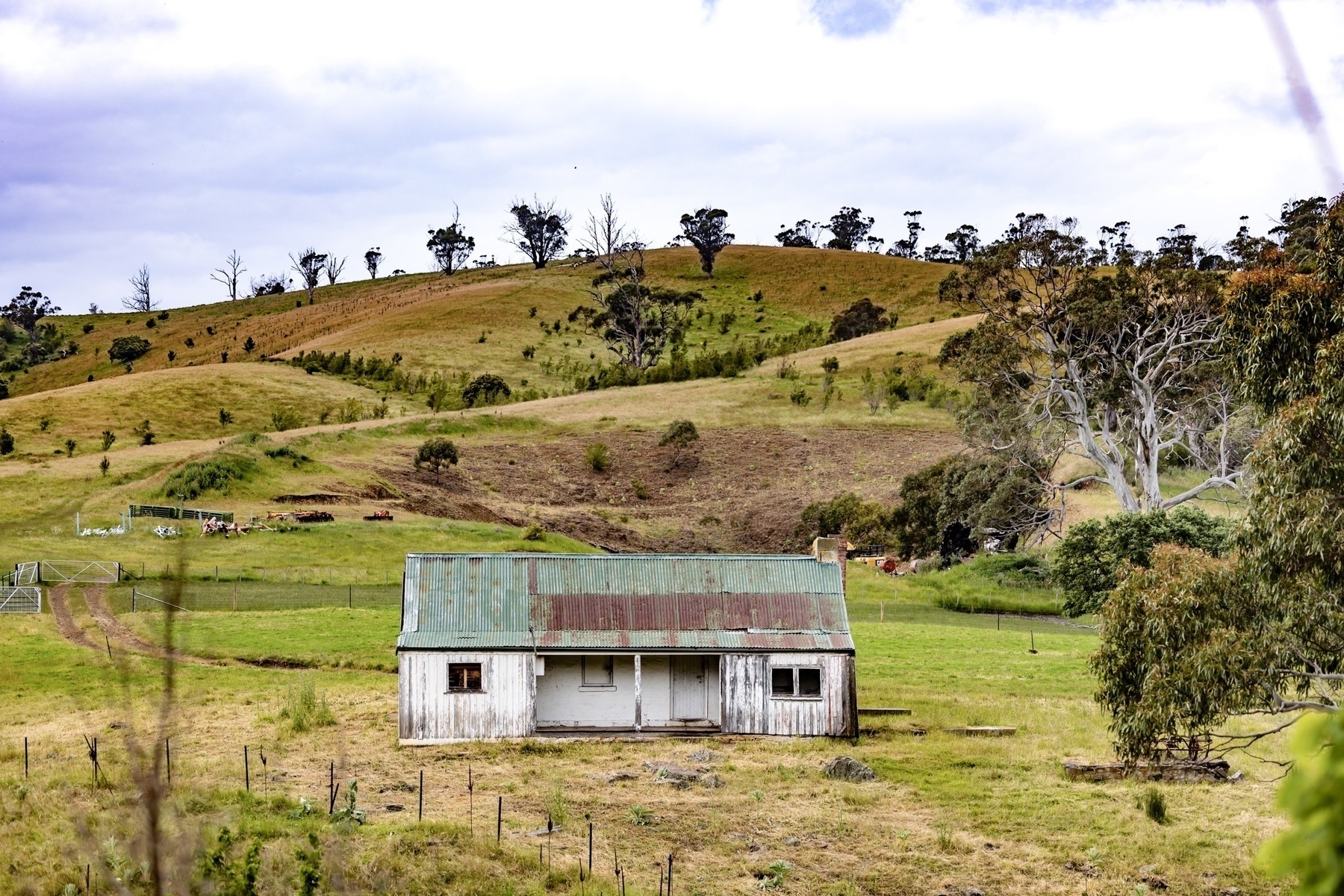
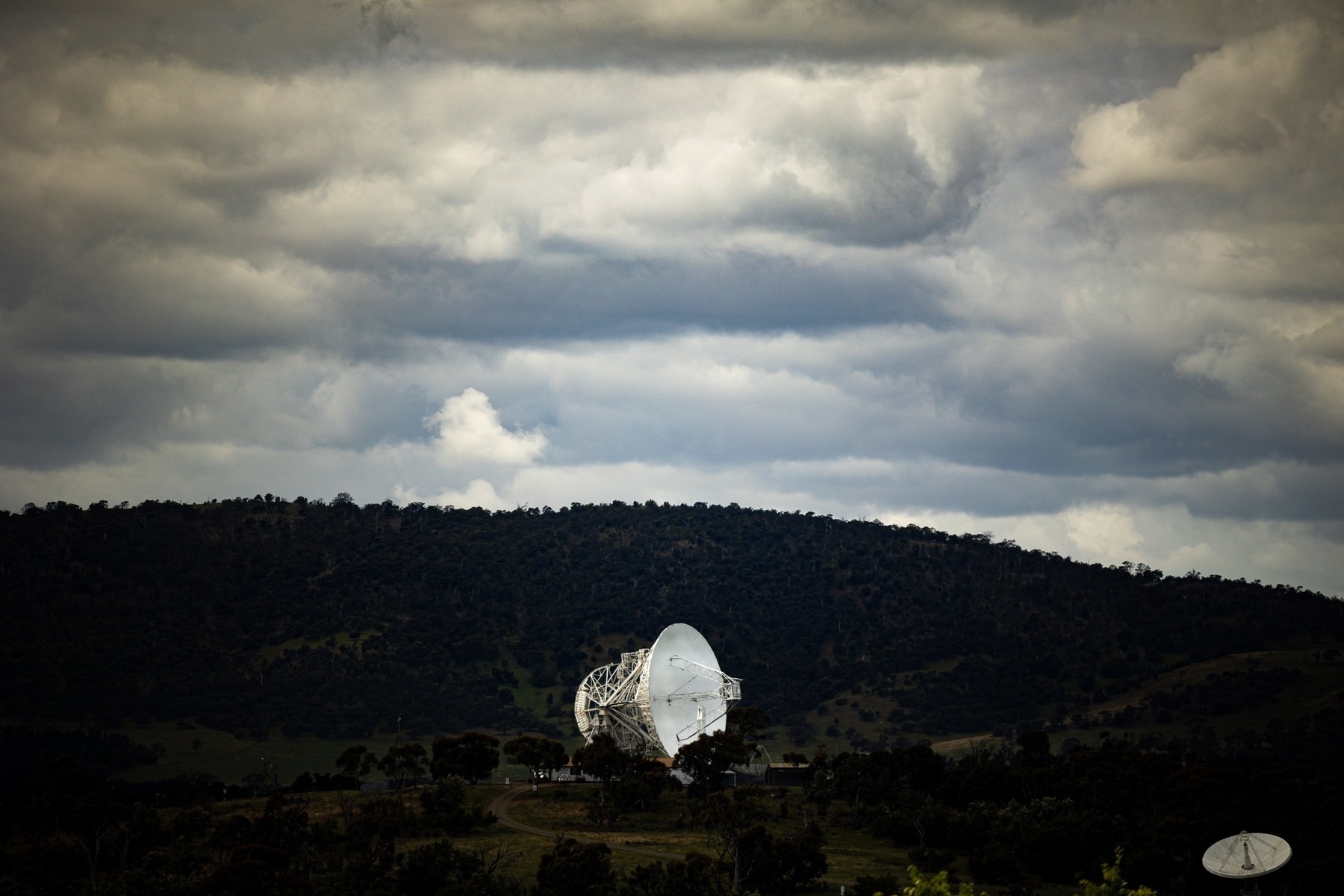
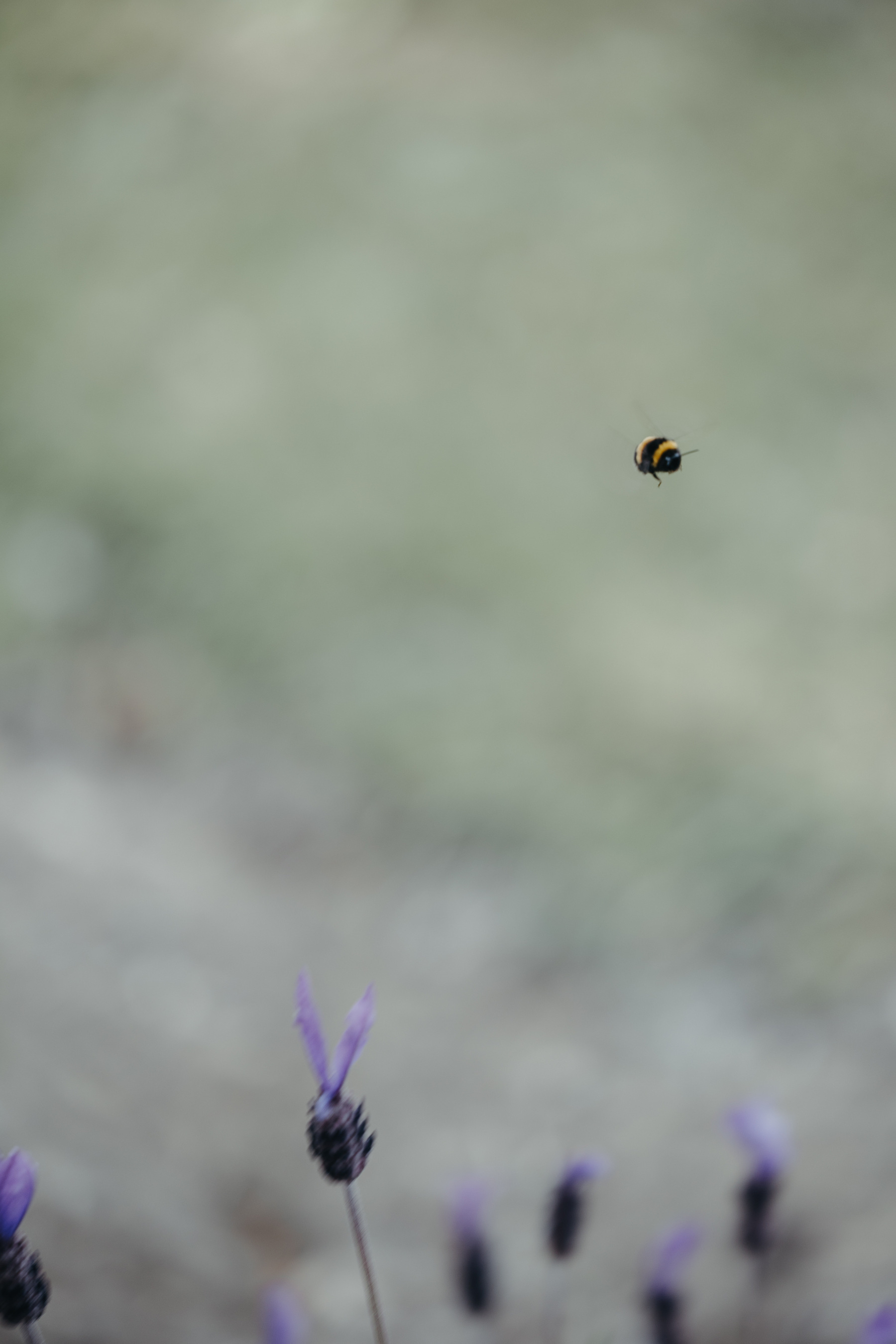
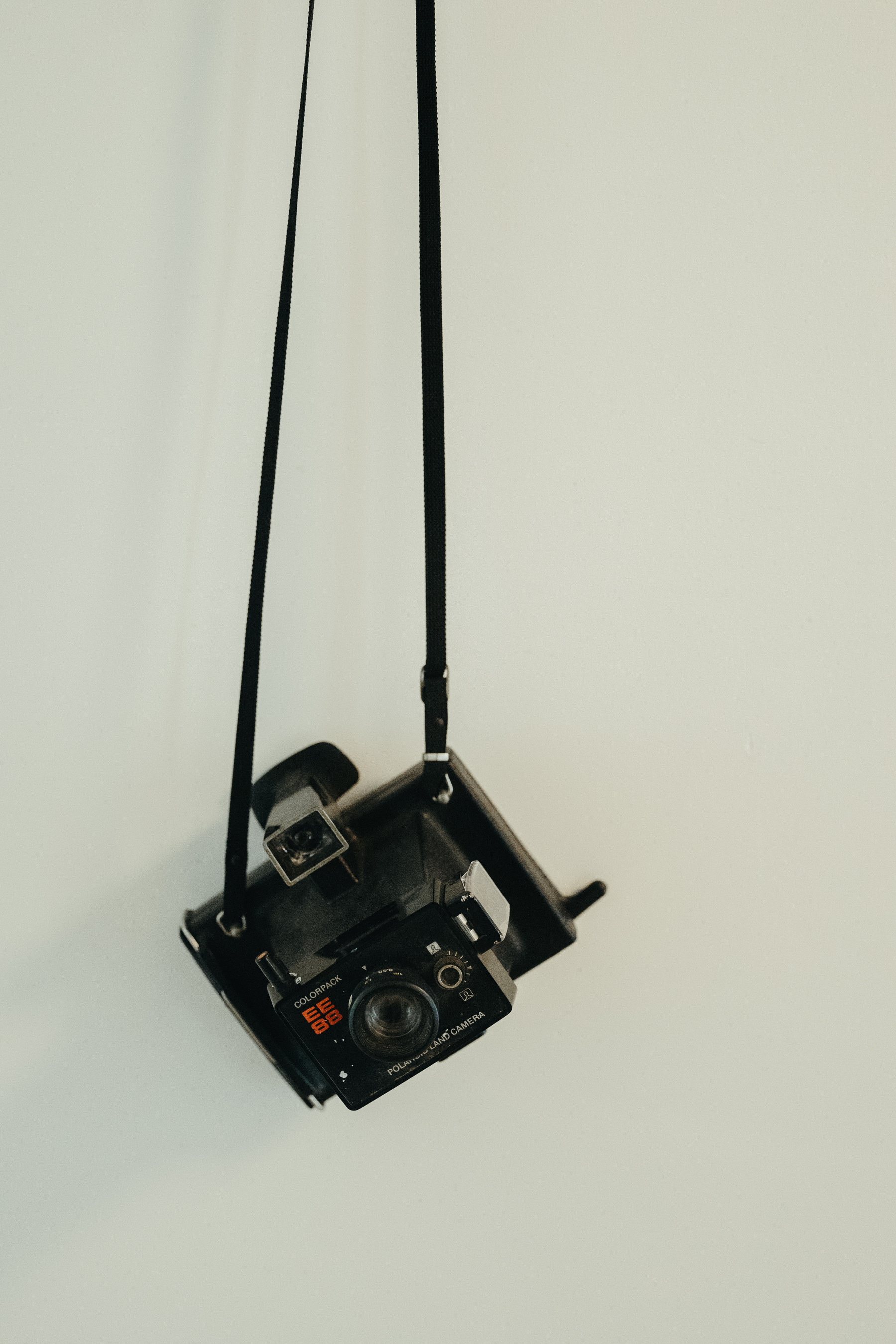
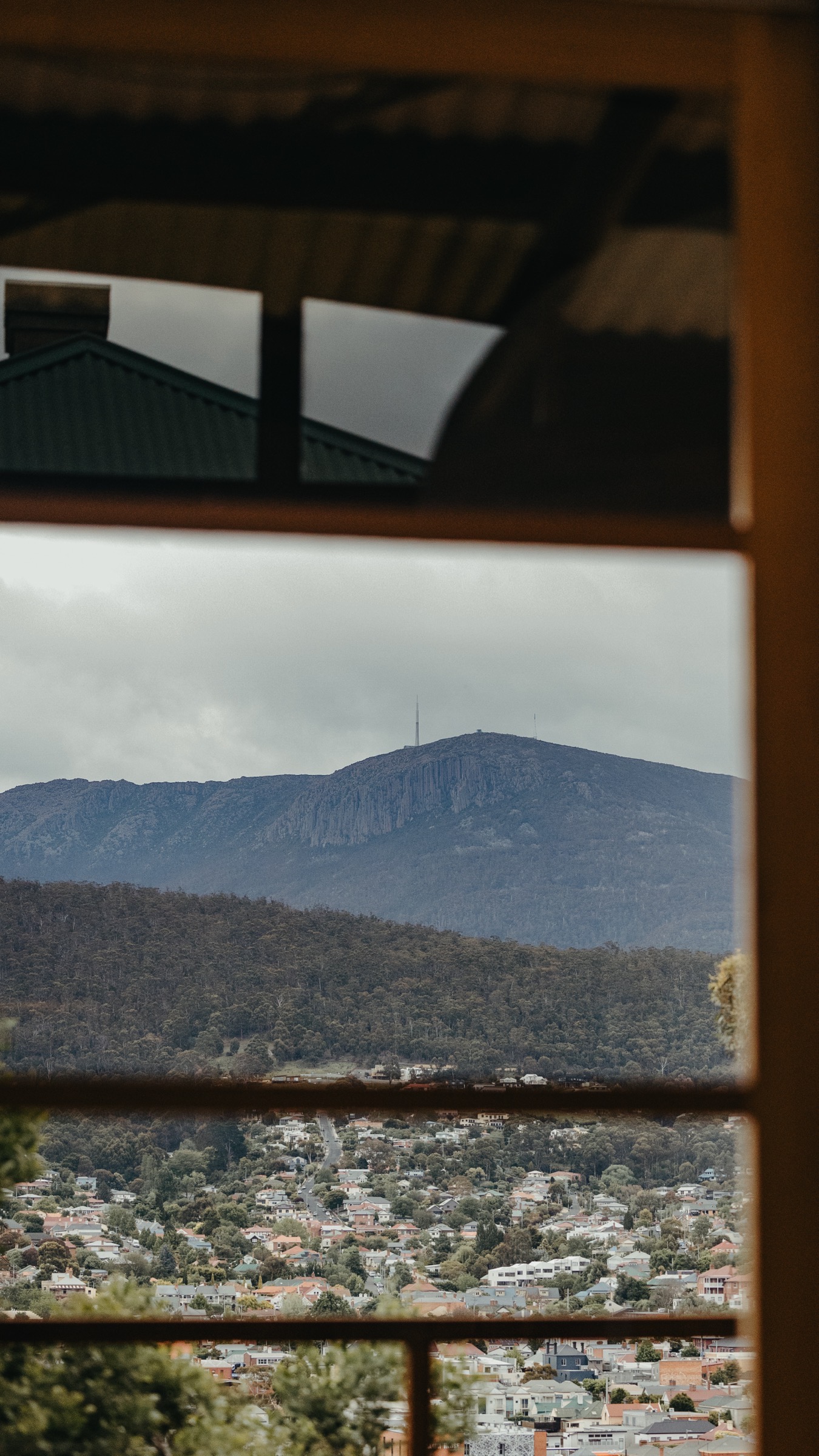
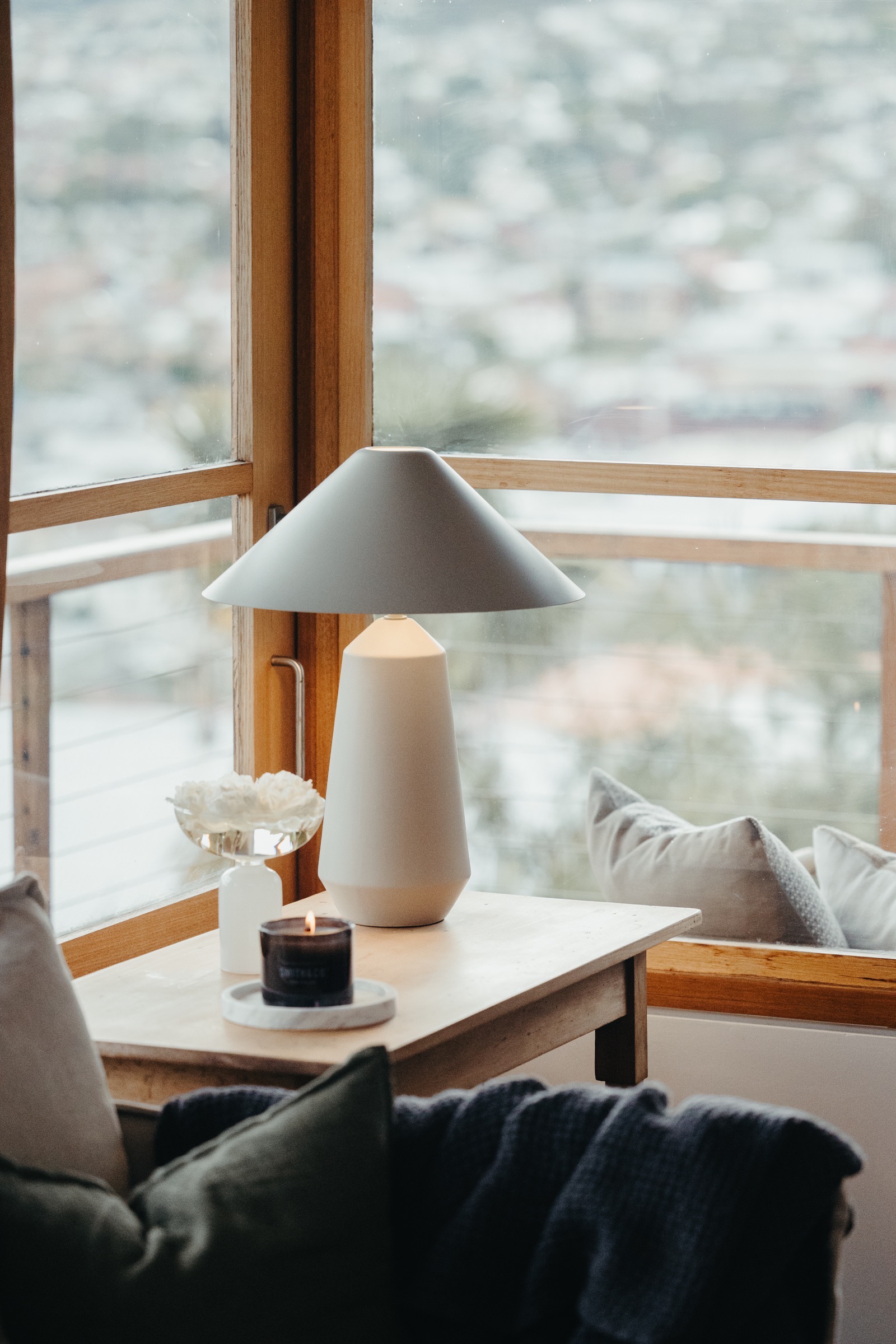
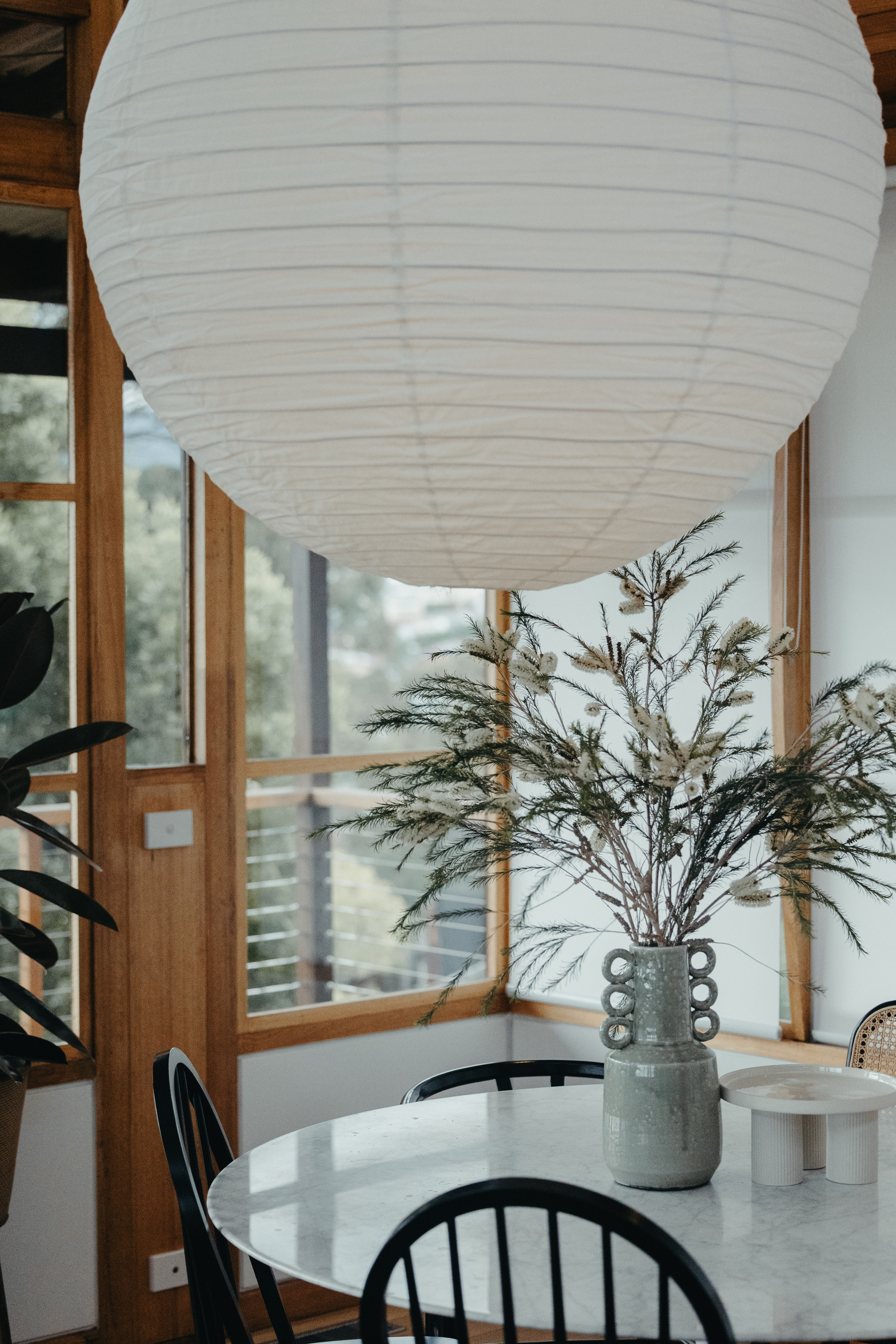
Back to work again on kunanyi, formerly known as Mount Wellington.
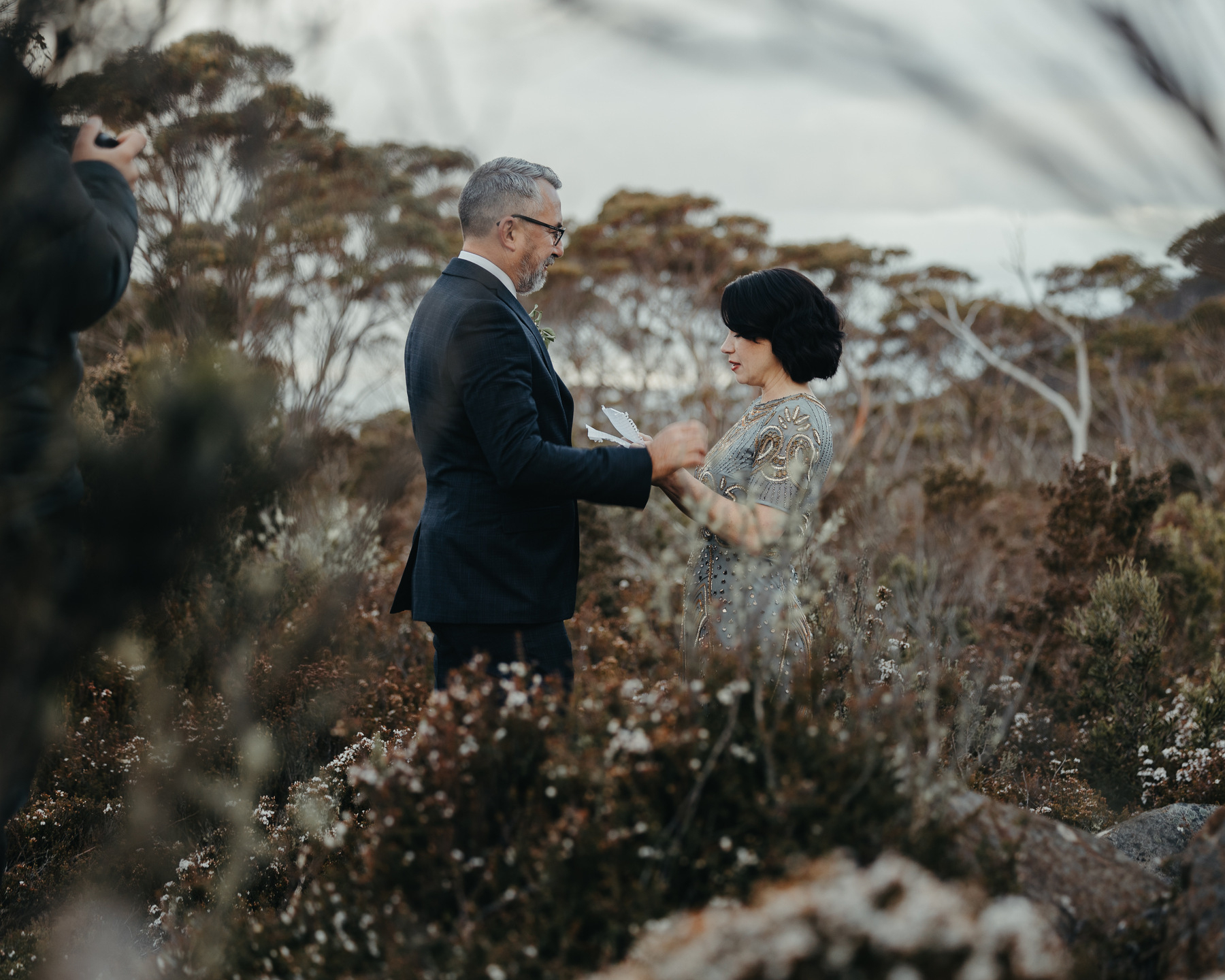
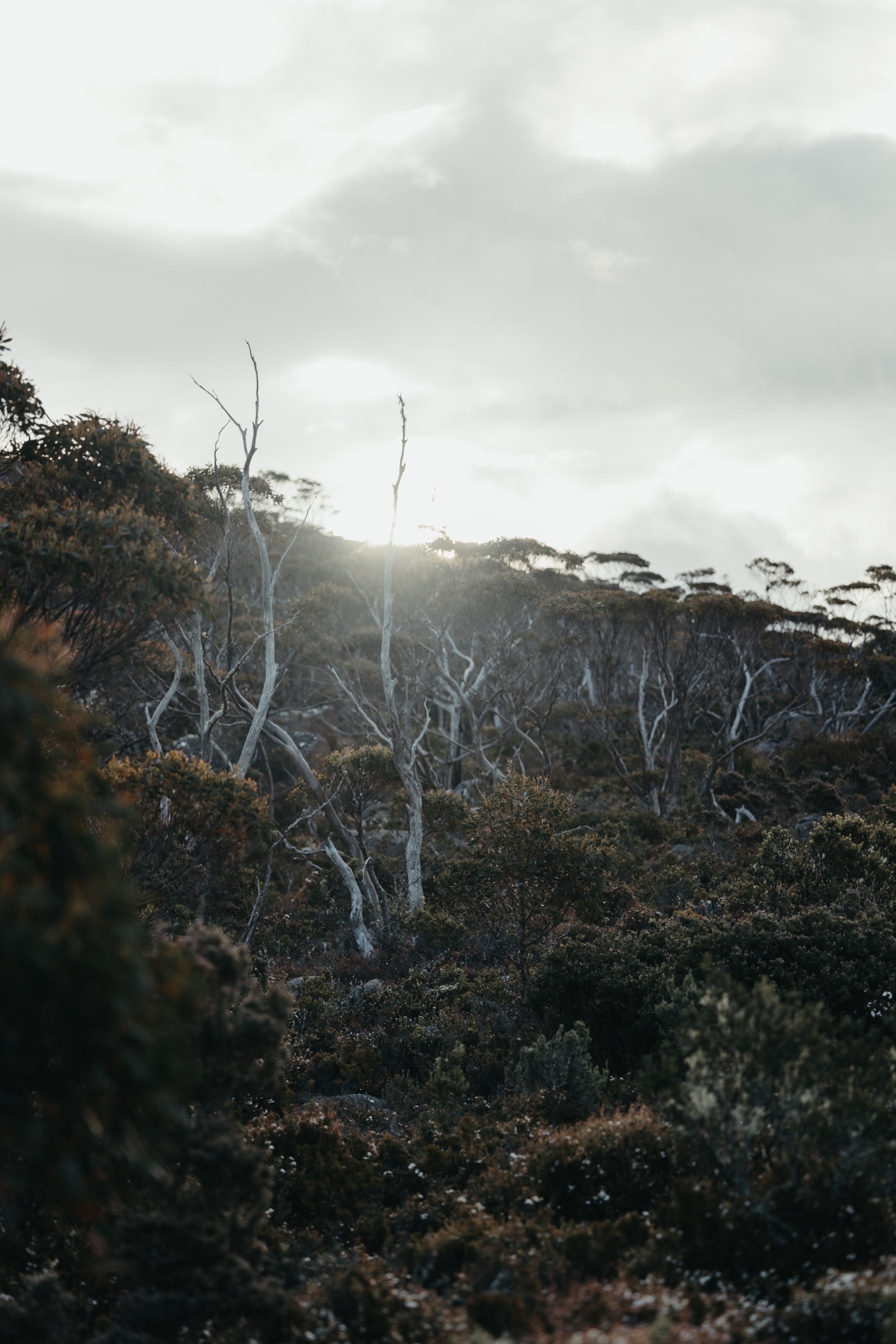
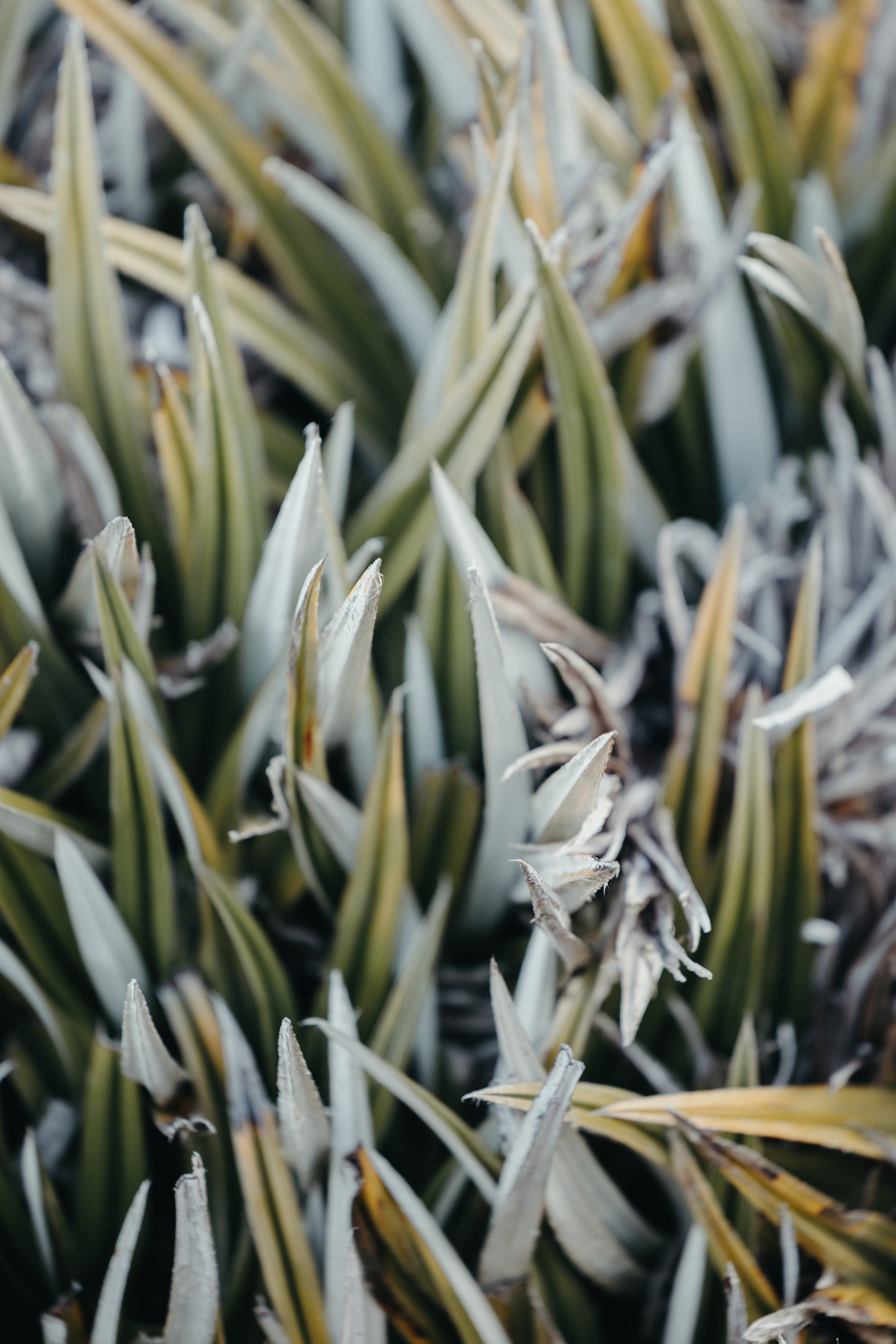
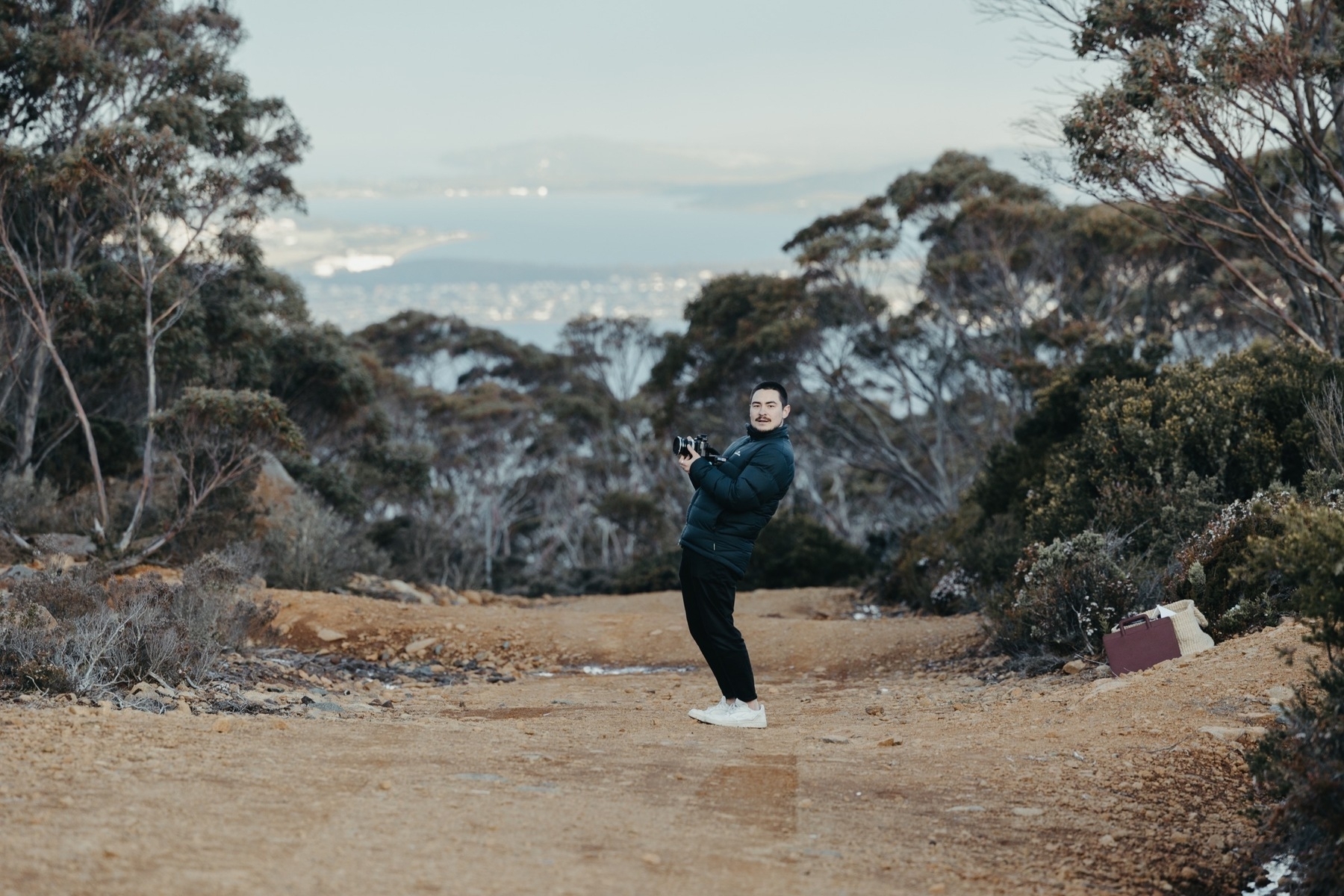
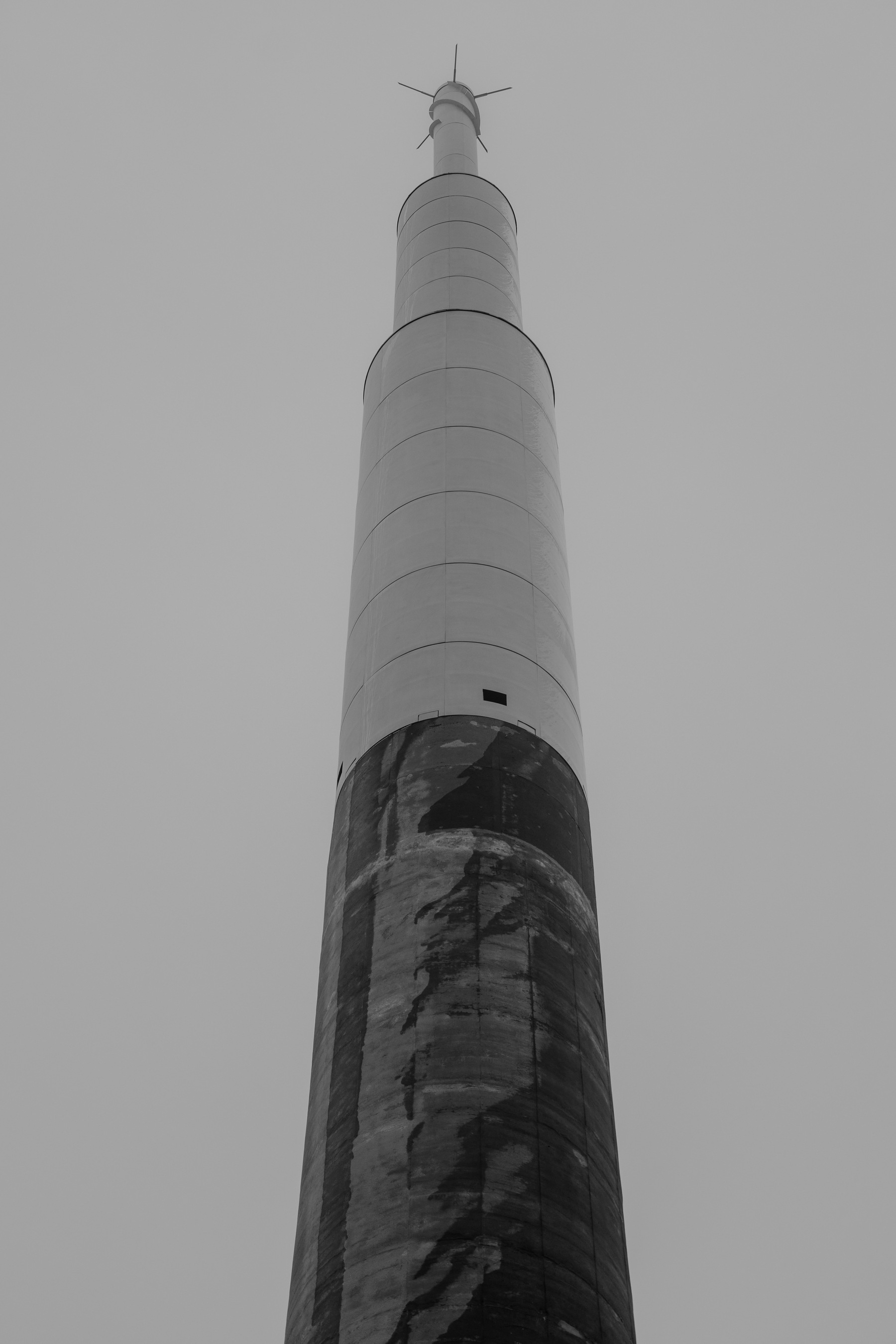
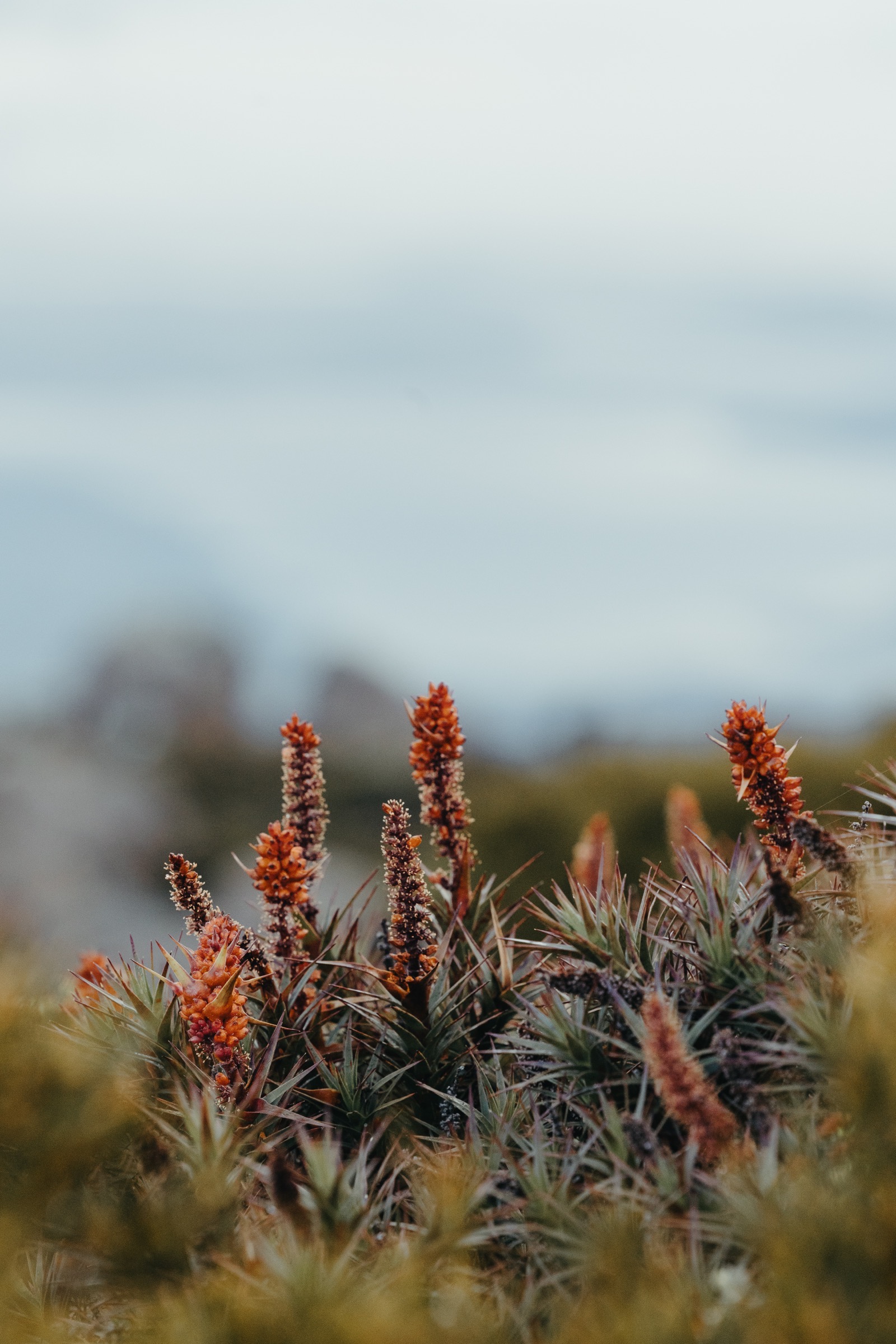
From Mount Wellington we move to Bruny Island for Katrina and Oscar’s elopement and it’s also my 41st birthday.
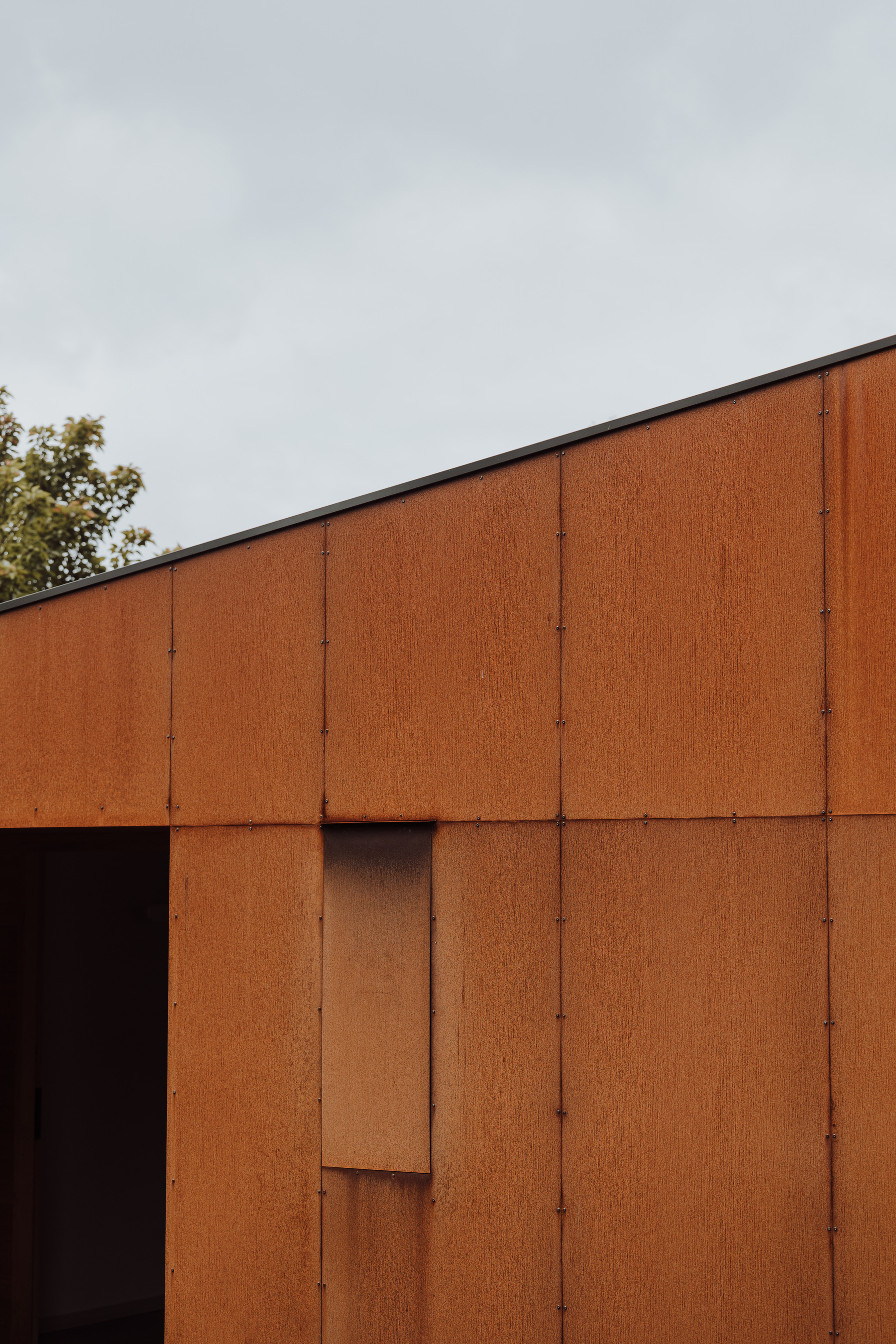
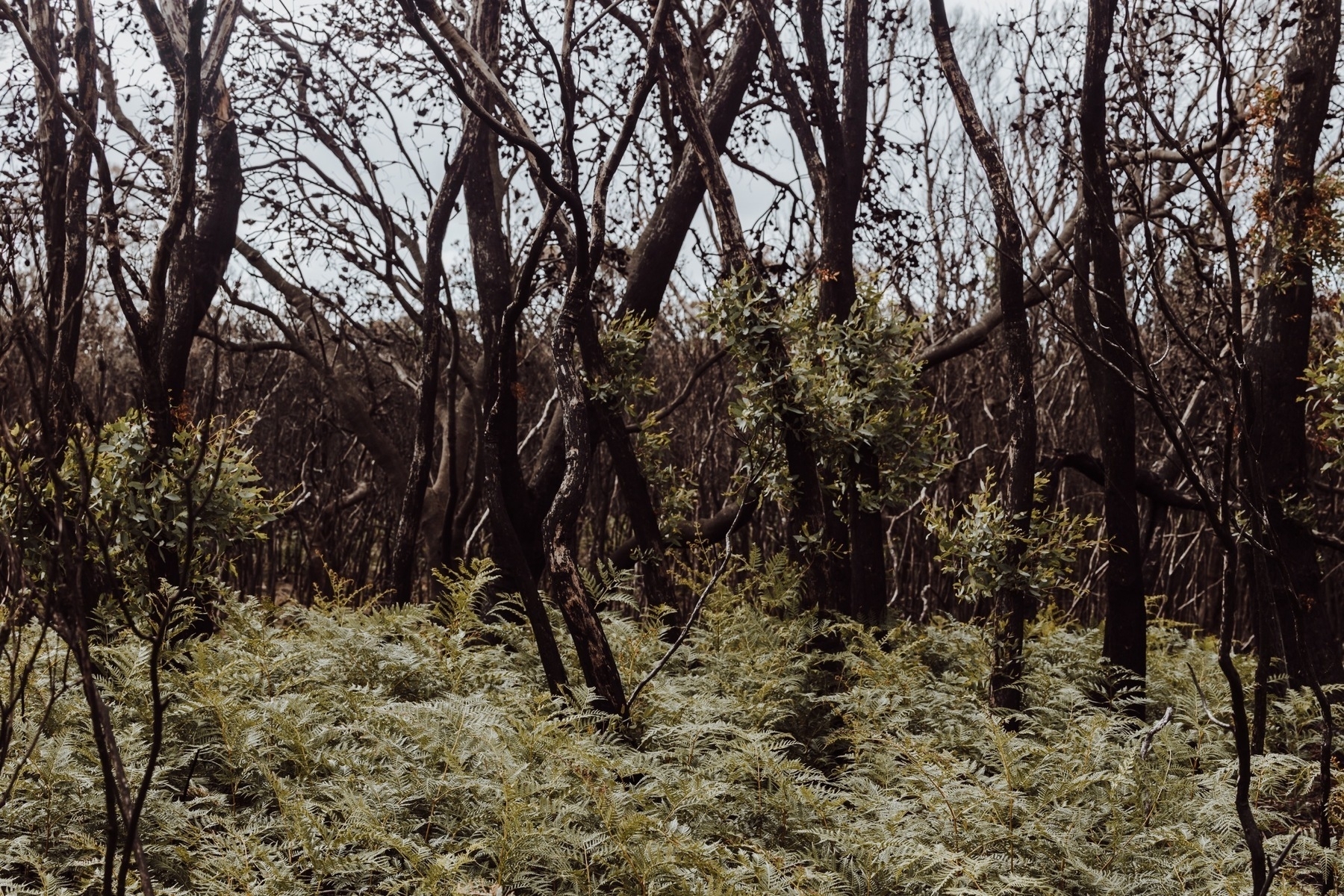
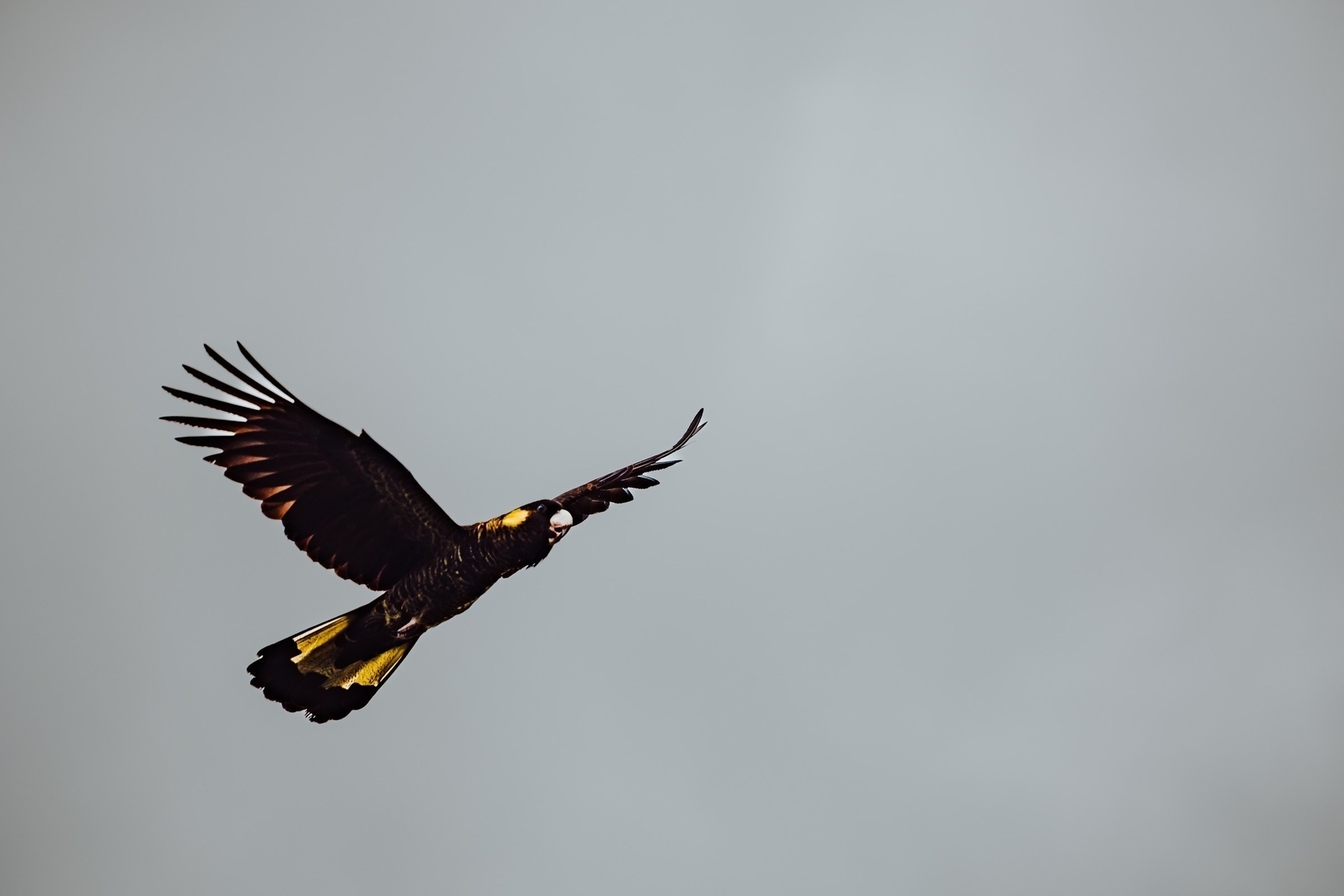
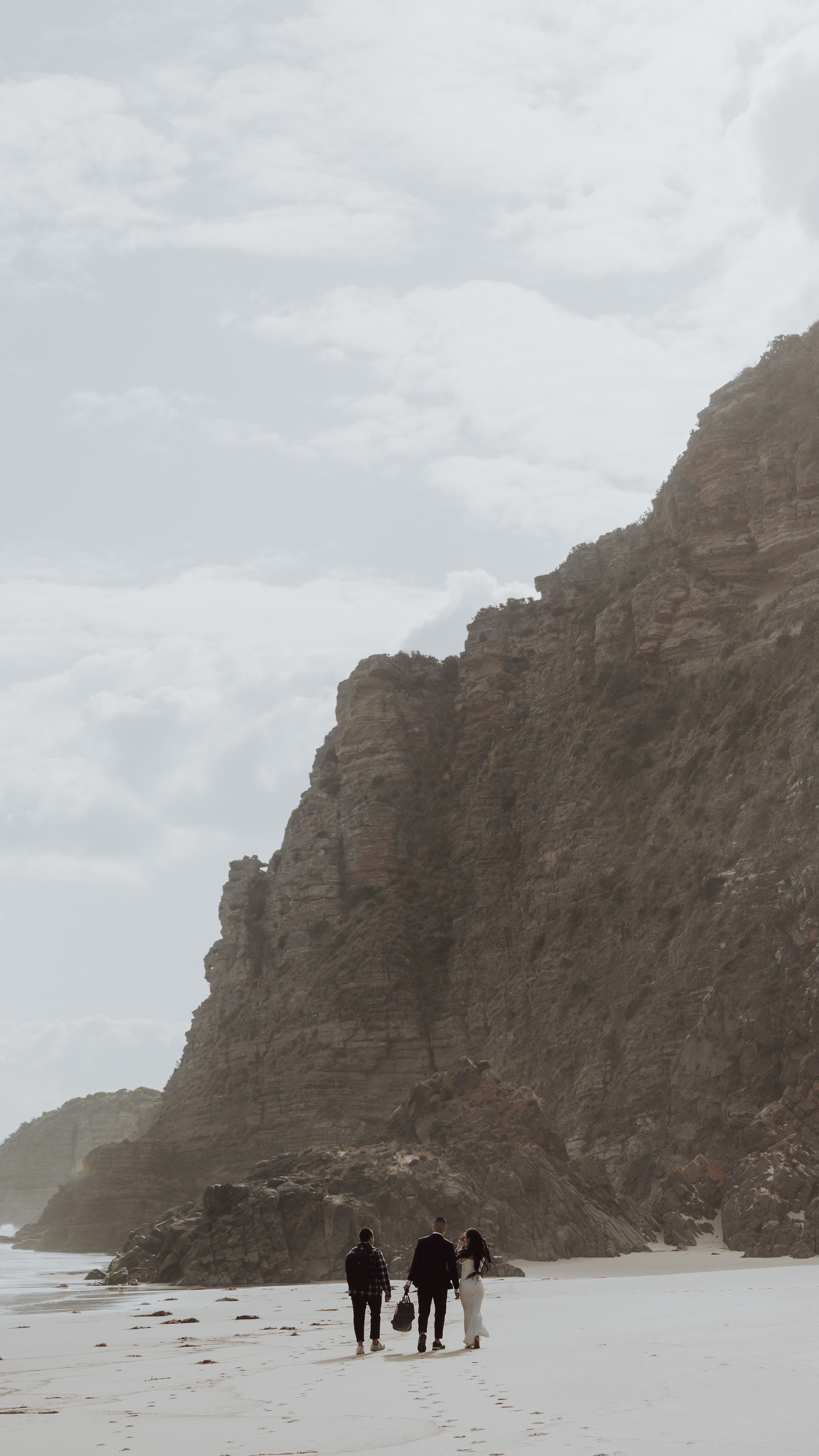
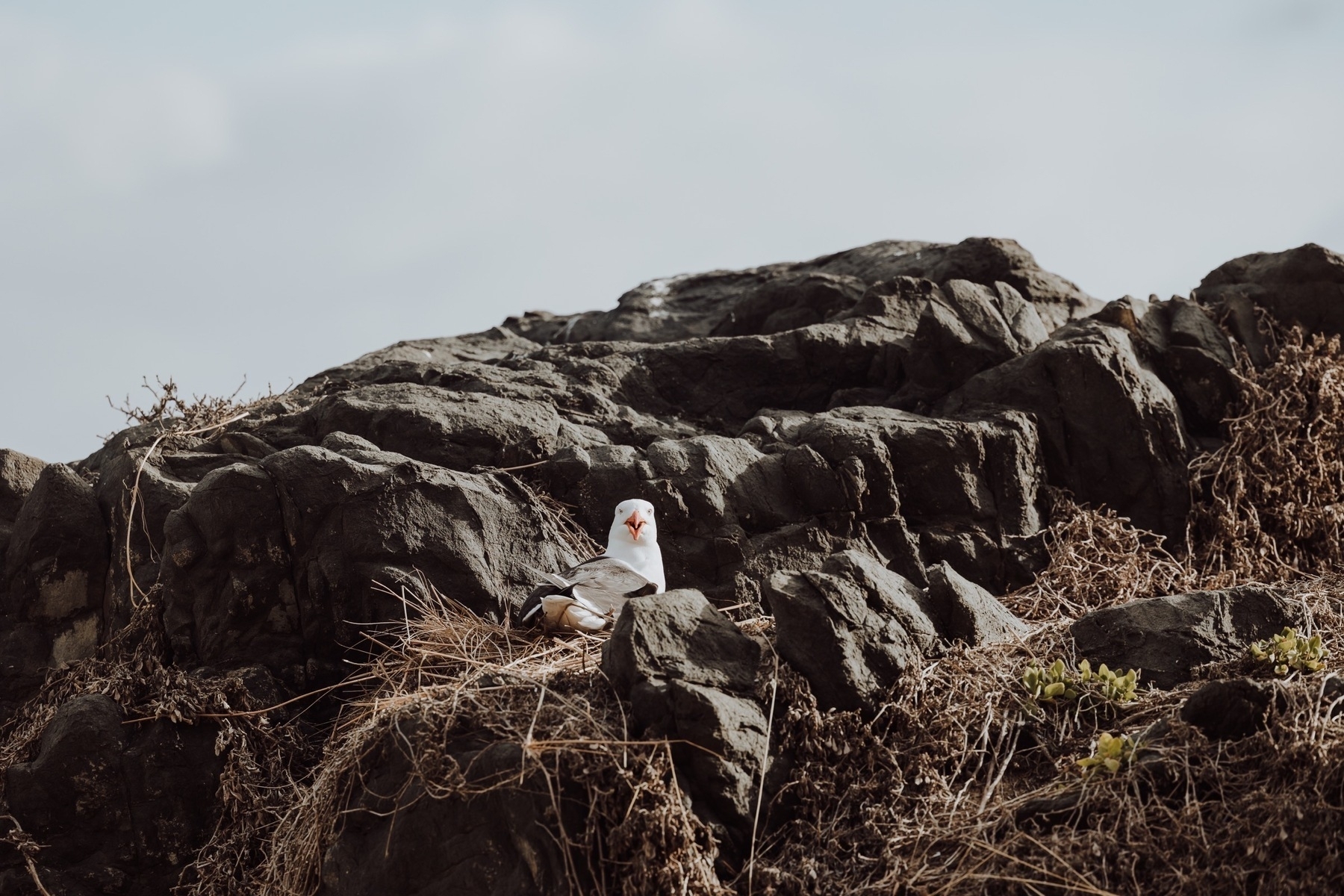
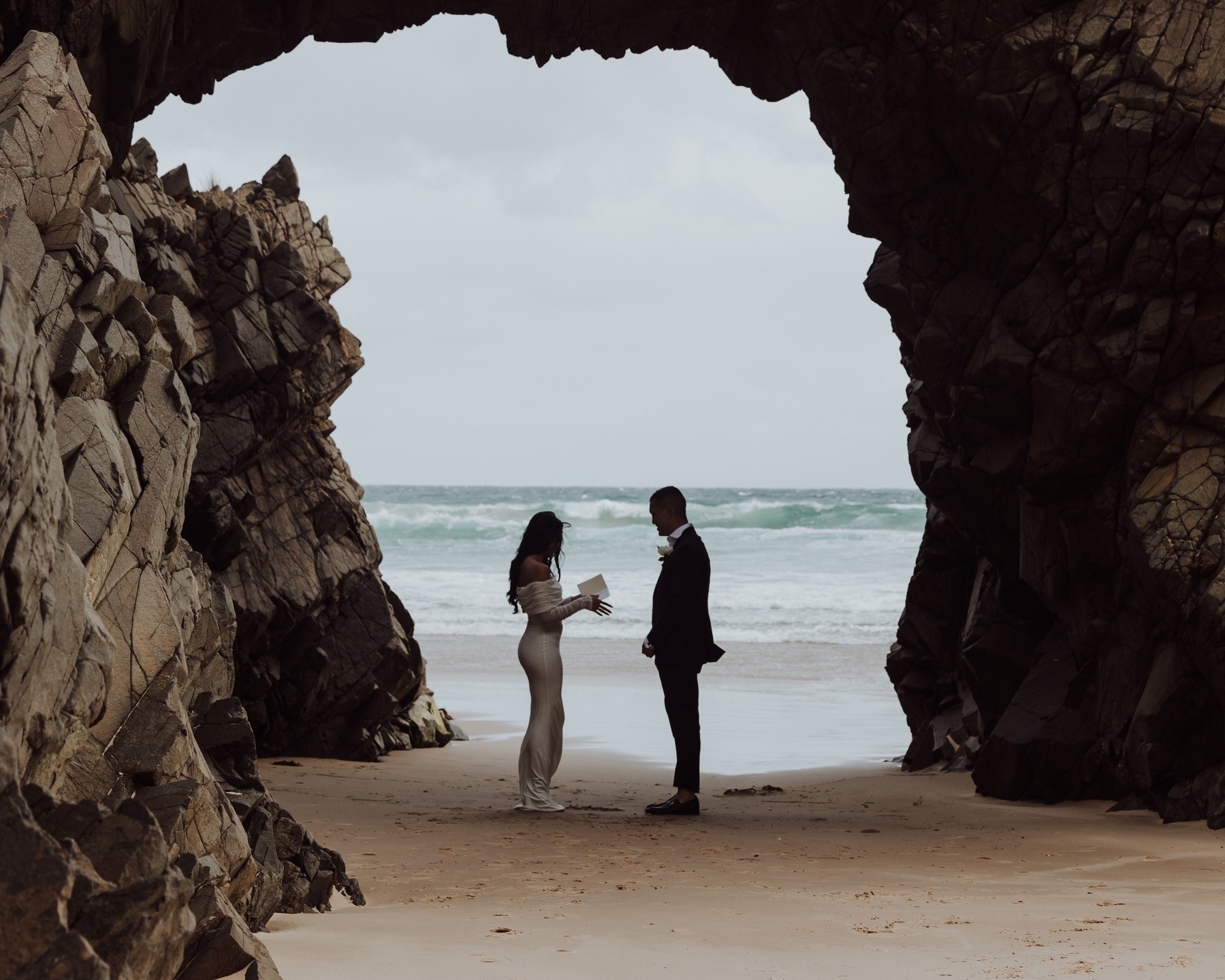
The Arch, at Bruny Island
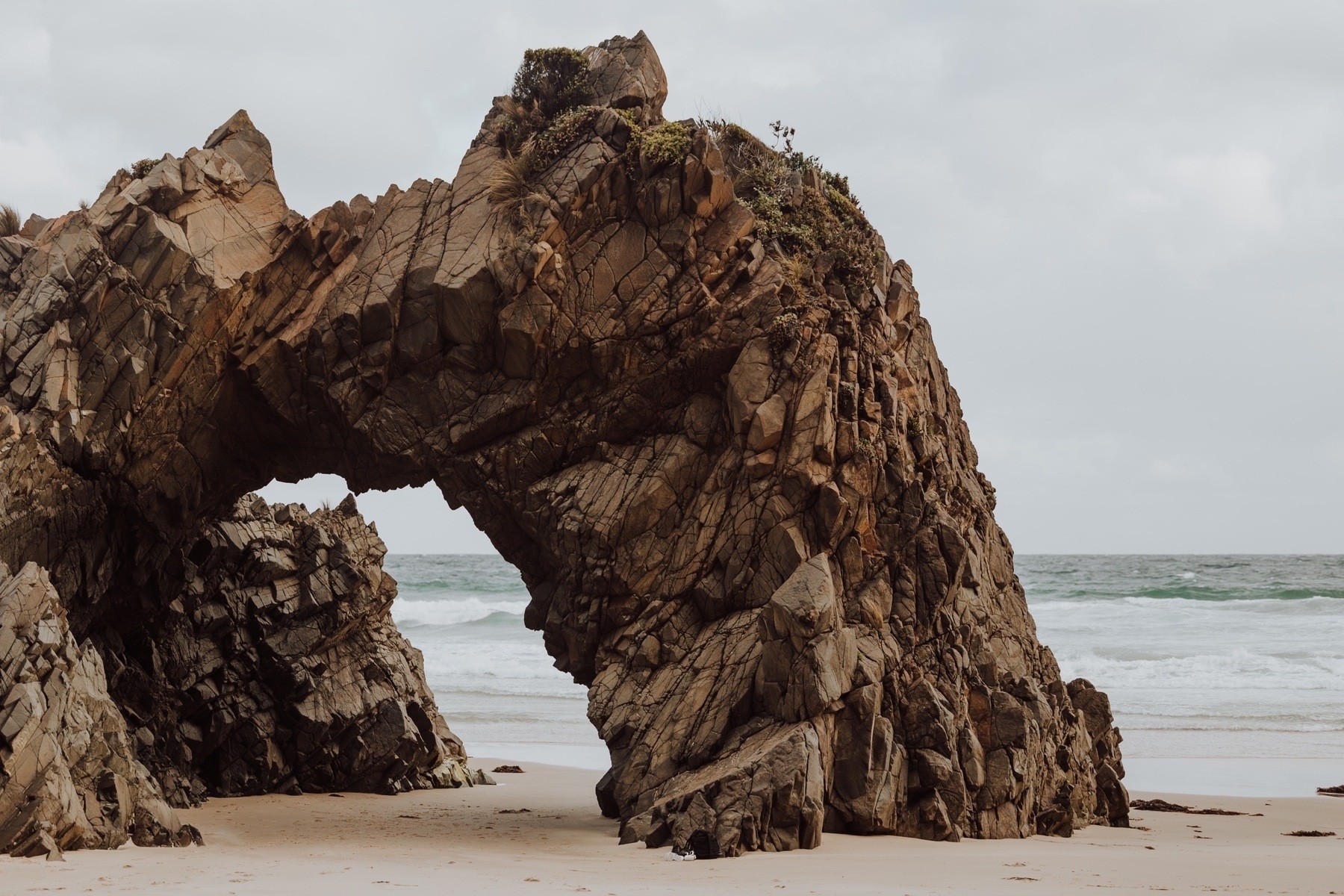
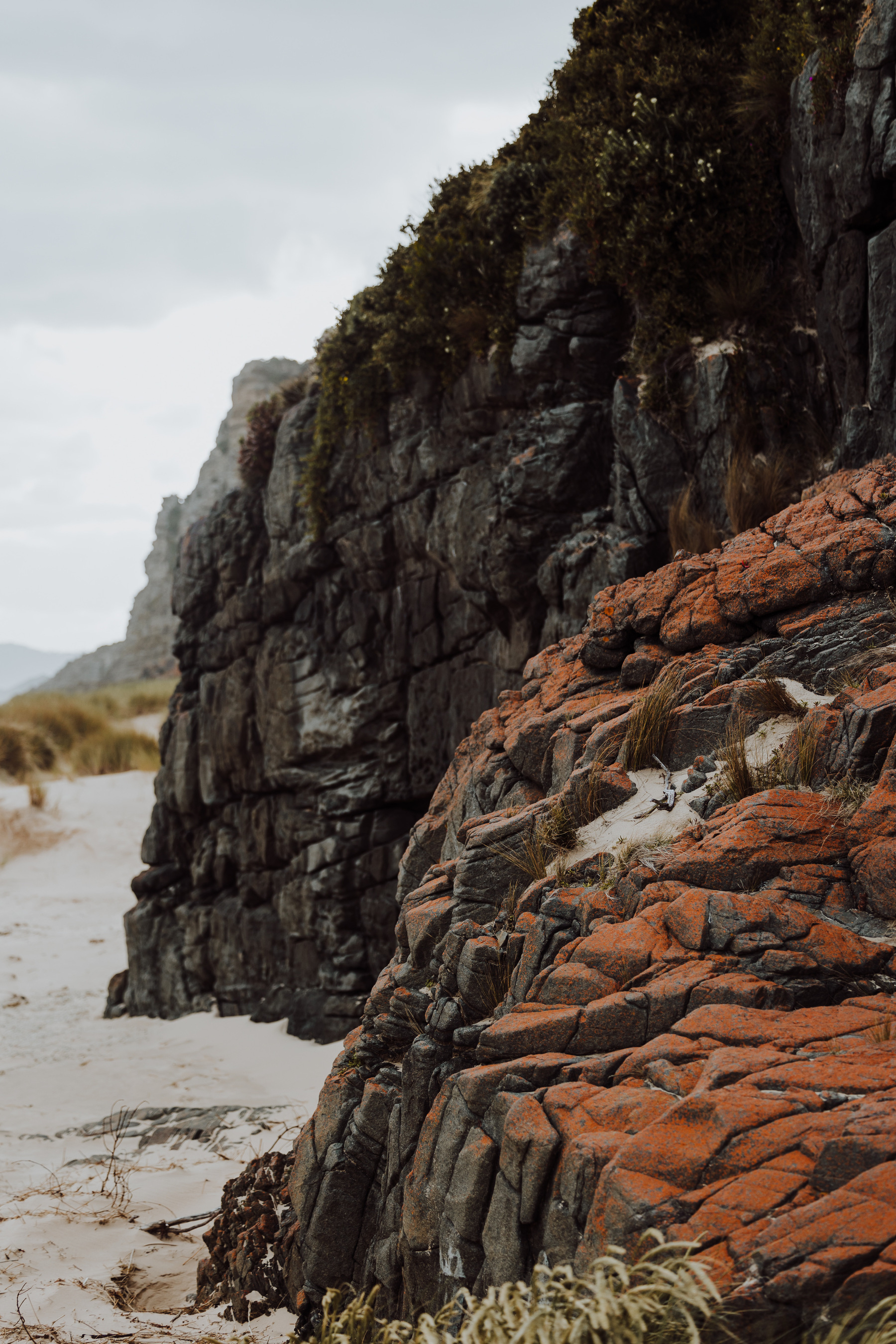
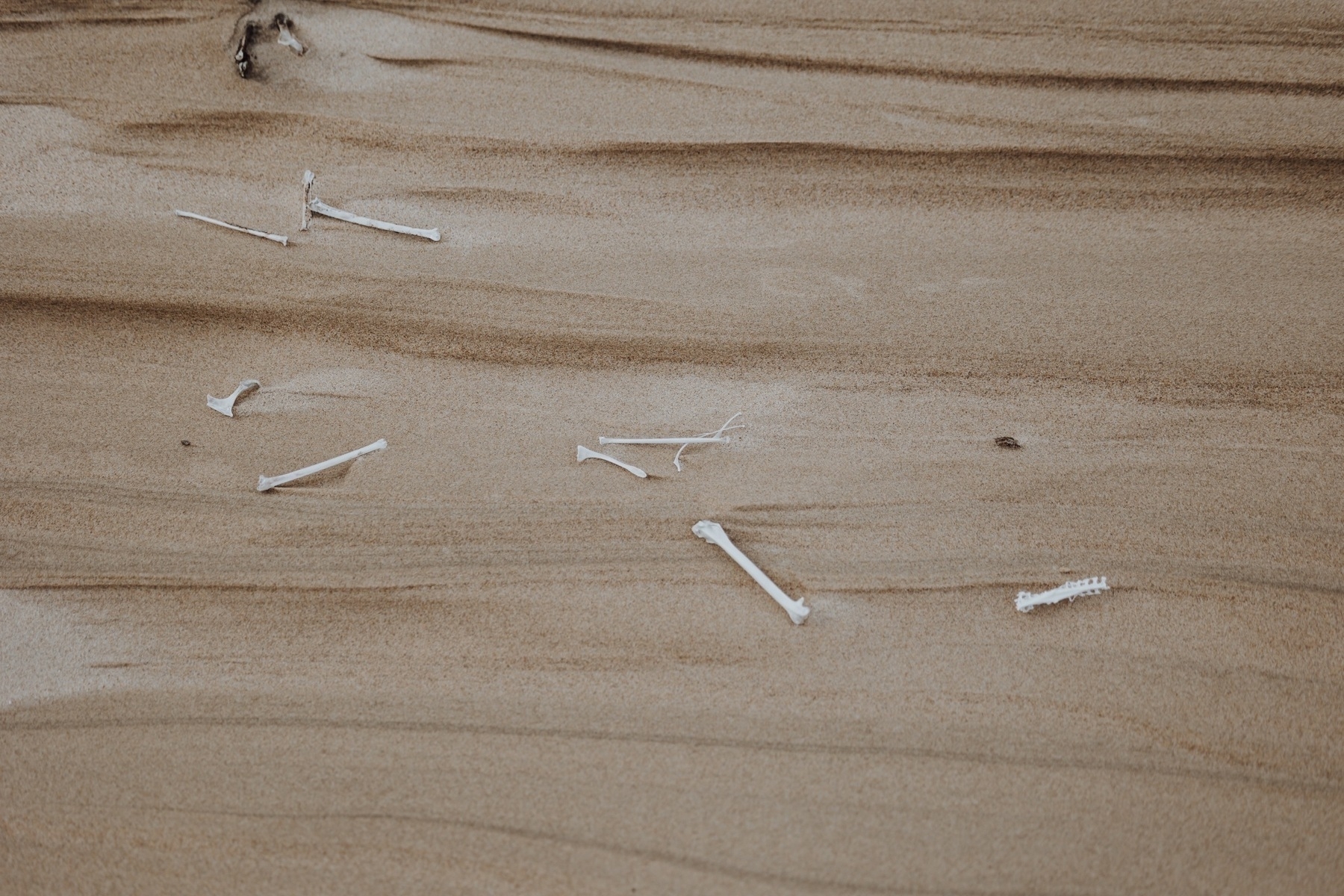
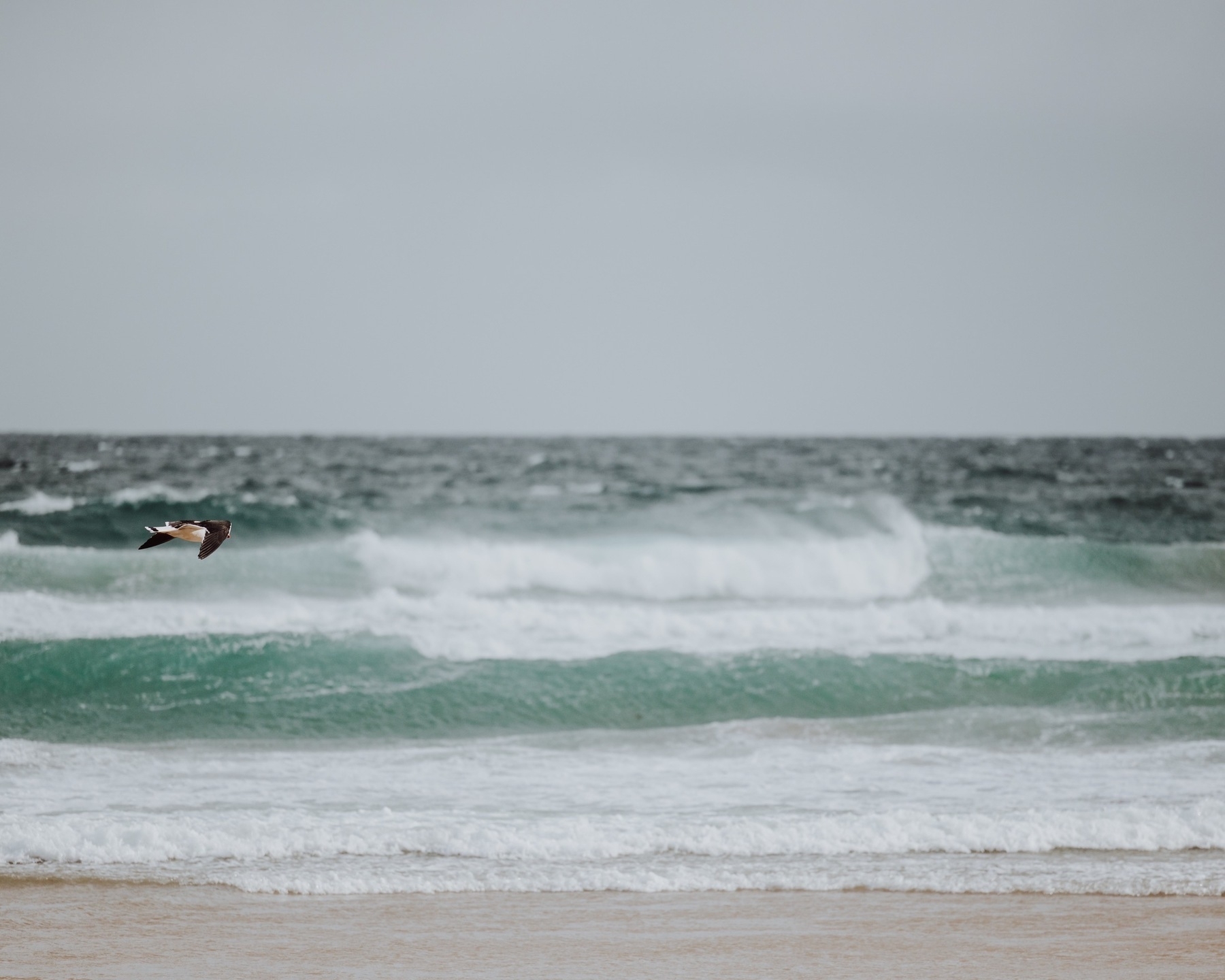
And on arrival to our Airbnb, a 200 year old church, we found a very rare white Bennett’s Wallaby. On the mainland they’d be snapped up by predators, but on Bruny Island a small population of the genetically unique macropod survives and as a result, Bruny Island is the only place on earth you’ll spot one.
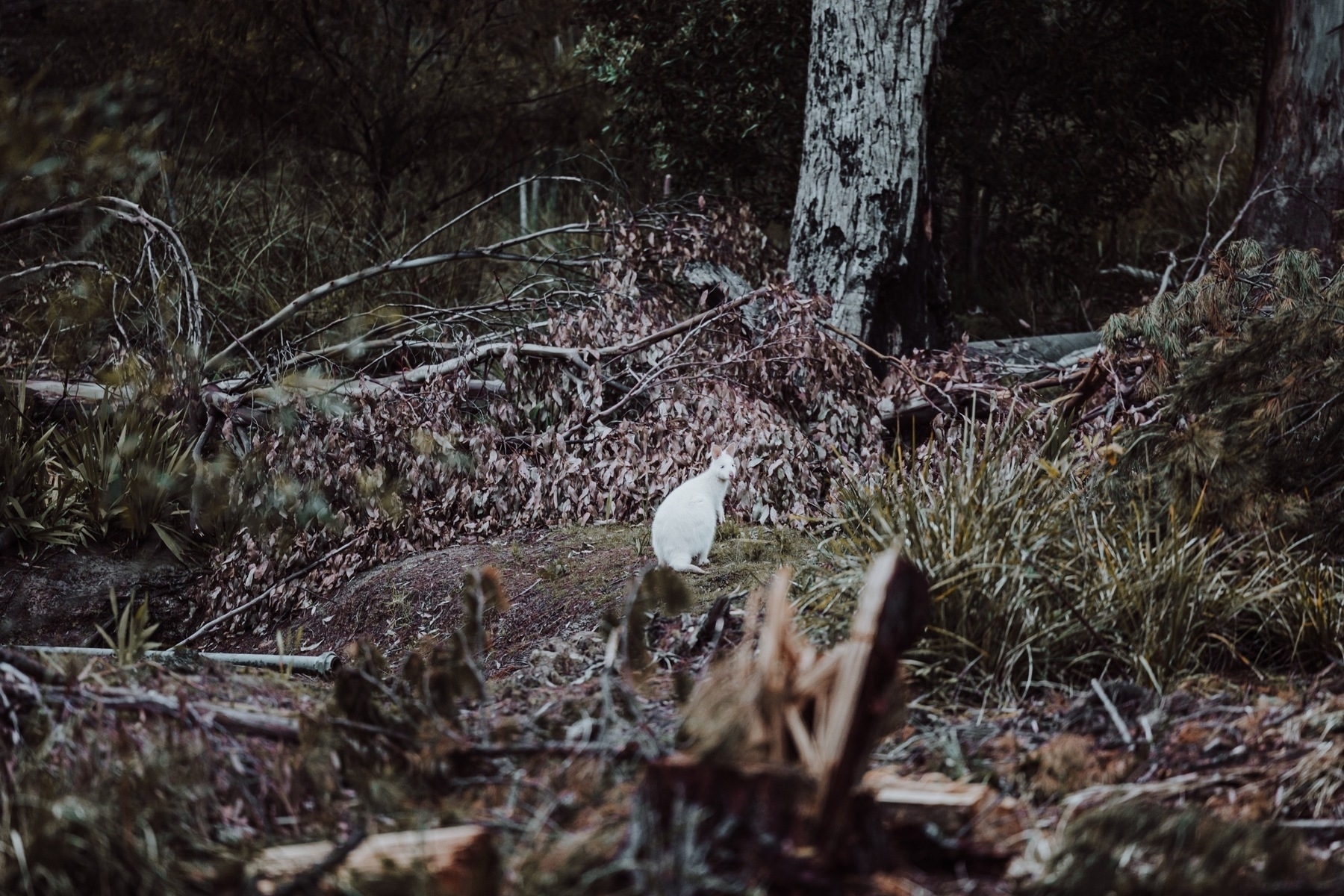
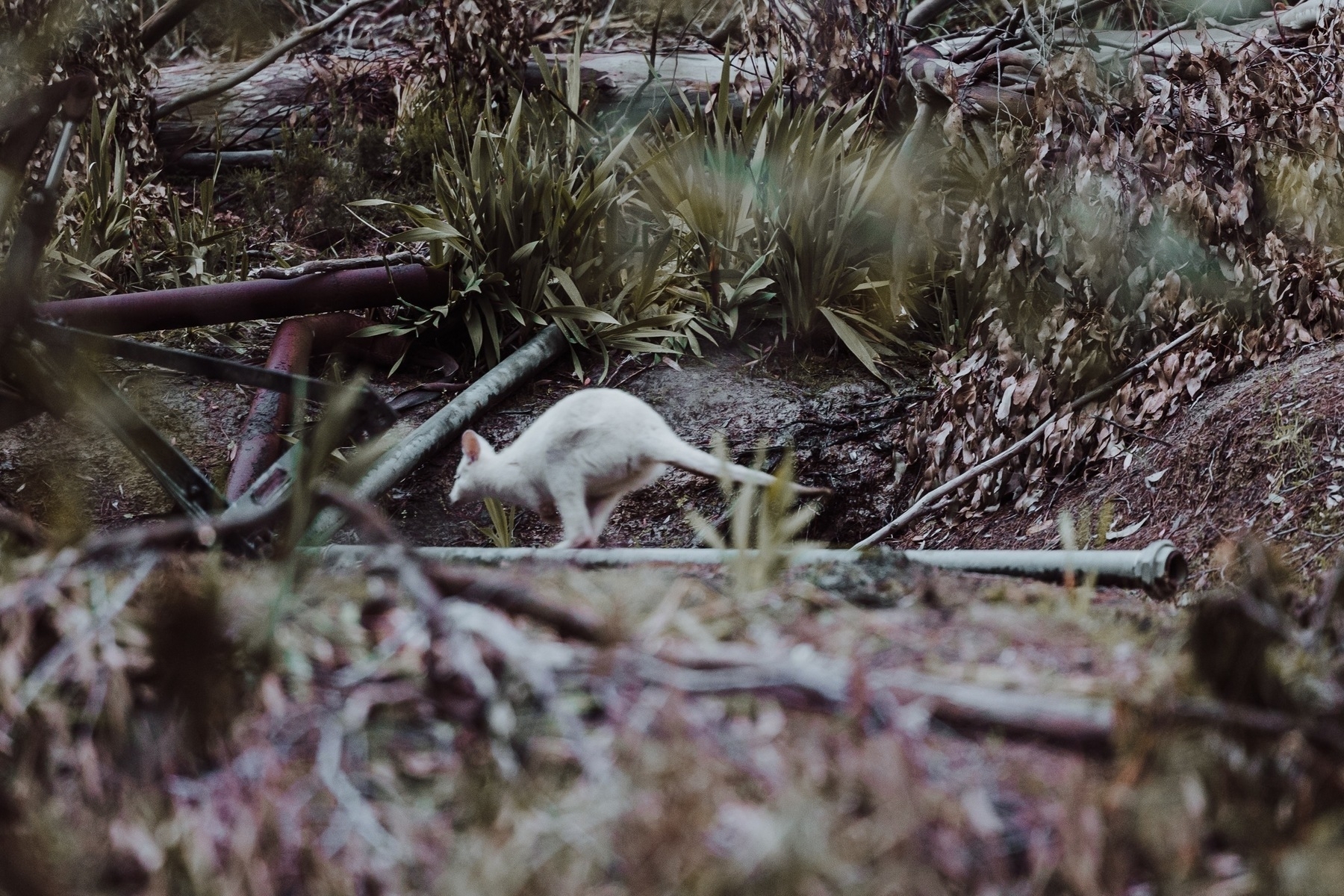
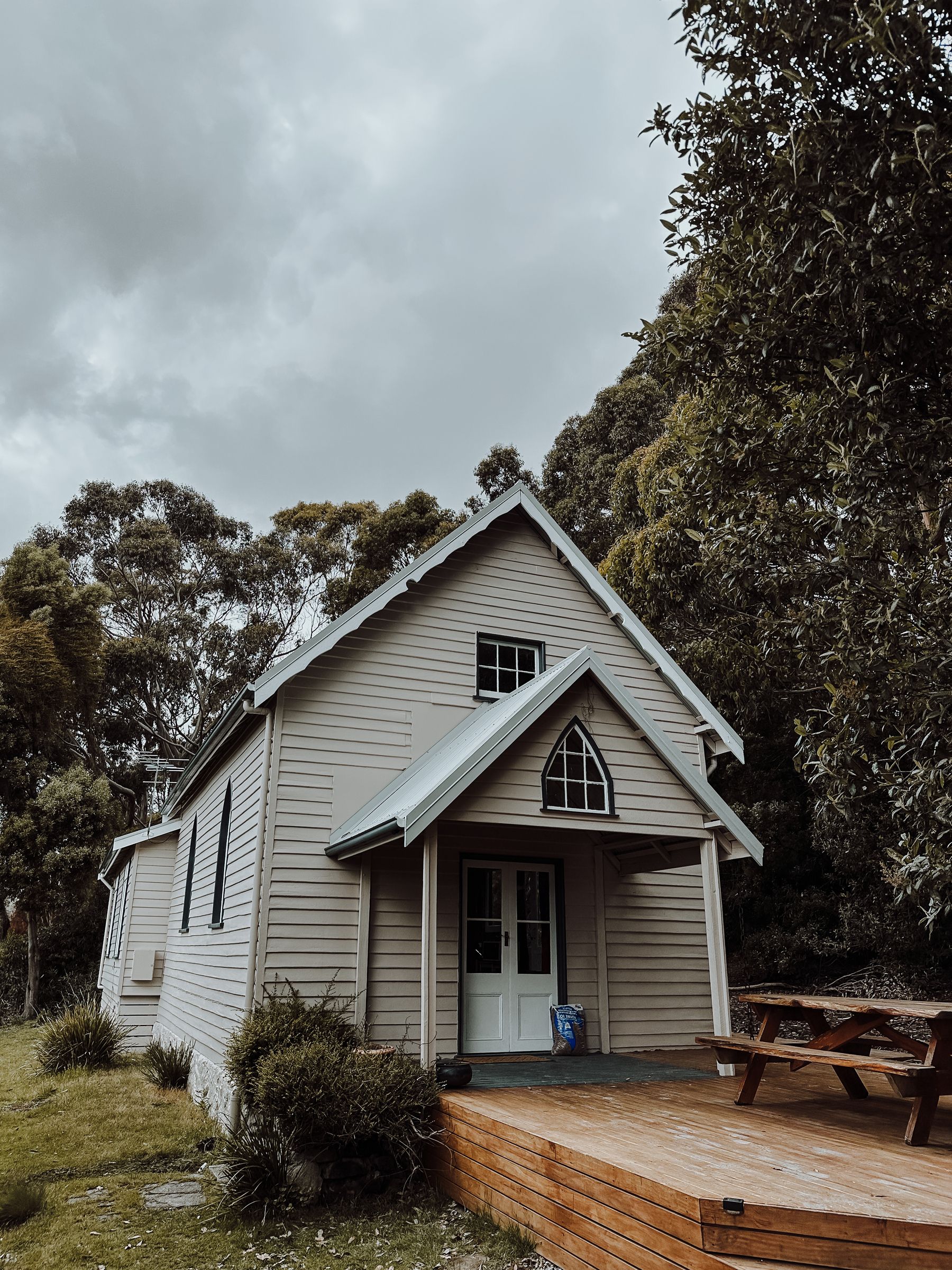
Just a boy and his favourite seventy to two-hundred millimetres of glass photographed by another boy and his medium format film camera, Jack Fitz at Playa Los Cerritos at sunset.
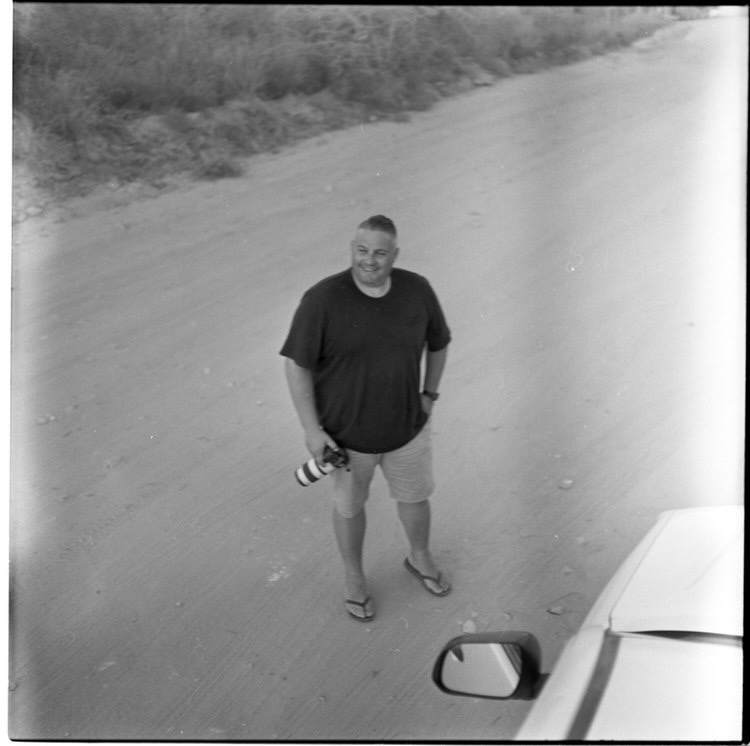
Sunrise this morning from Snapper Rocks
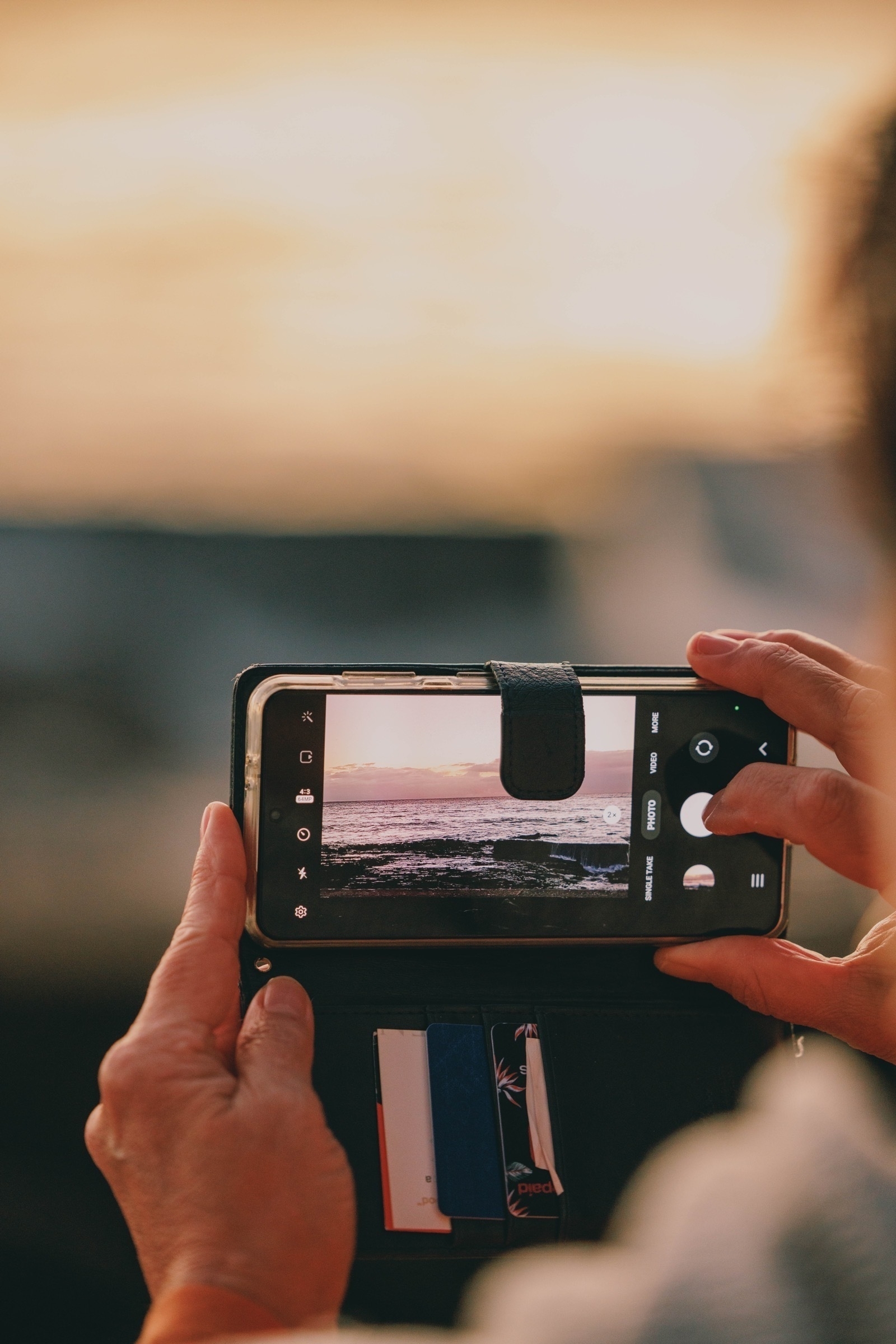
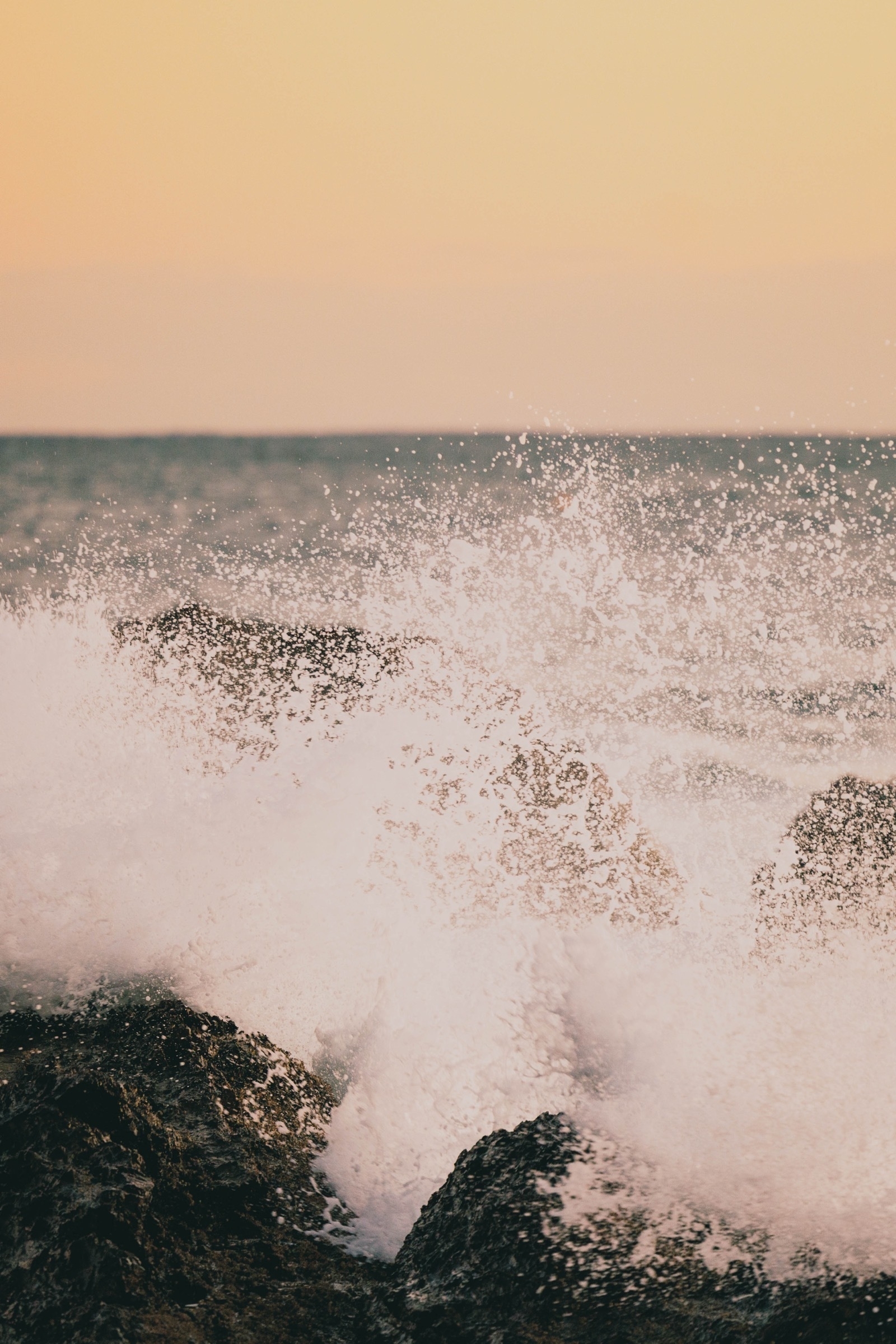
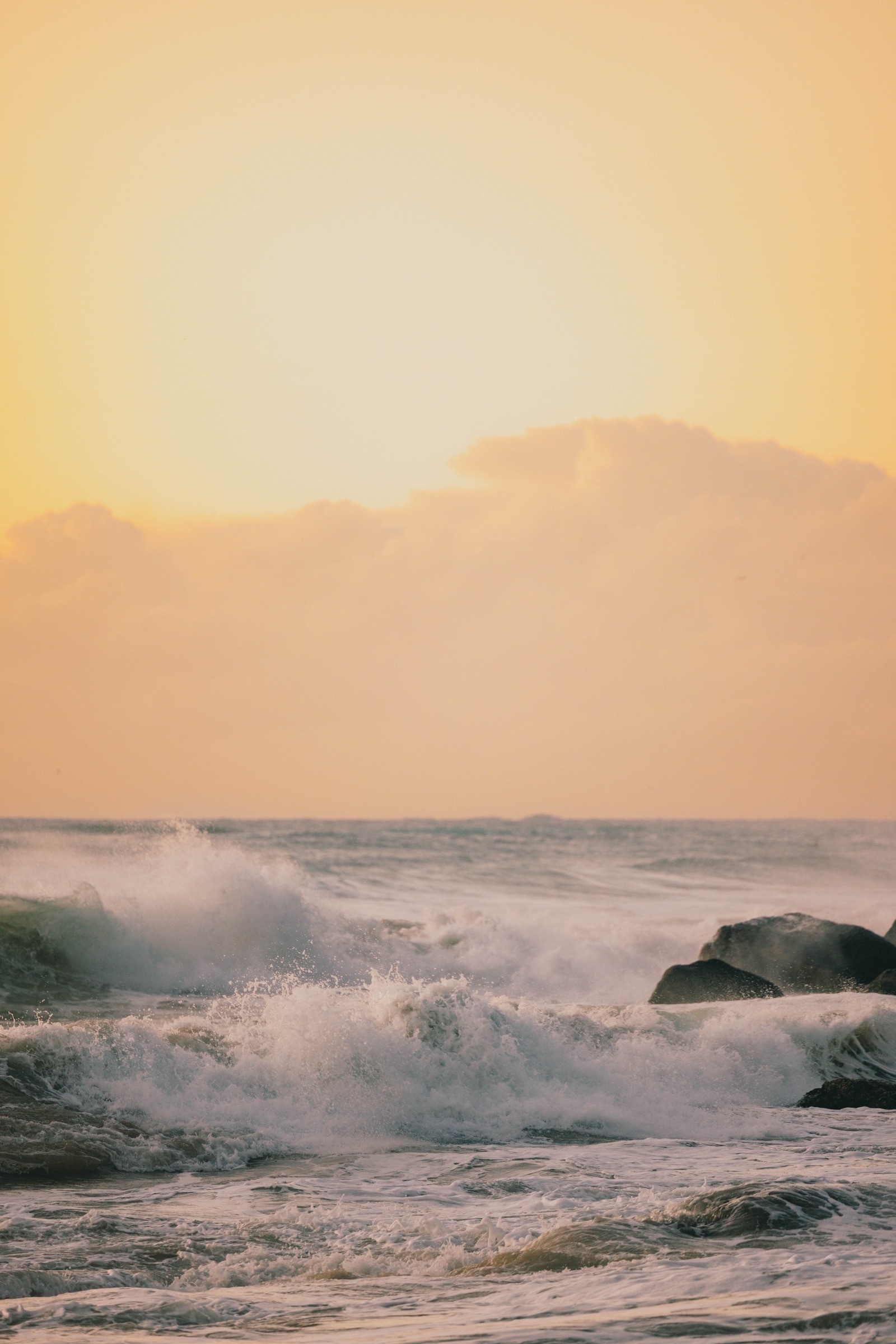

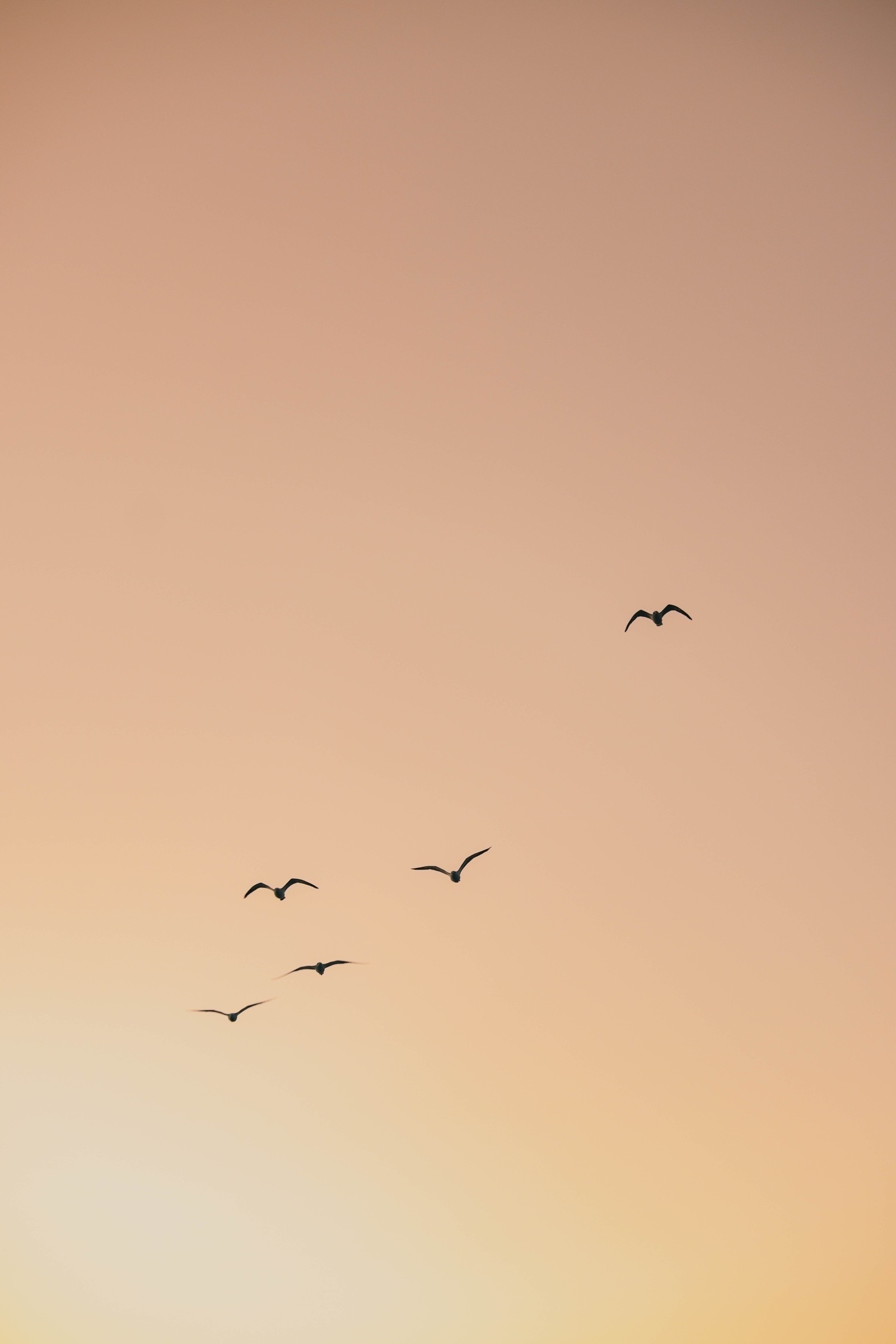
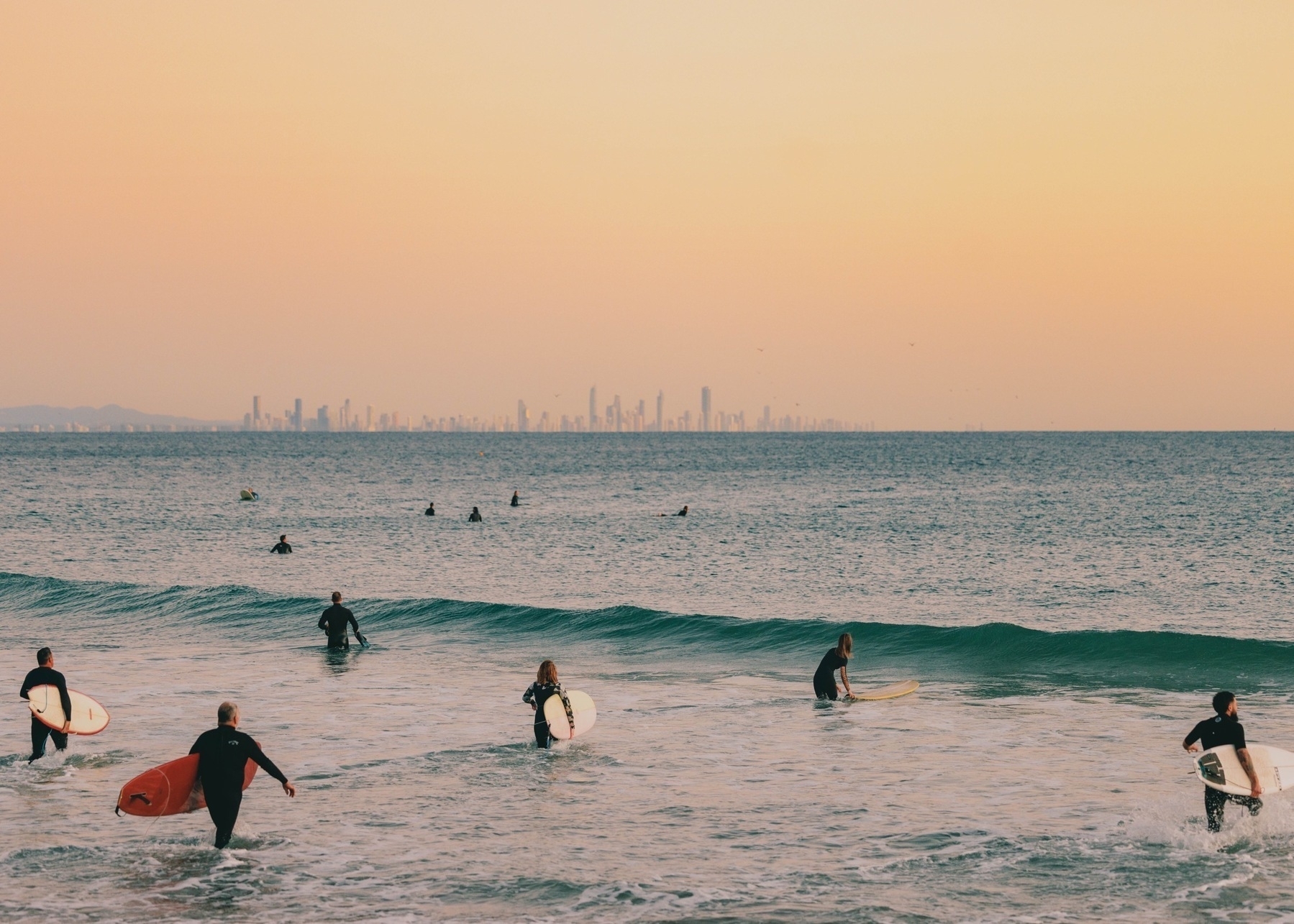
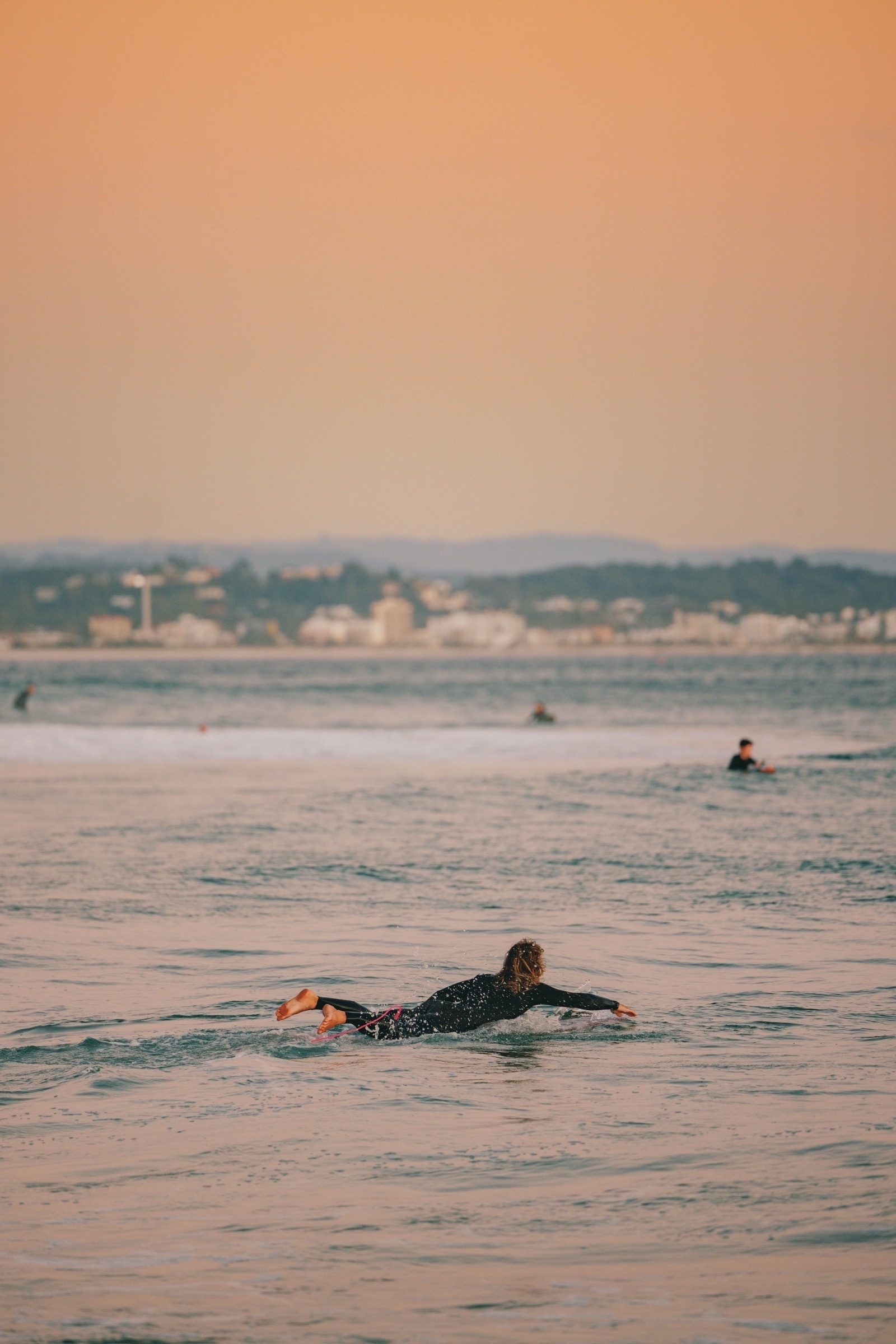
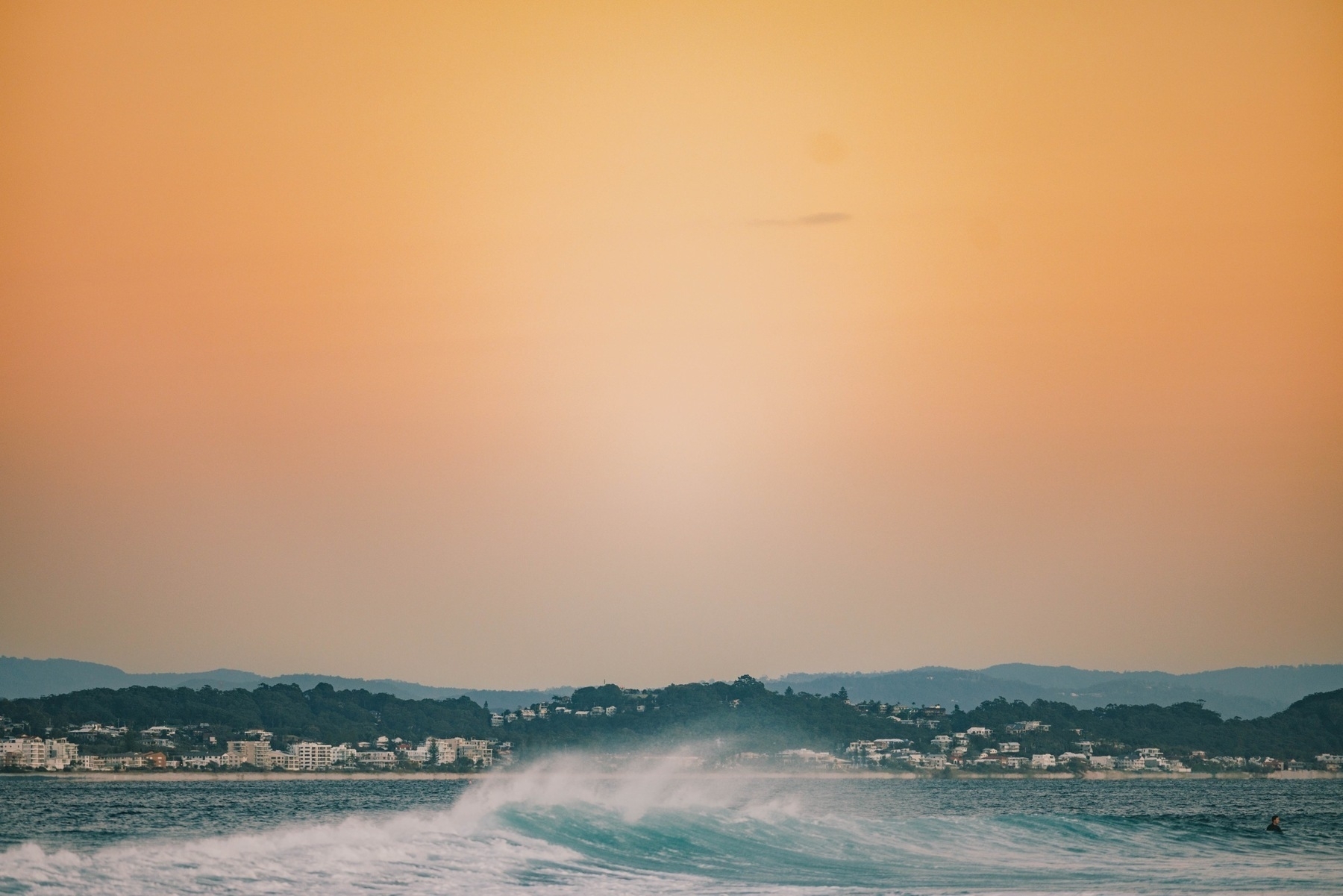
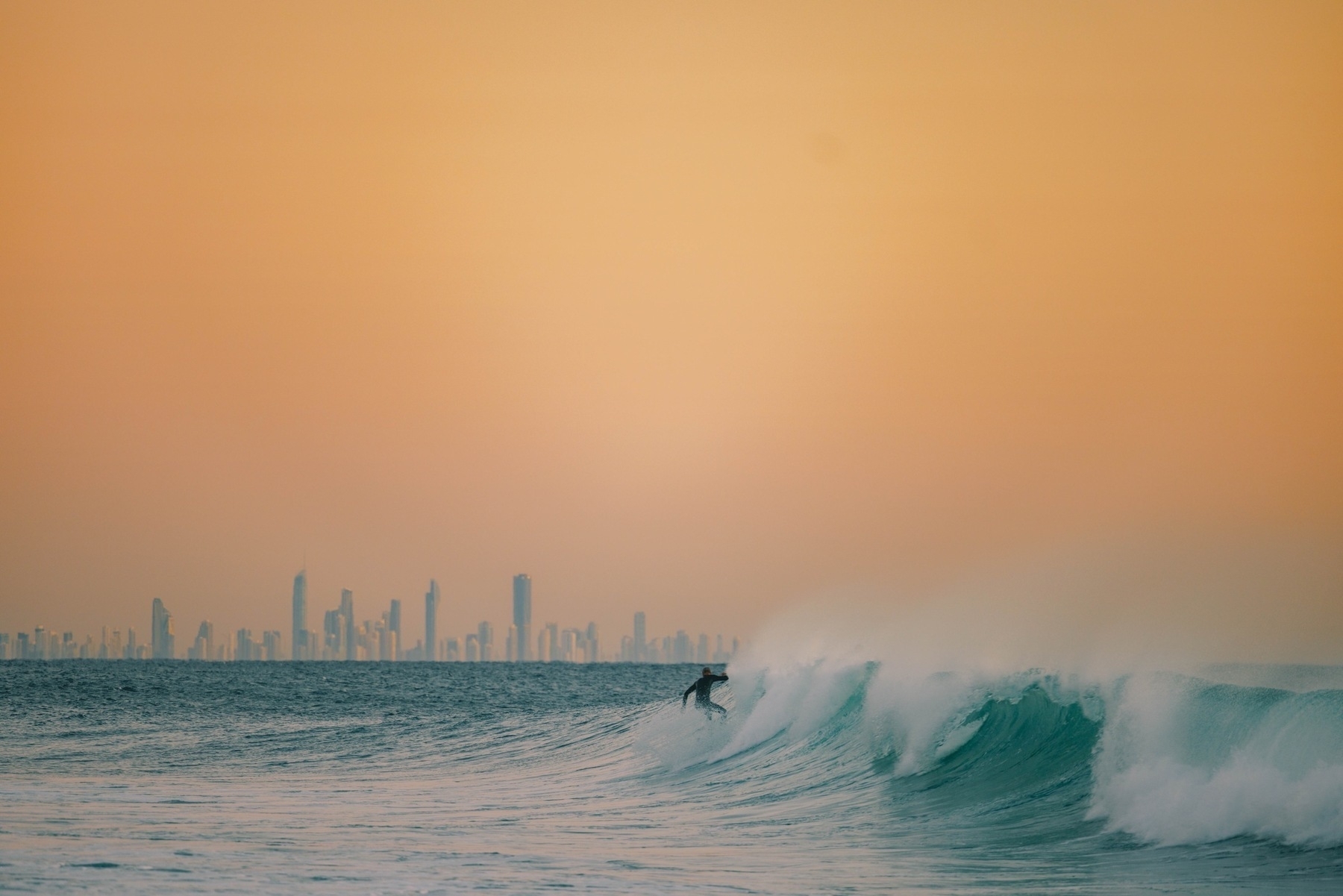
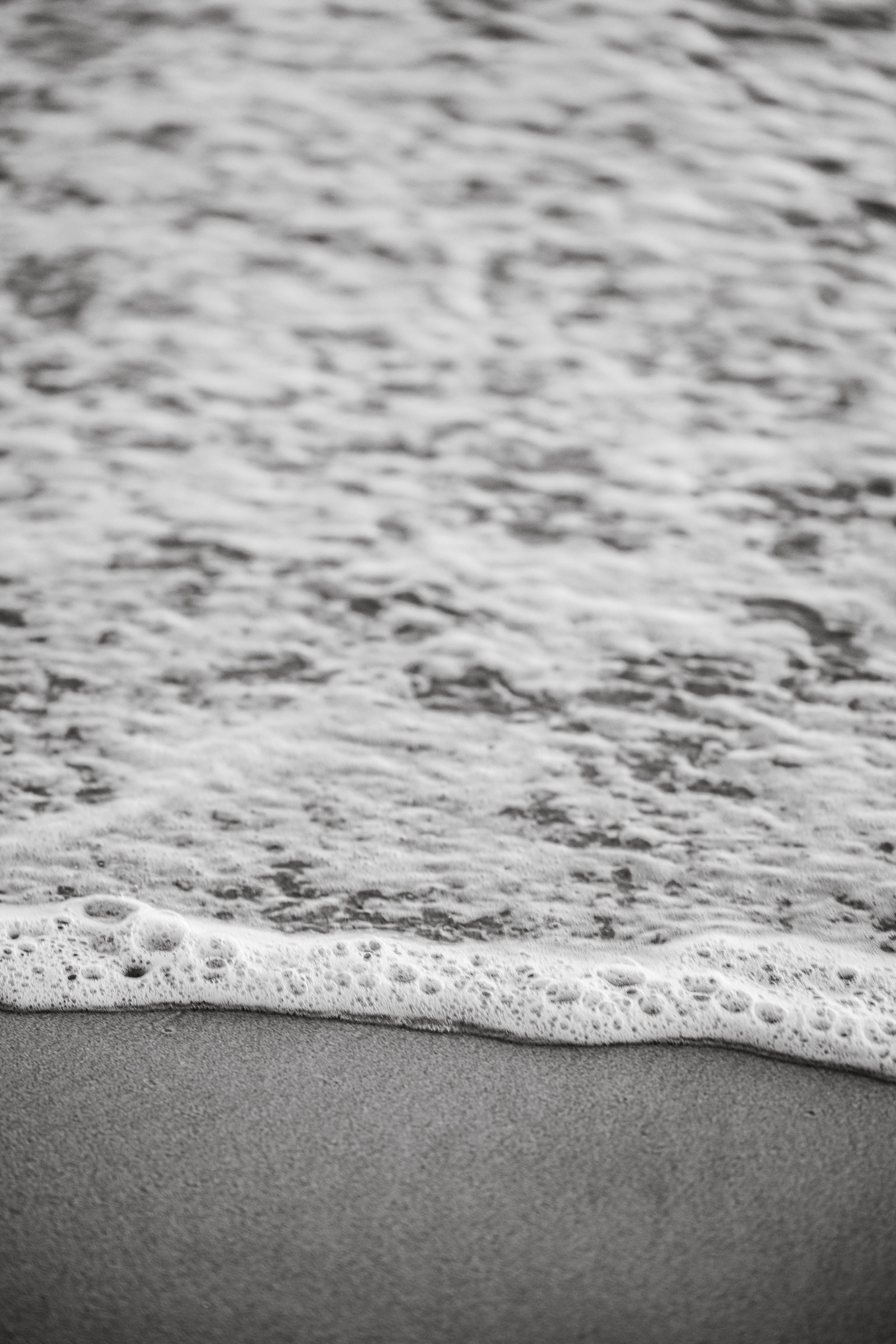
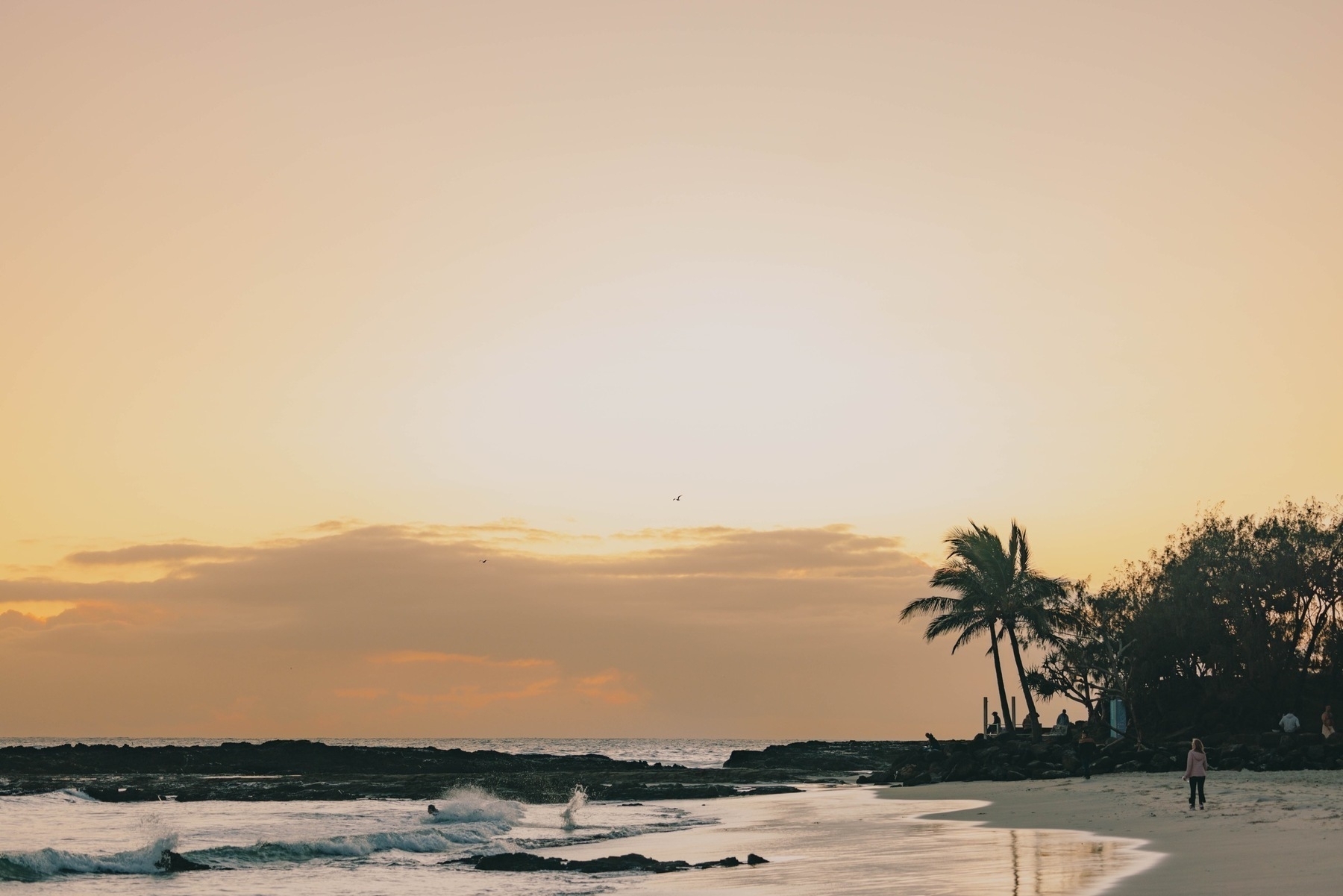
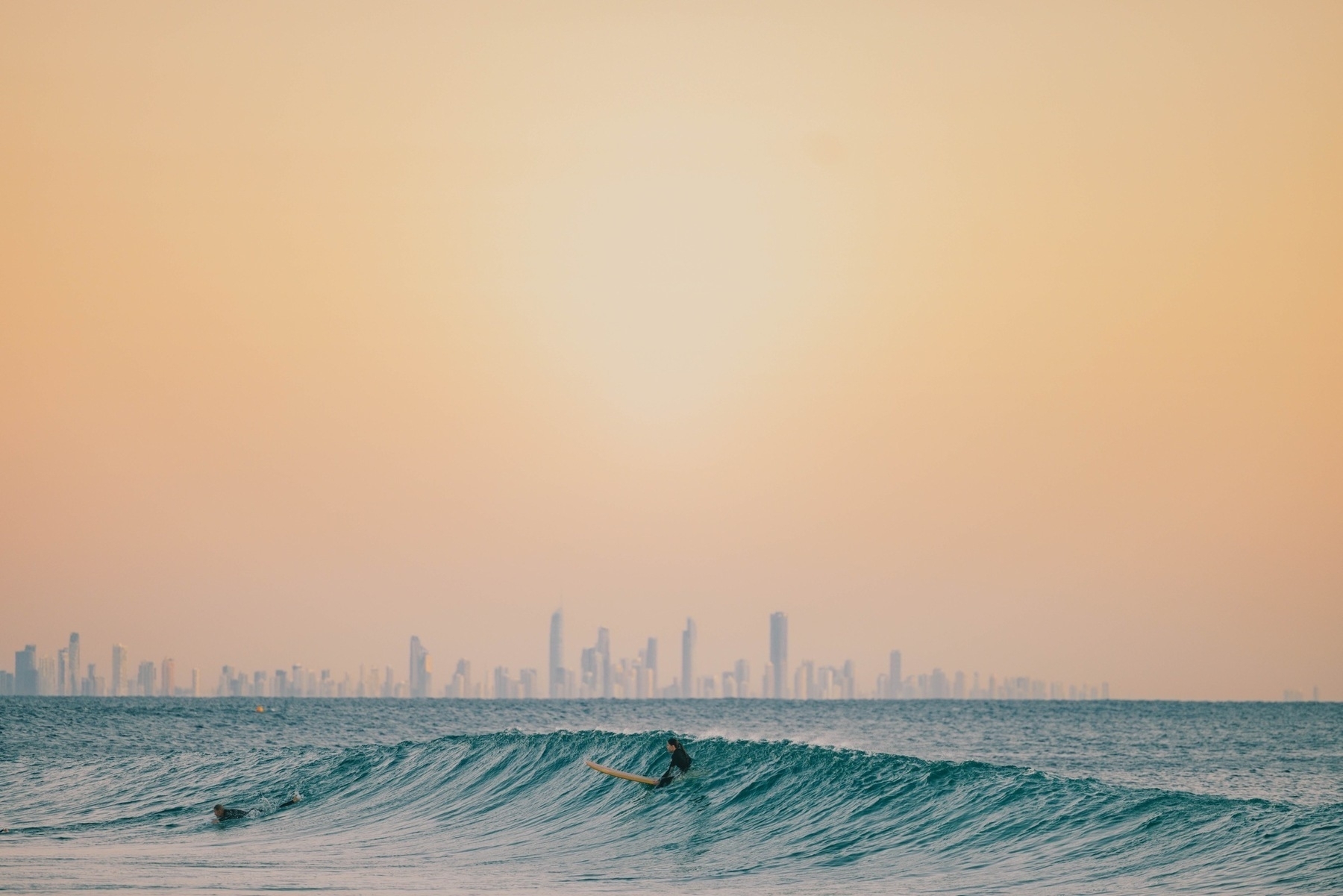
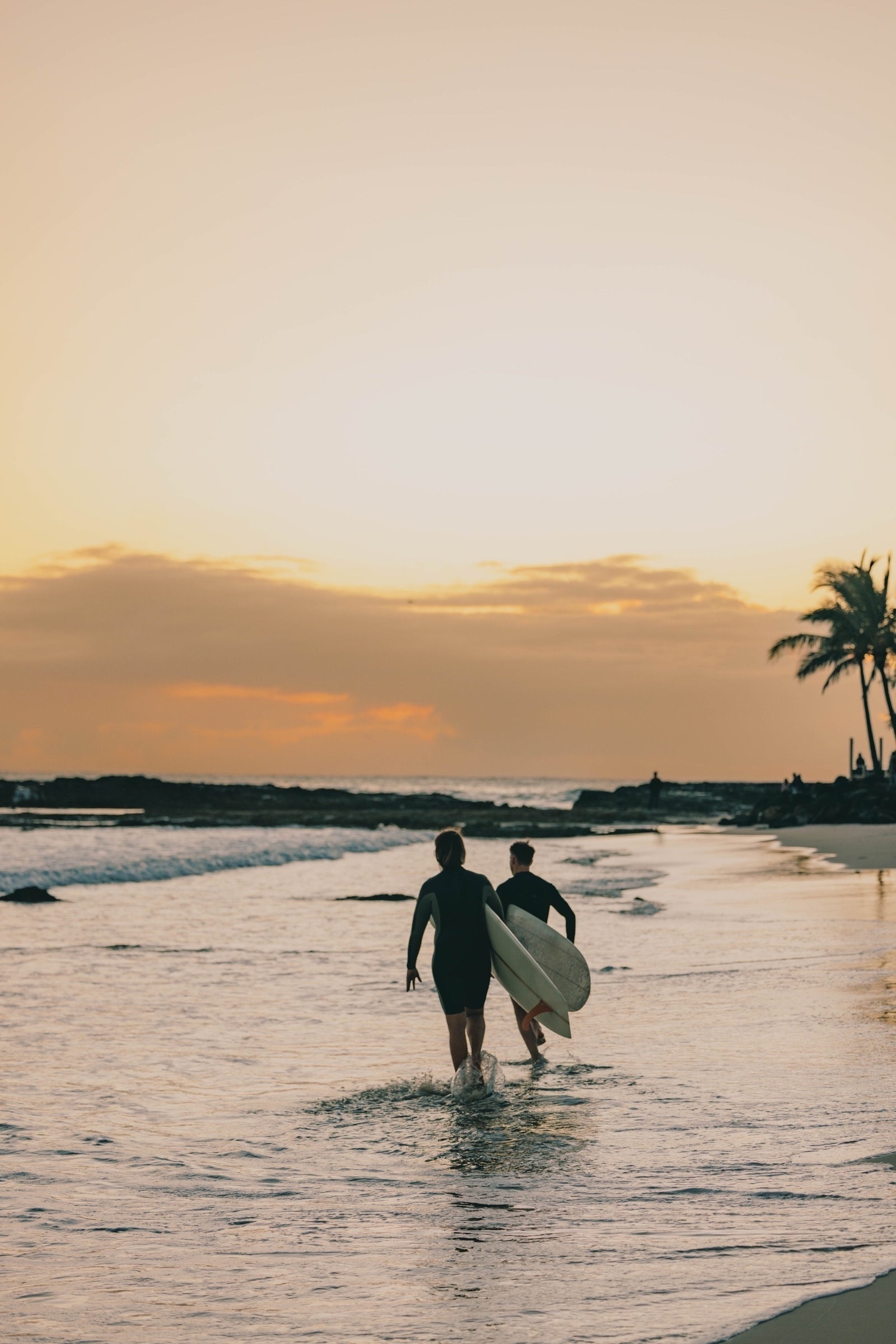
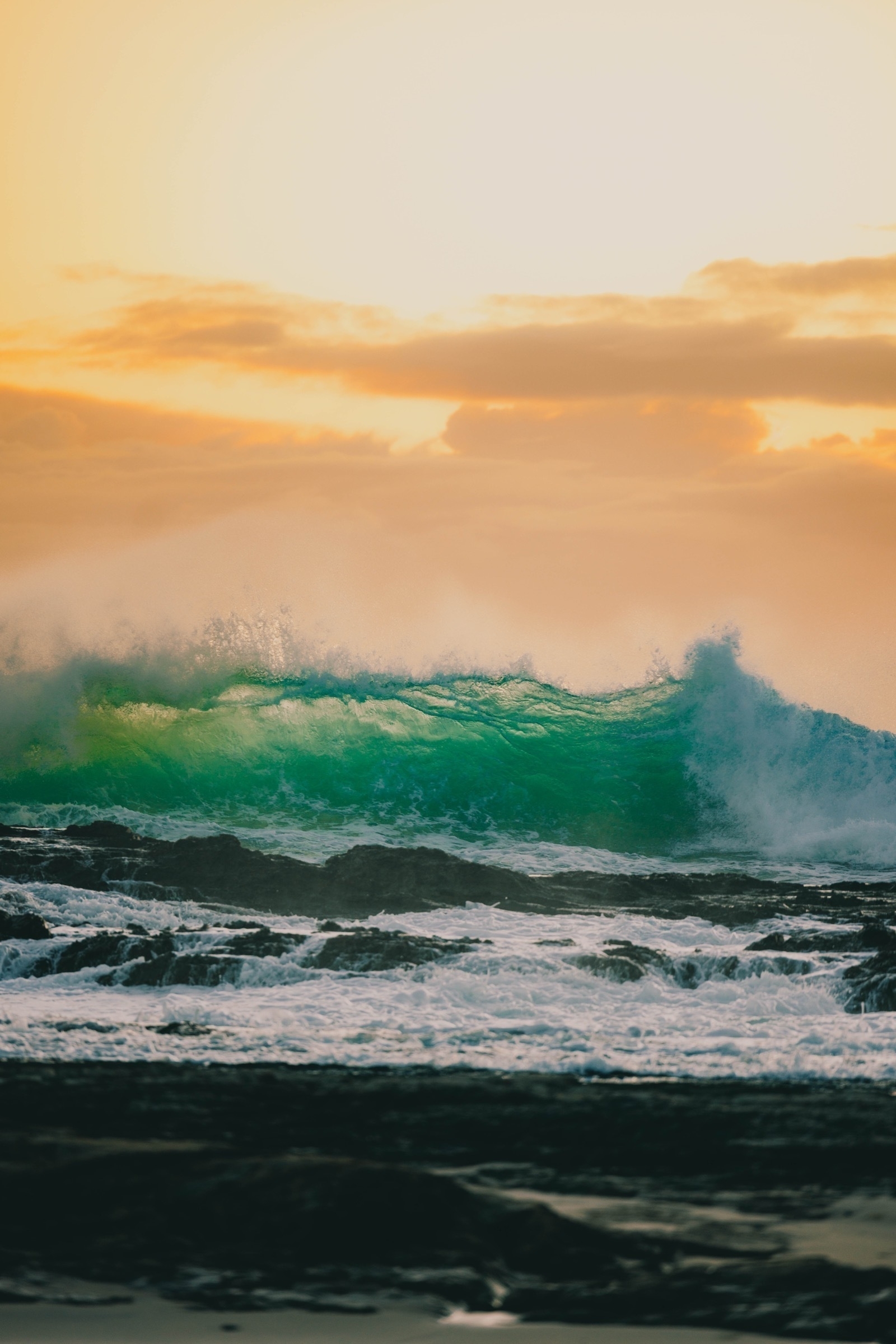
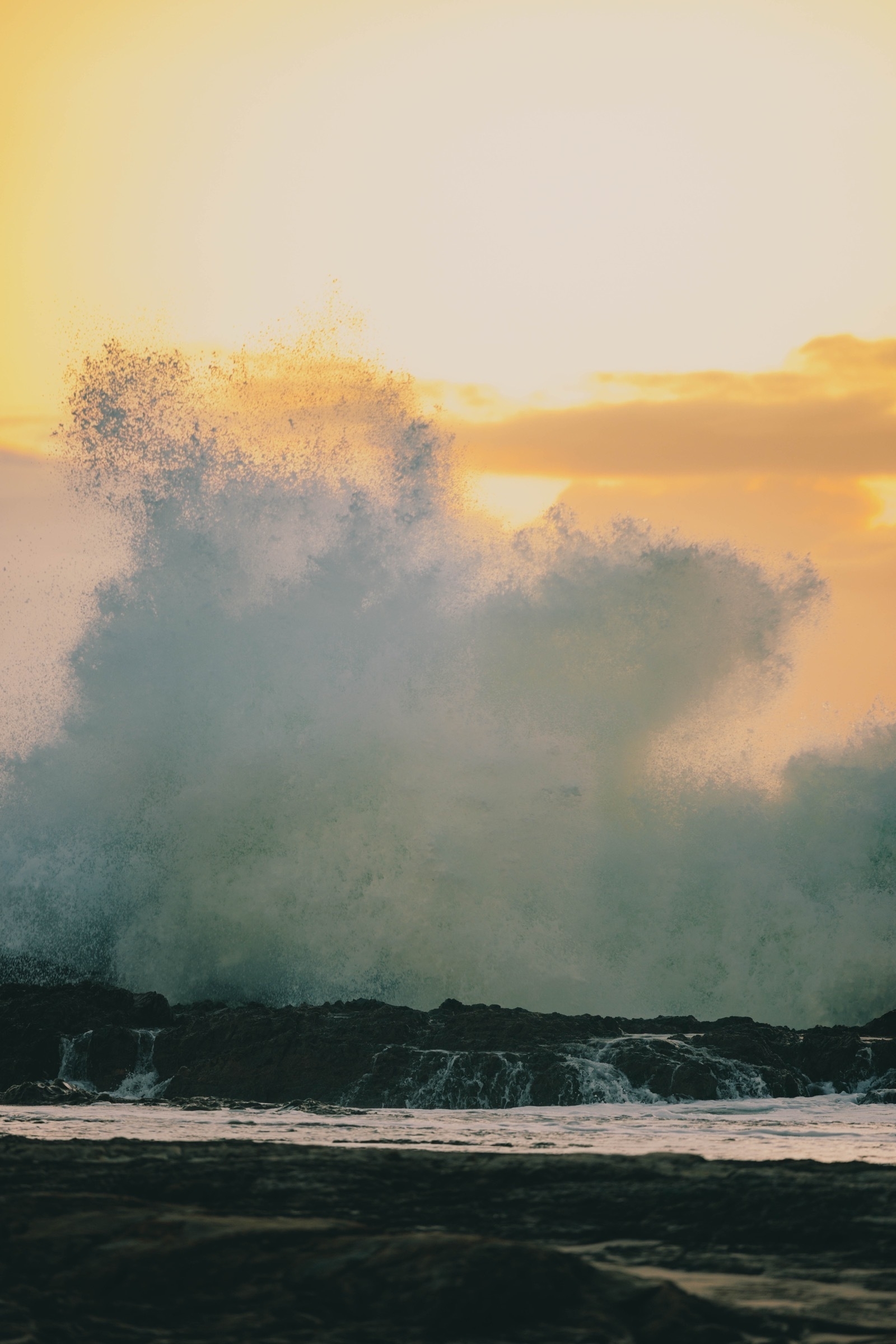
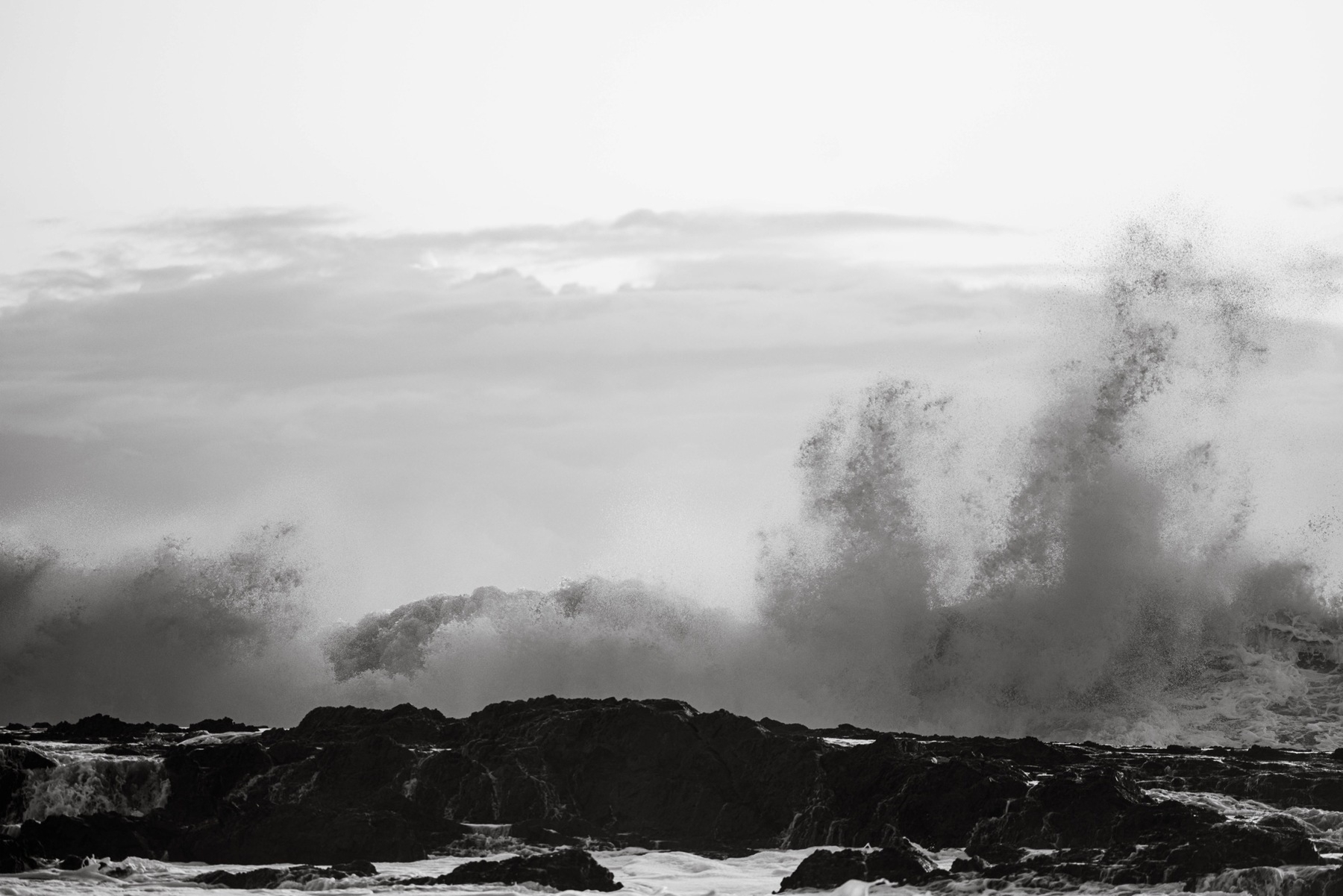
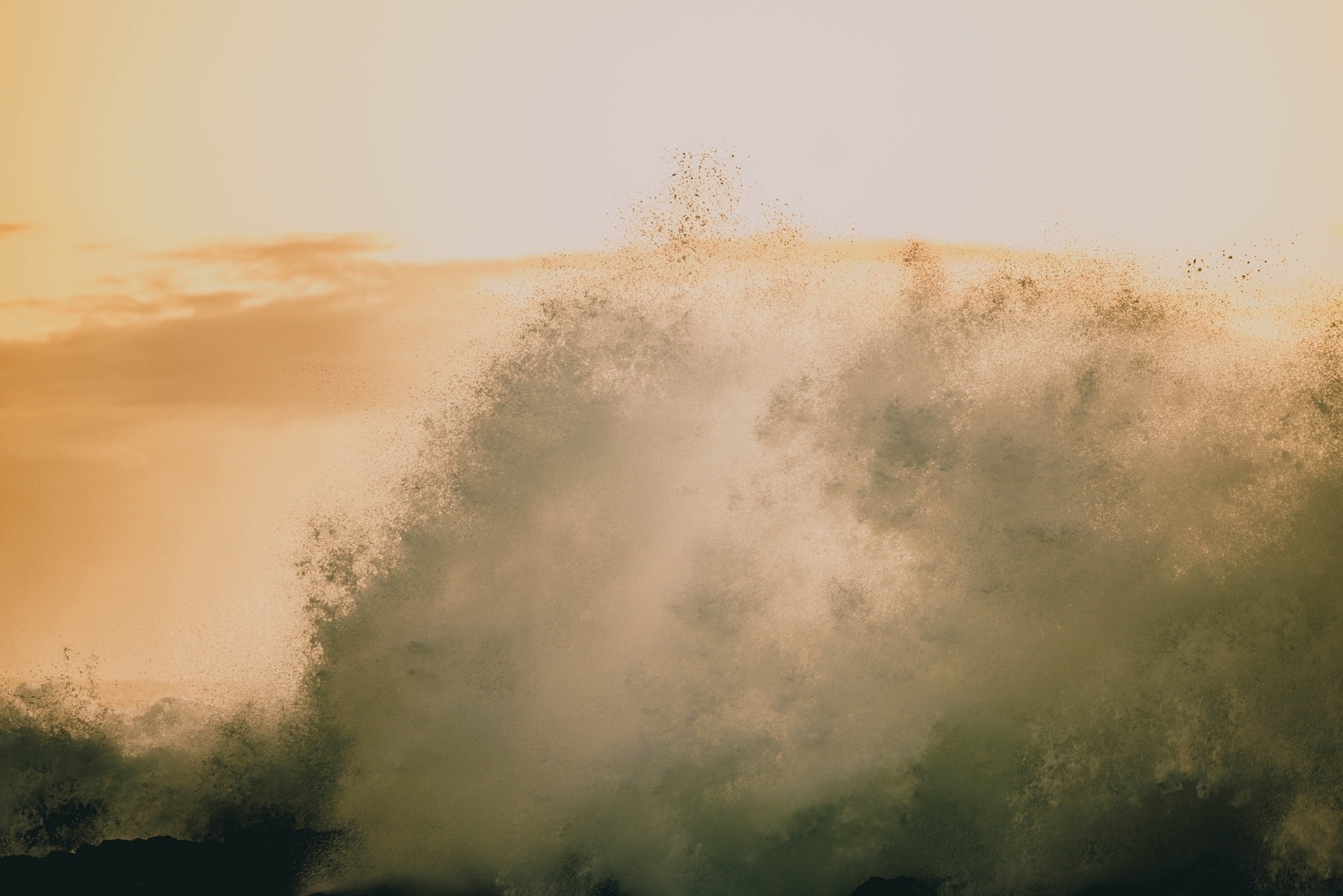
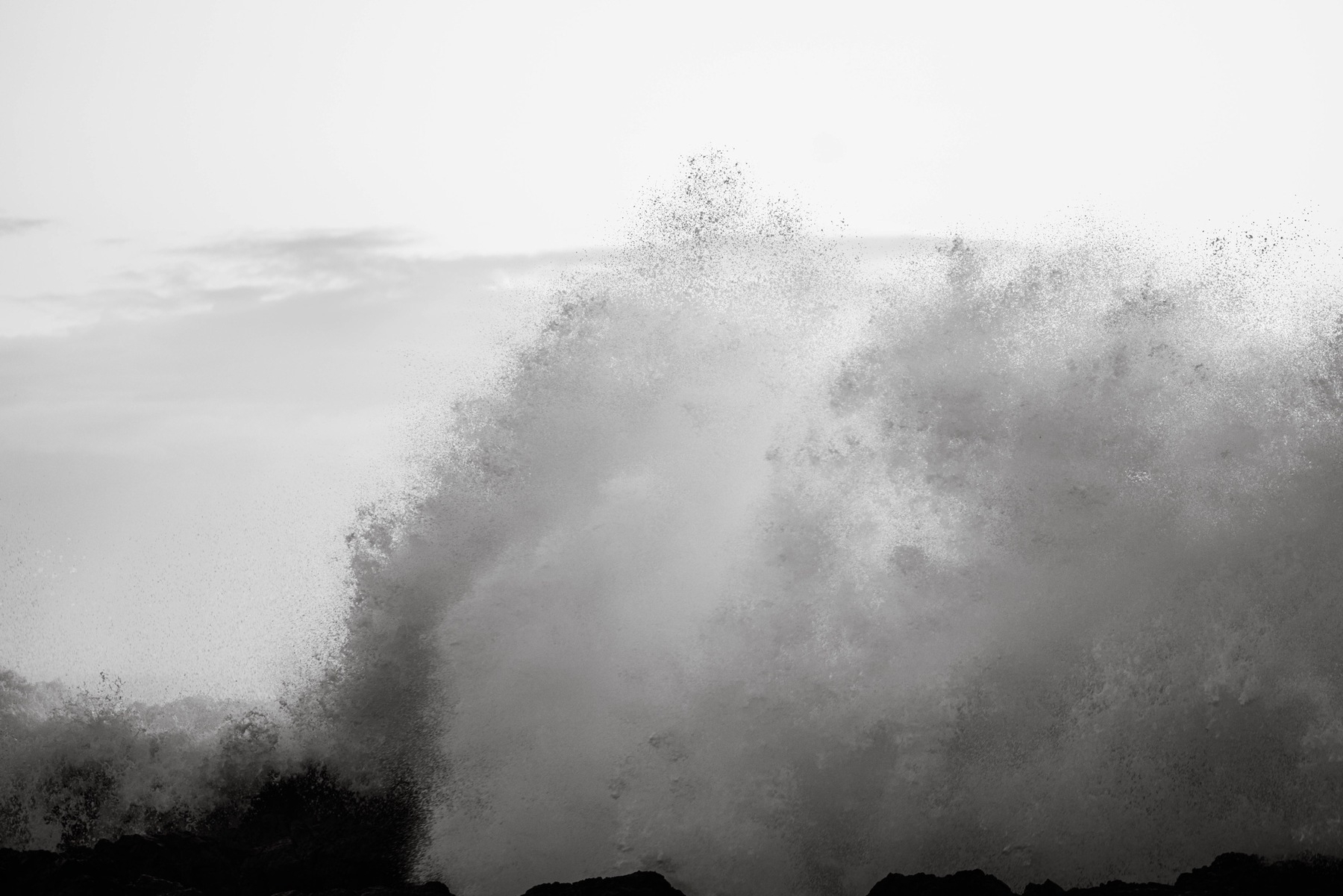
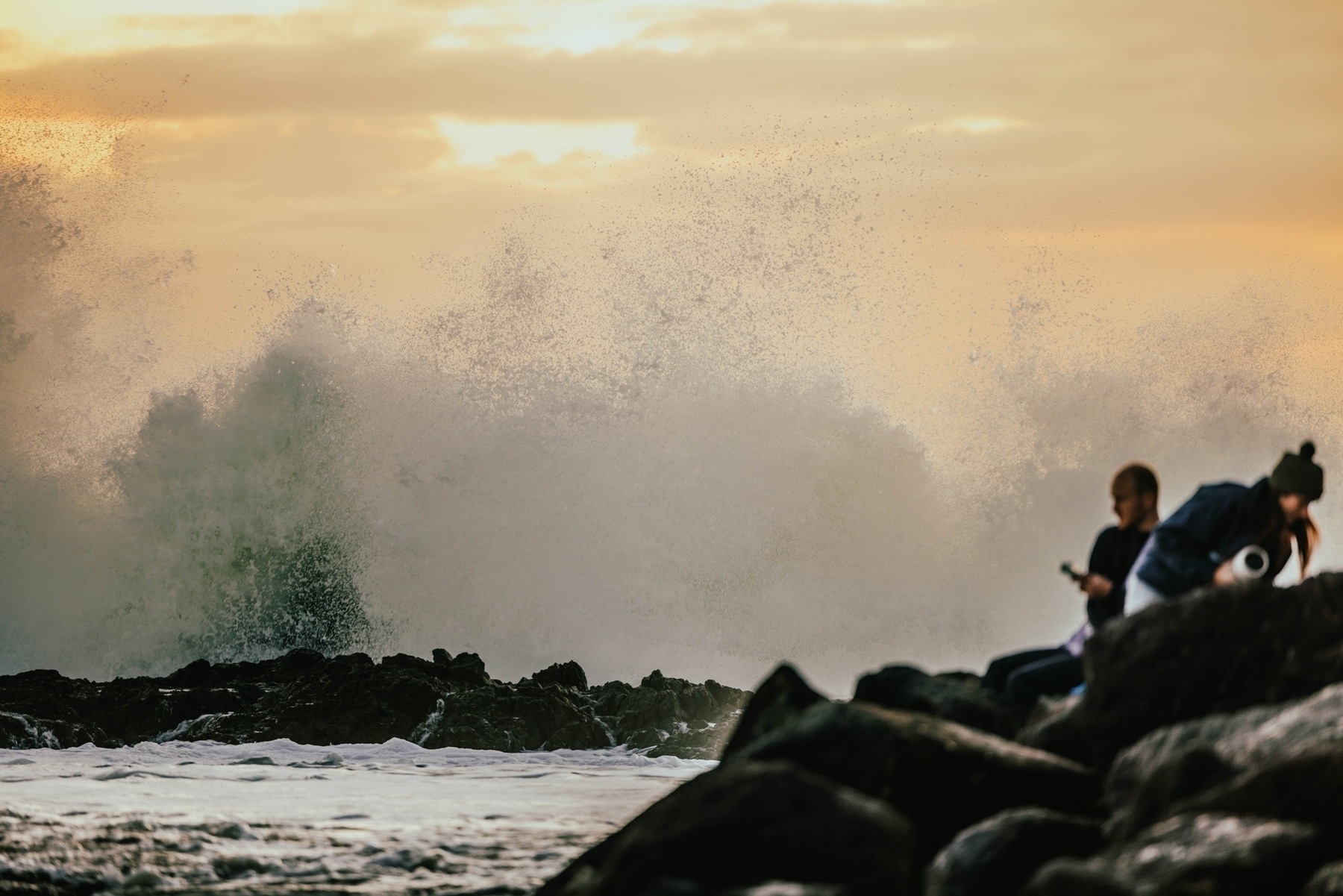
Photos were created by me, on the sunrise of Wednesday, 10 August 2022, at Snapper Rocks and Greenmount Beach at Coolangatta, Queensland. Photographed on a Canon EOS R5 with a 70-200mm lens.
